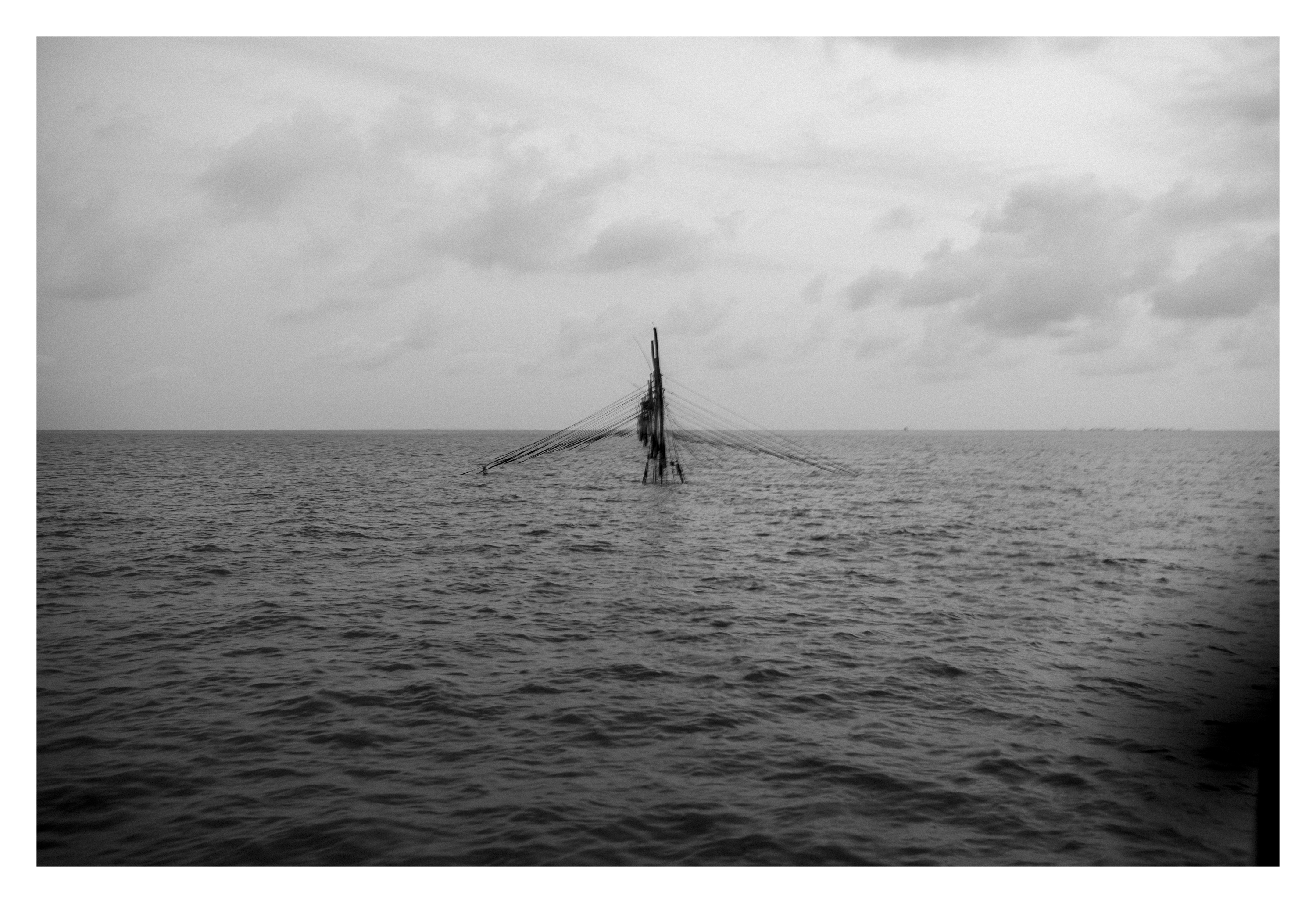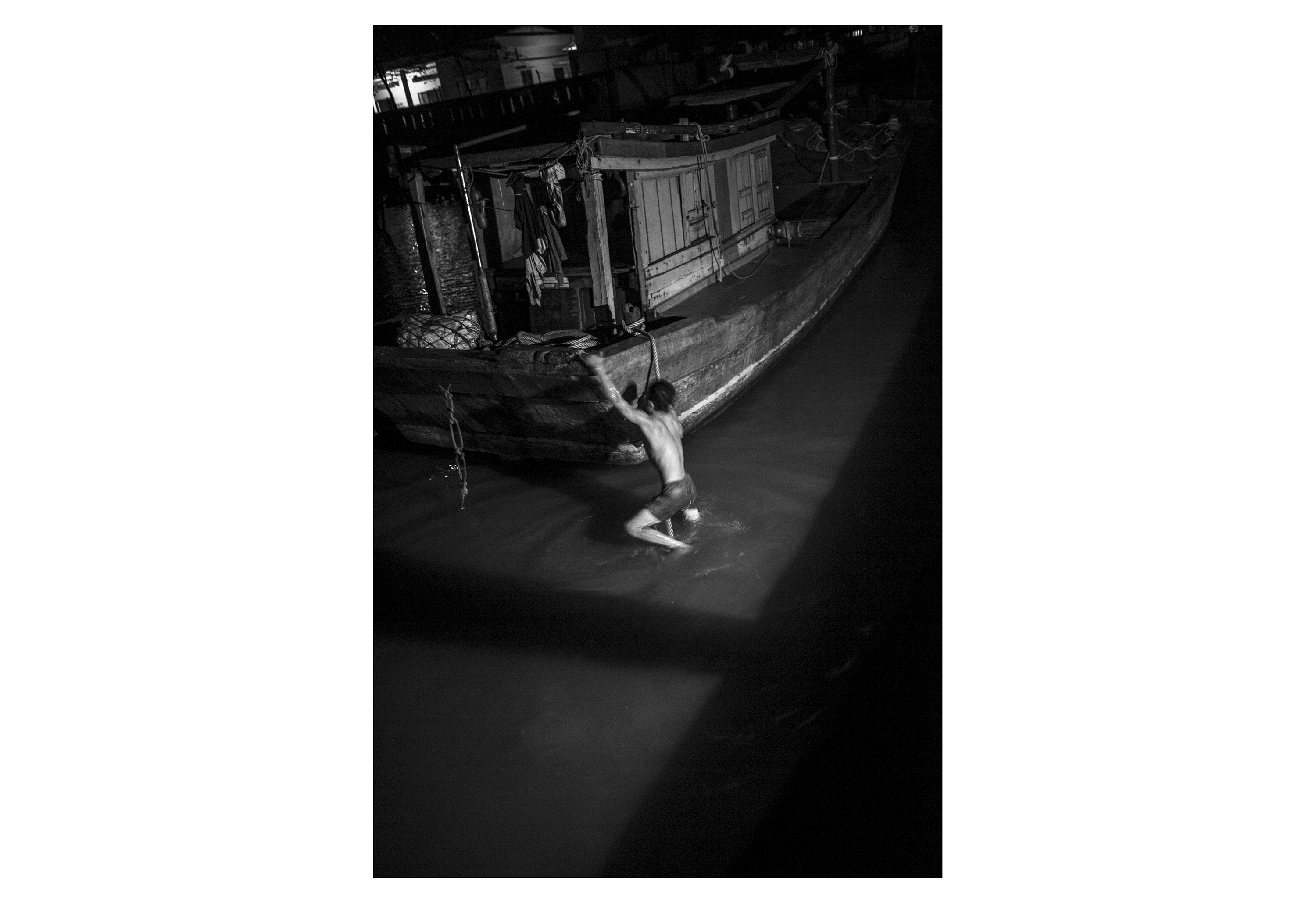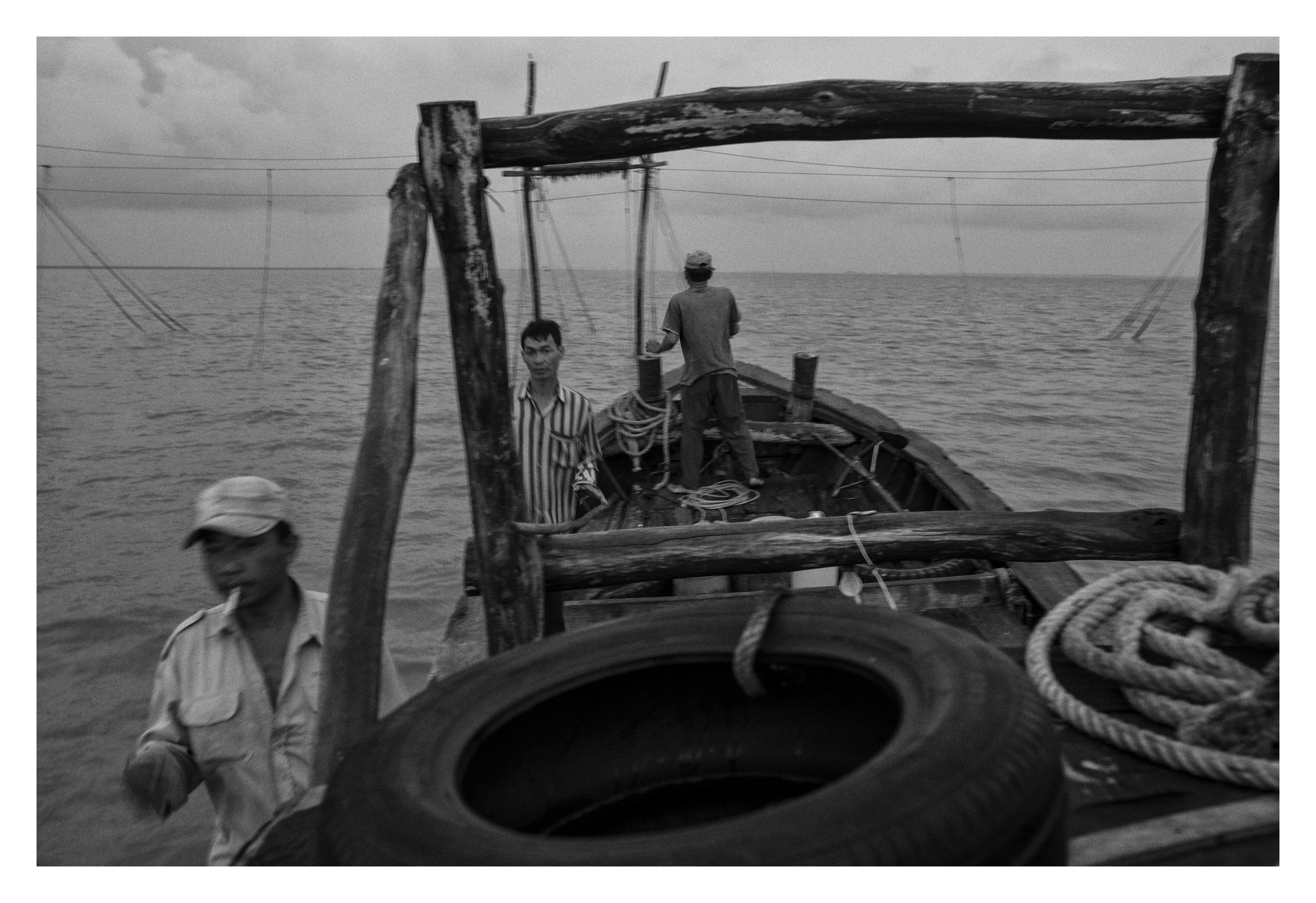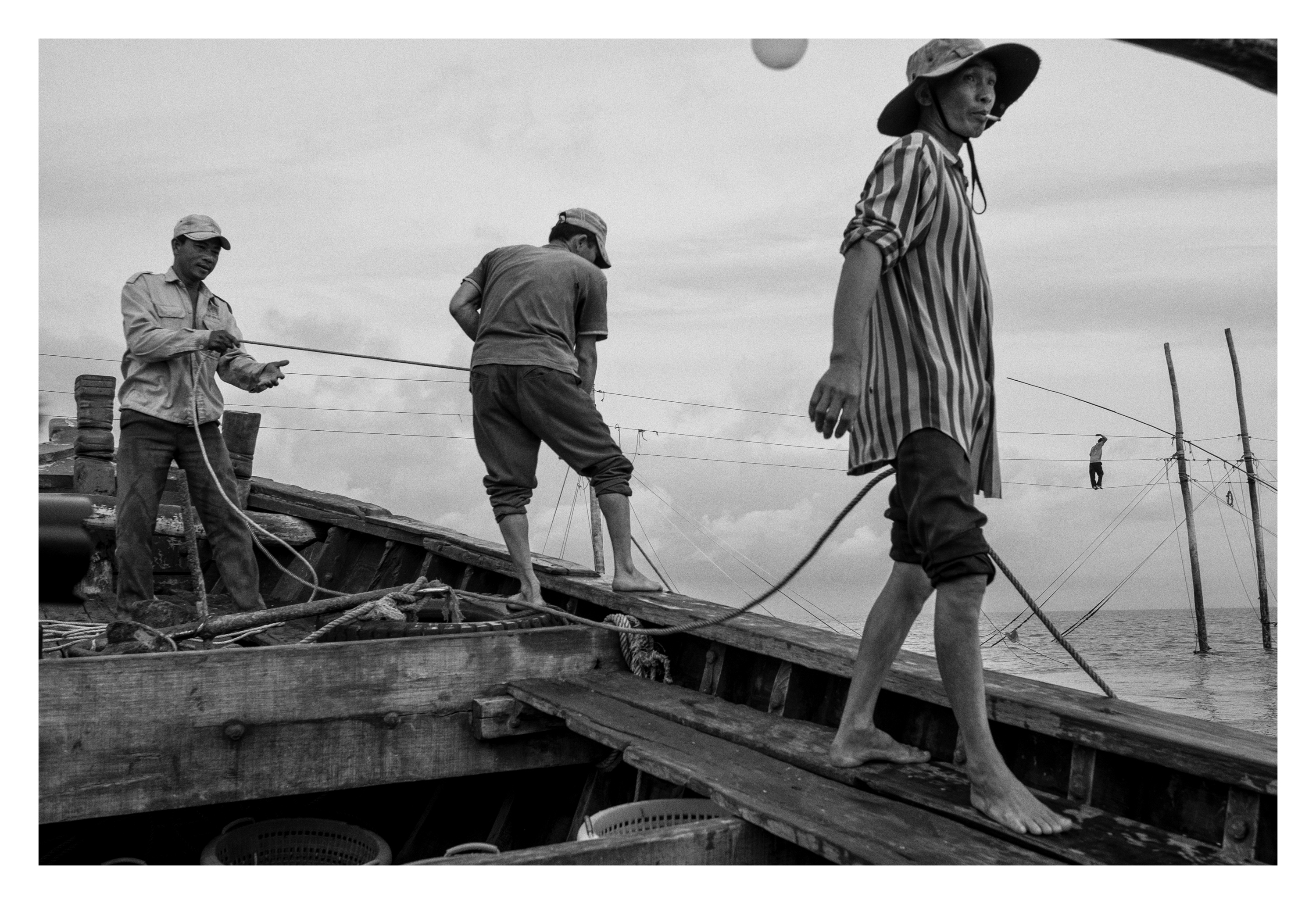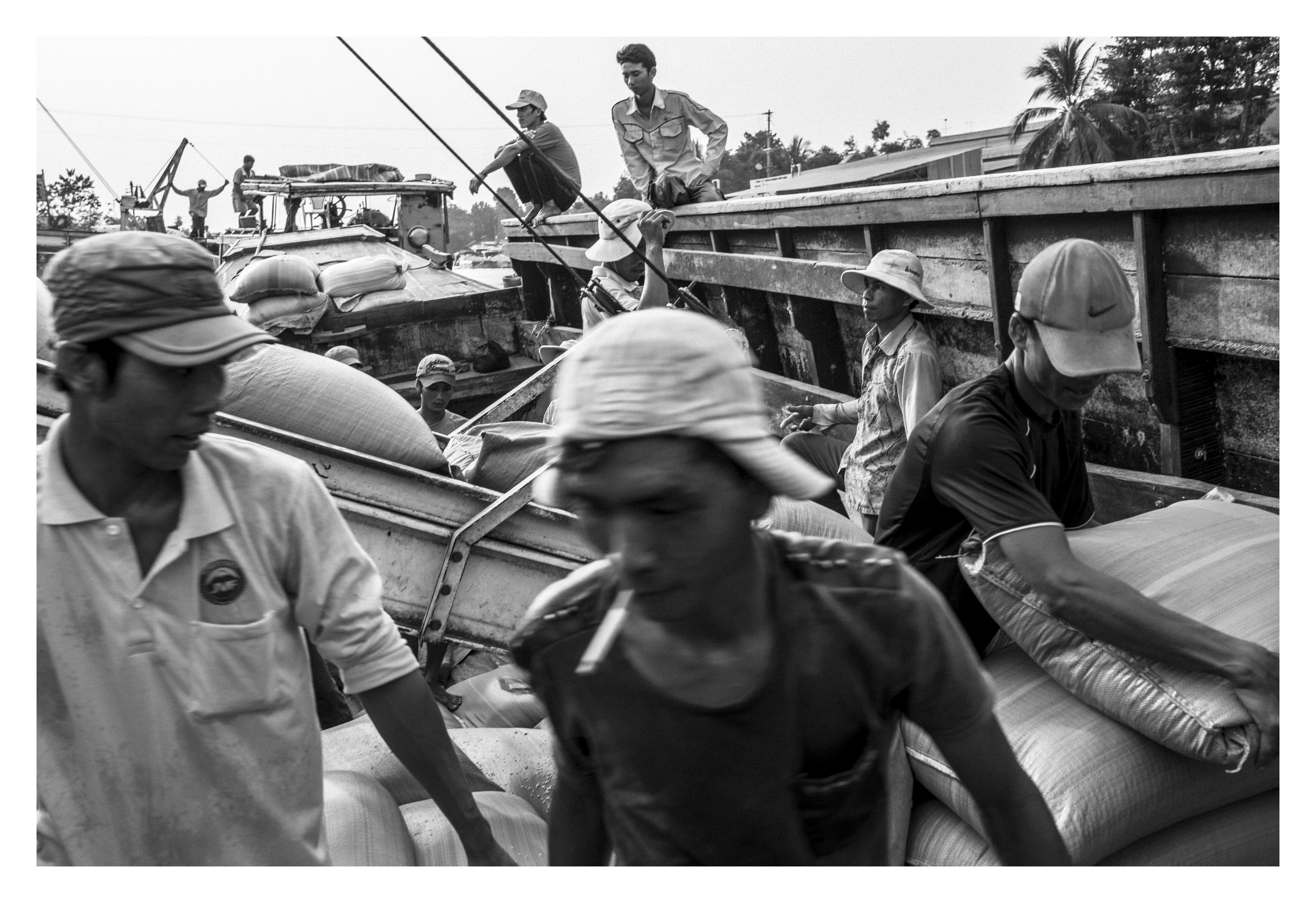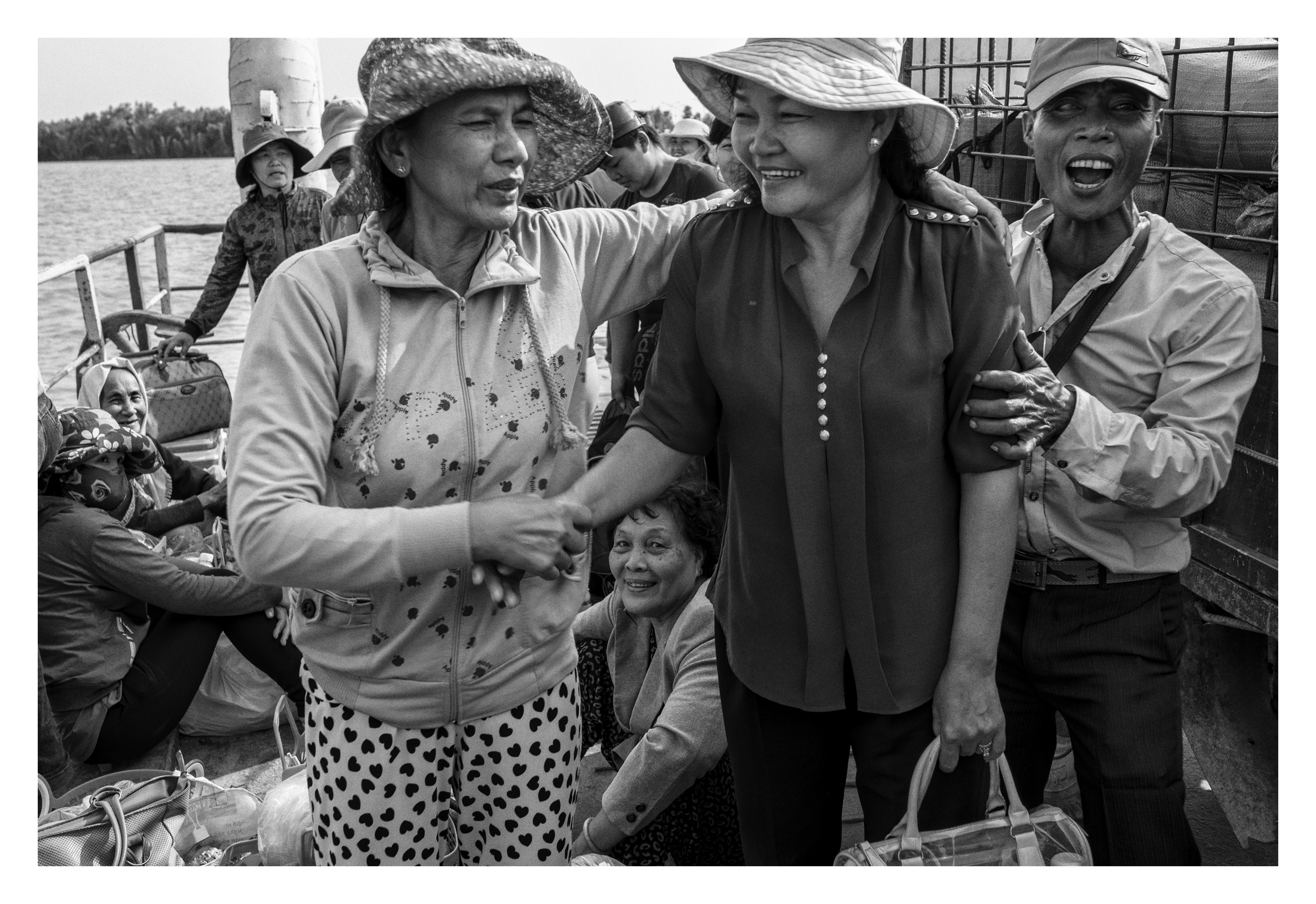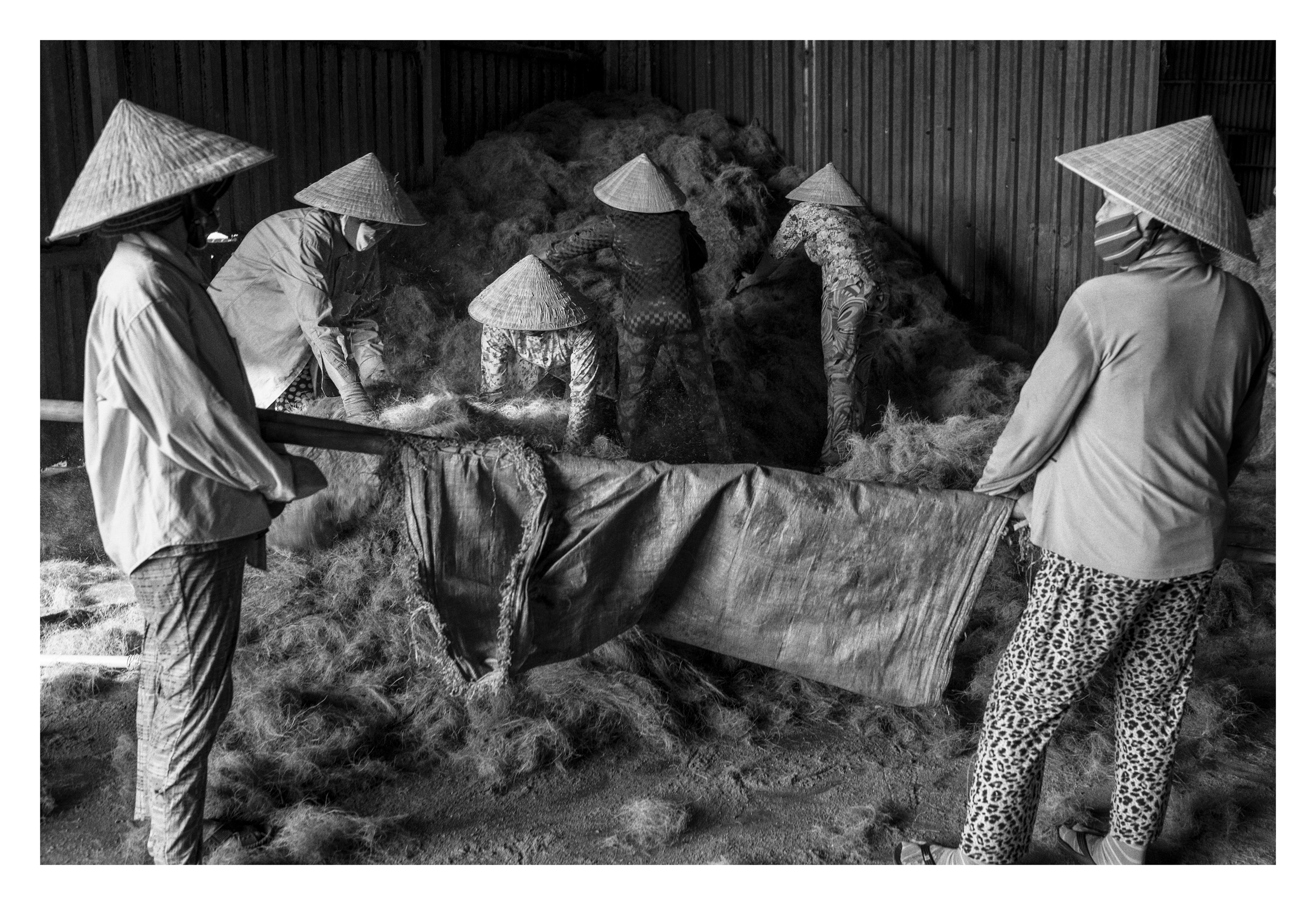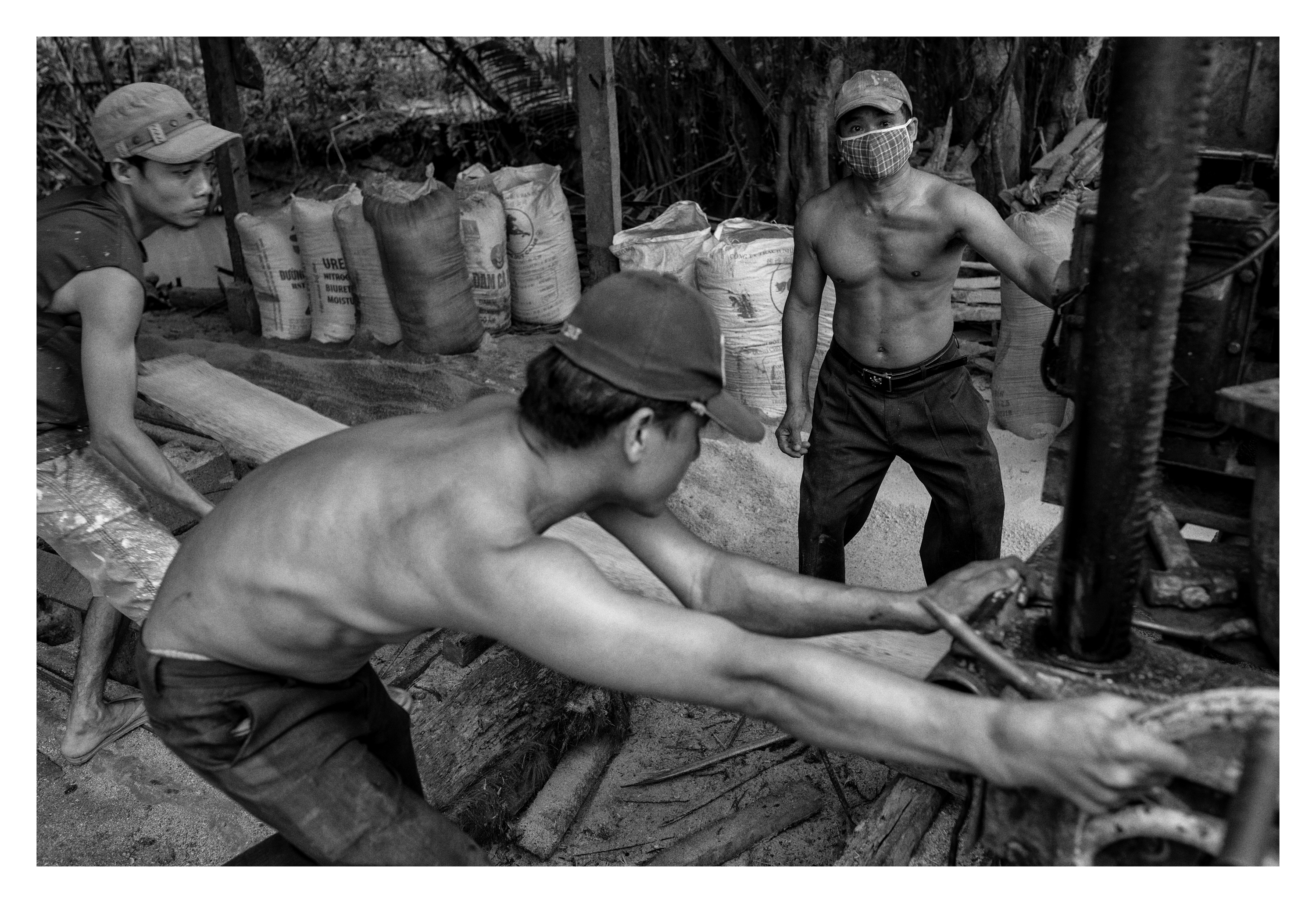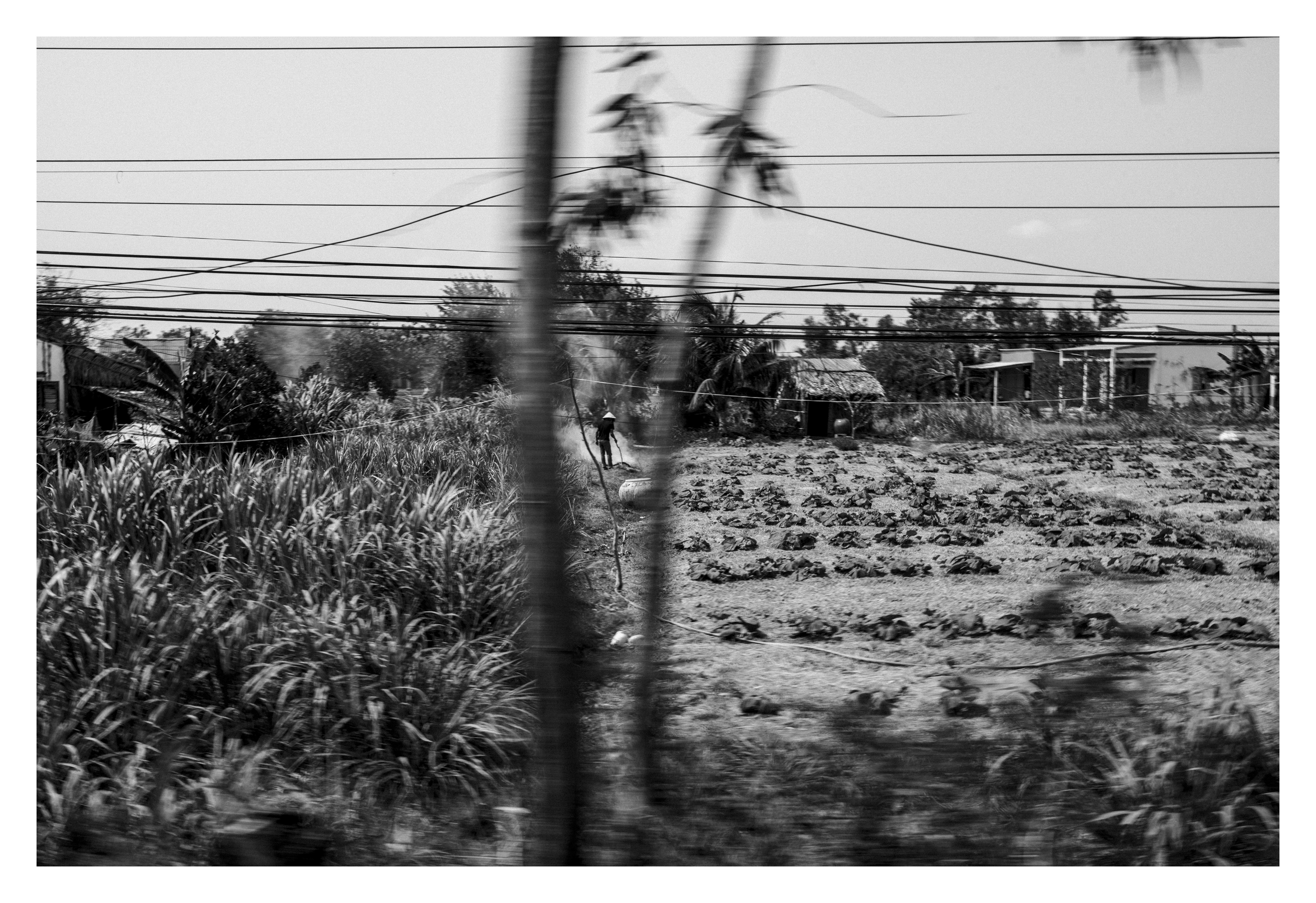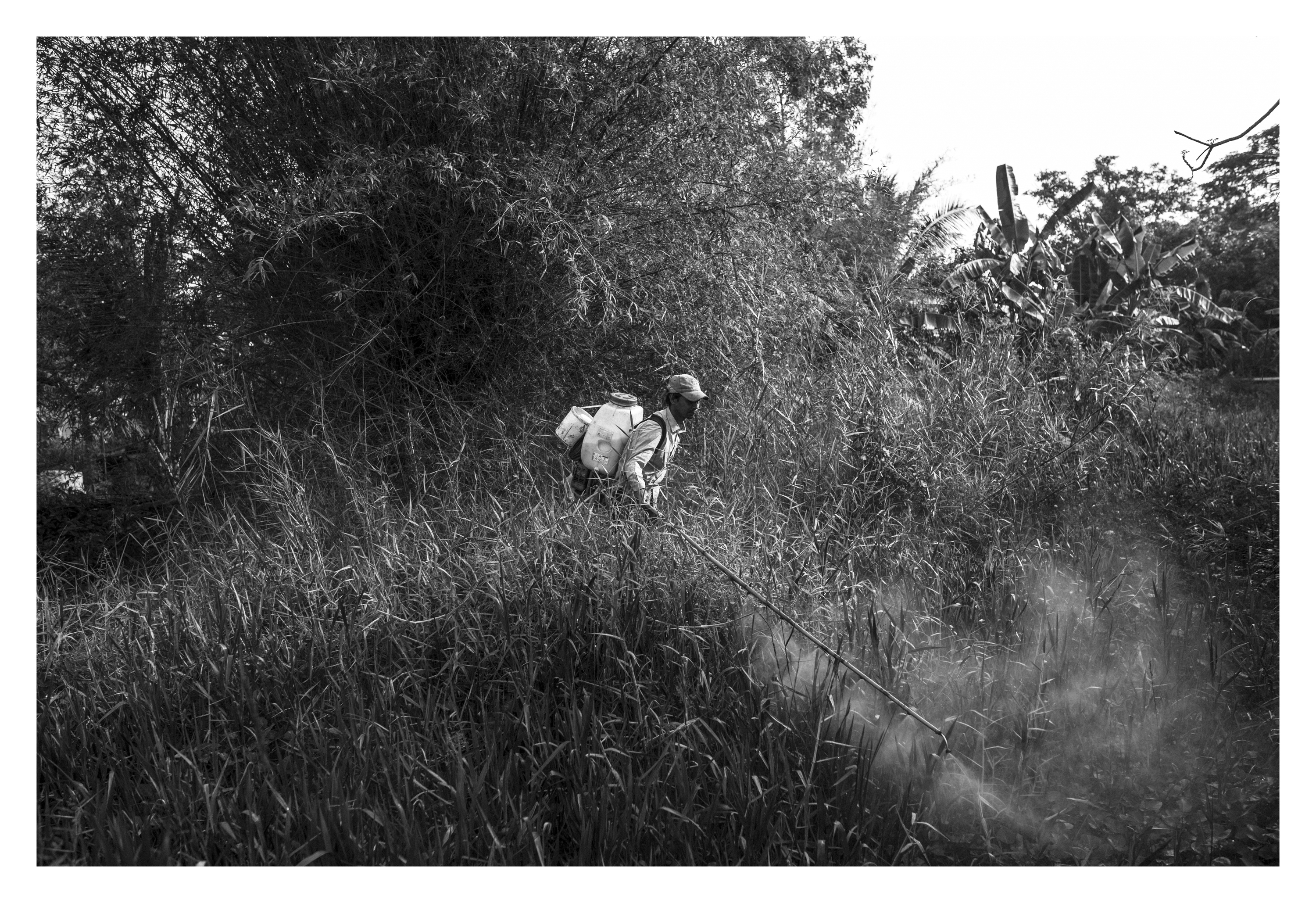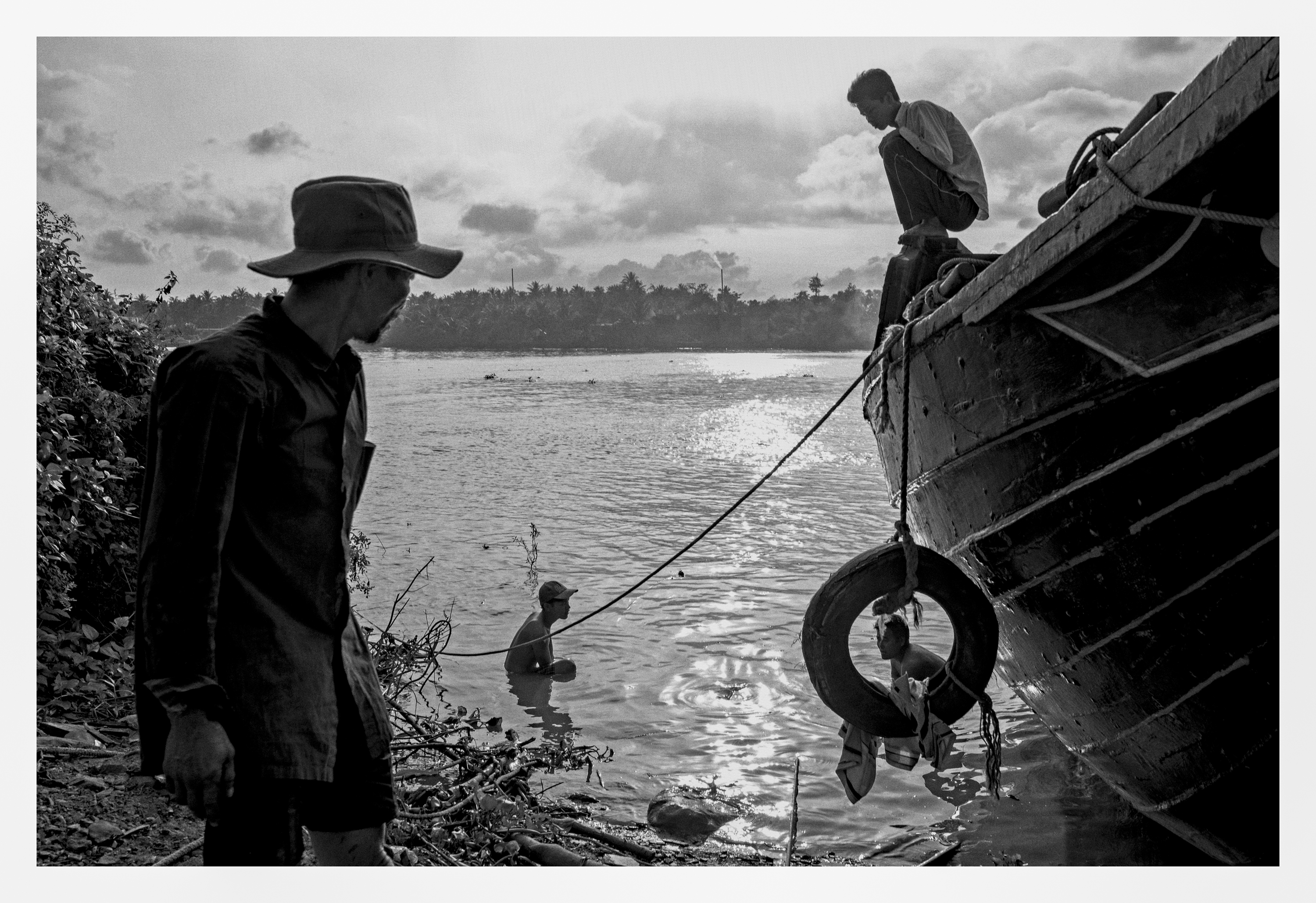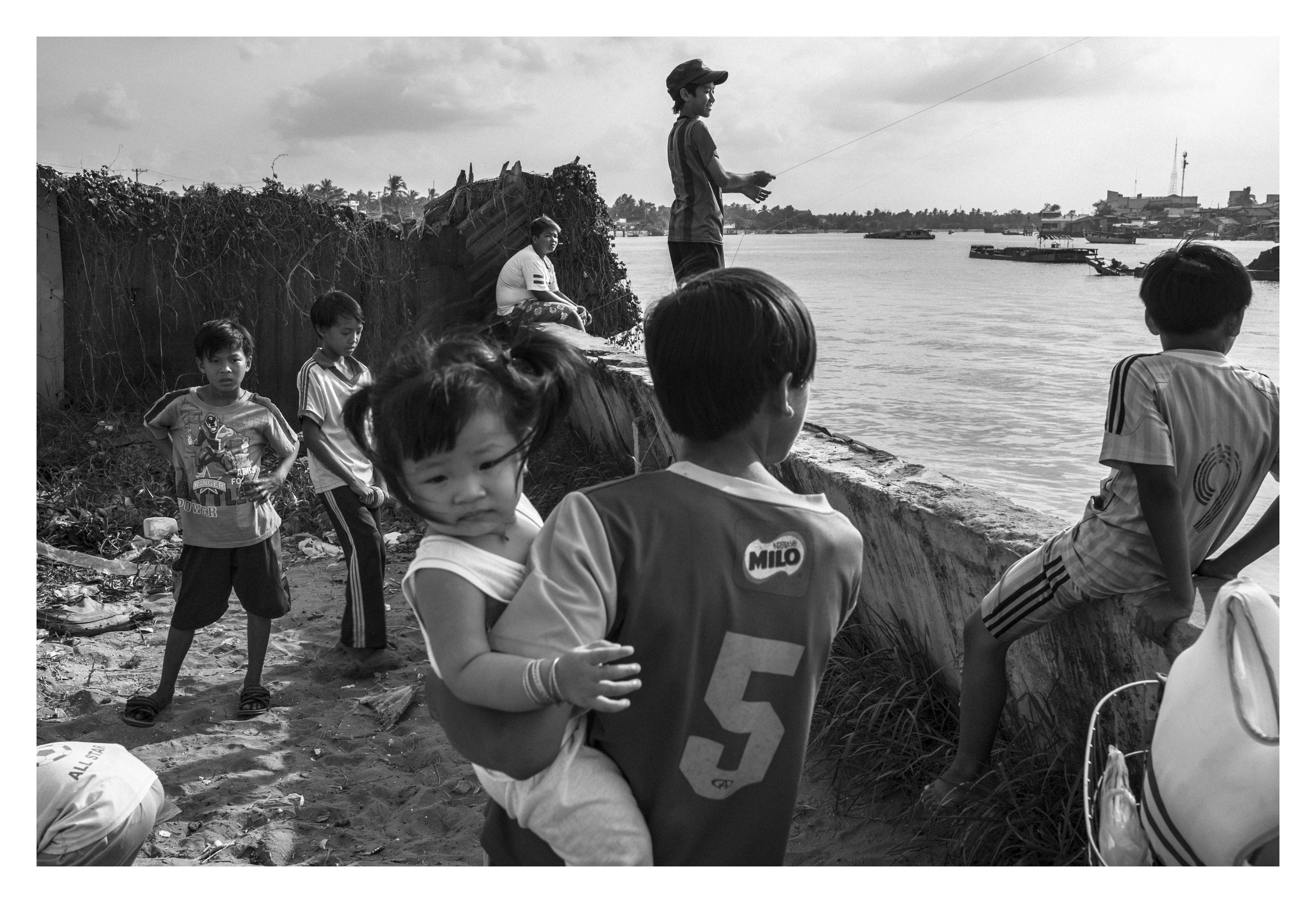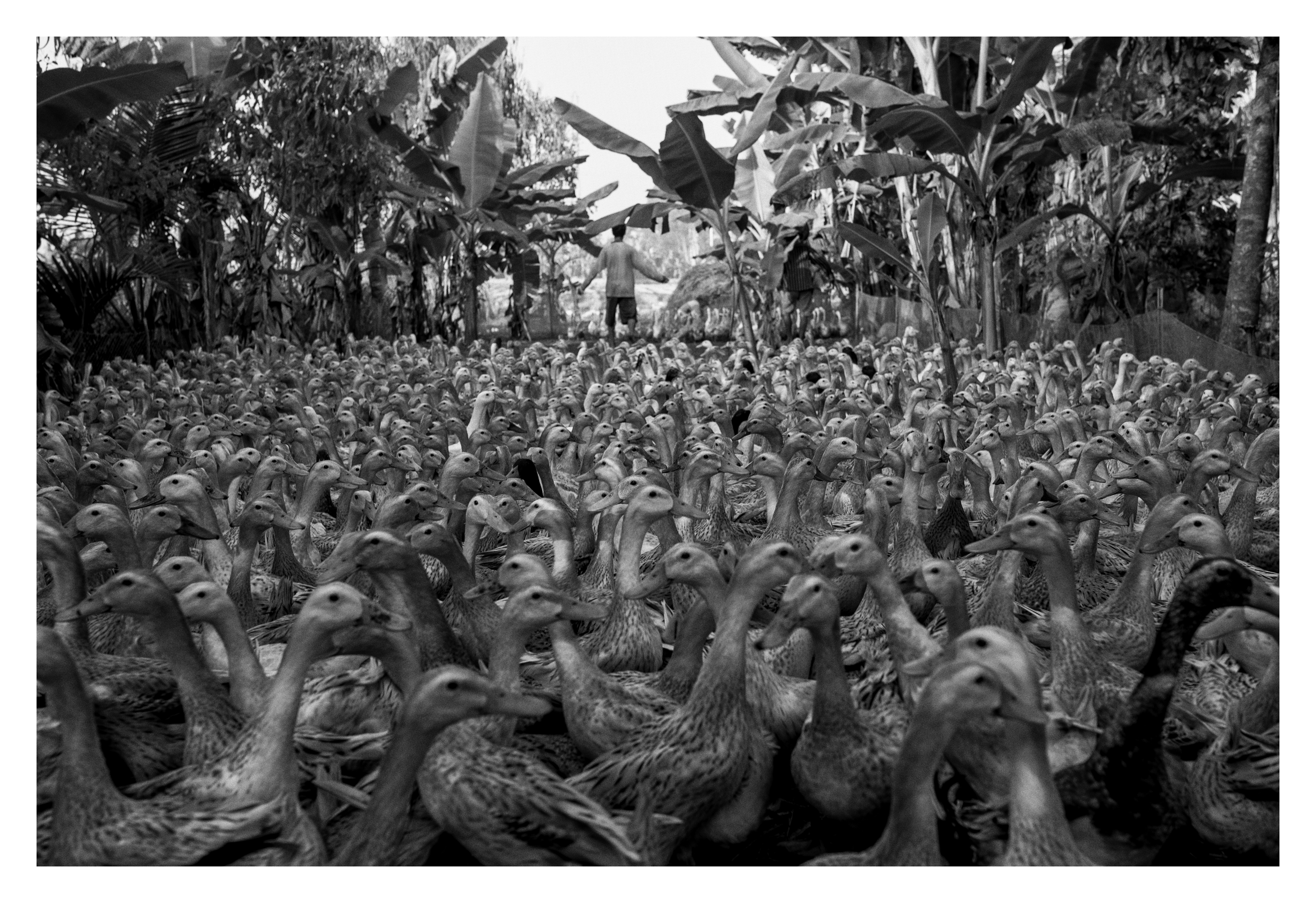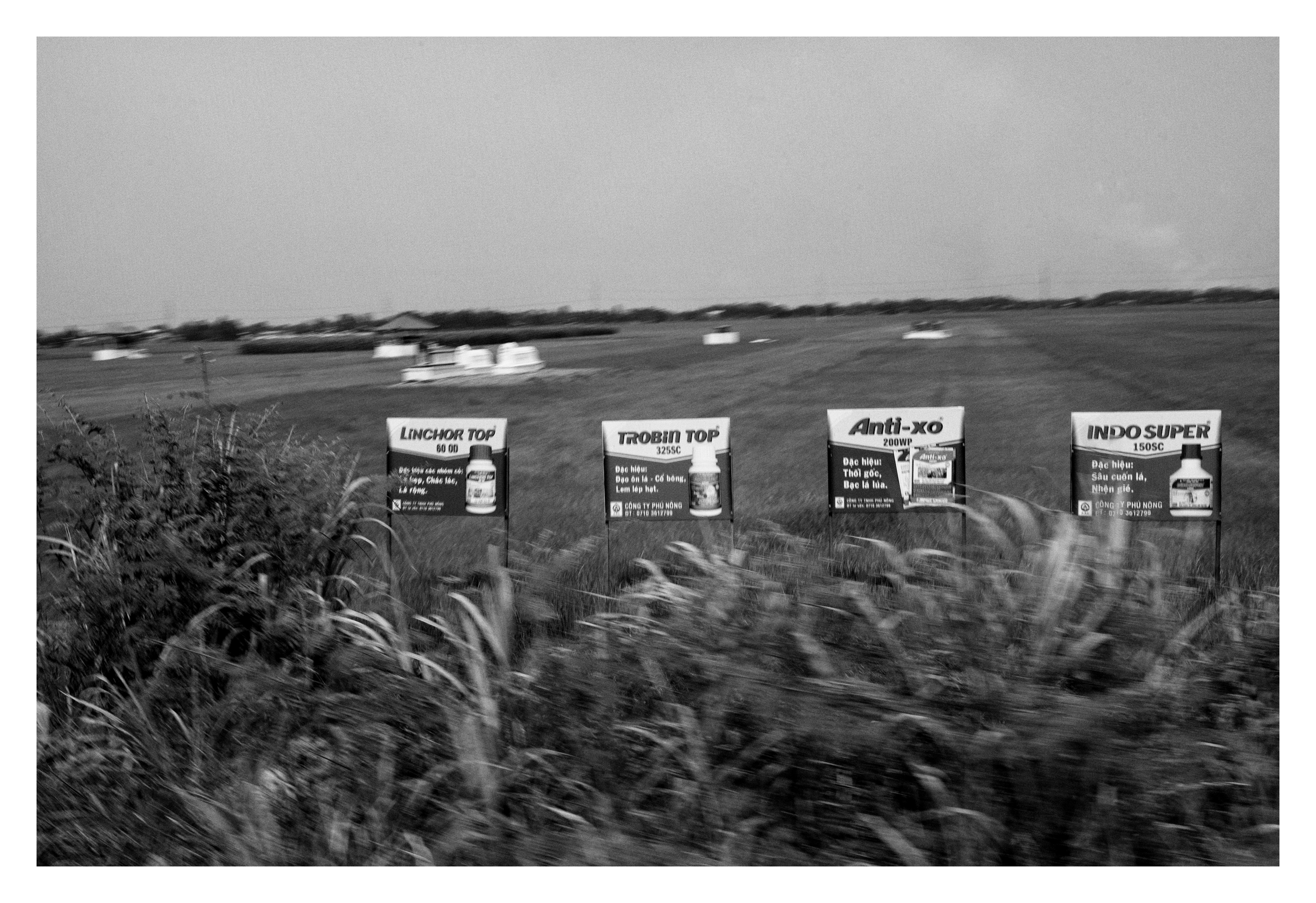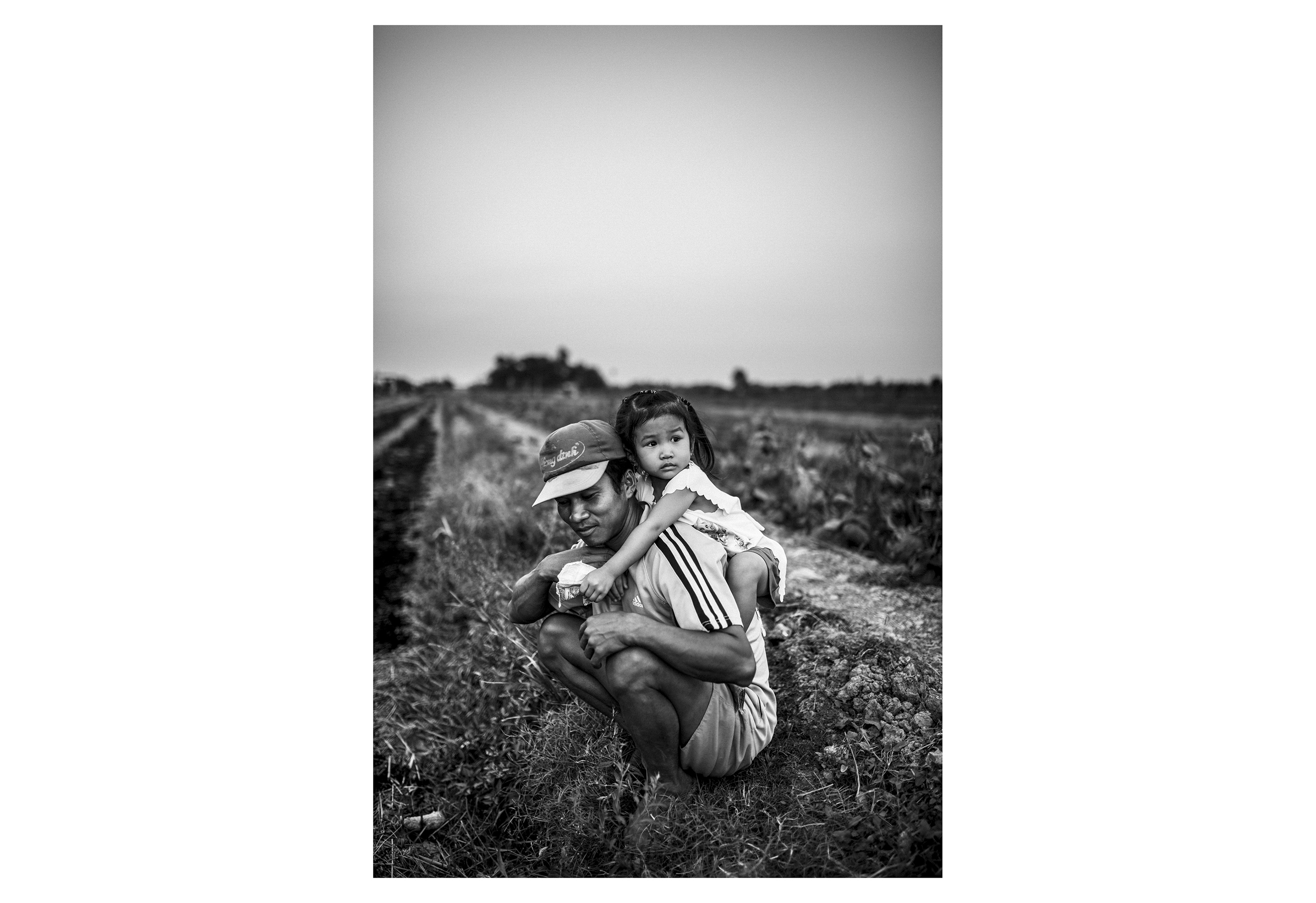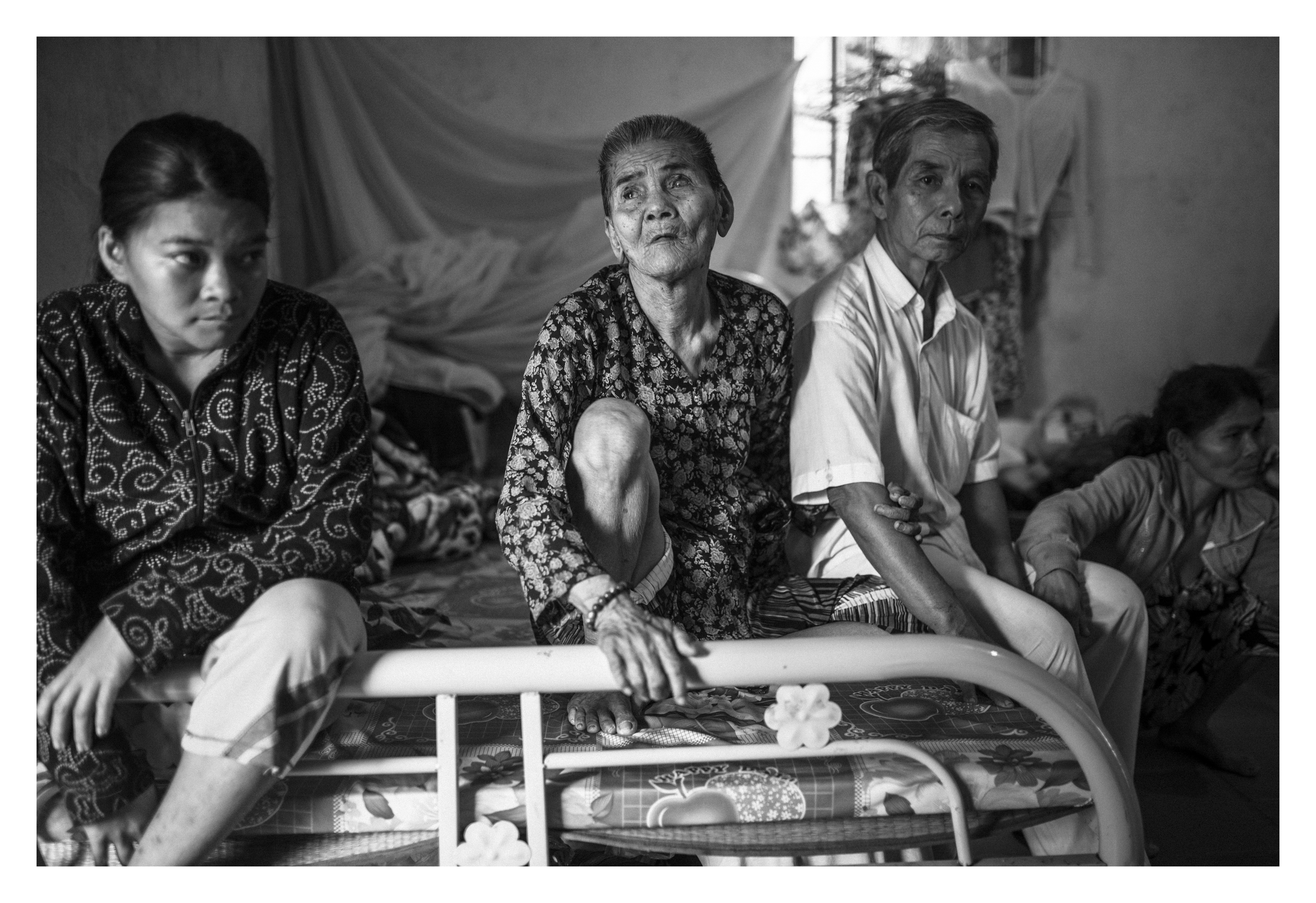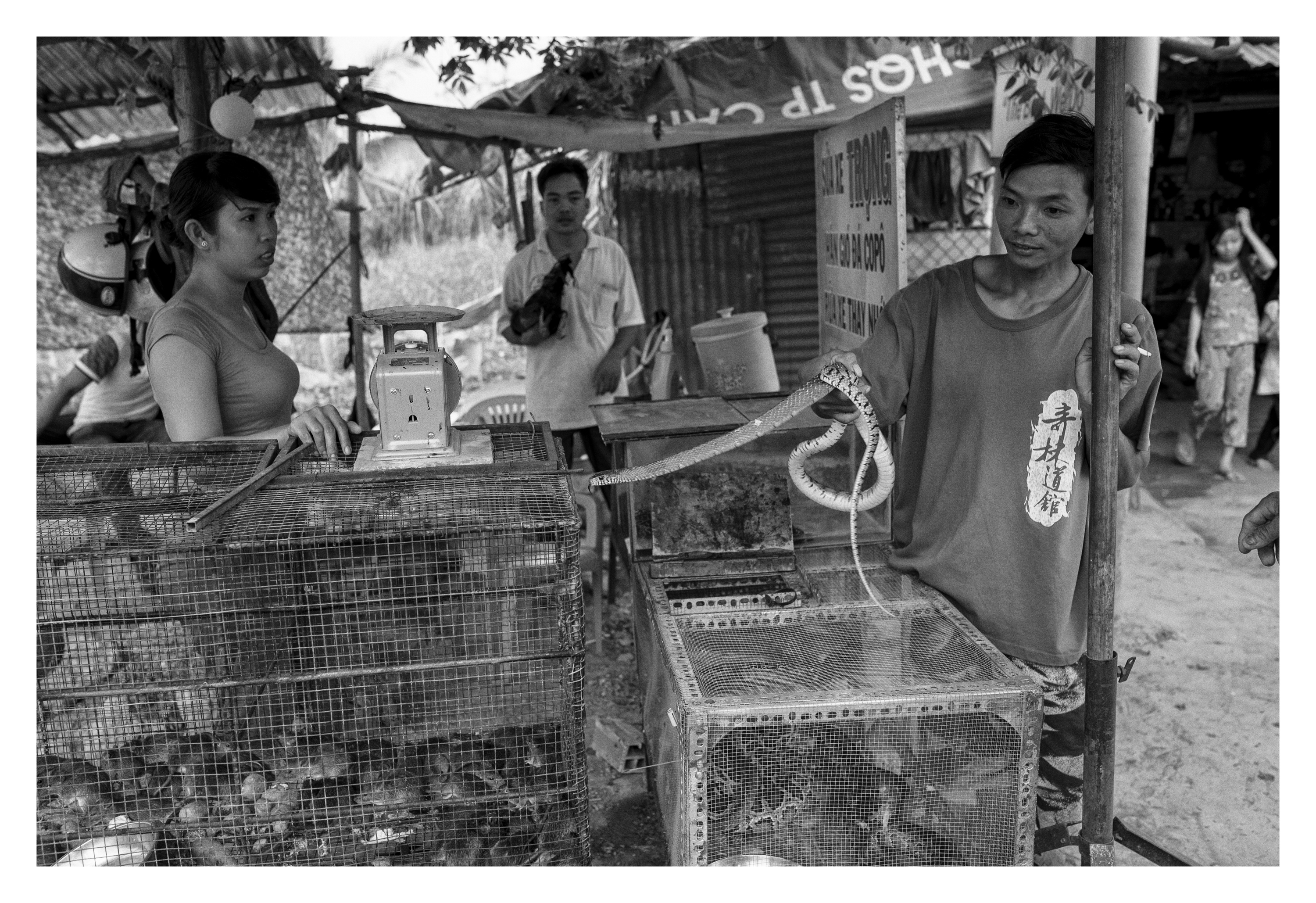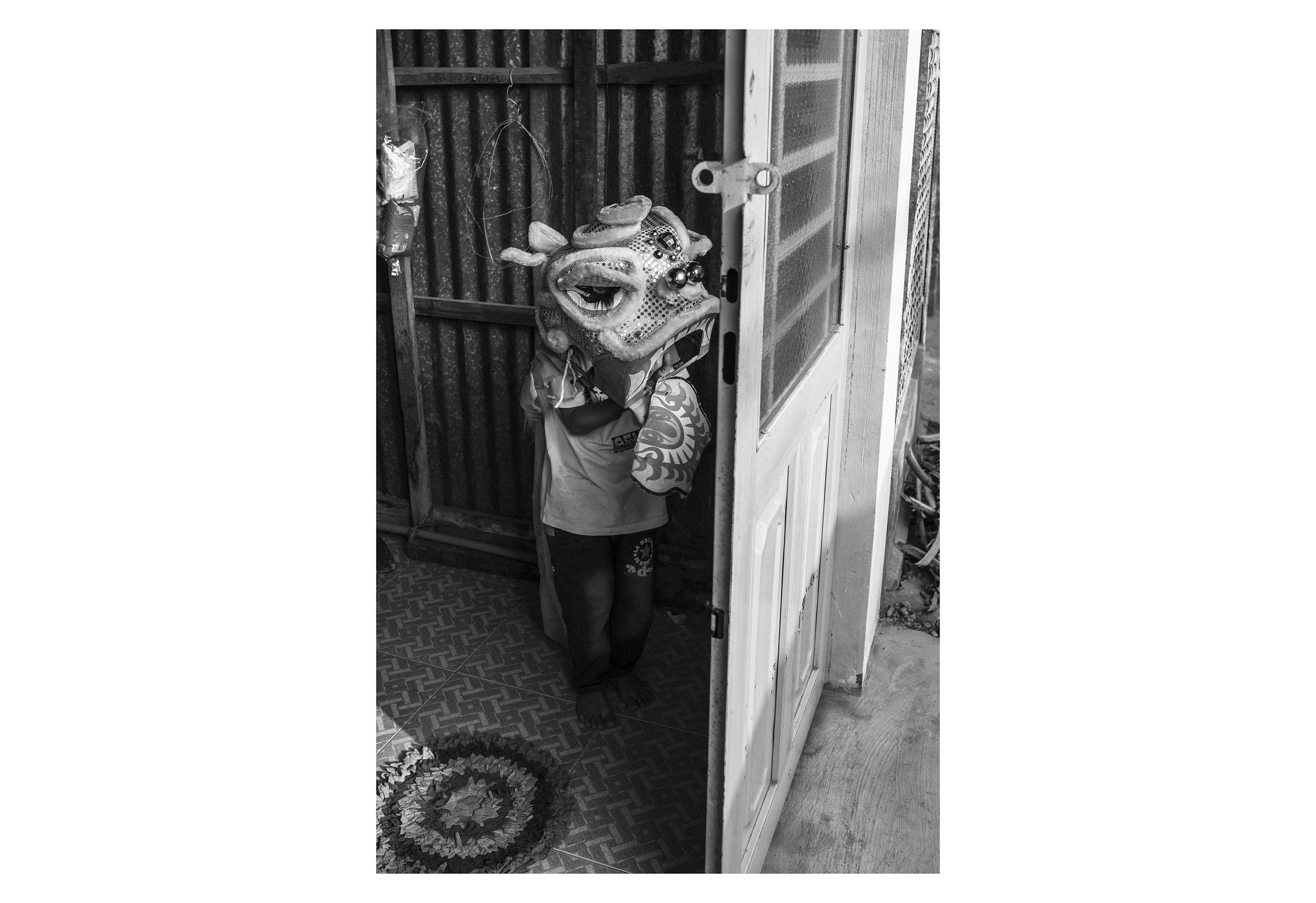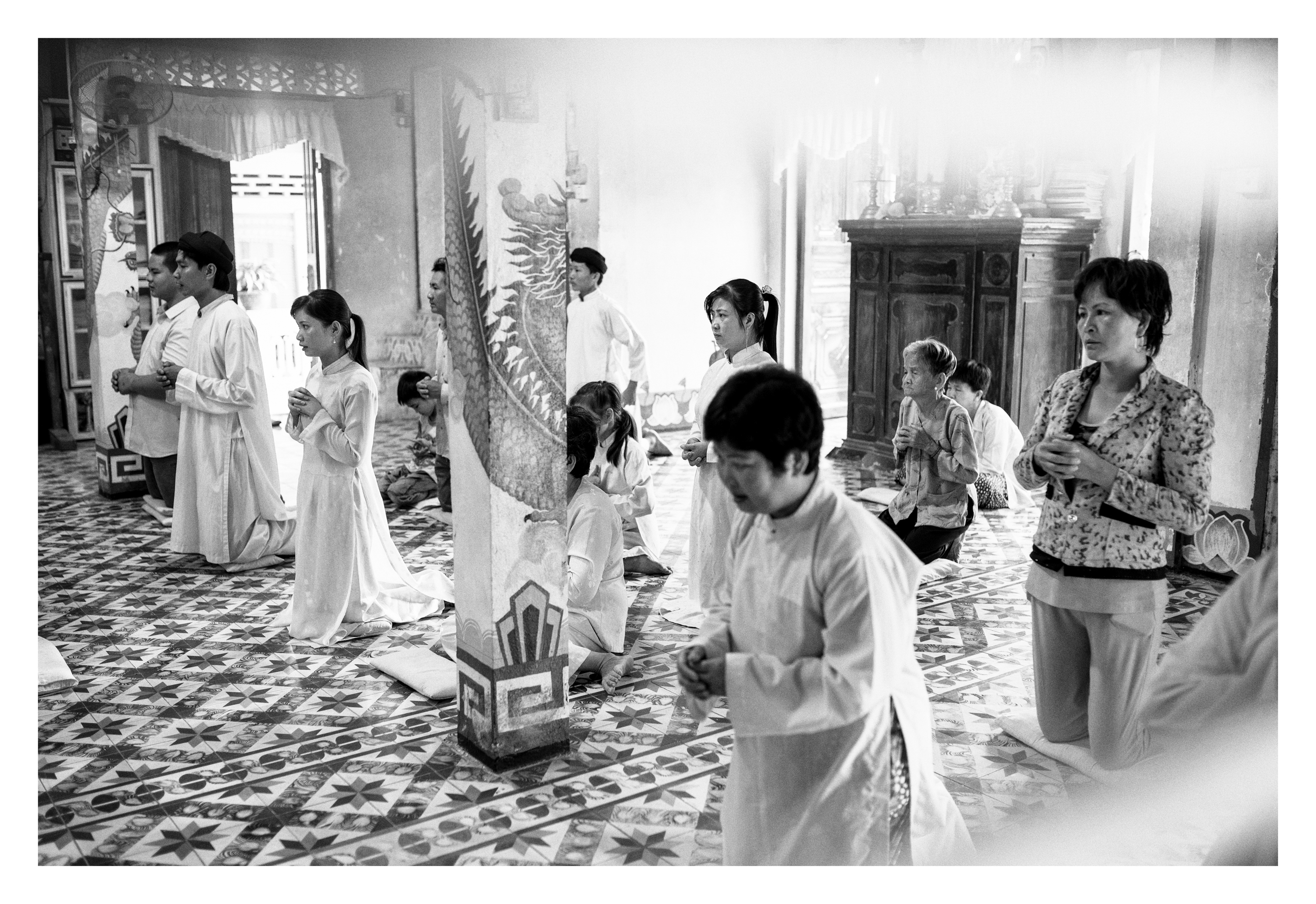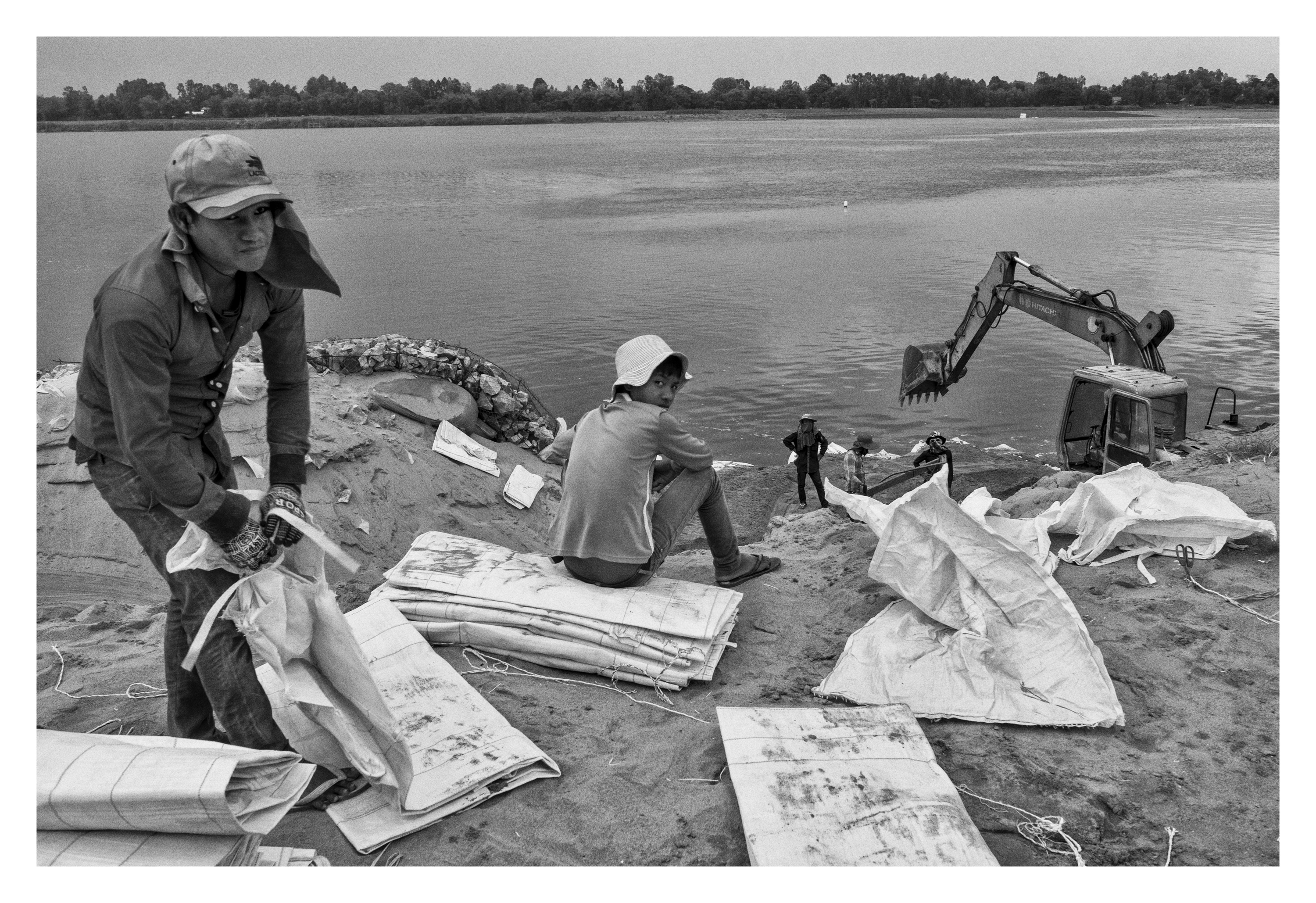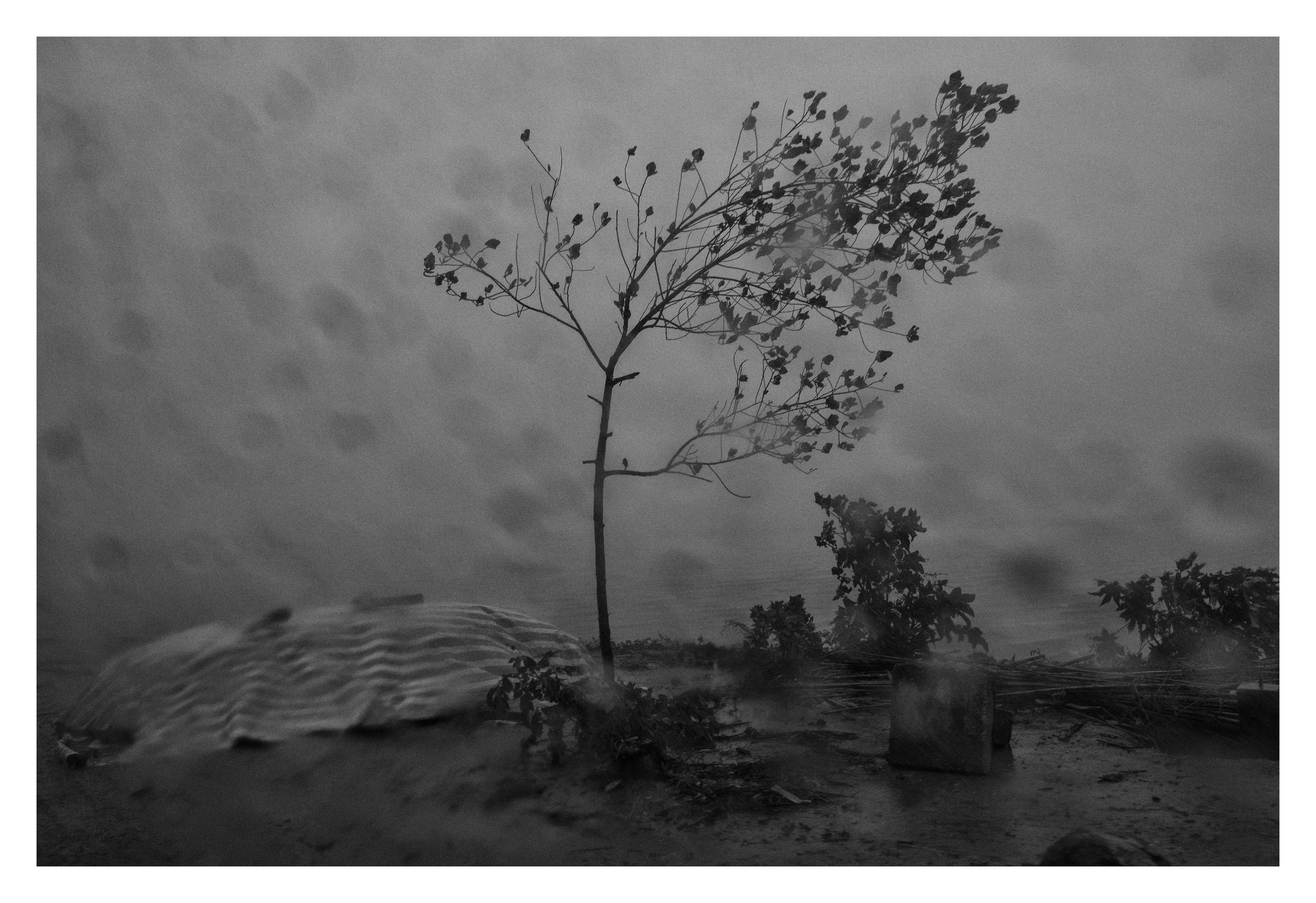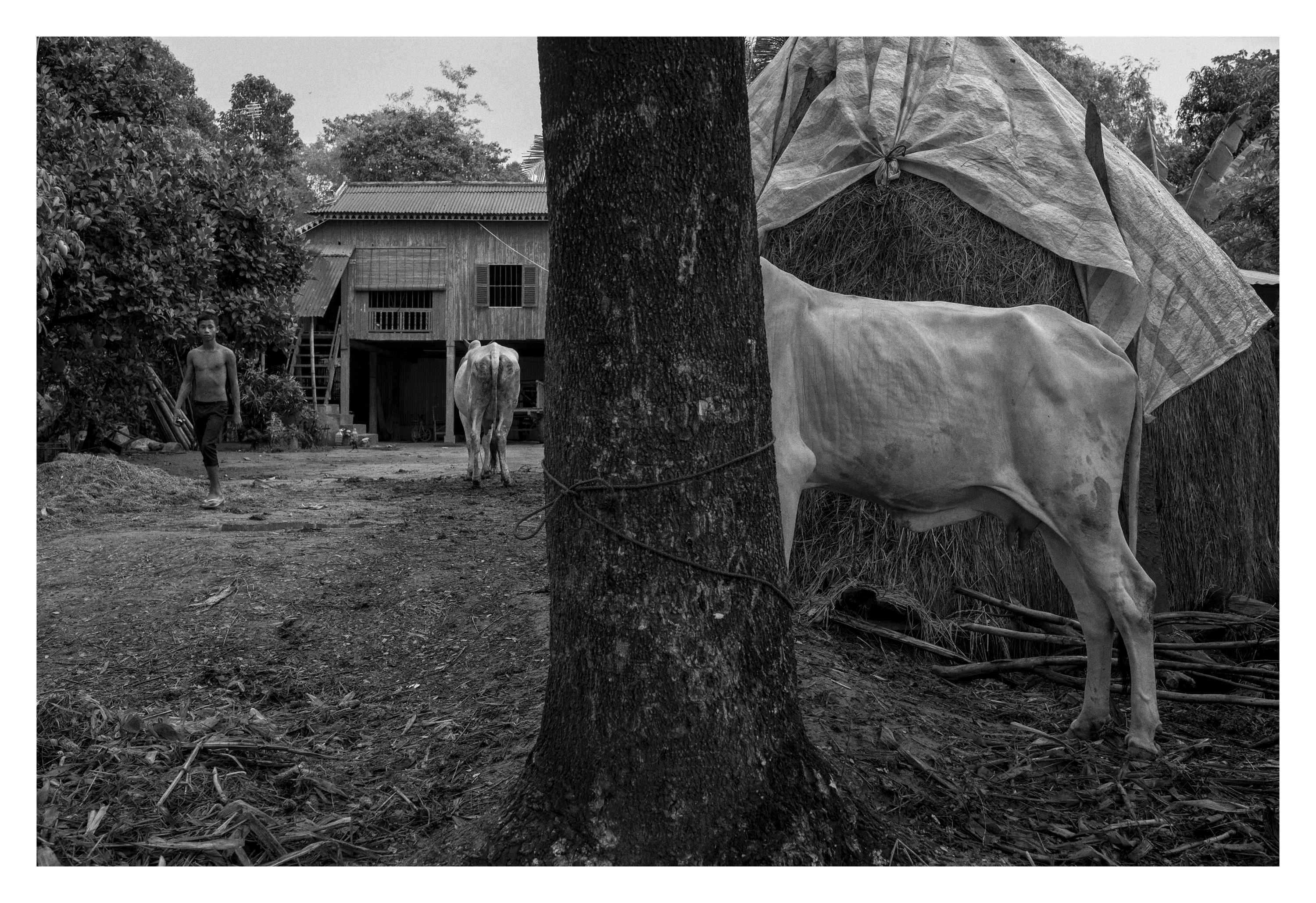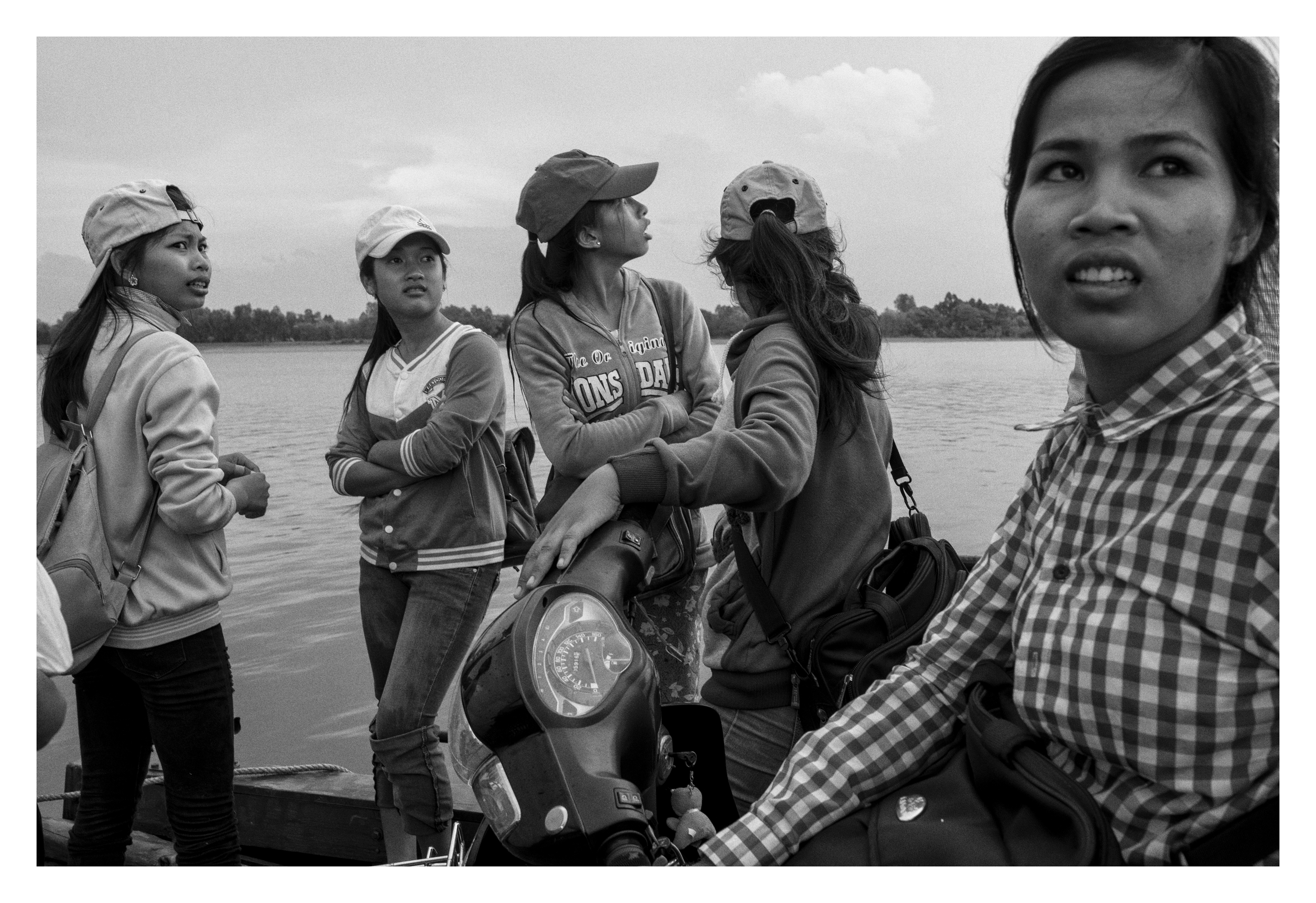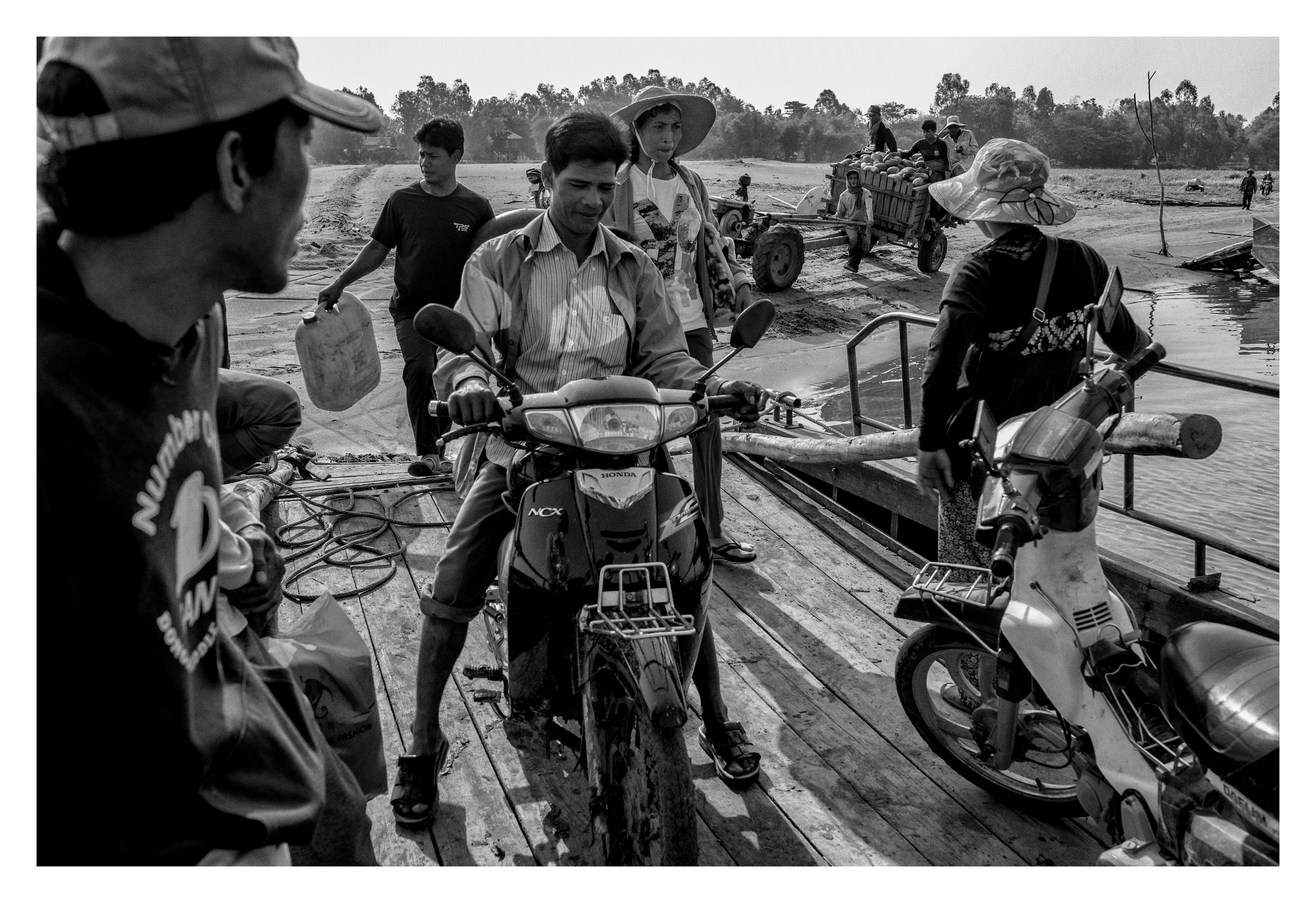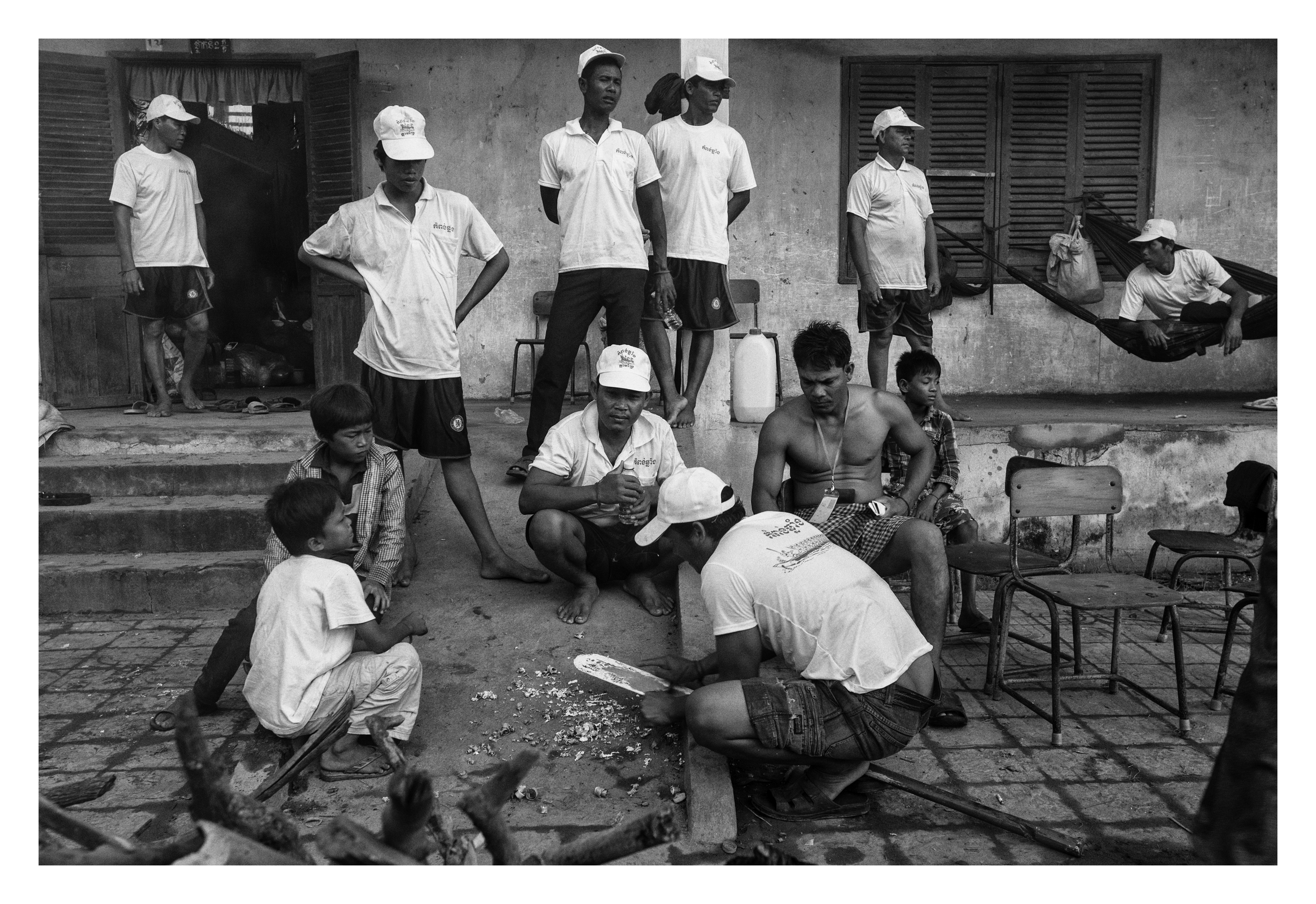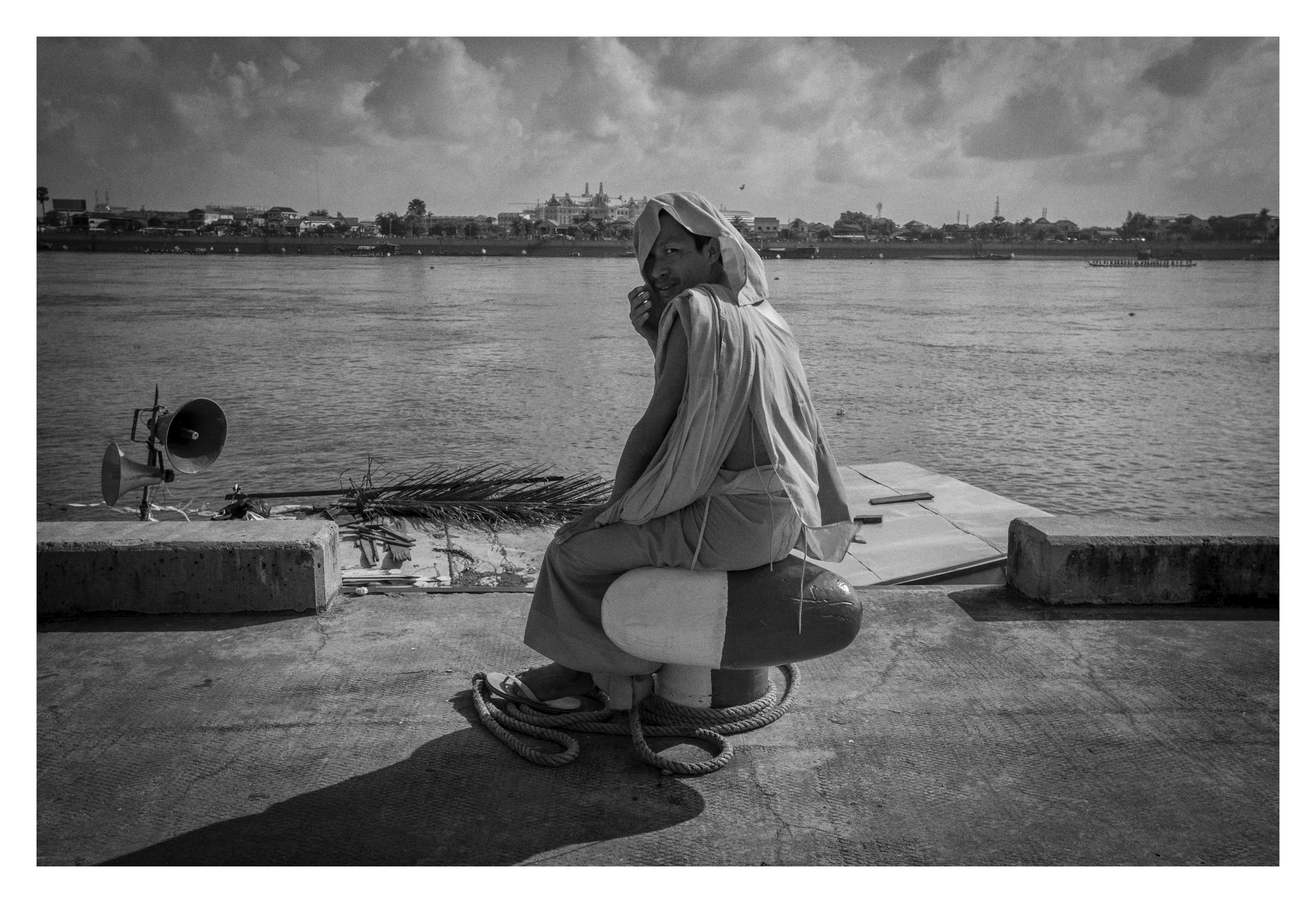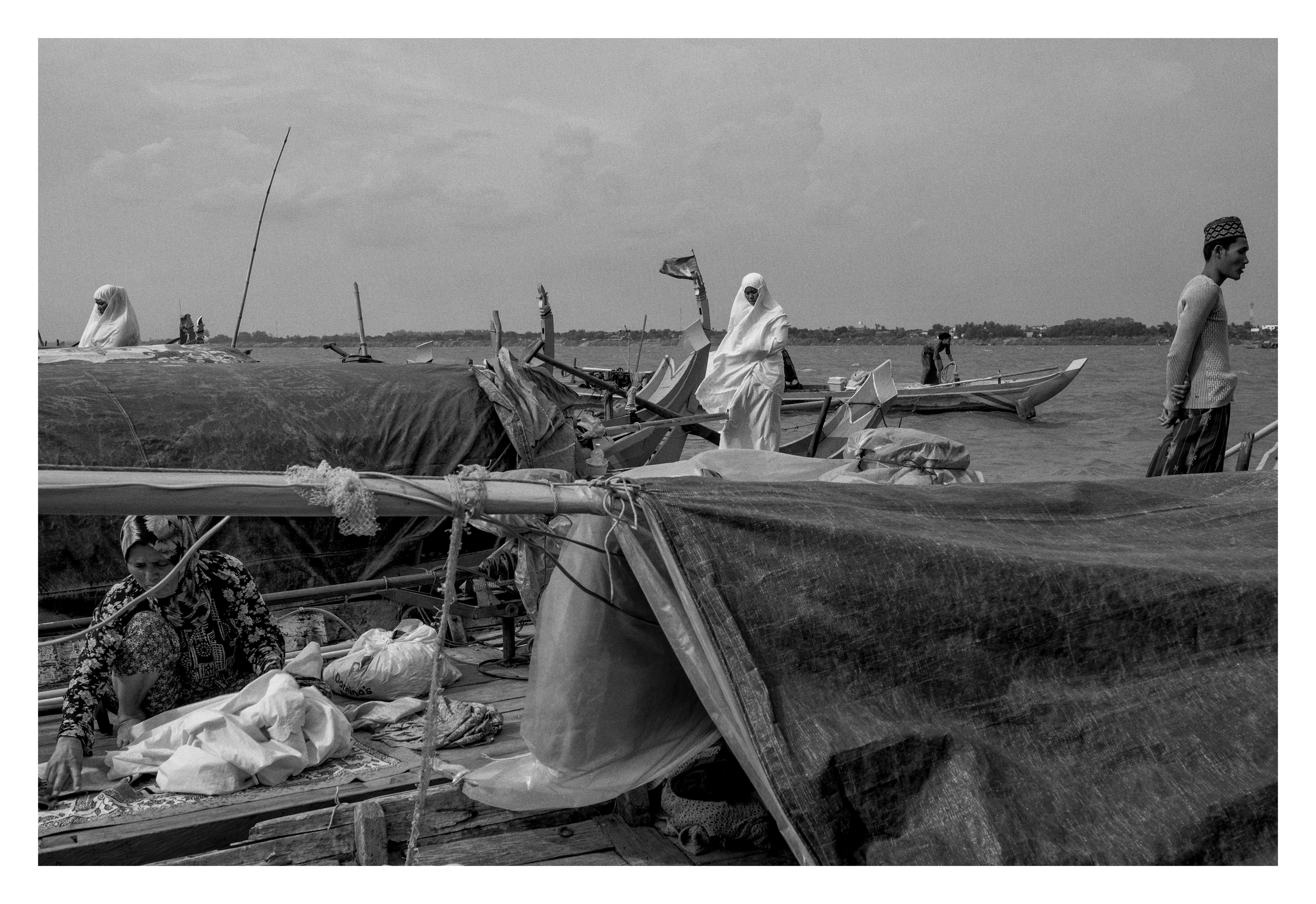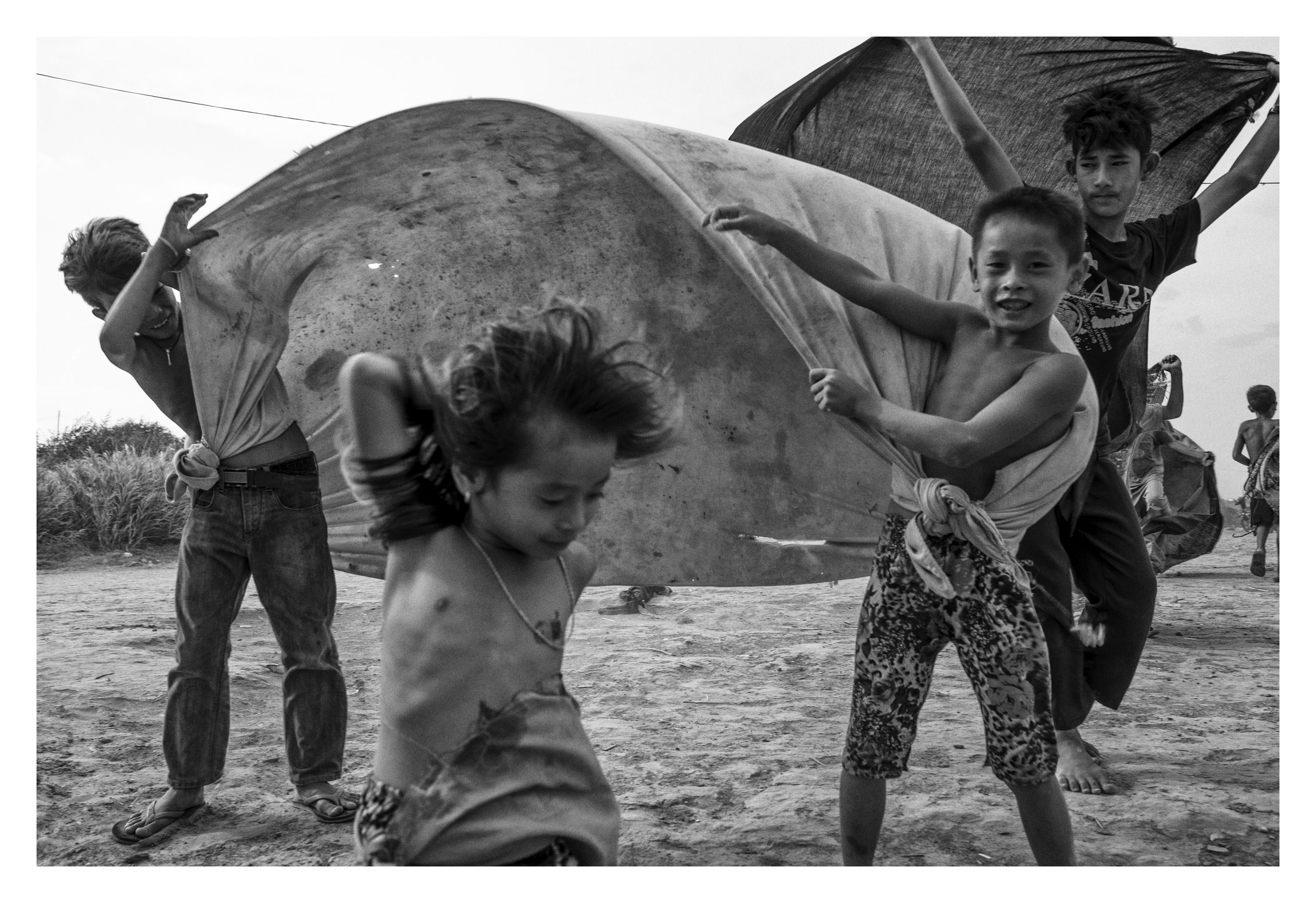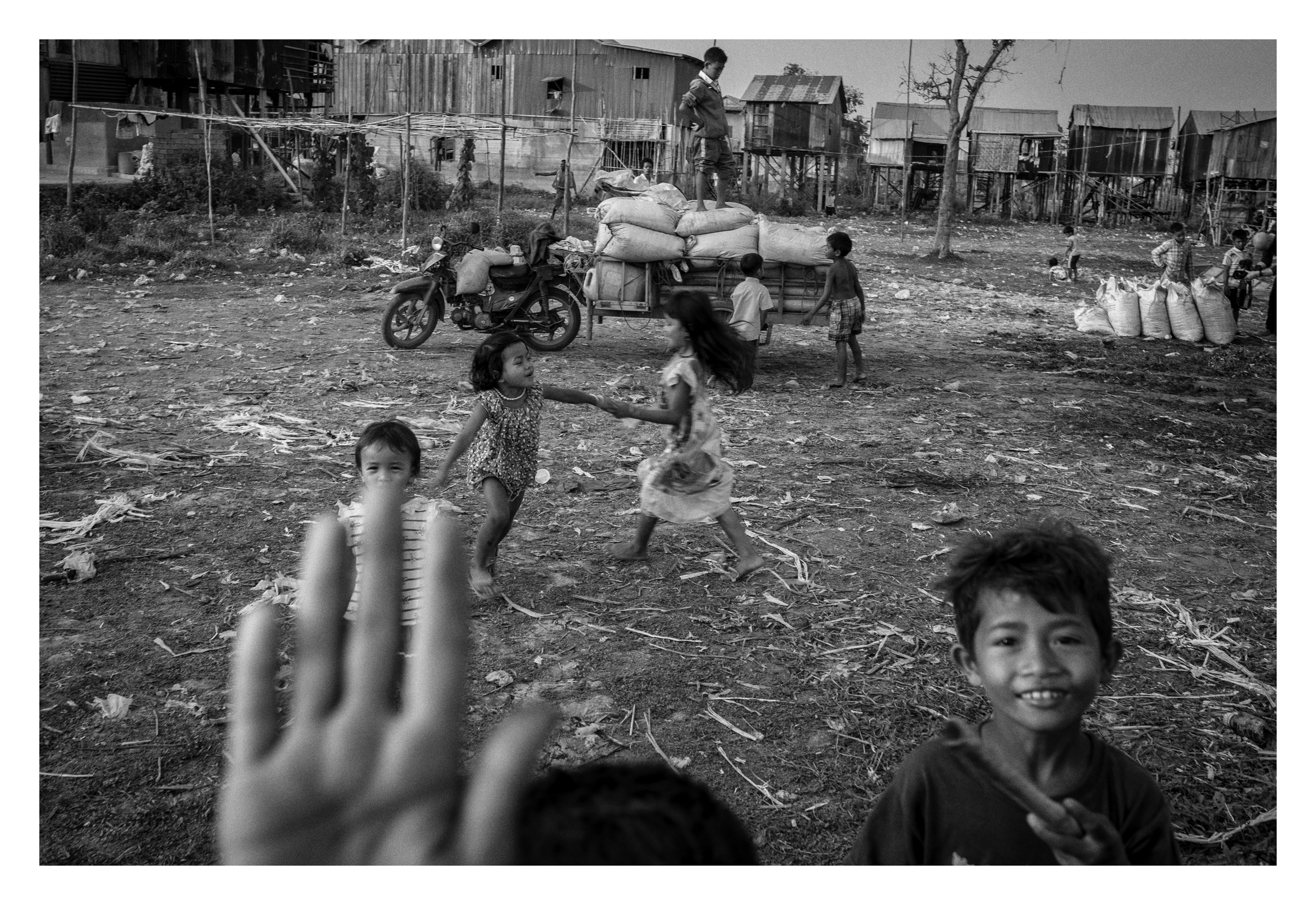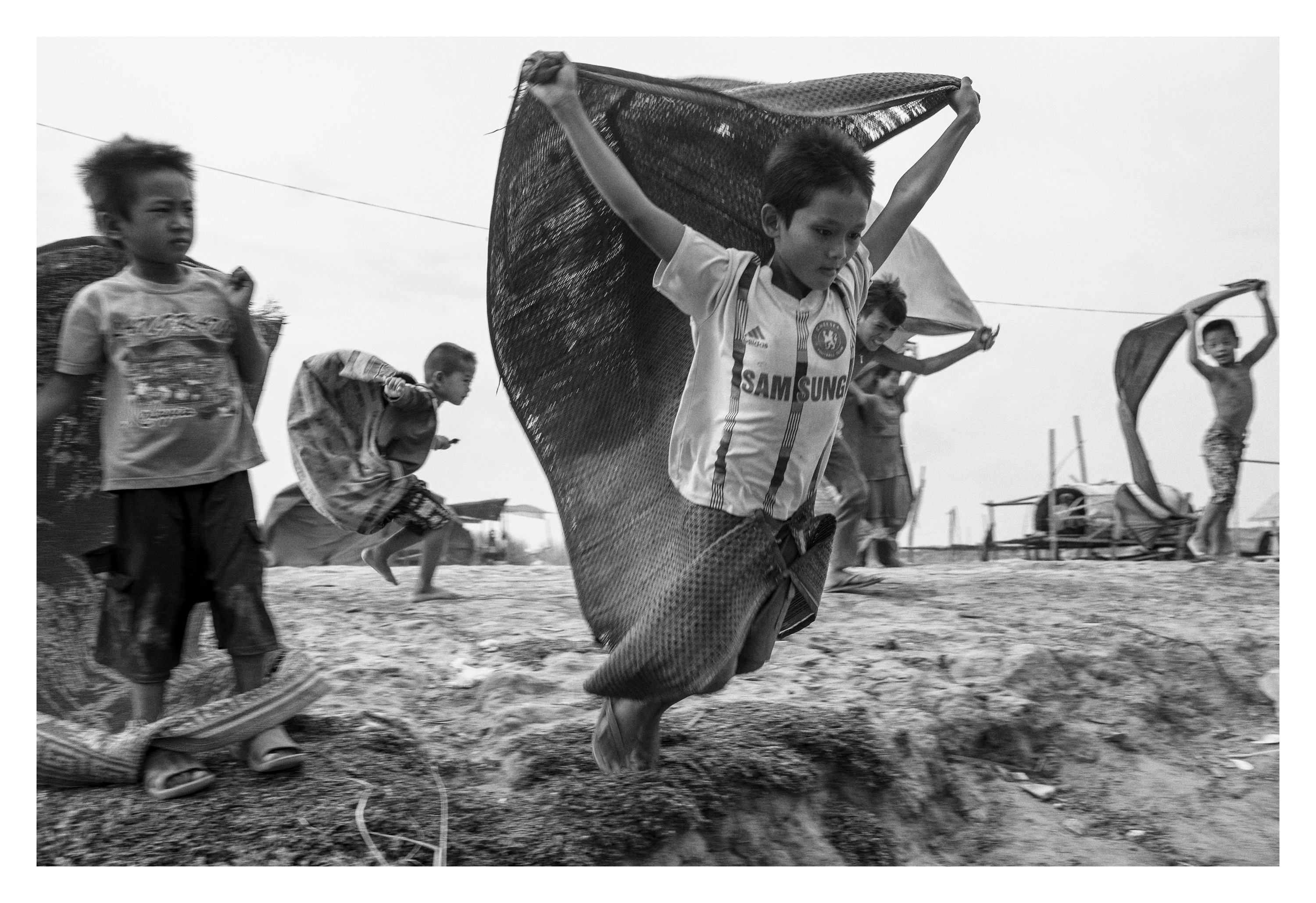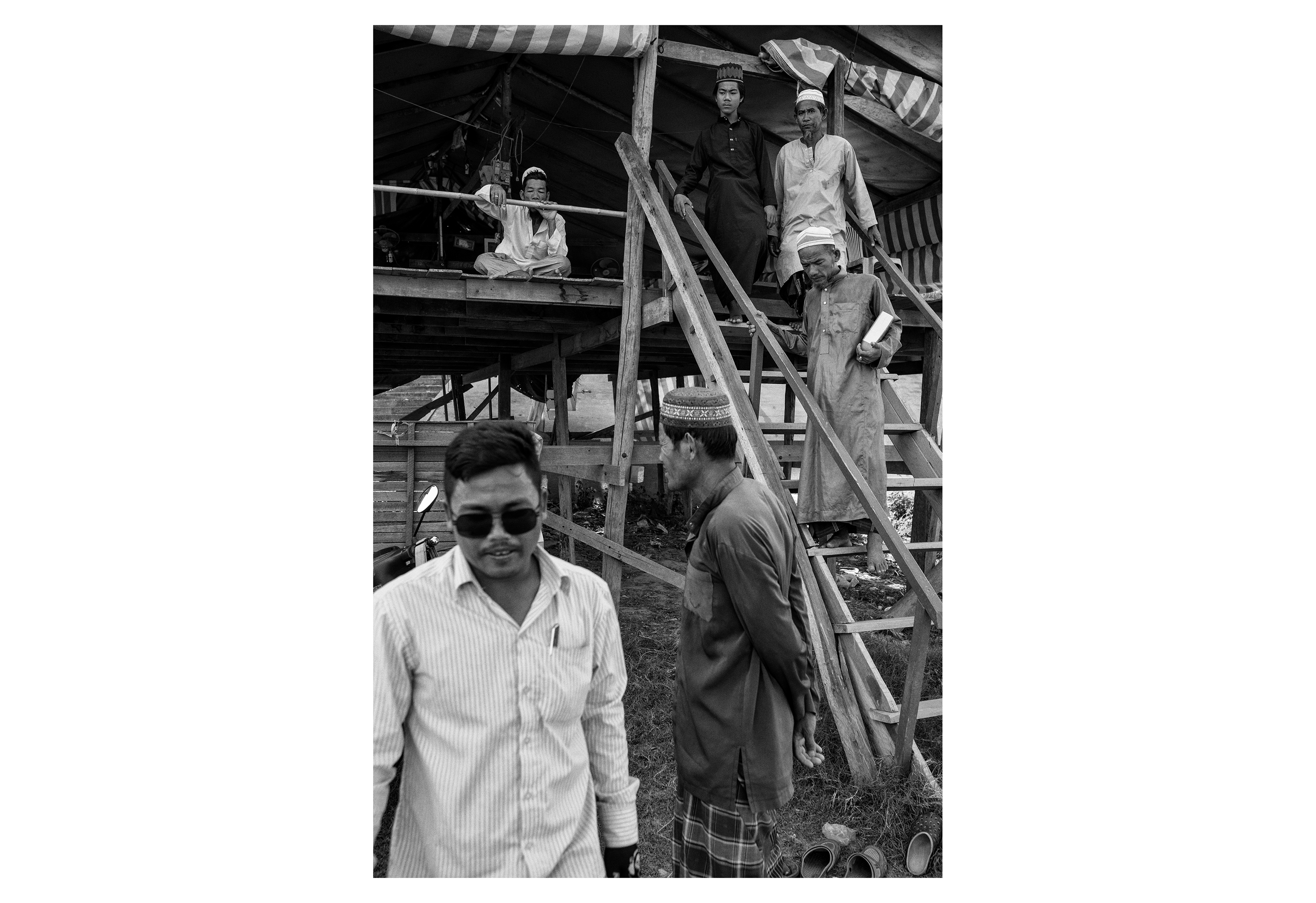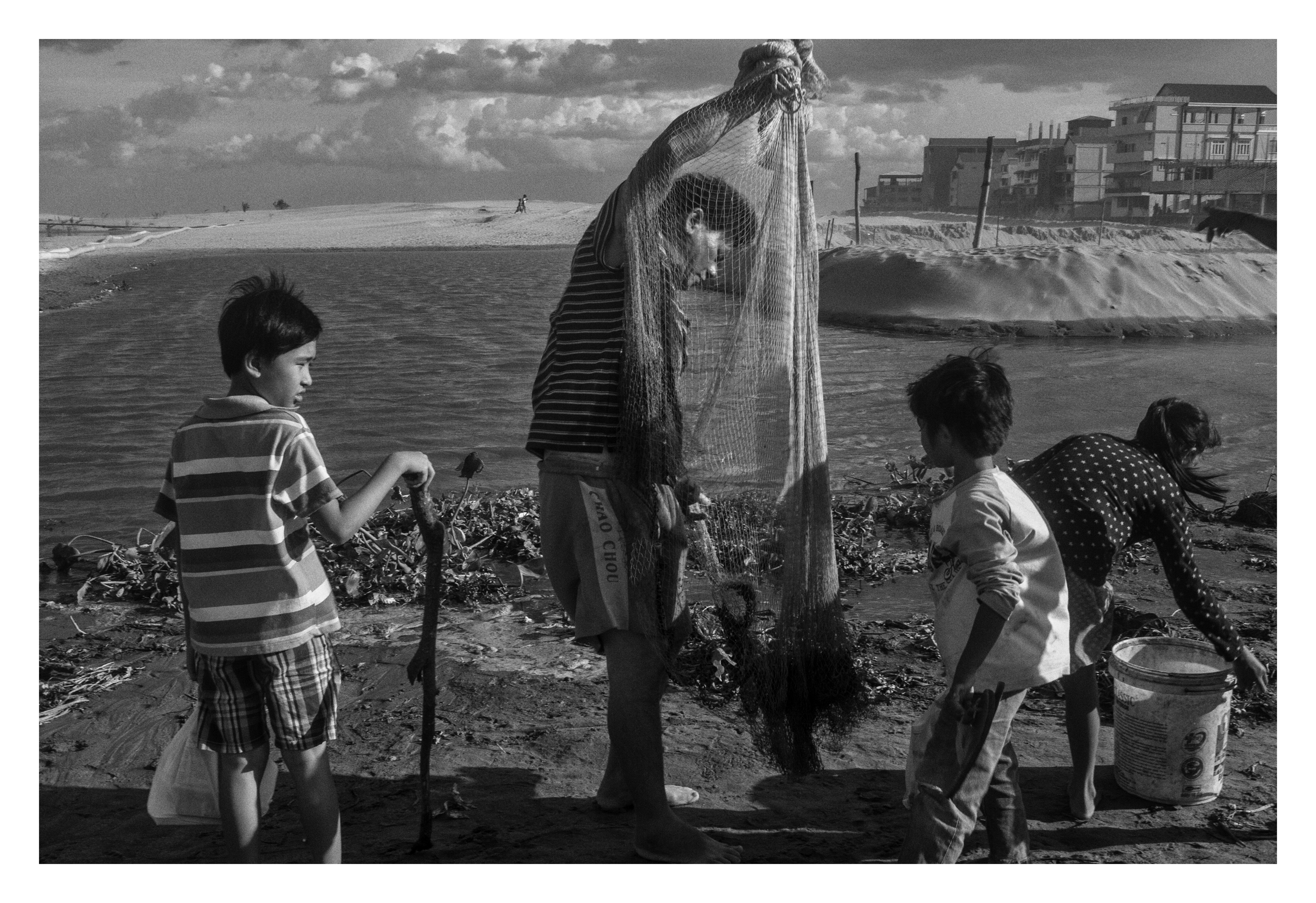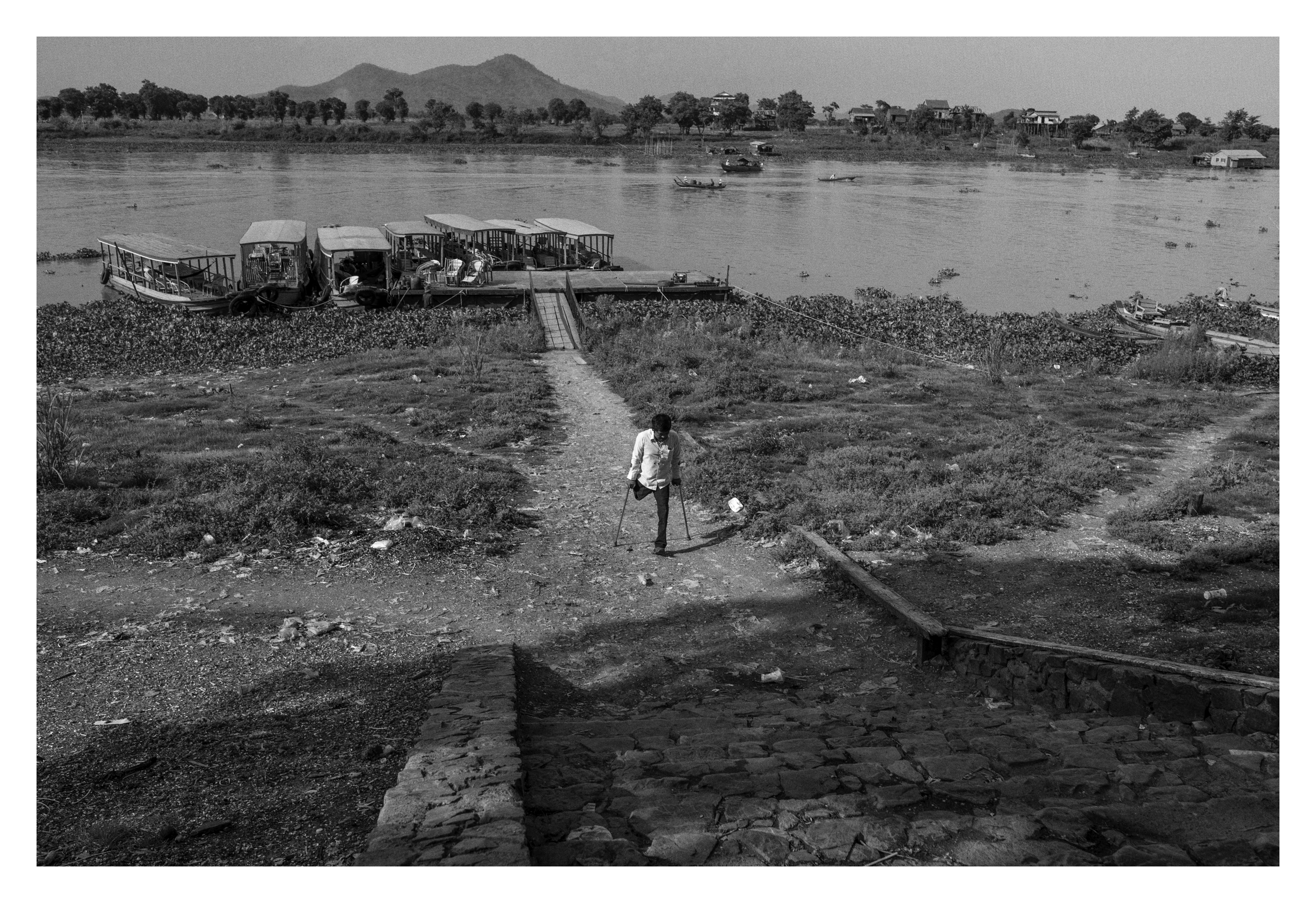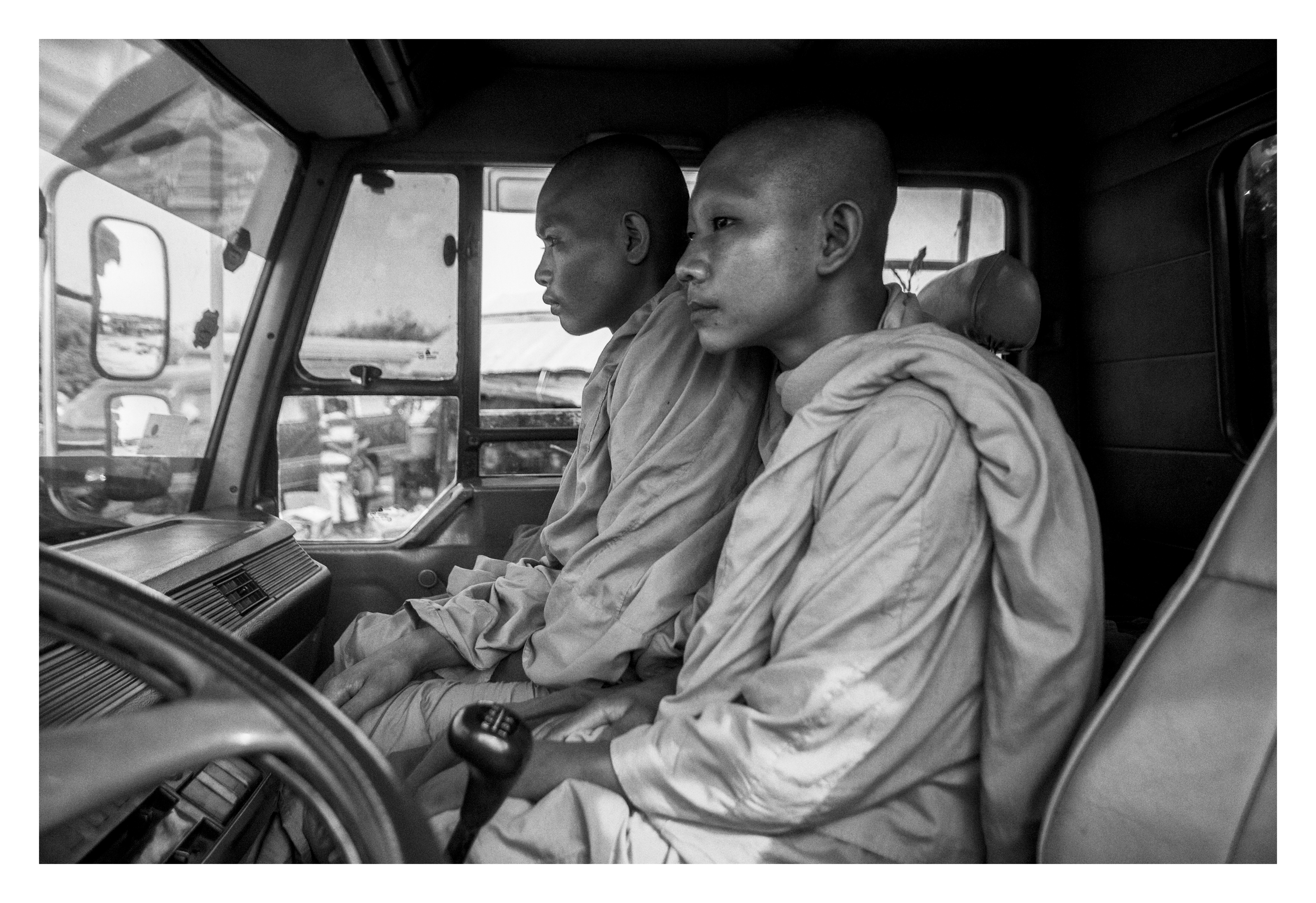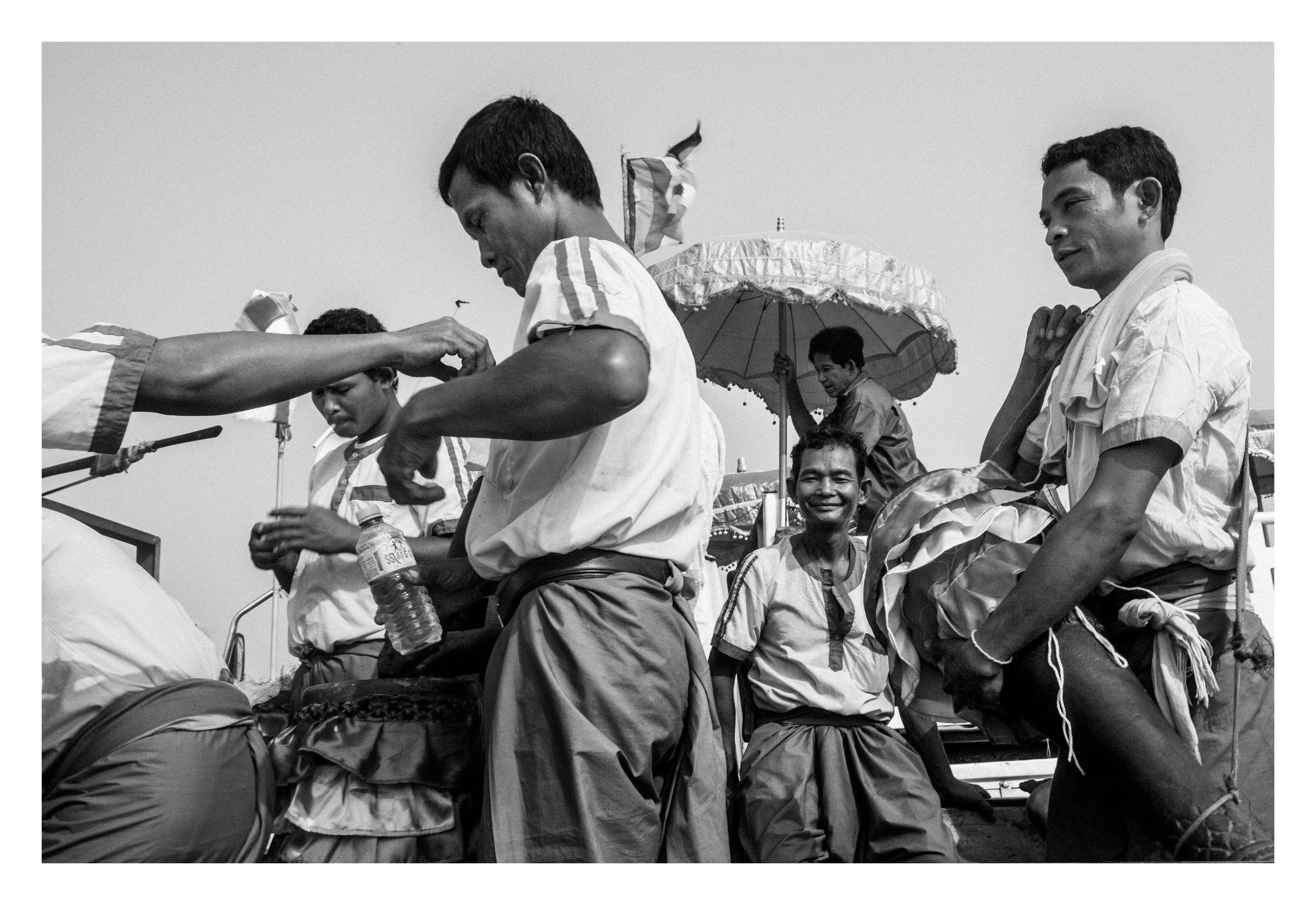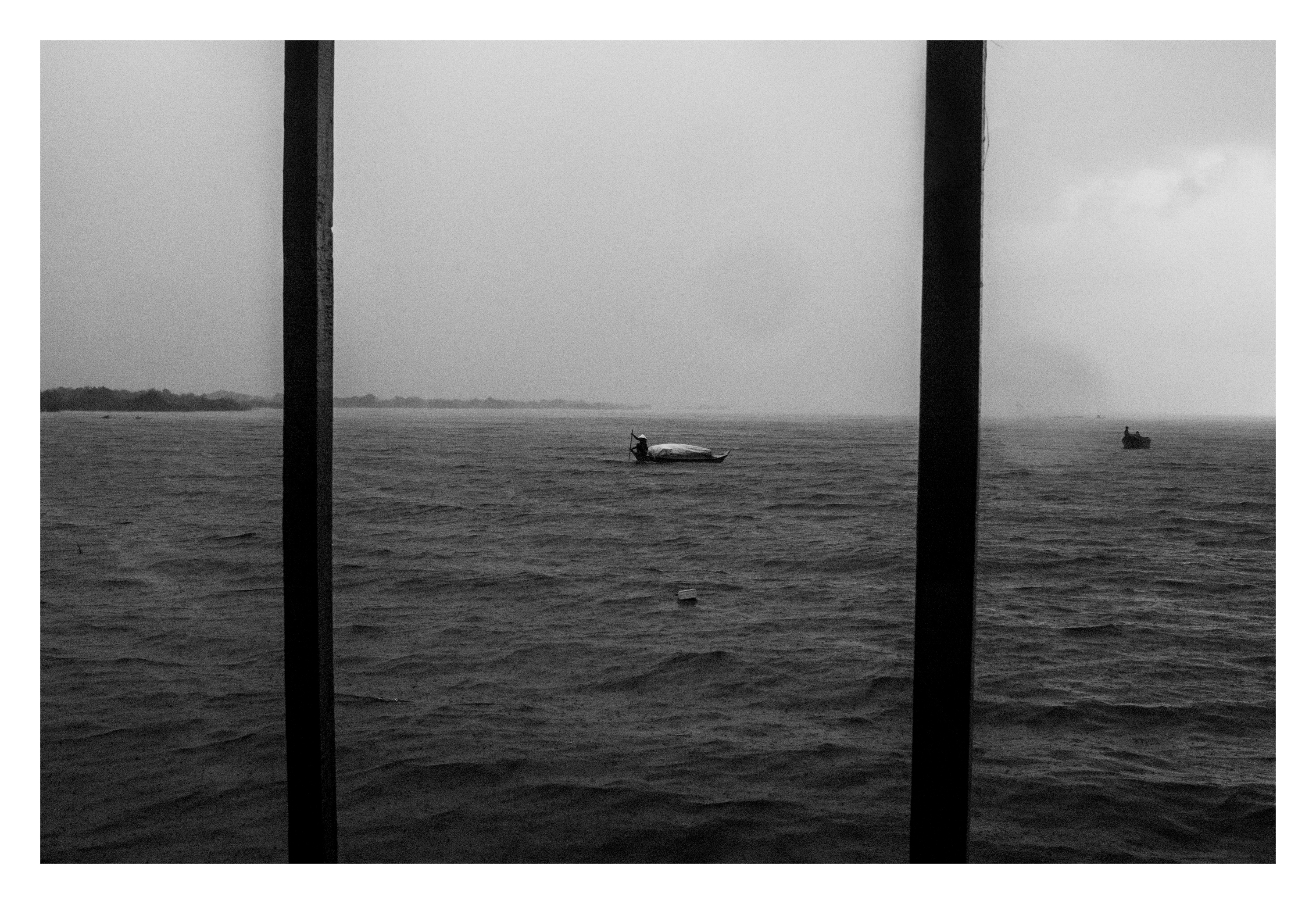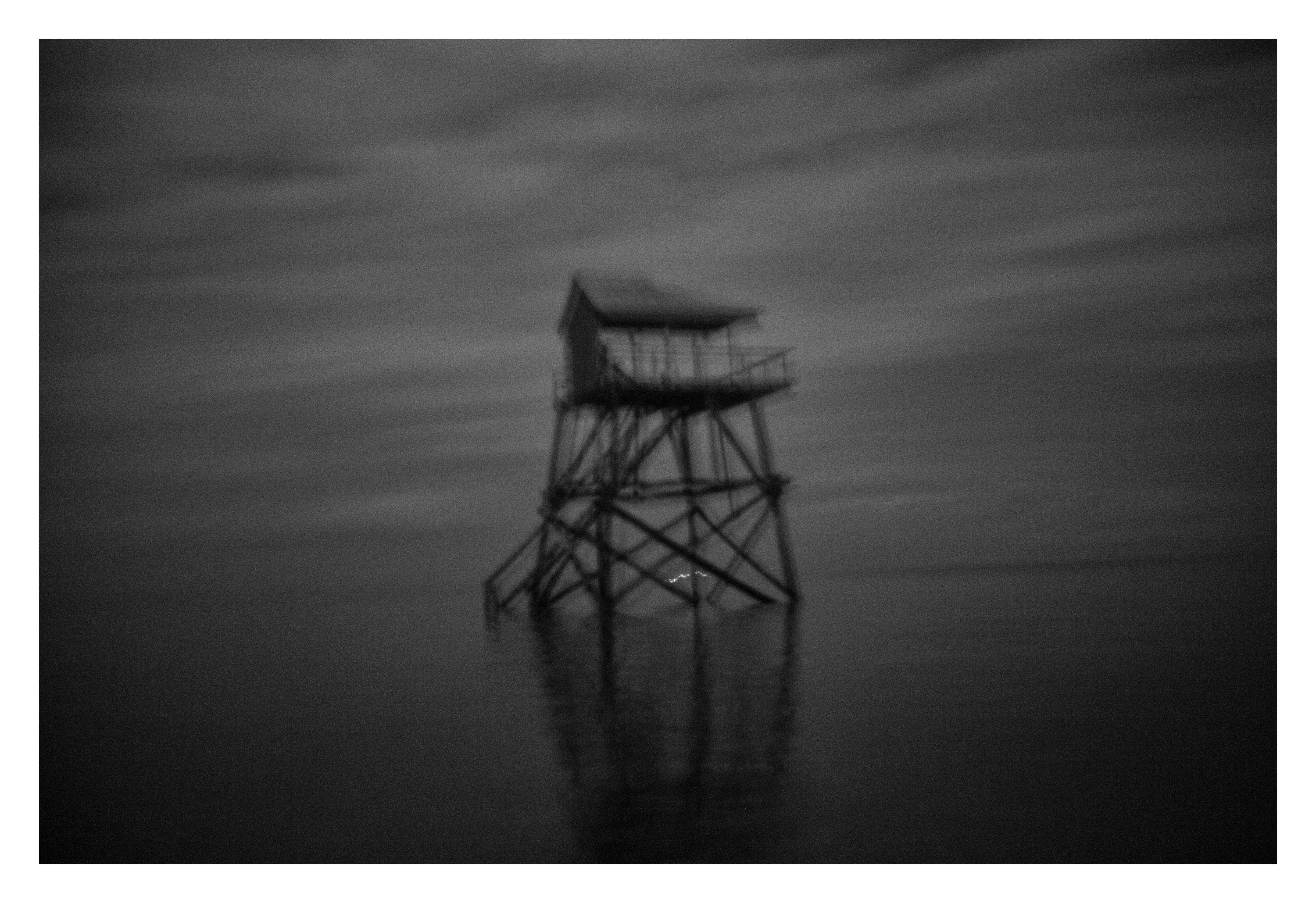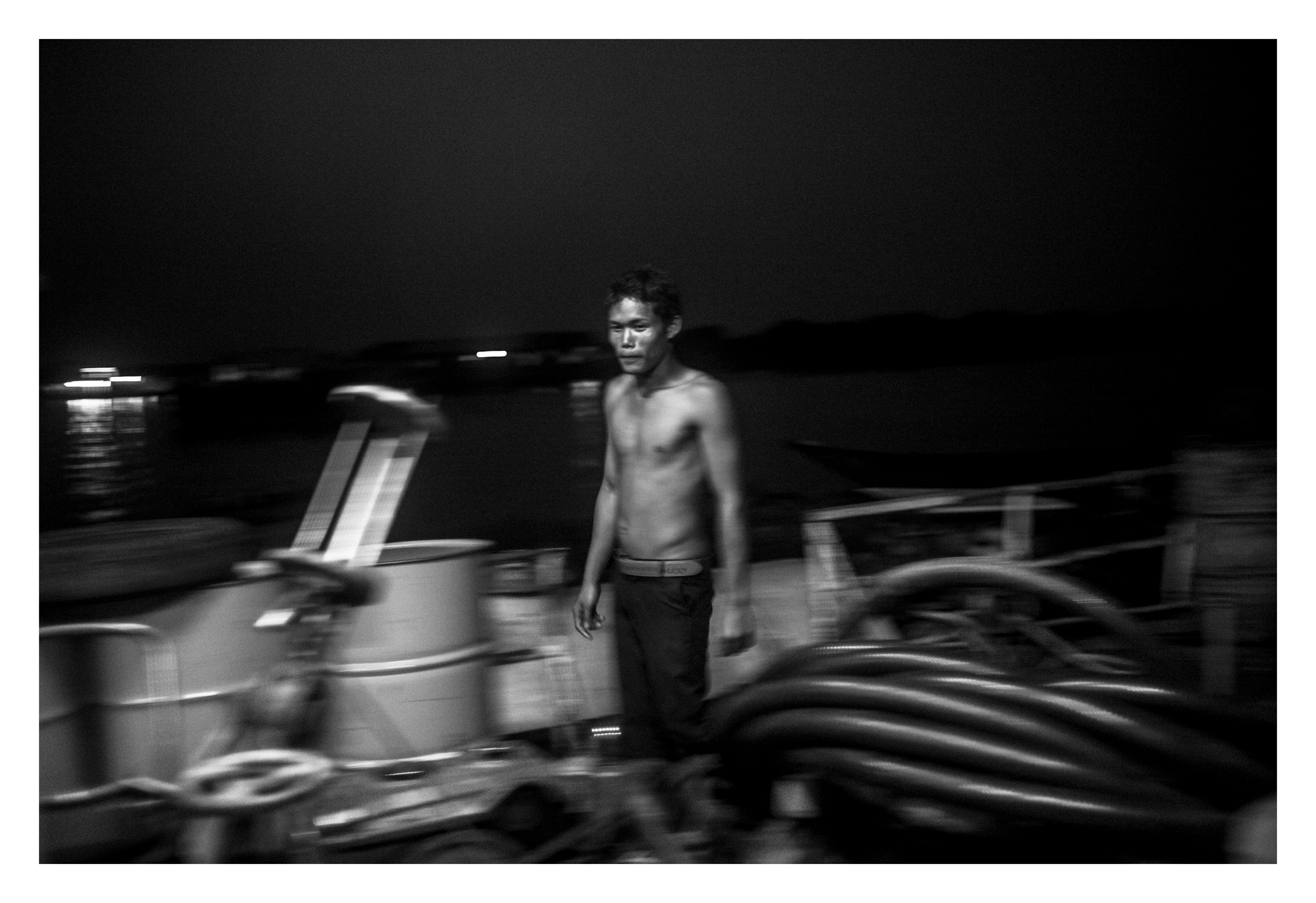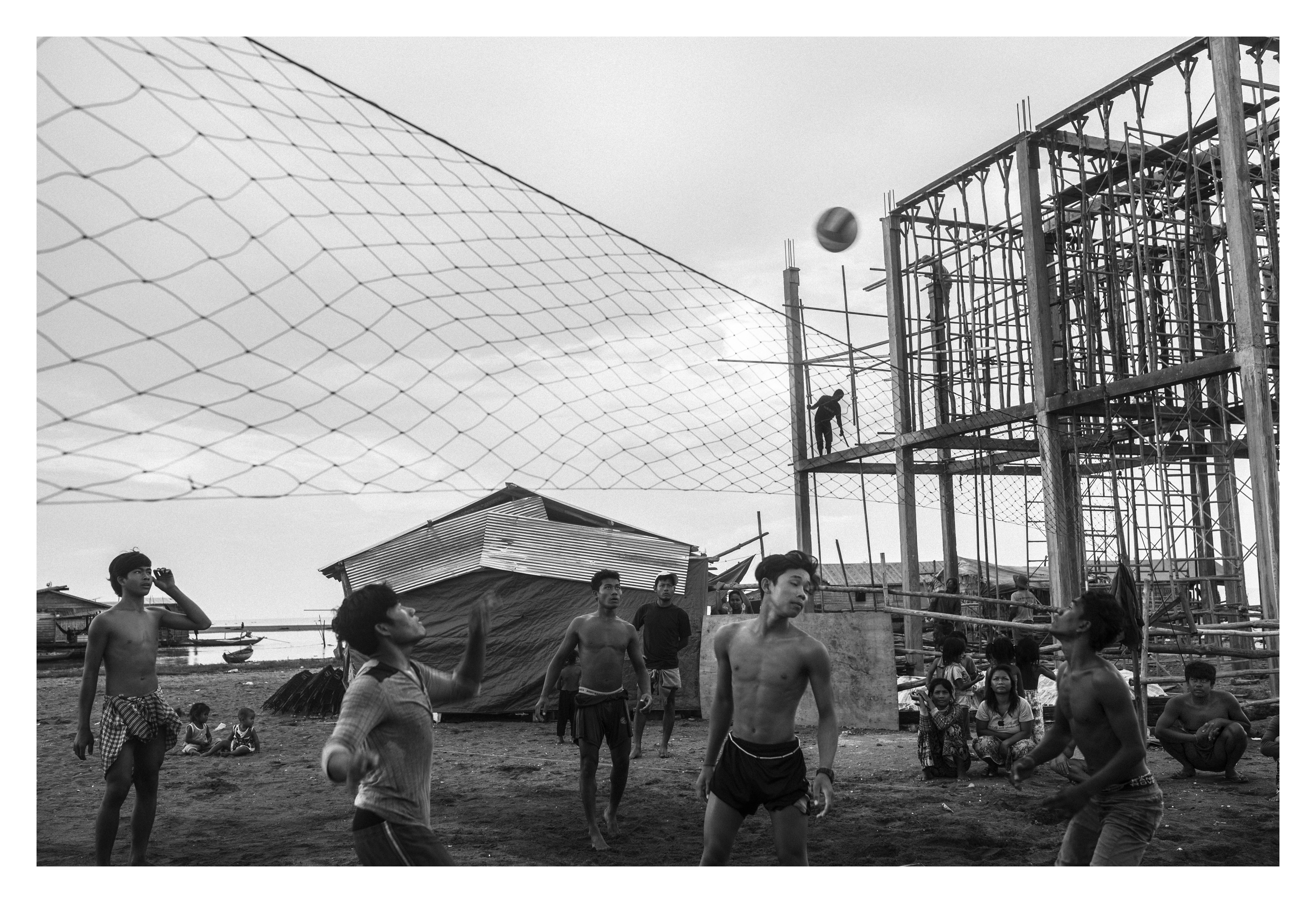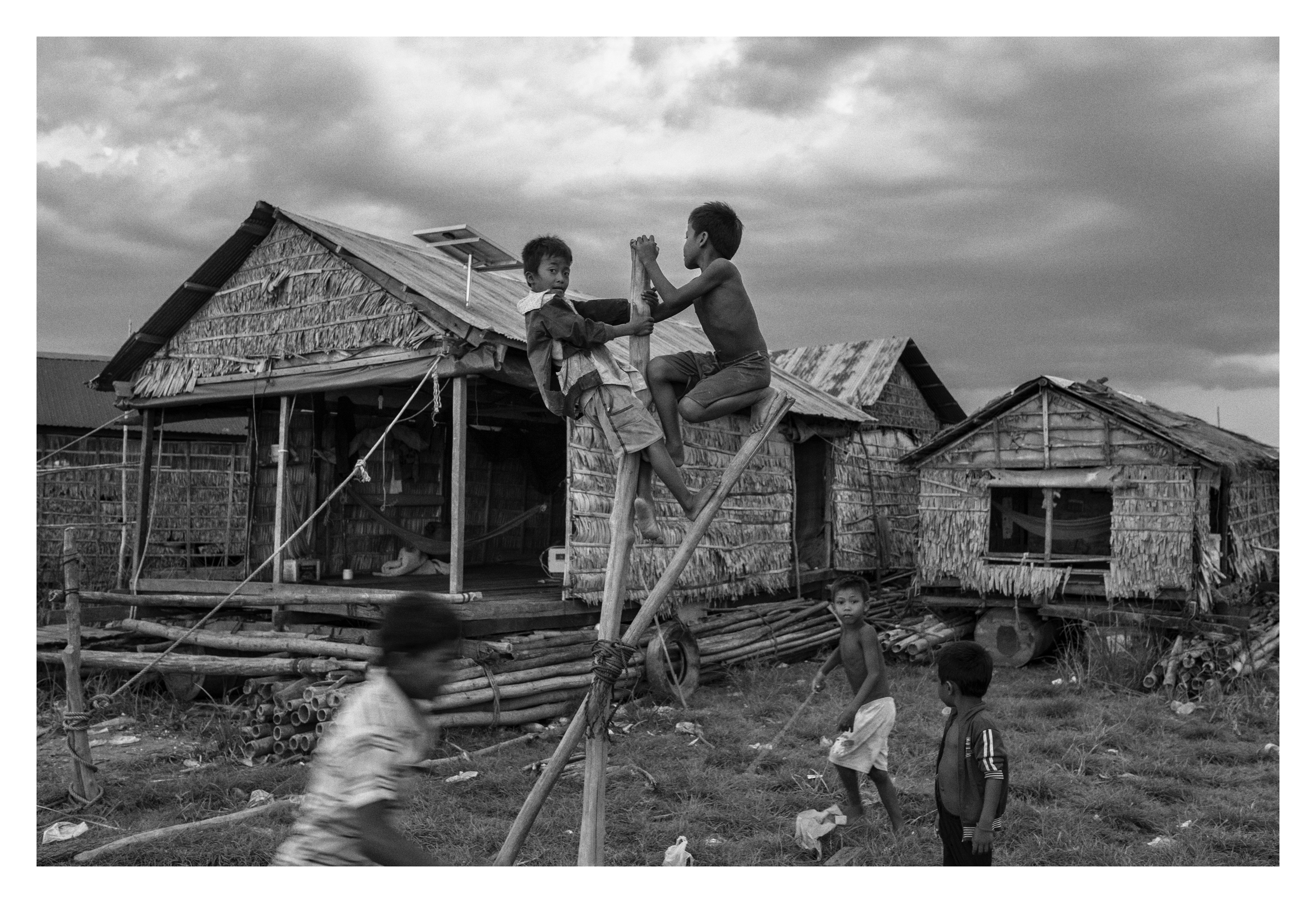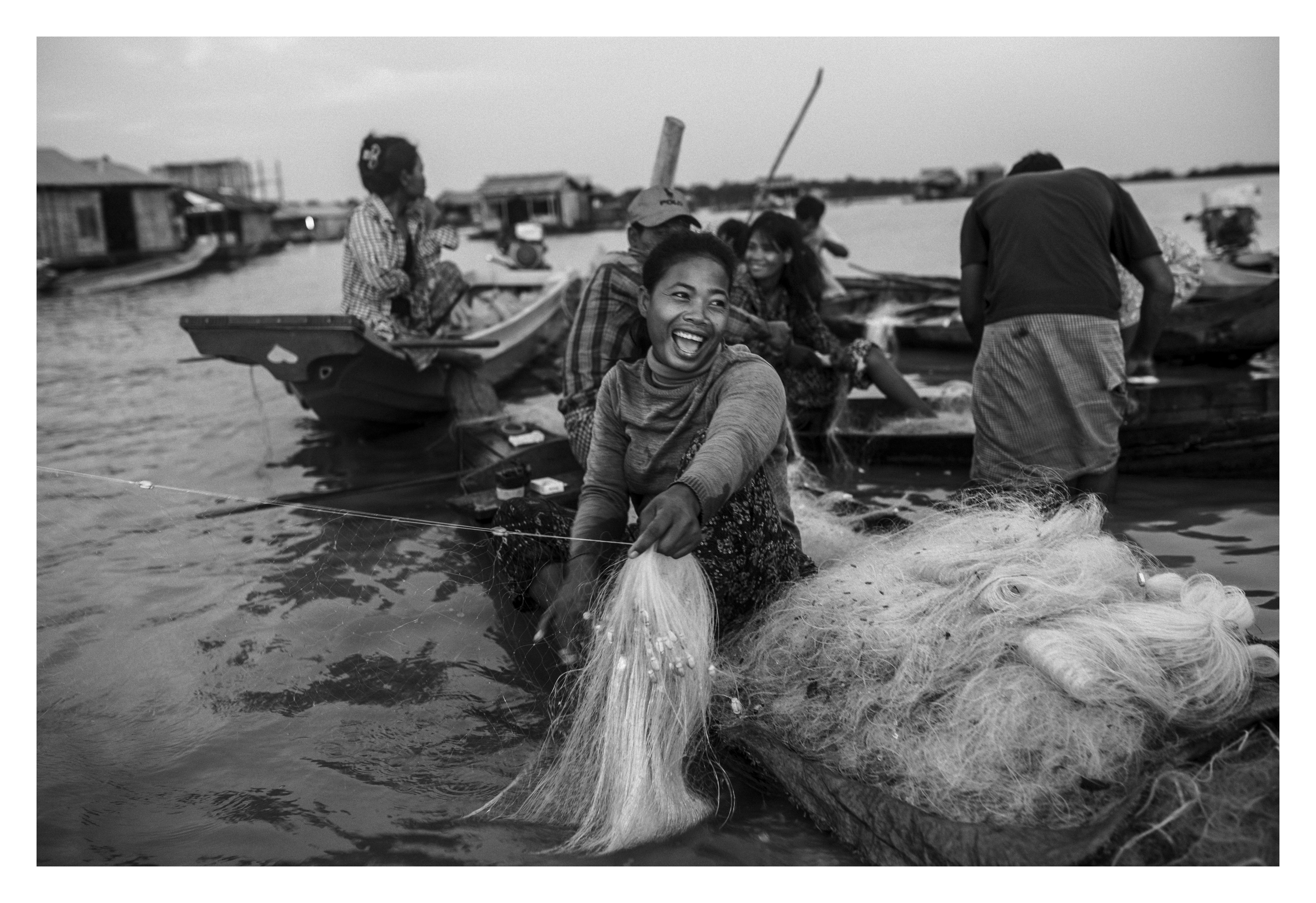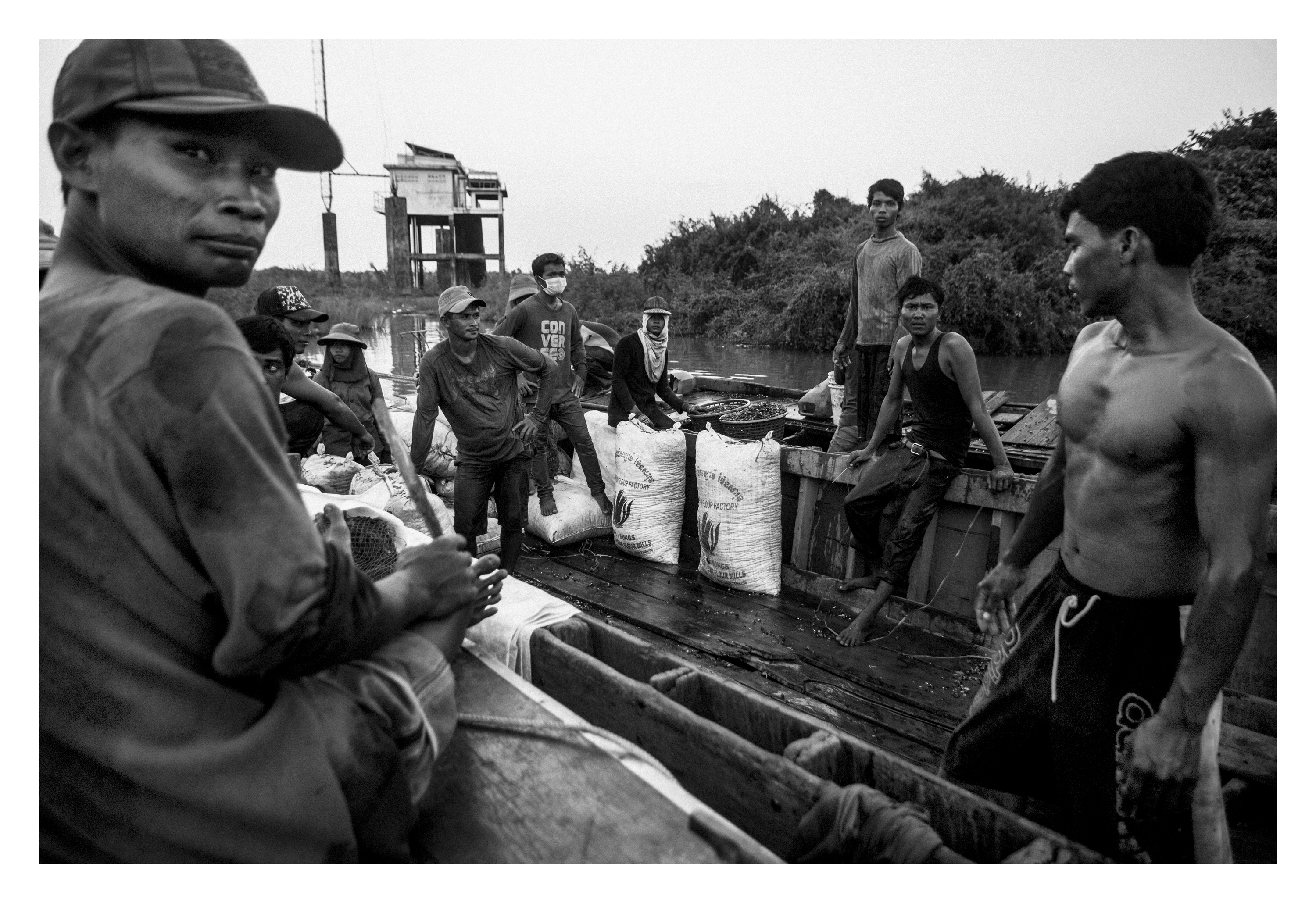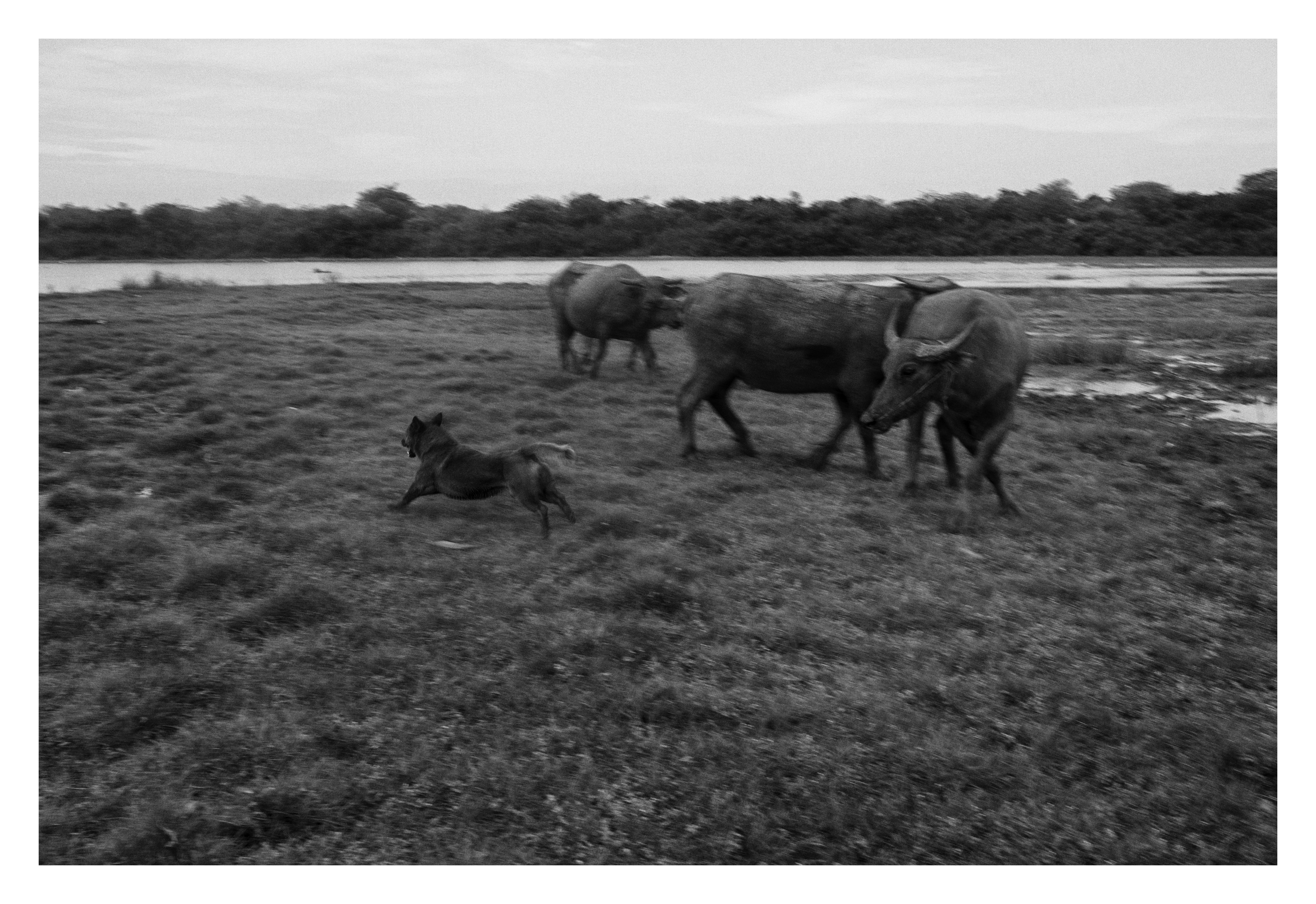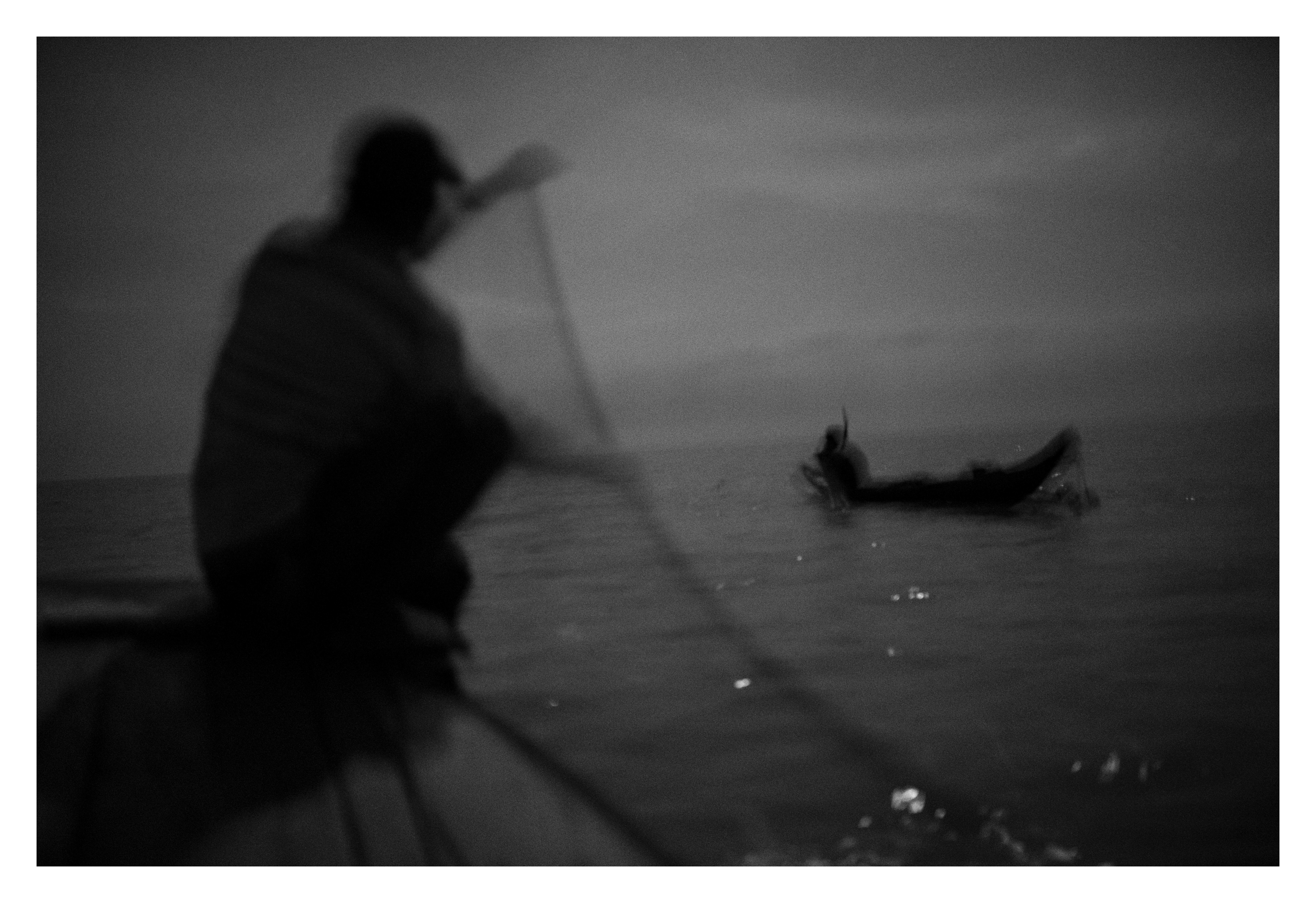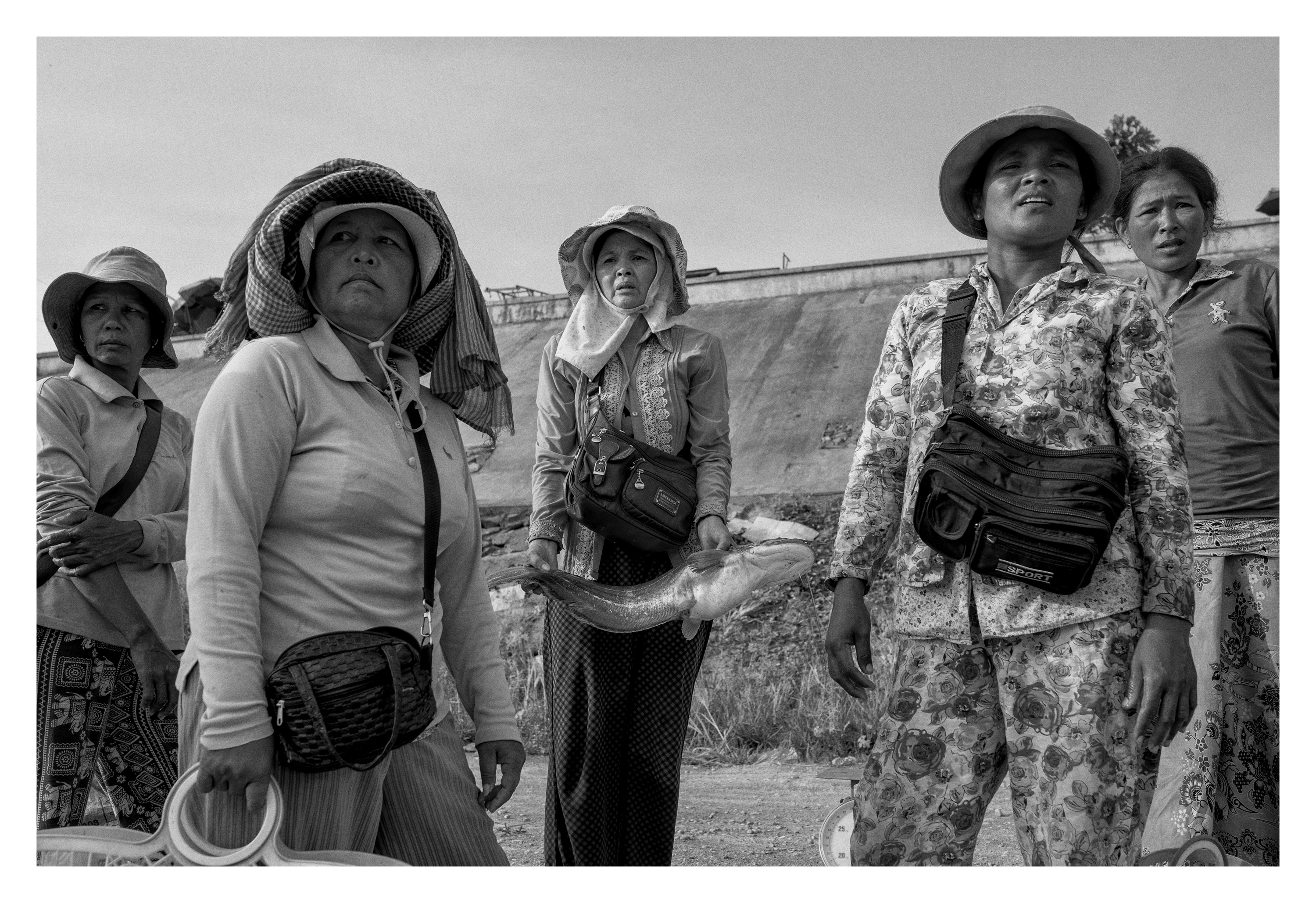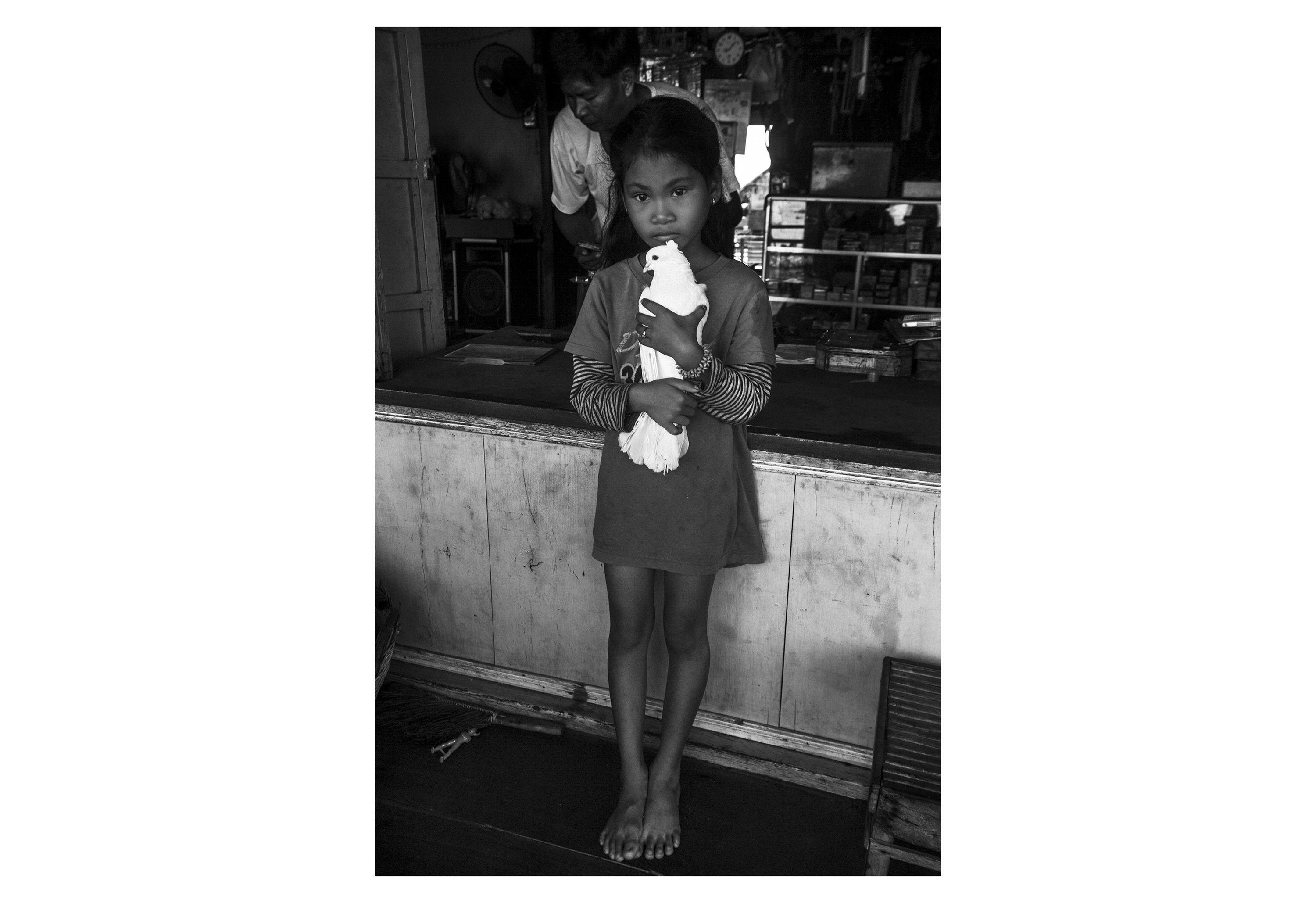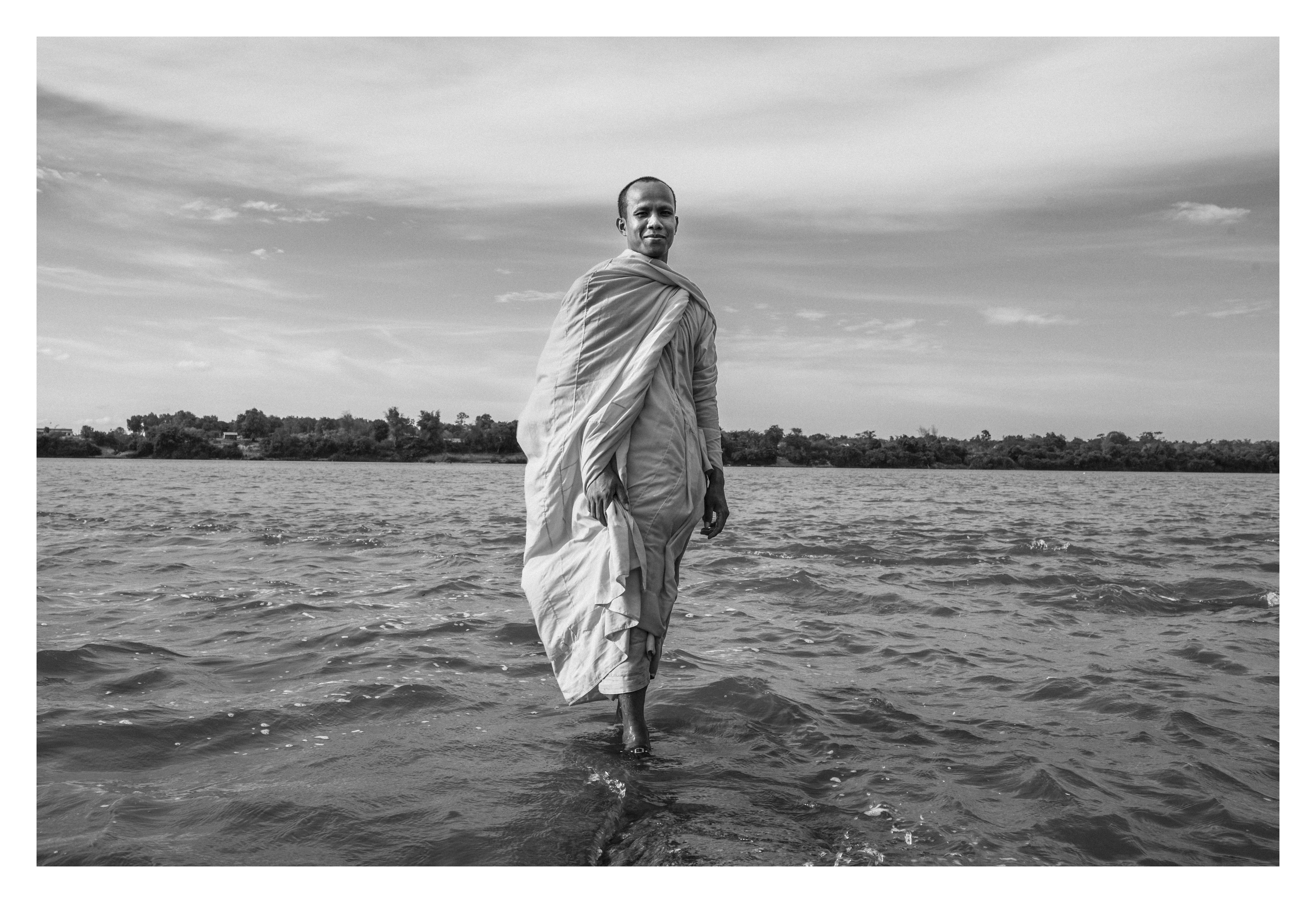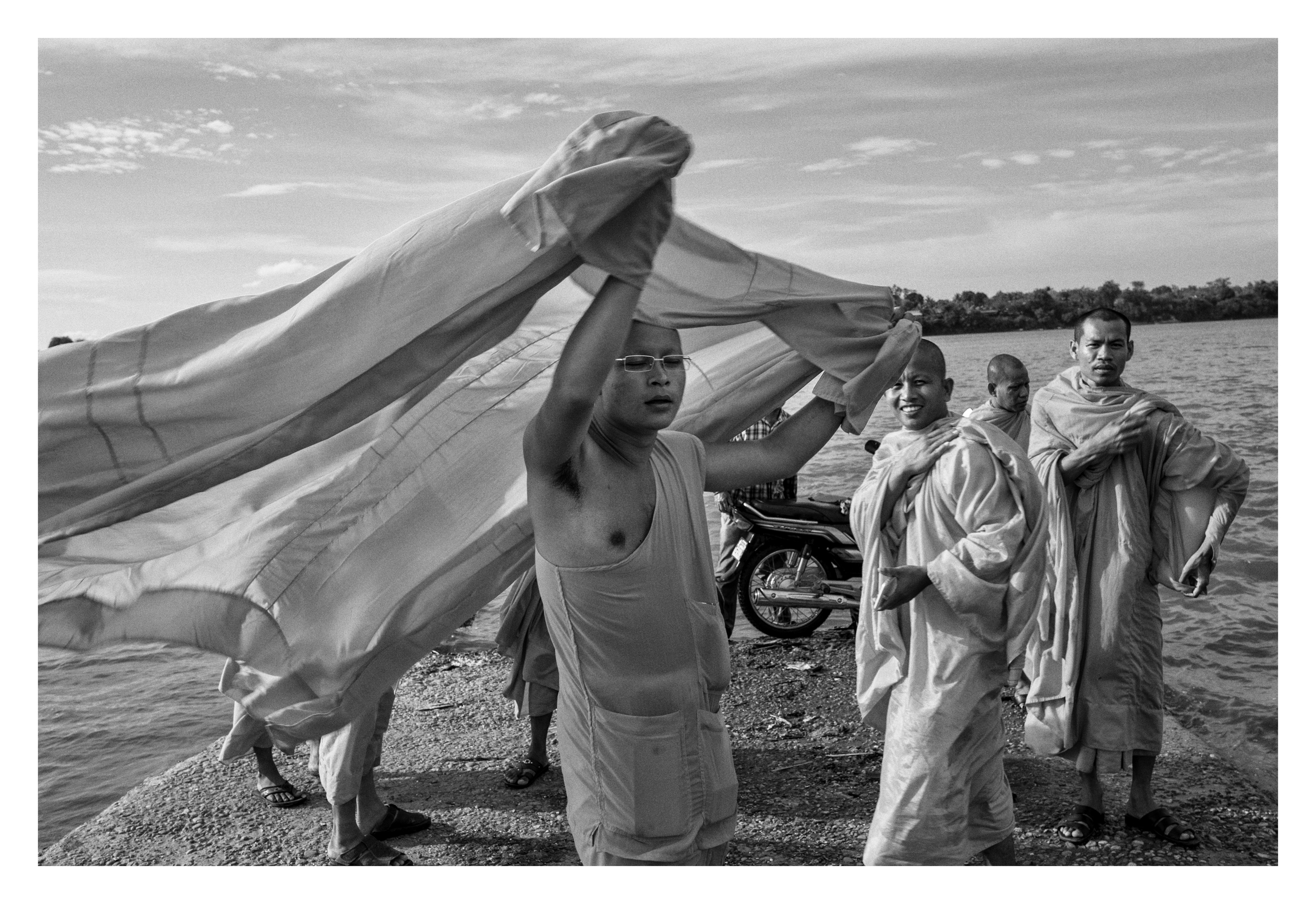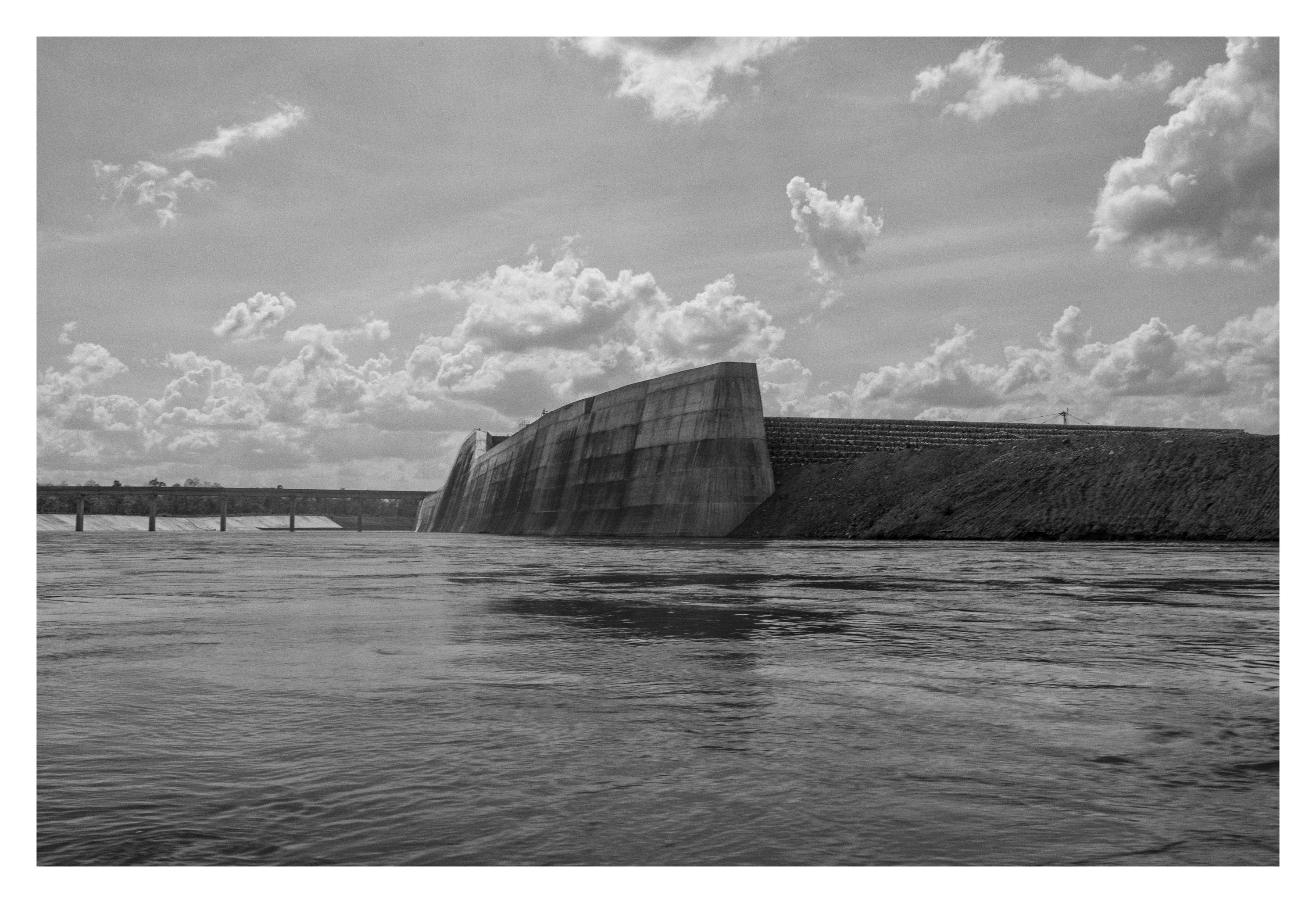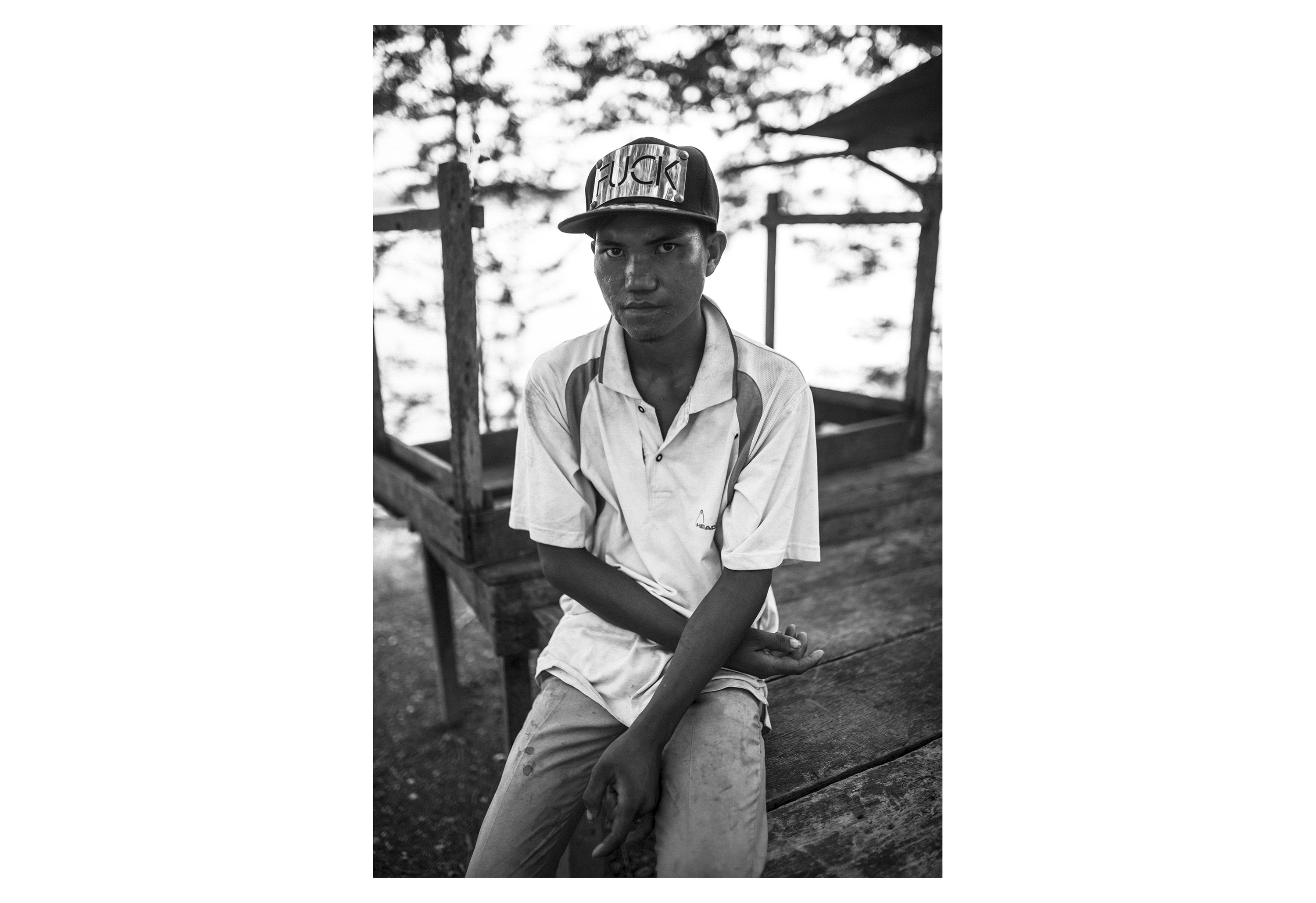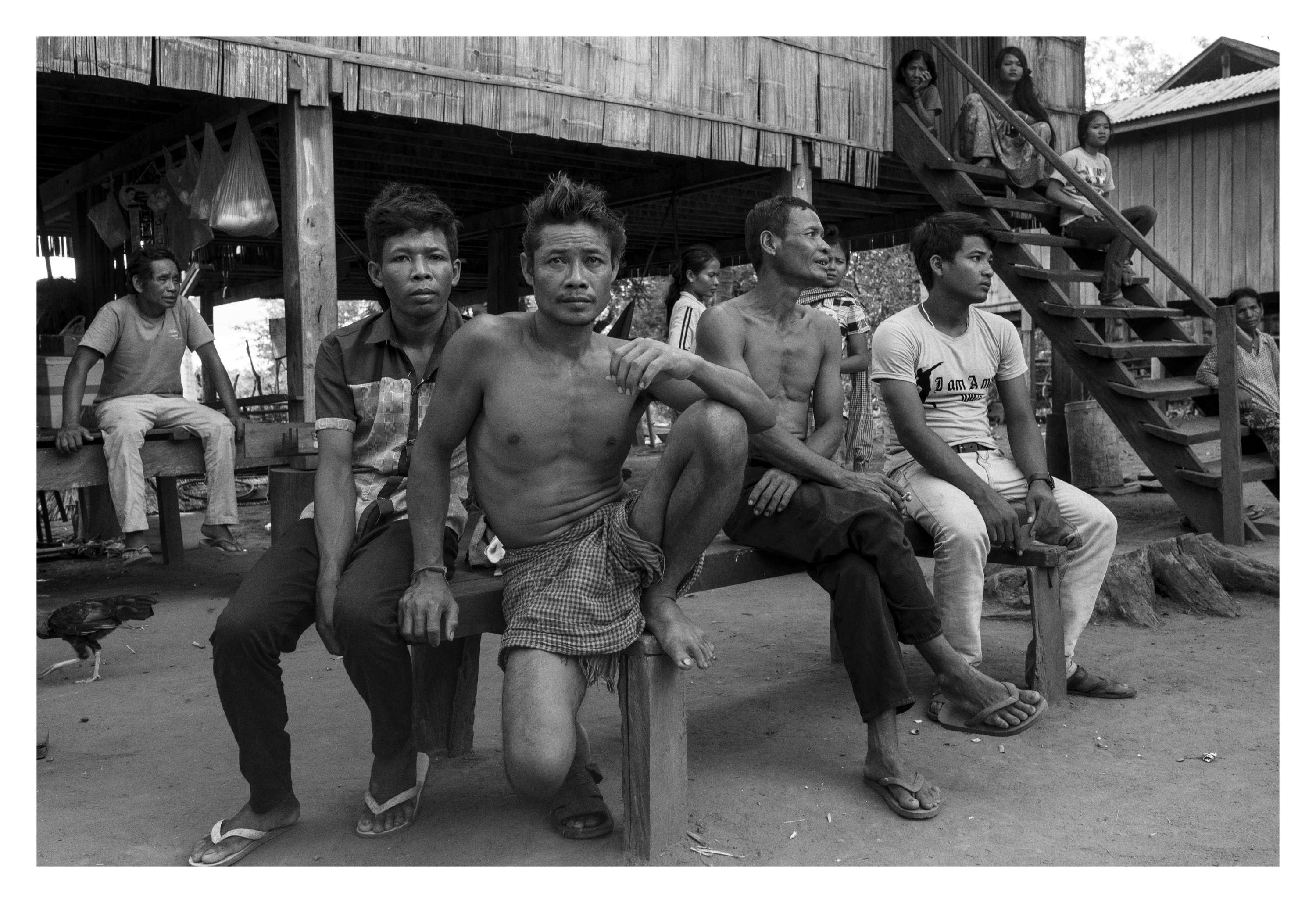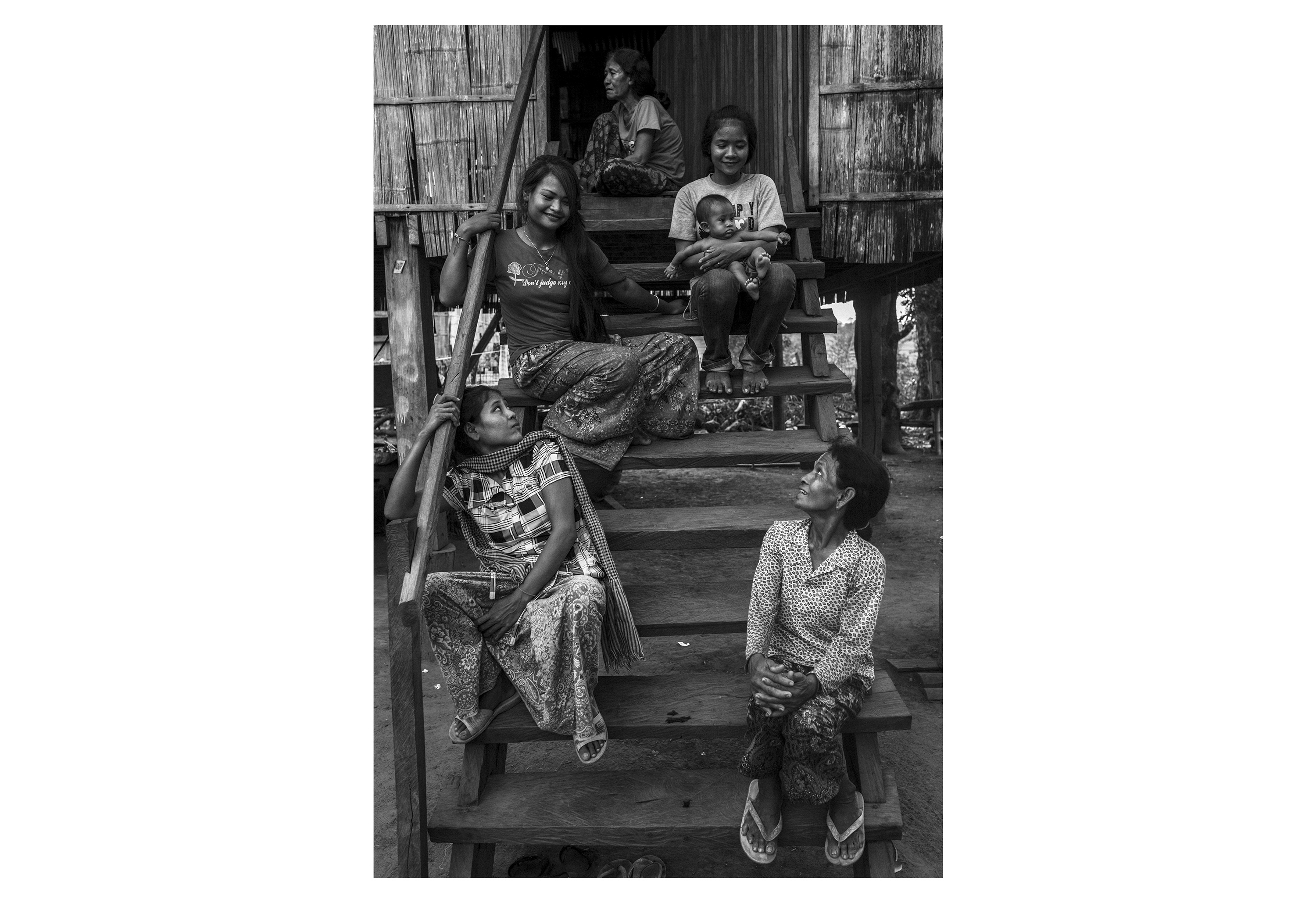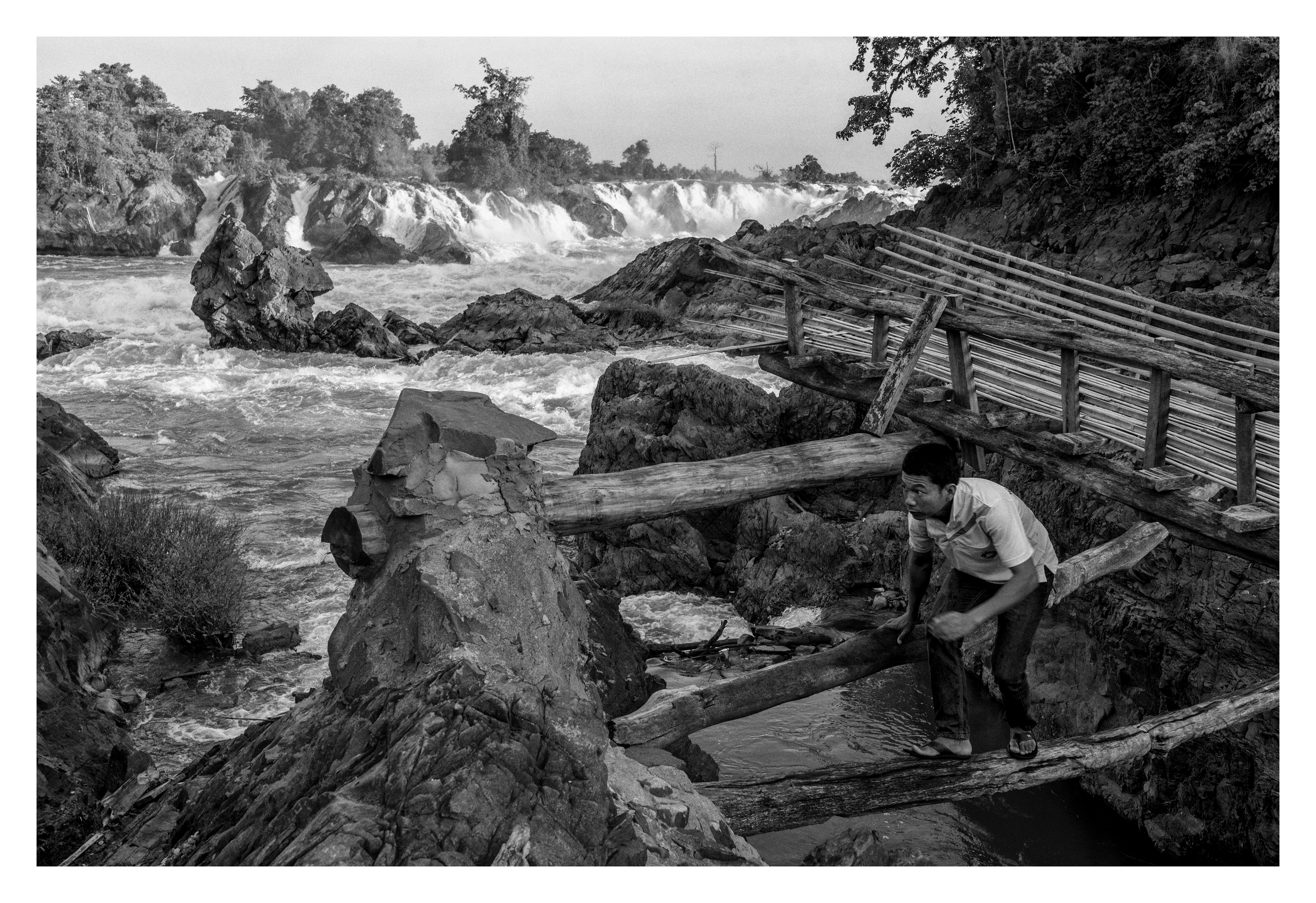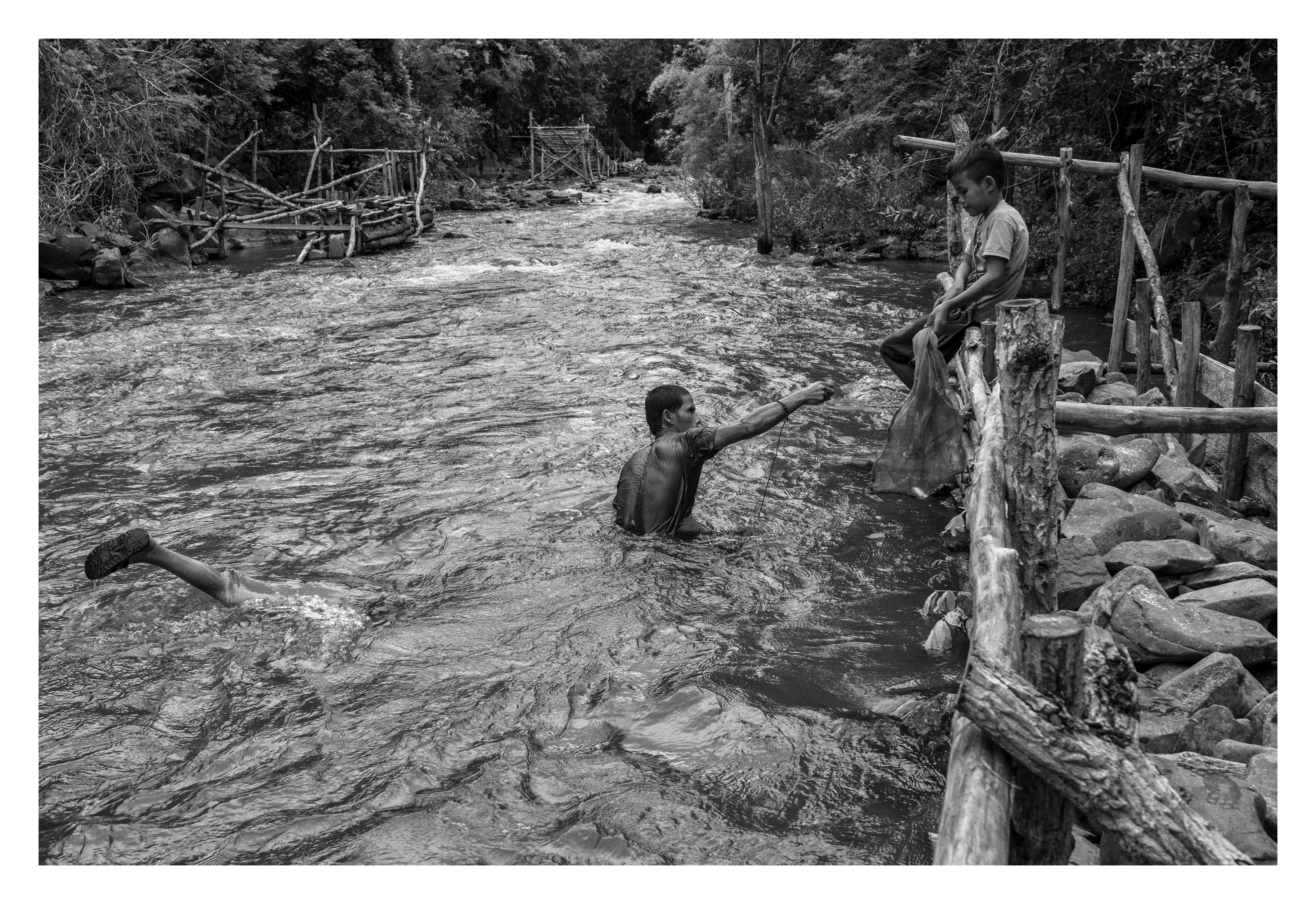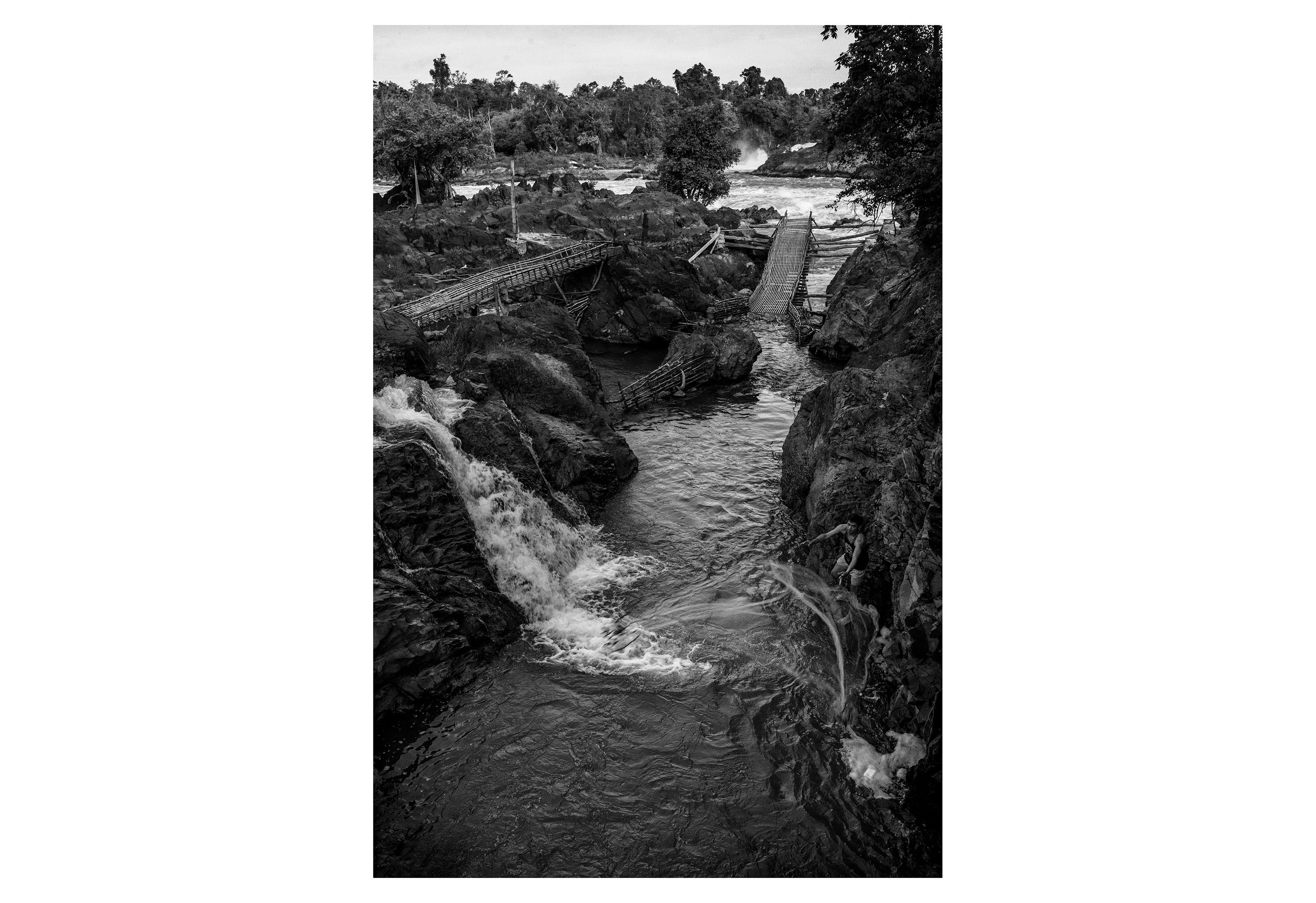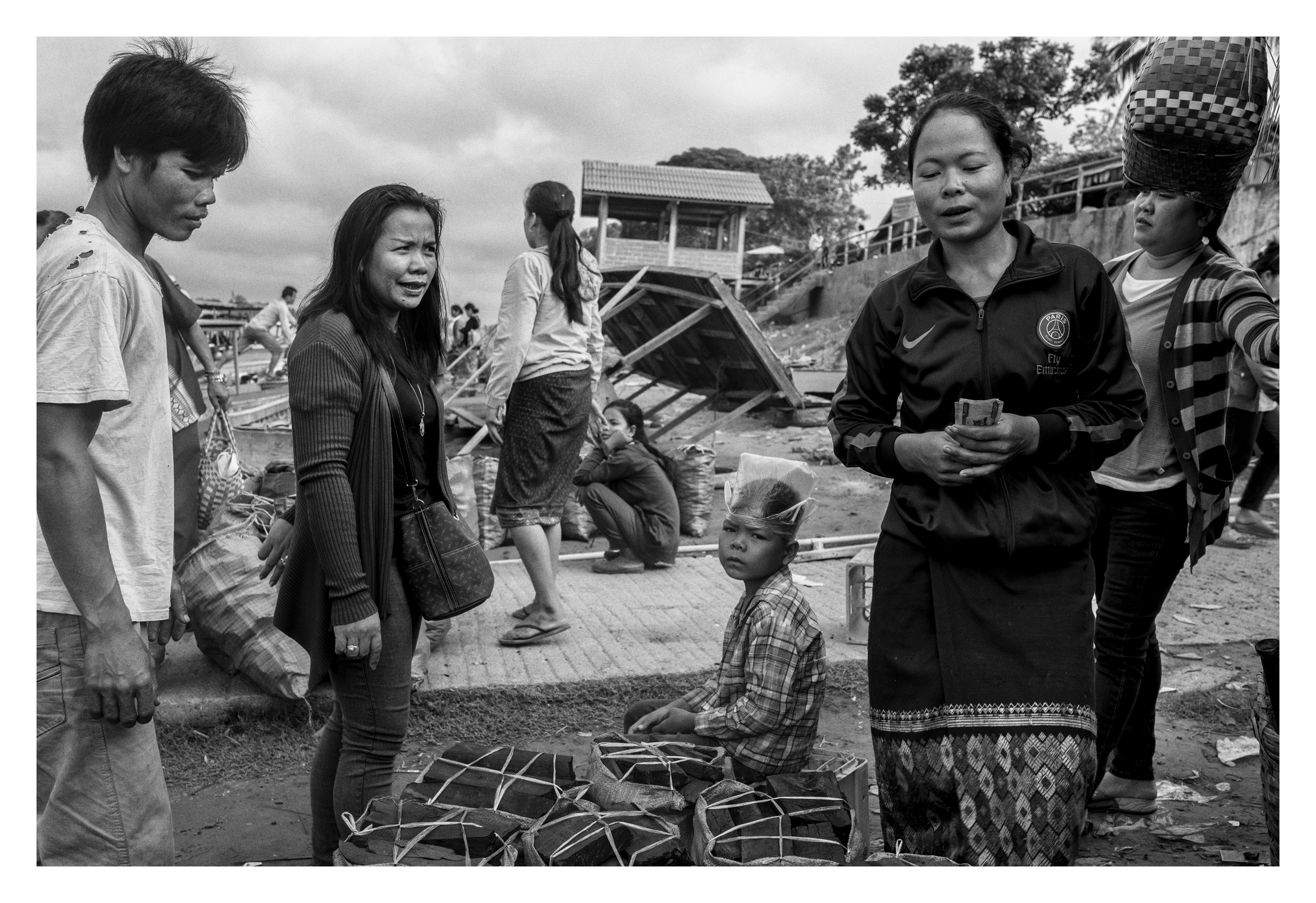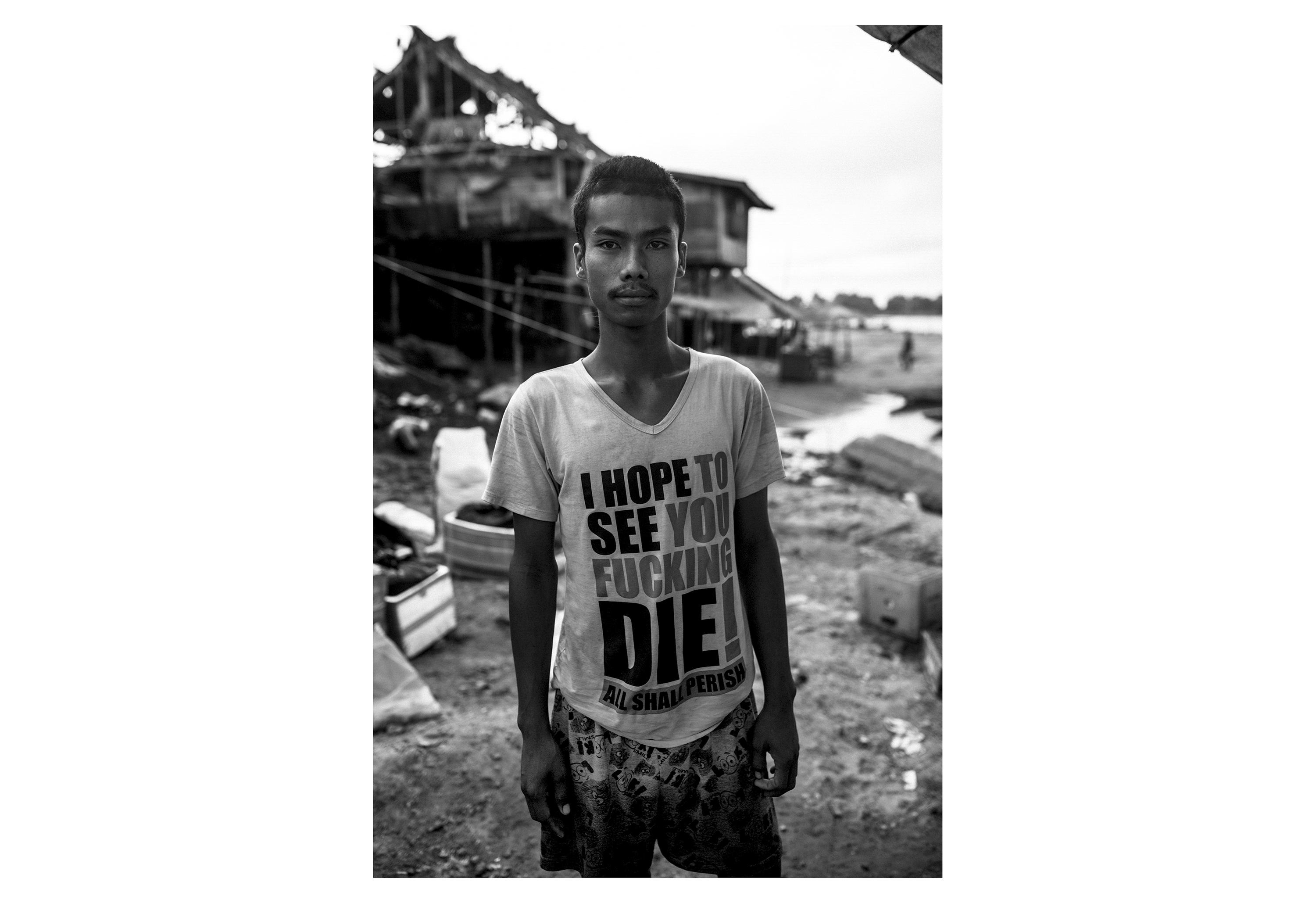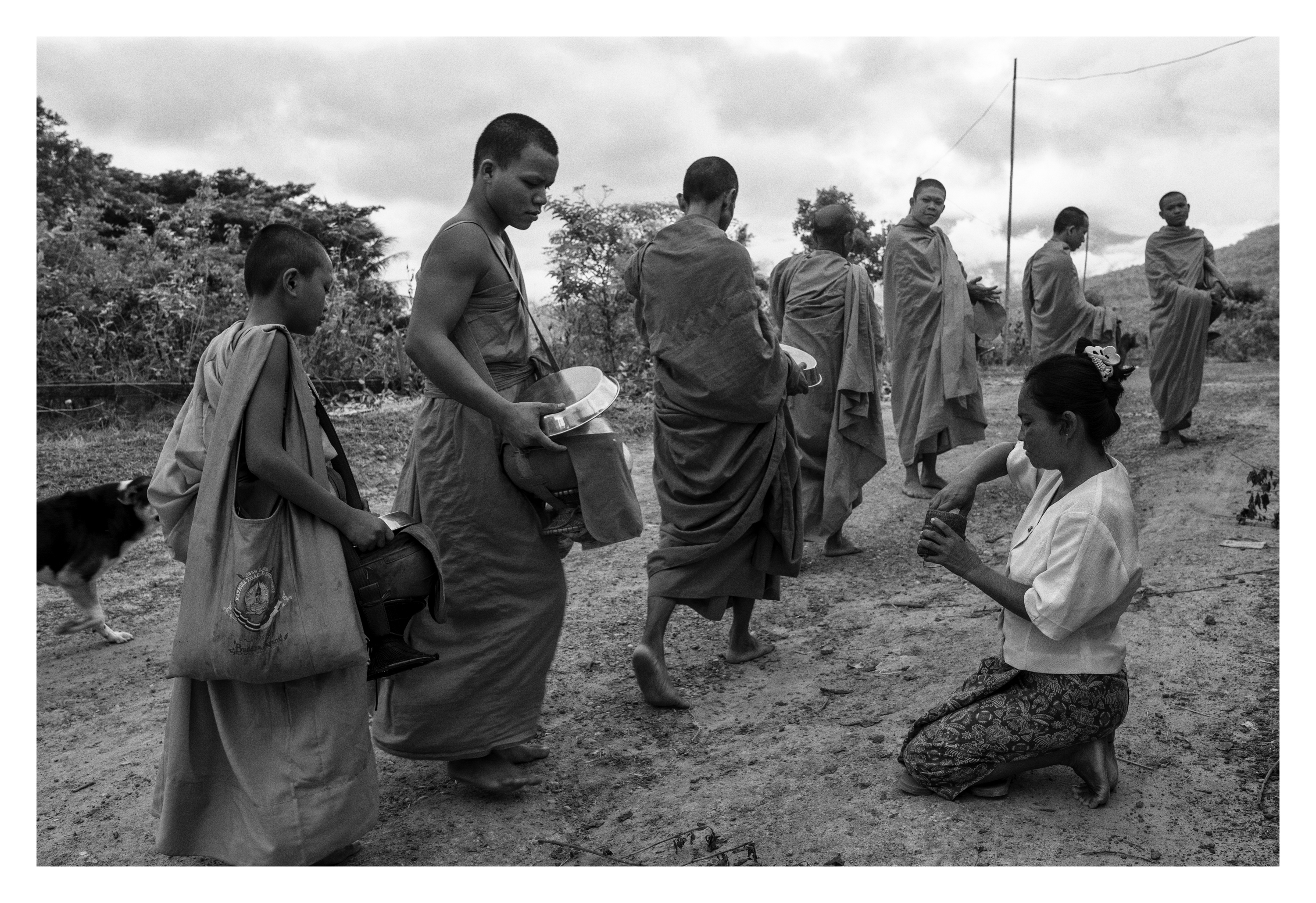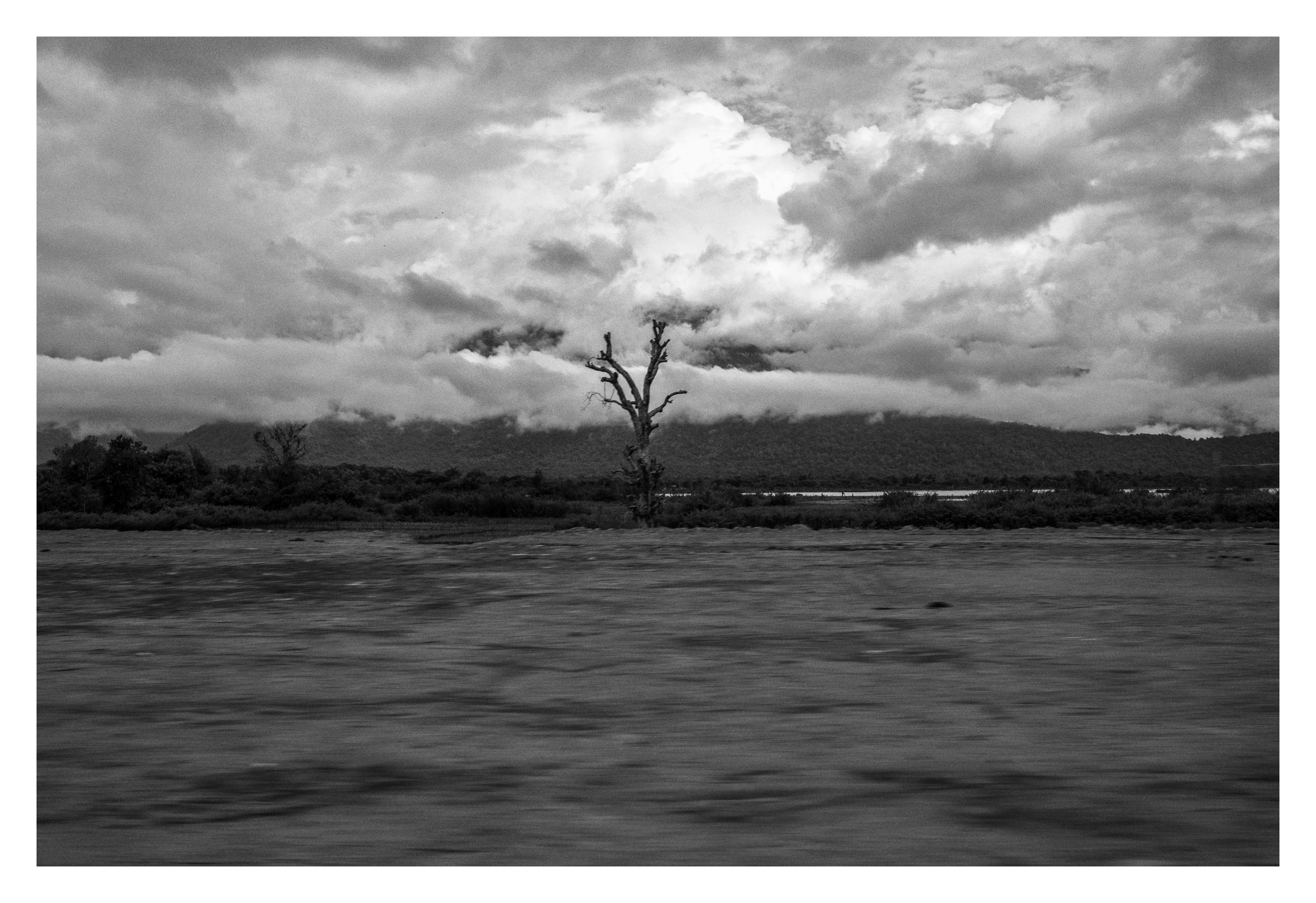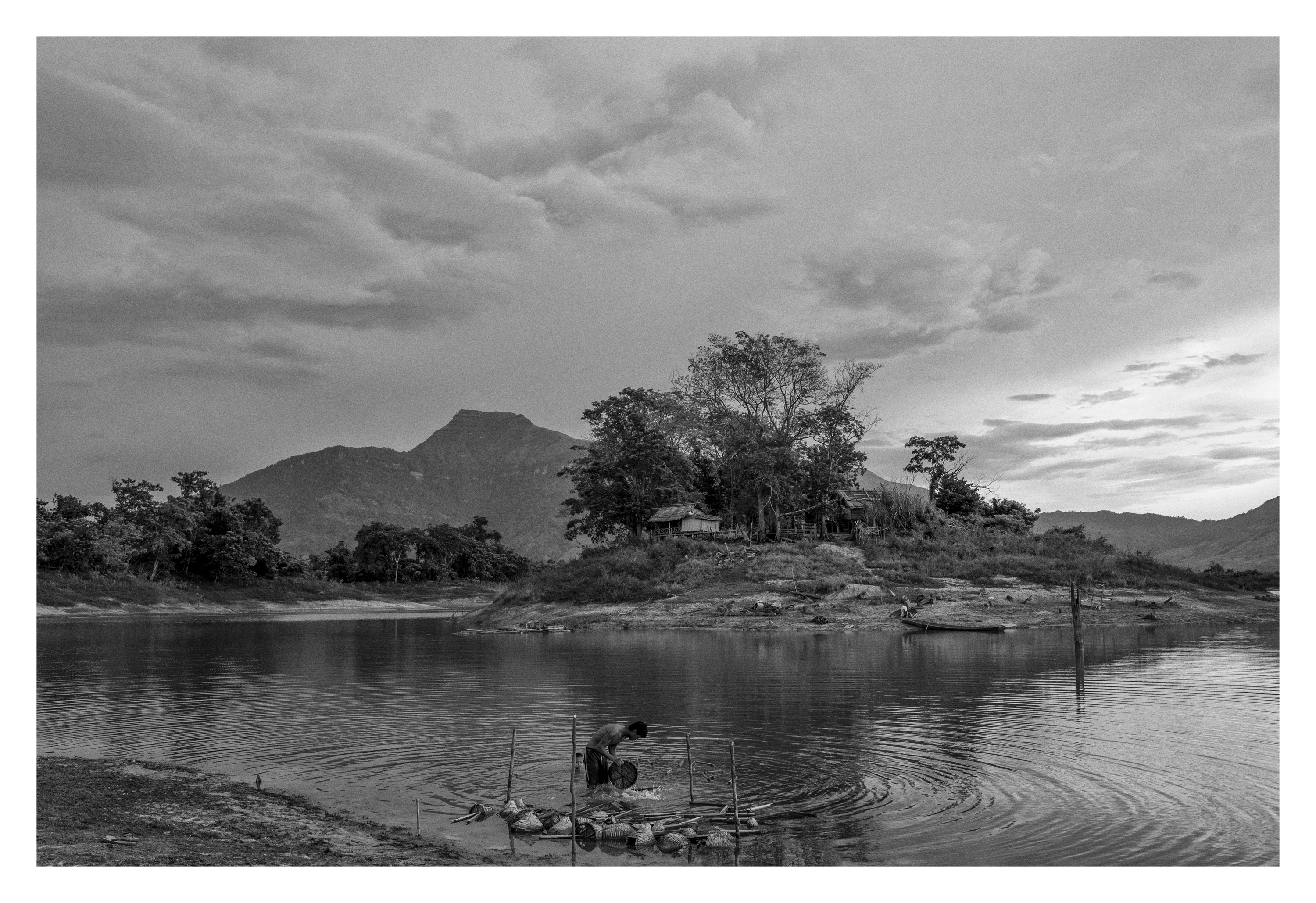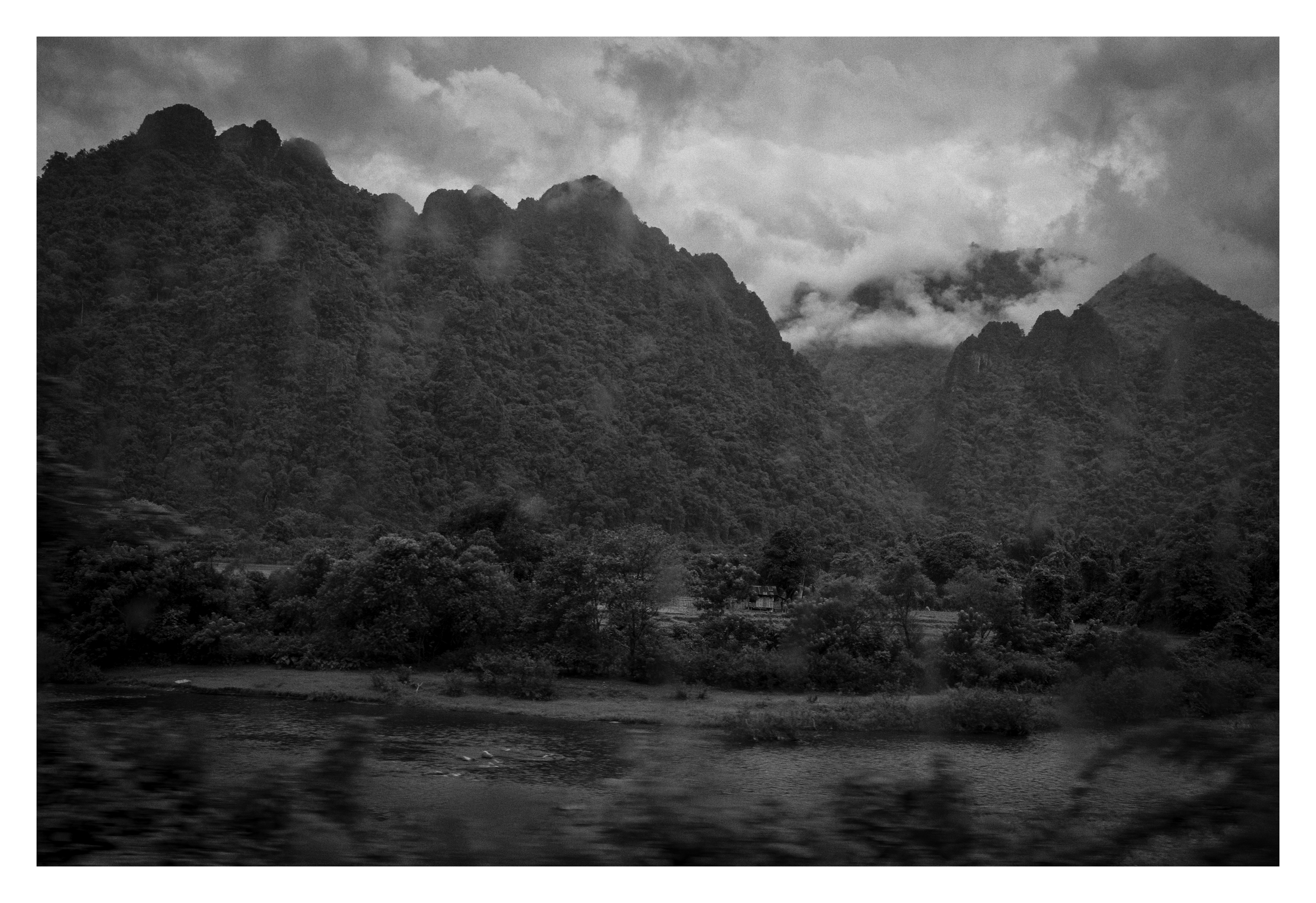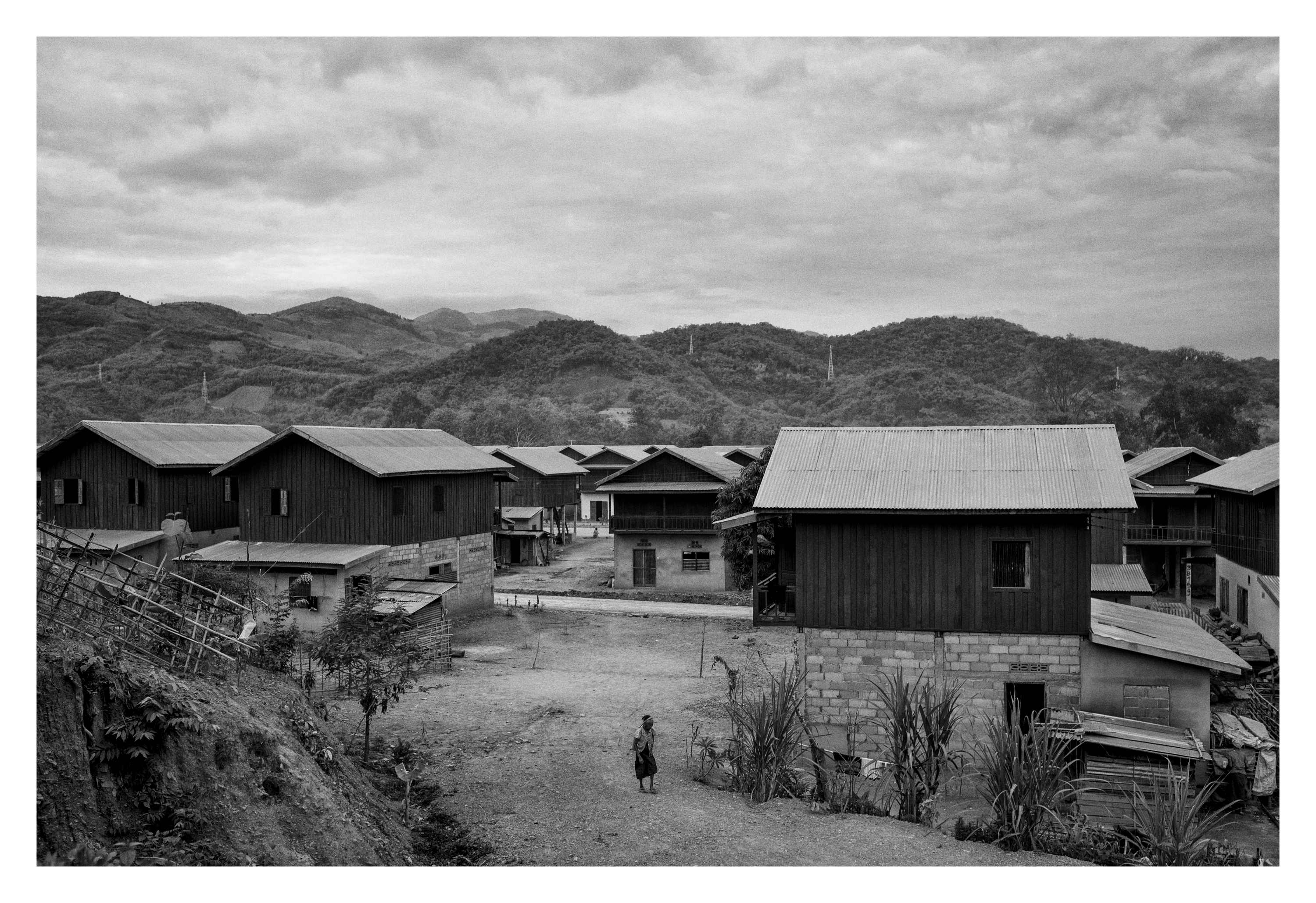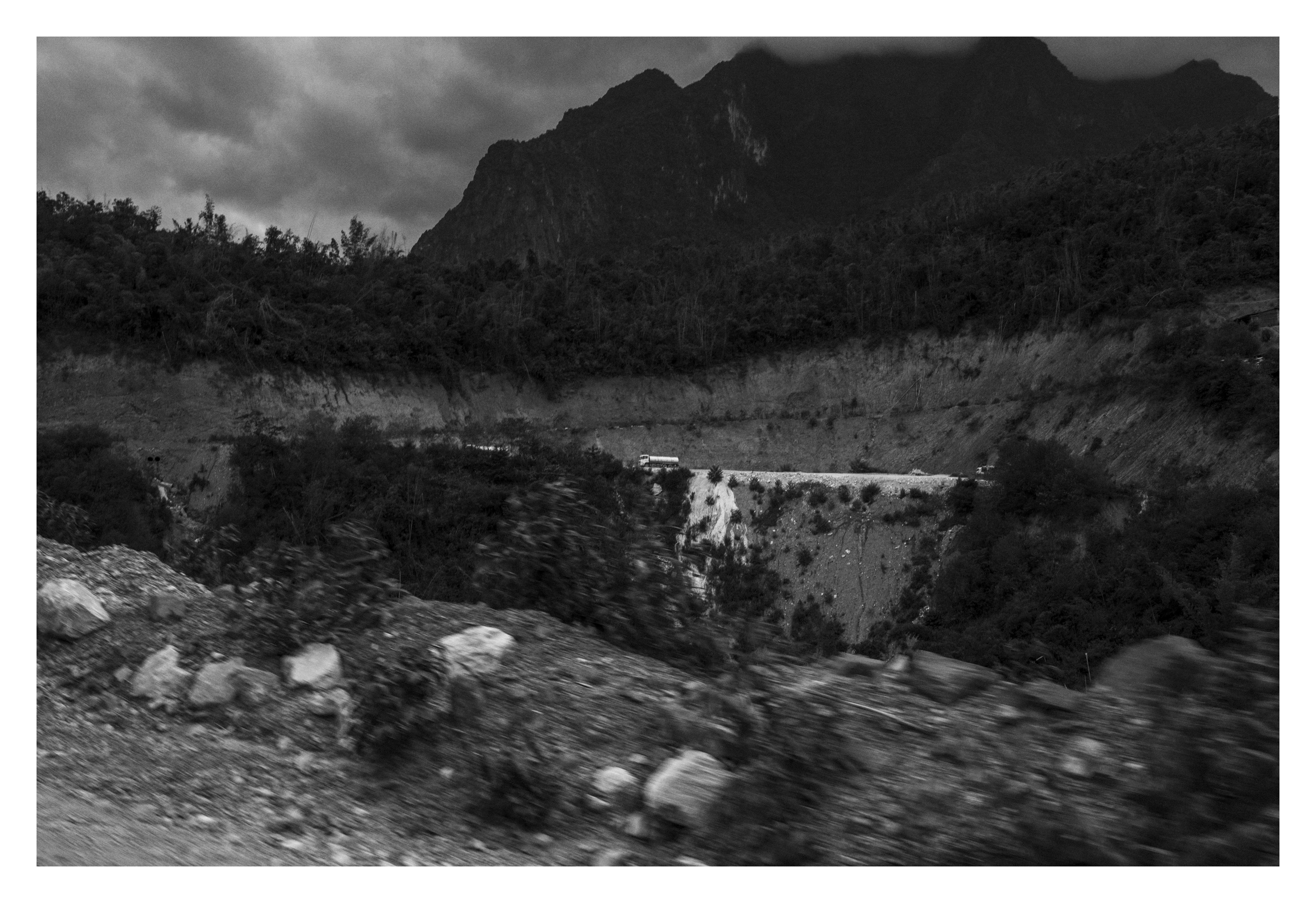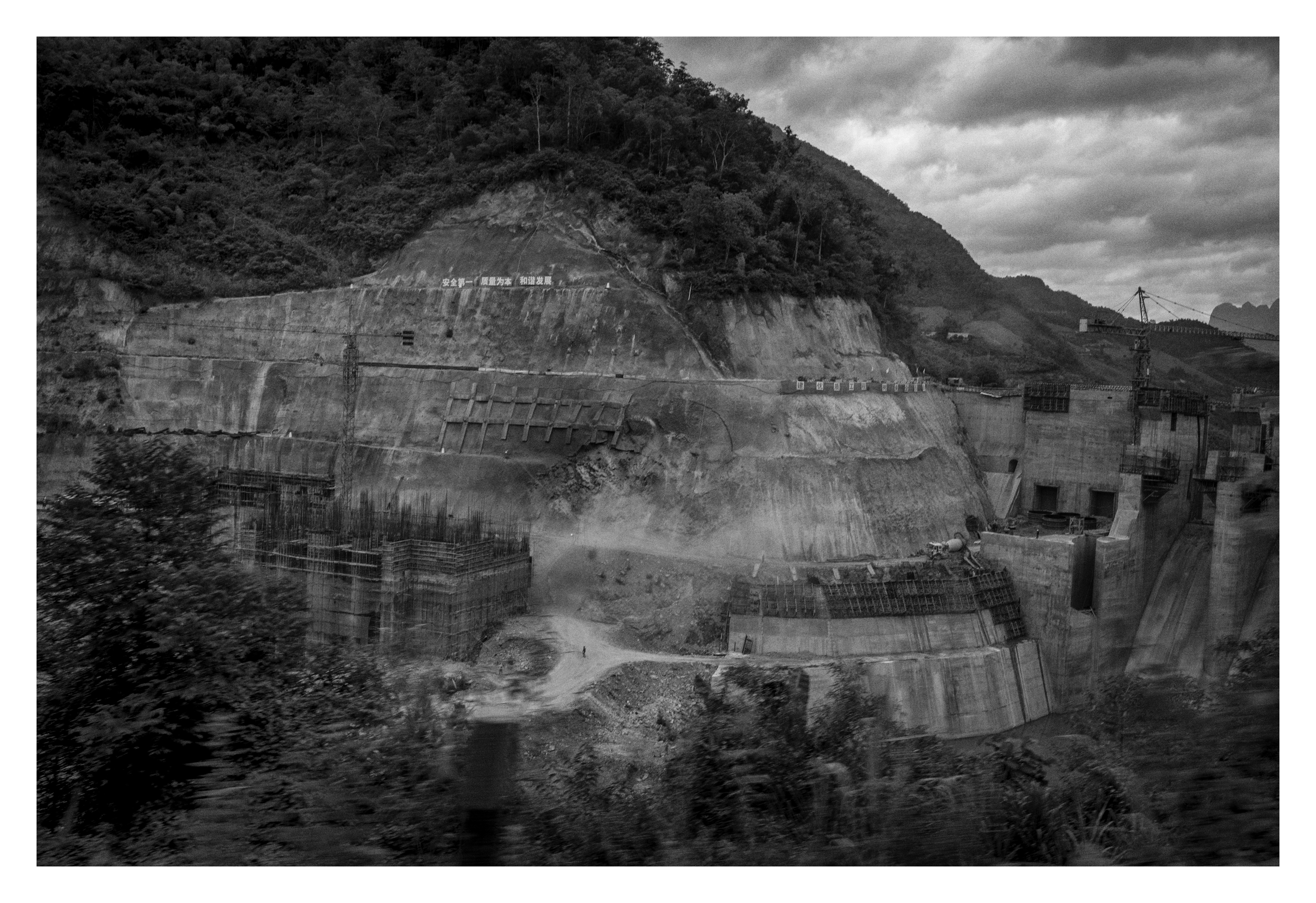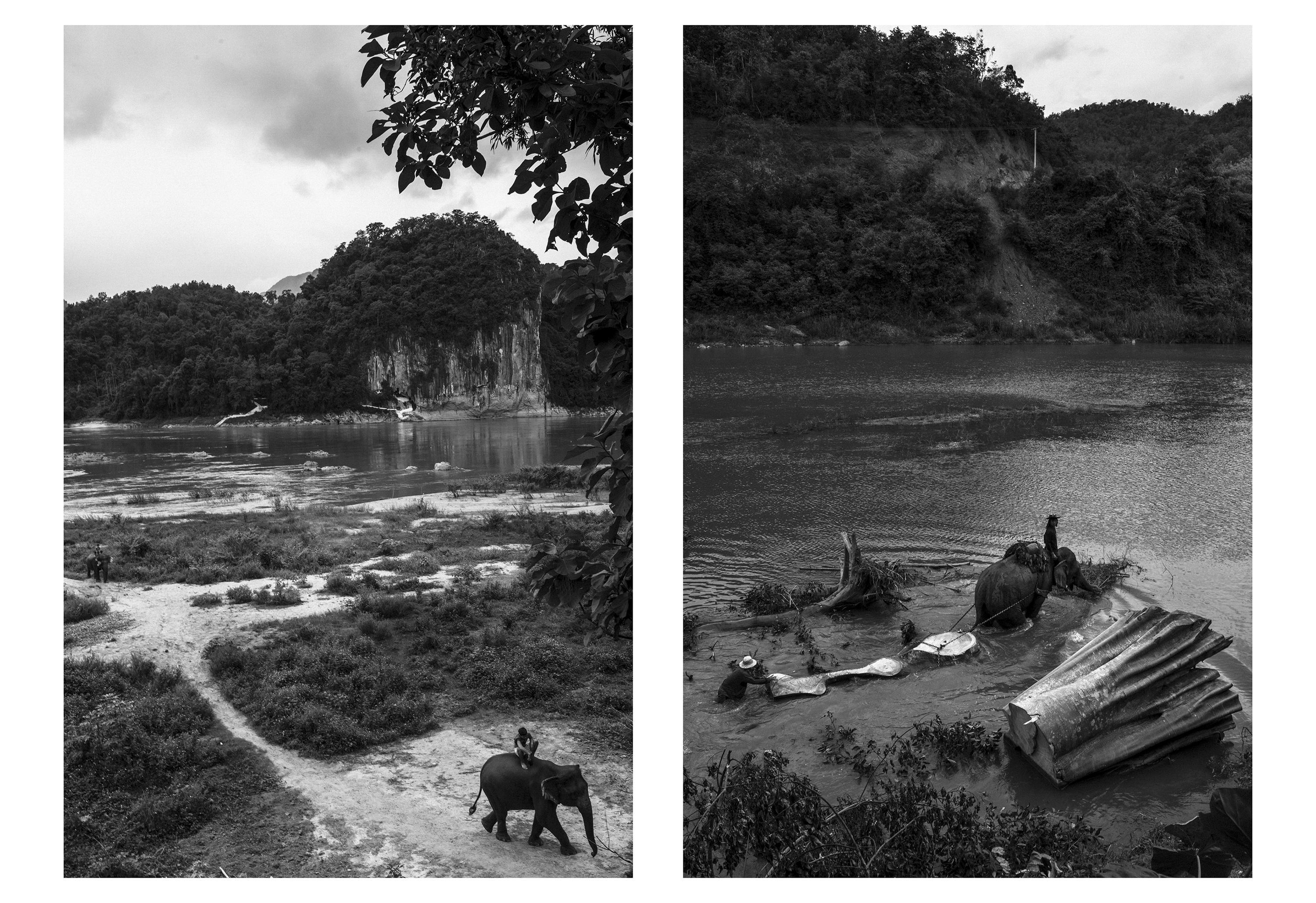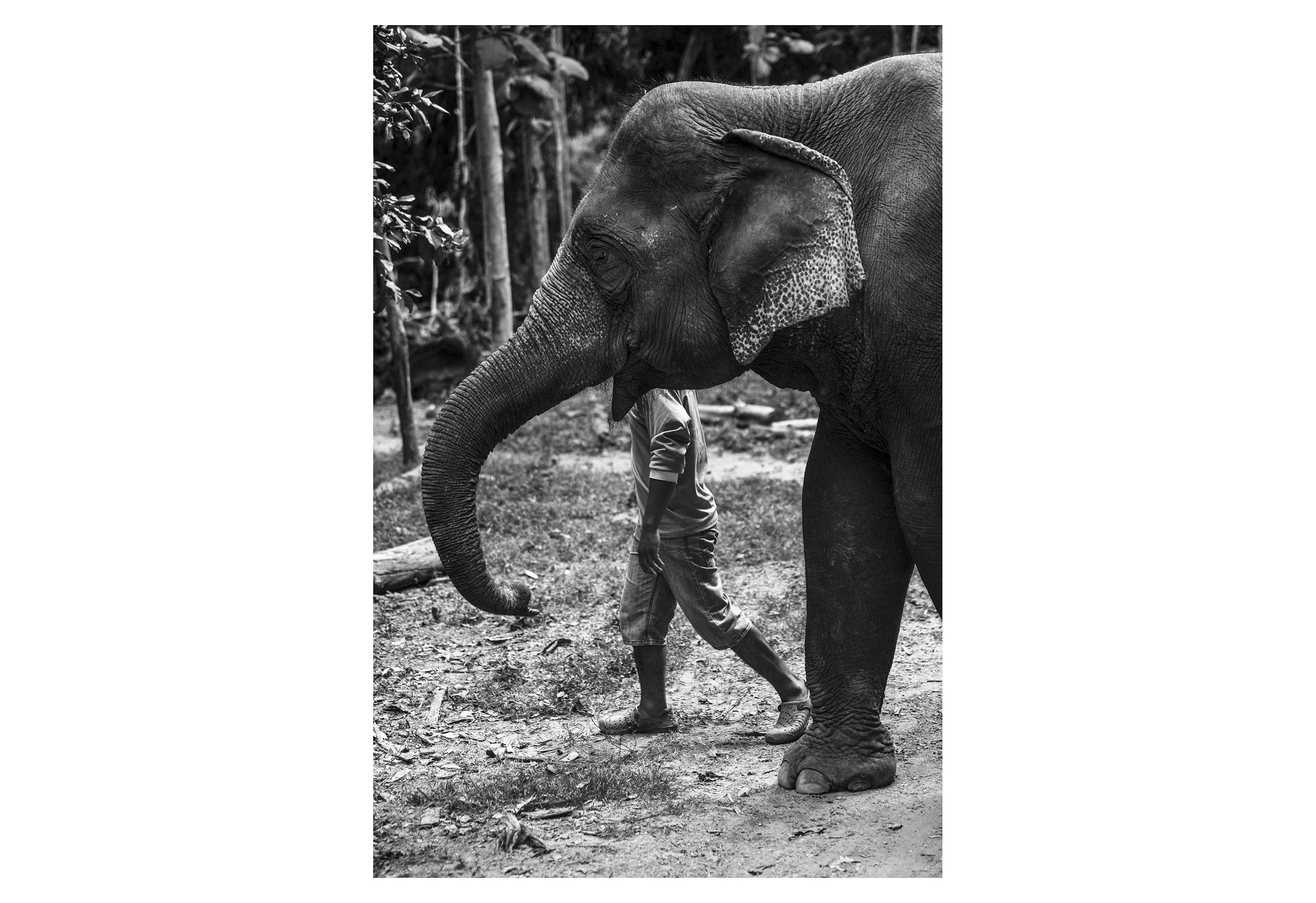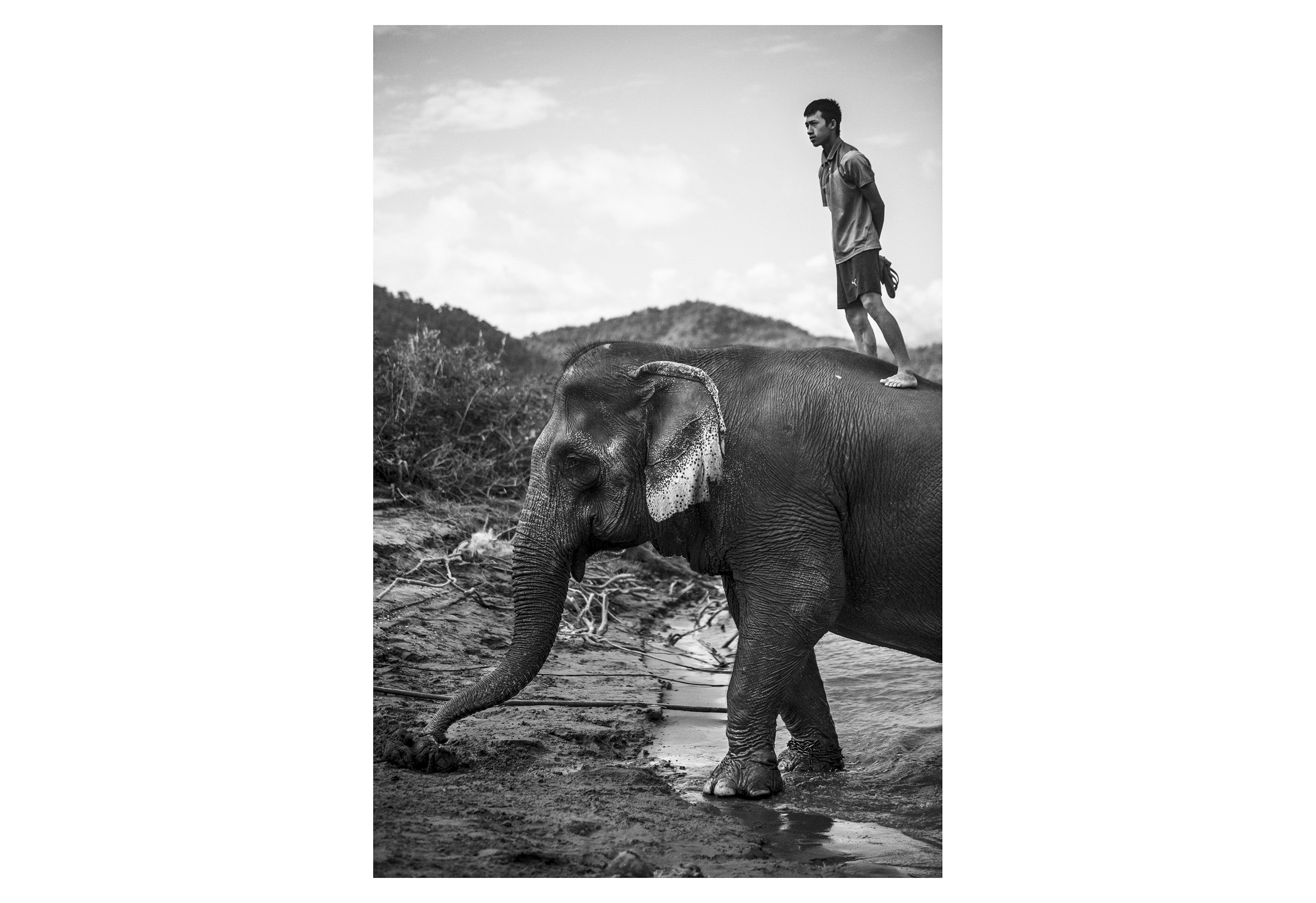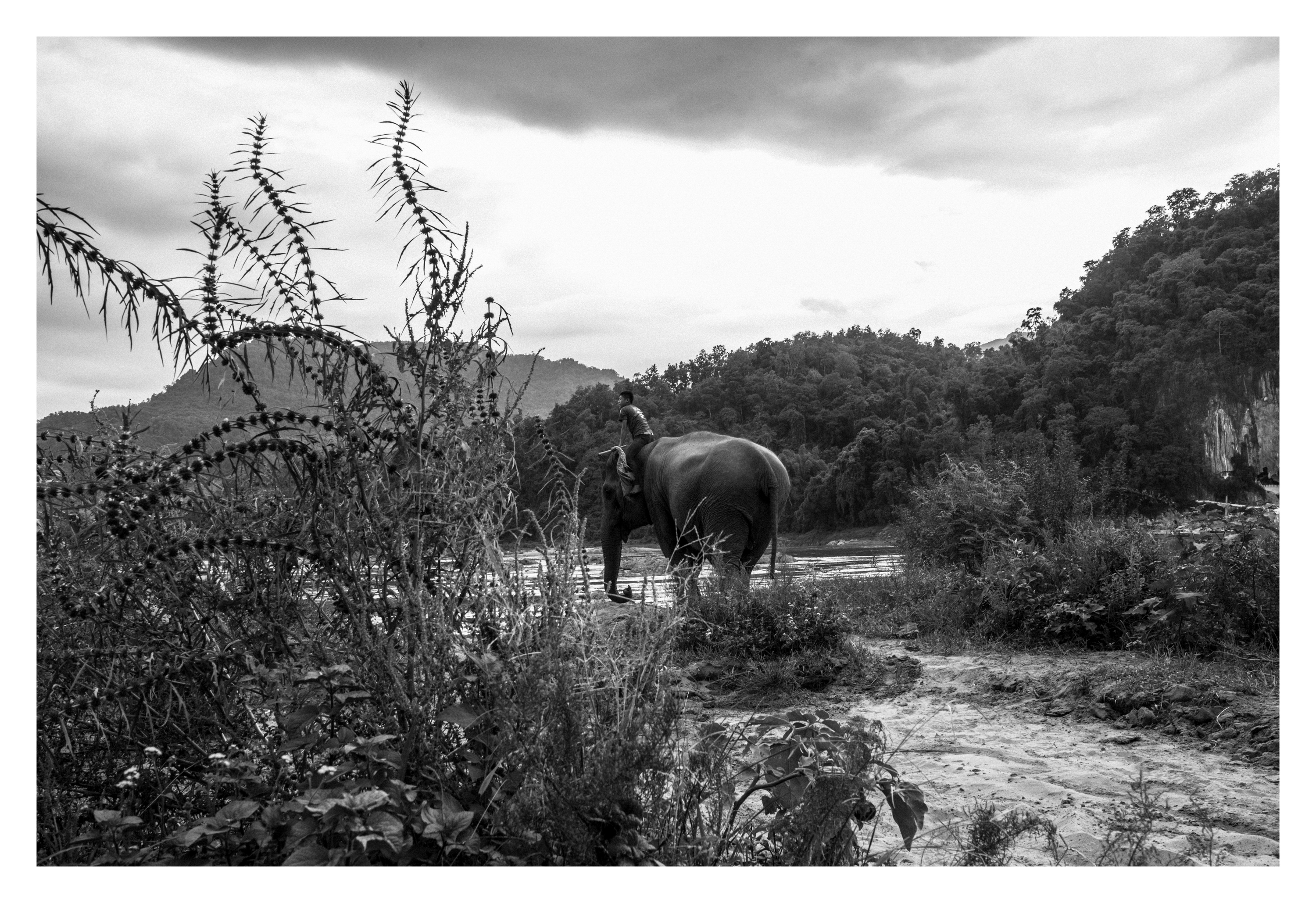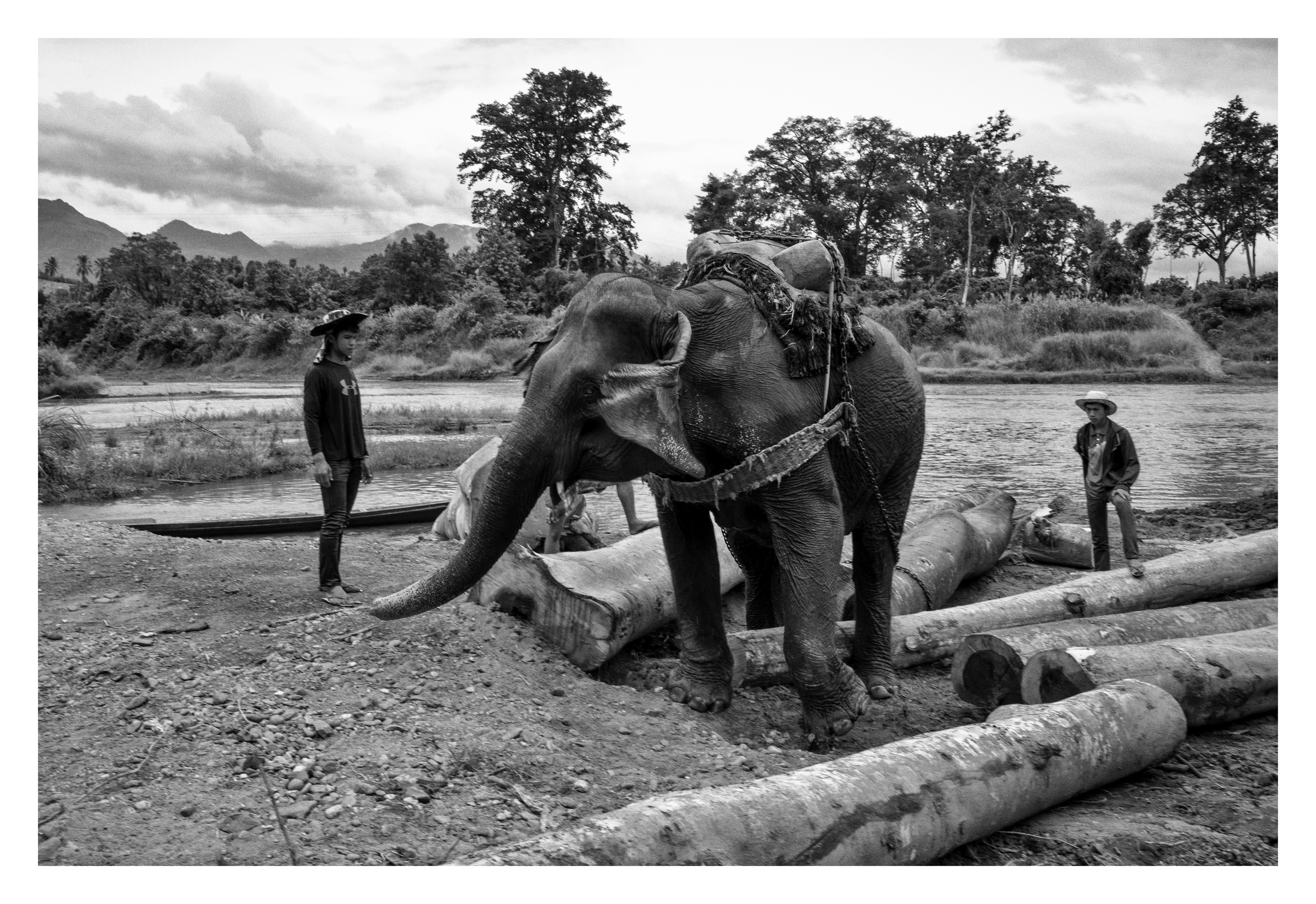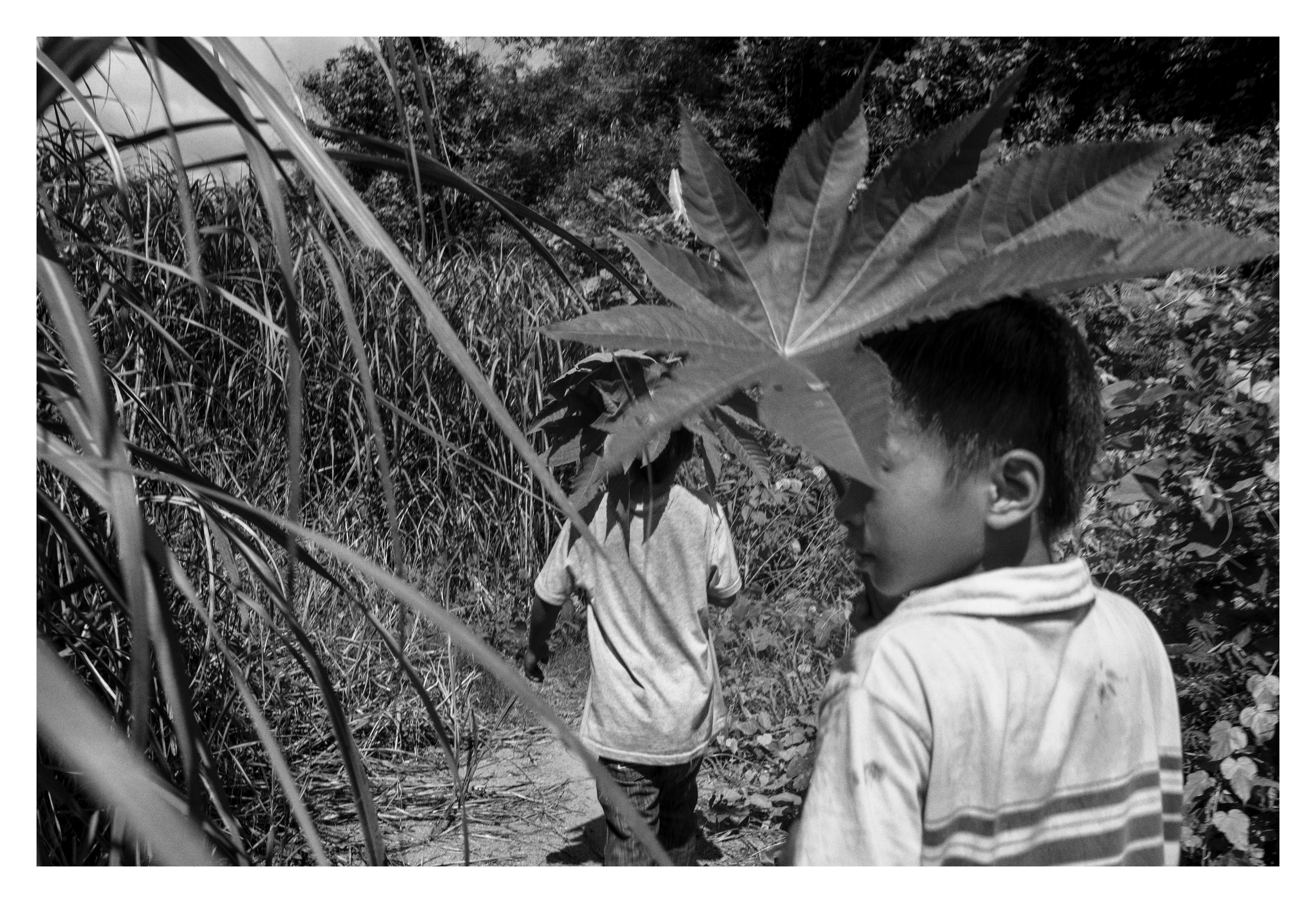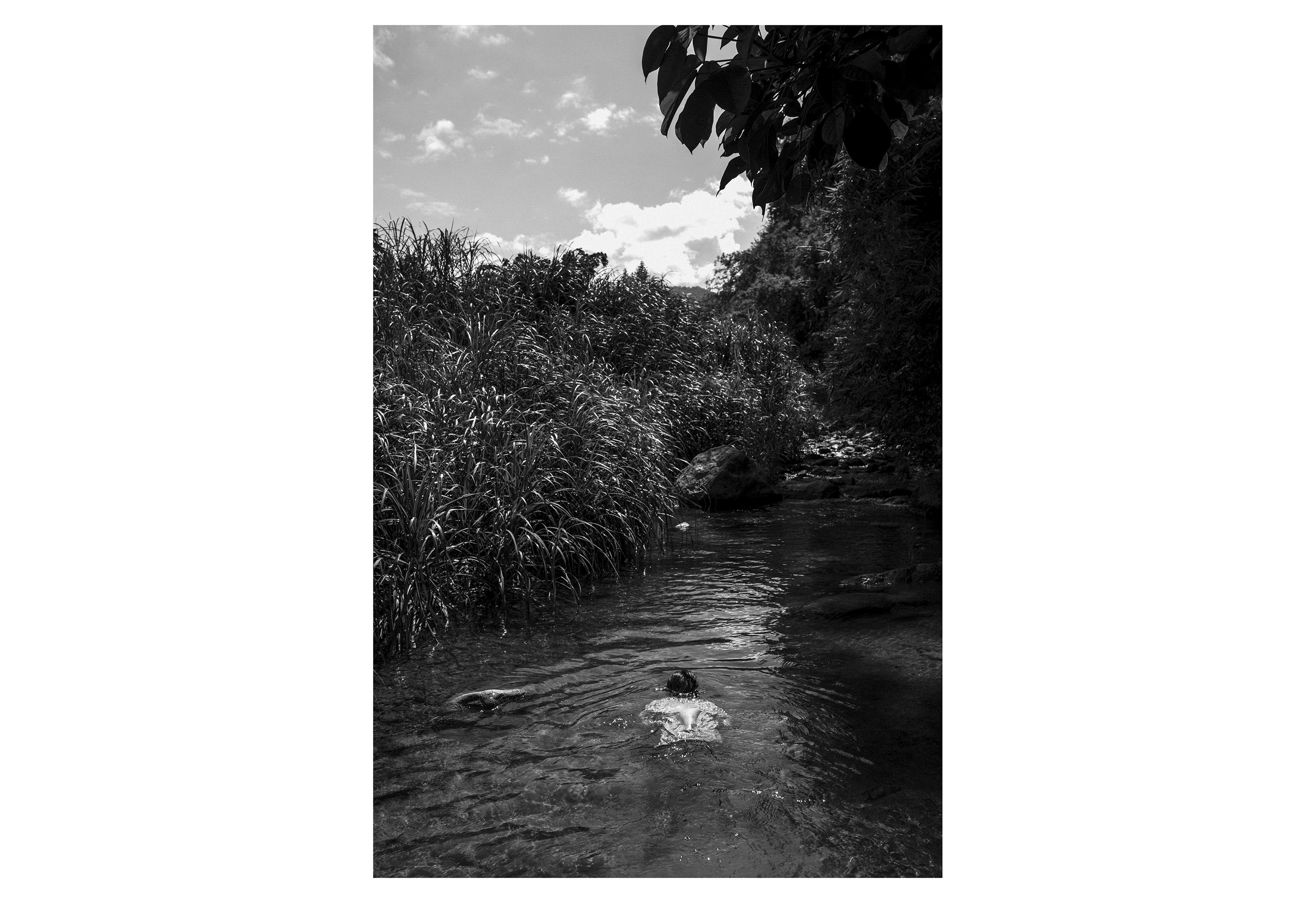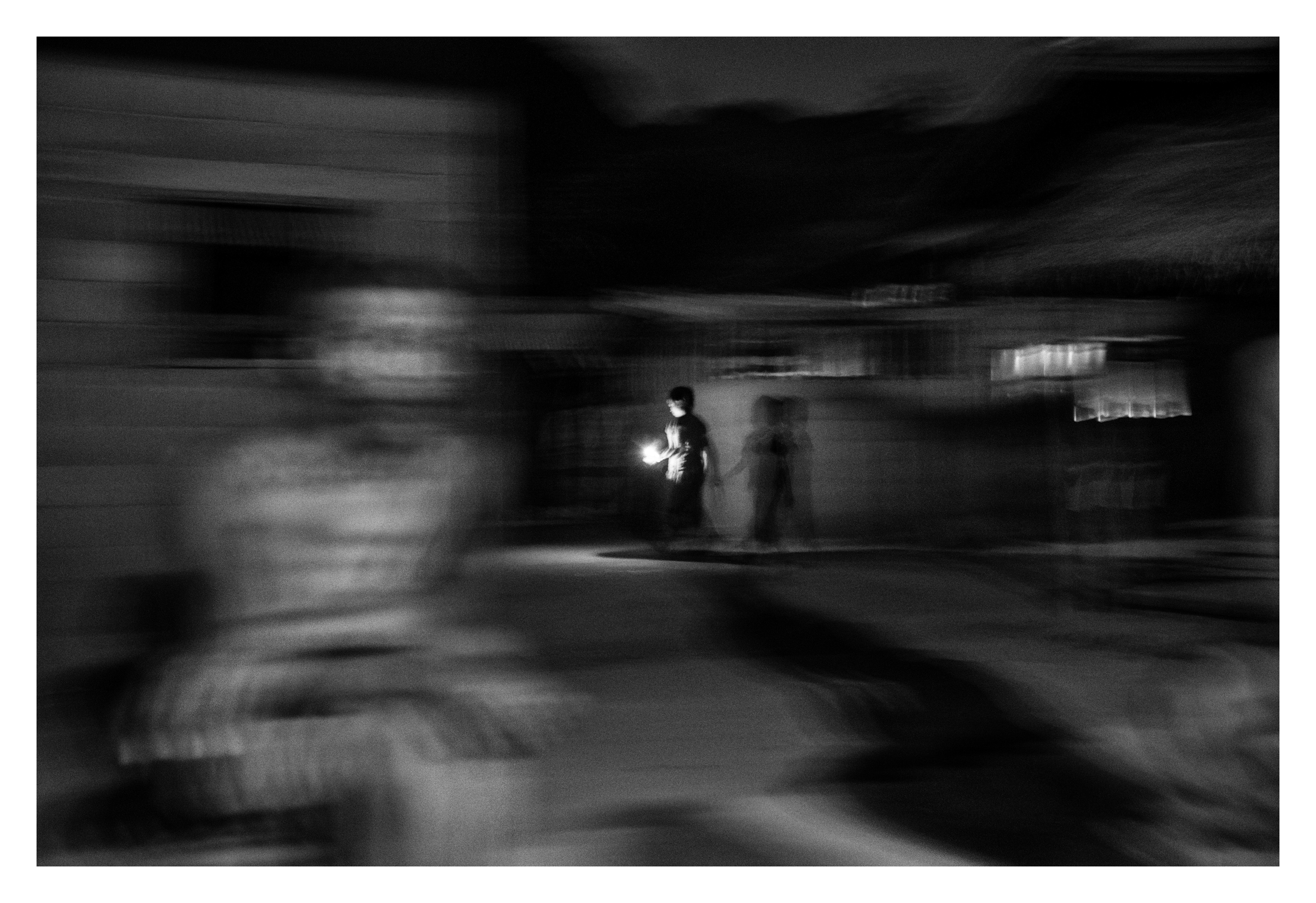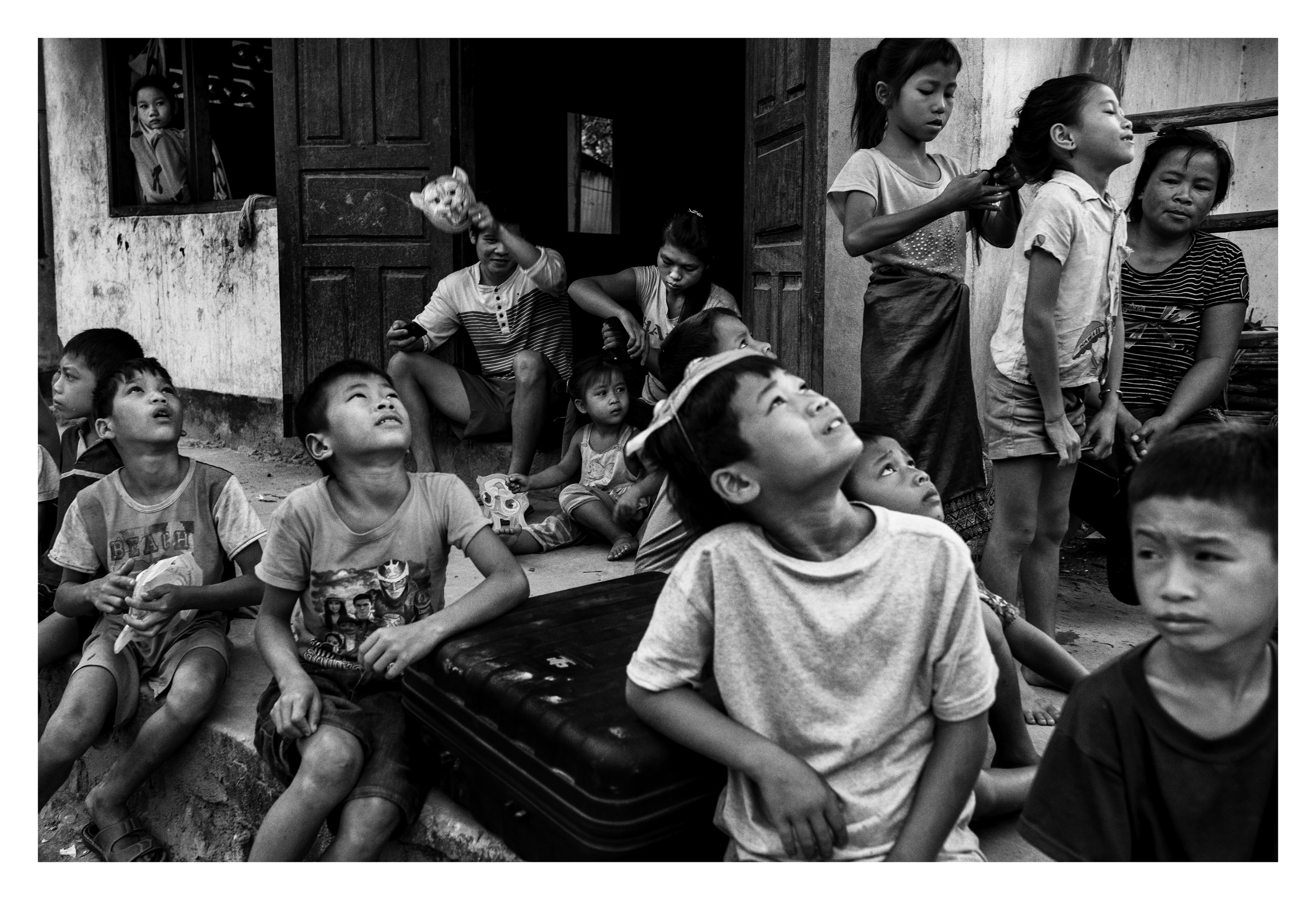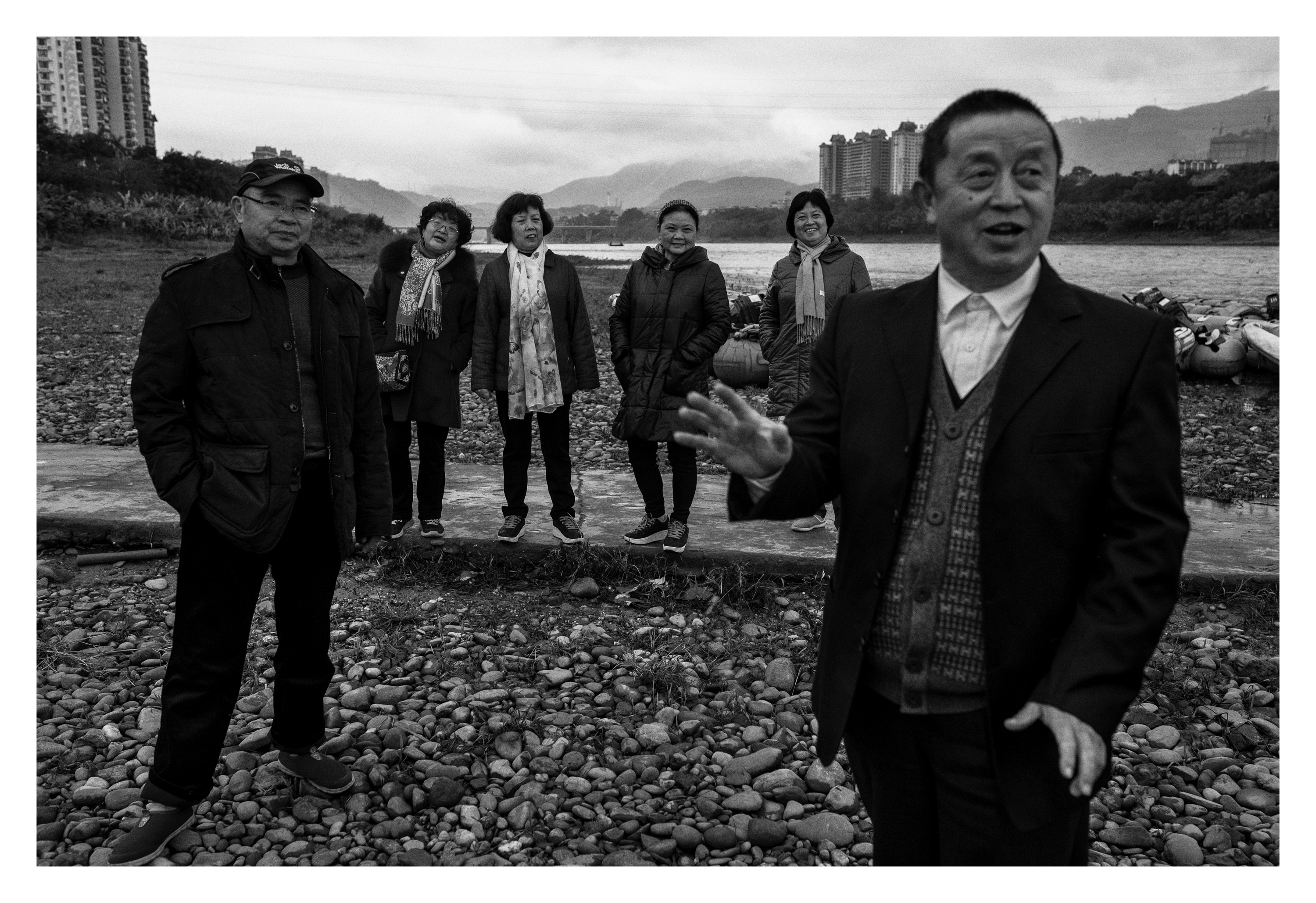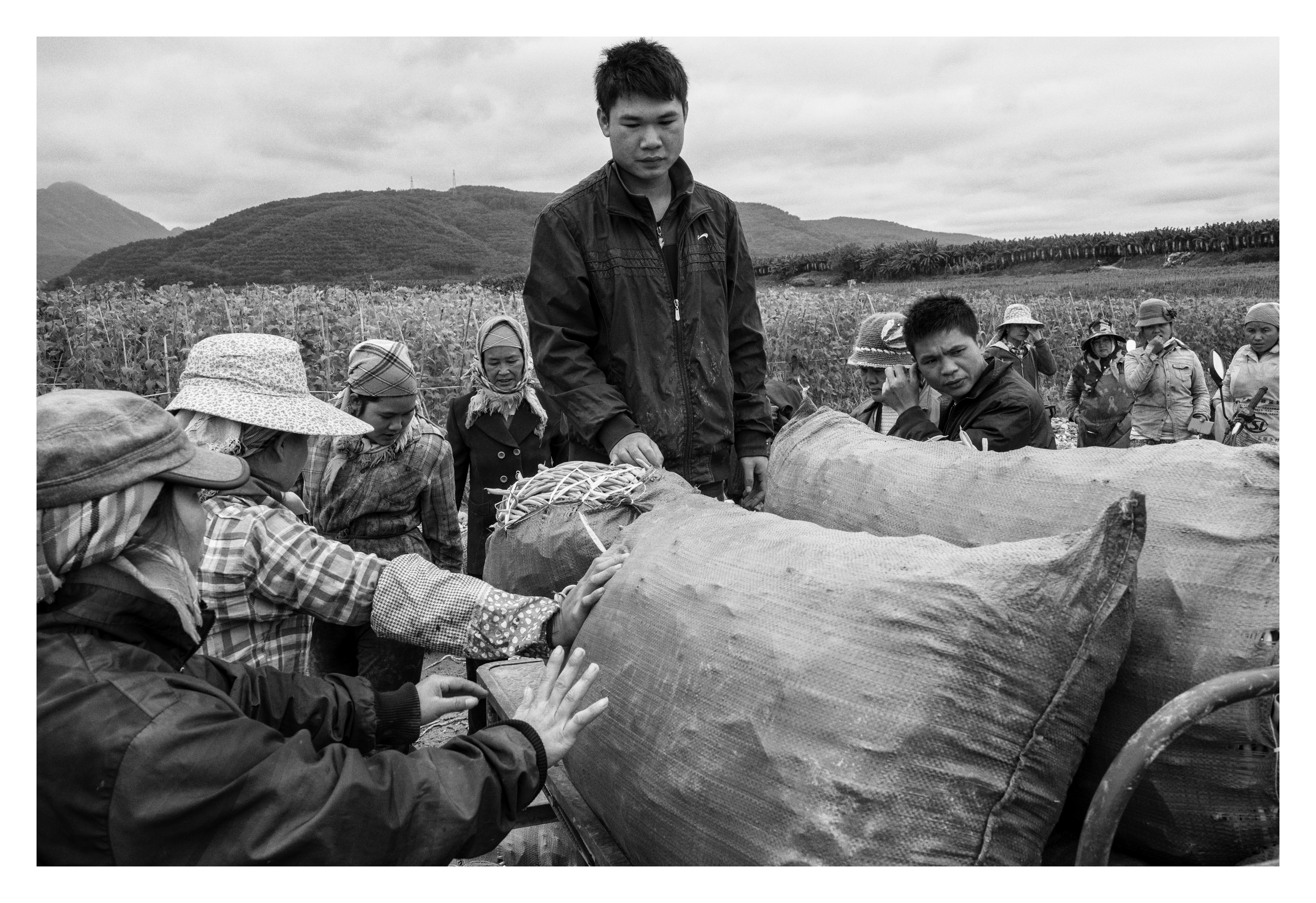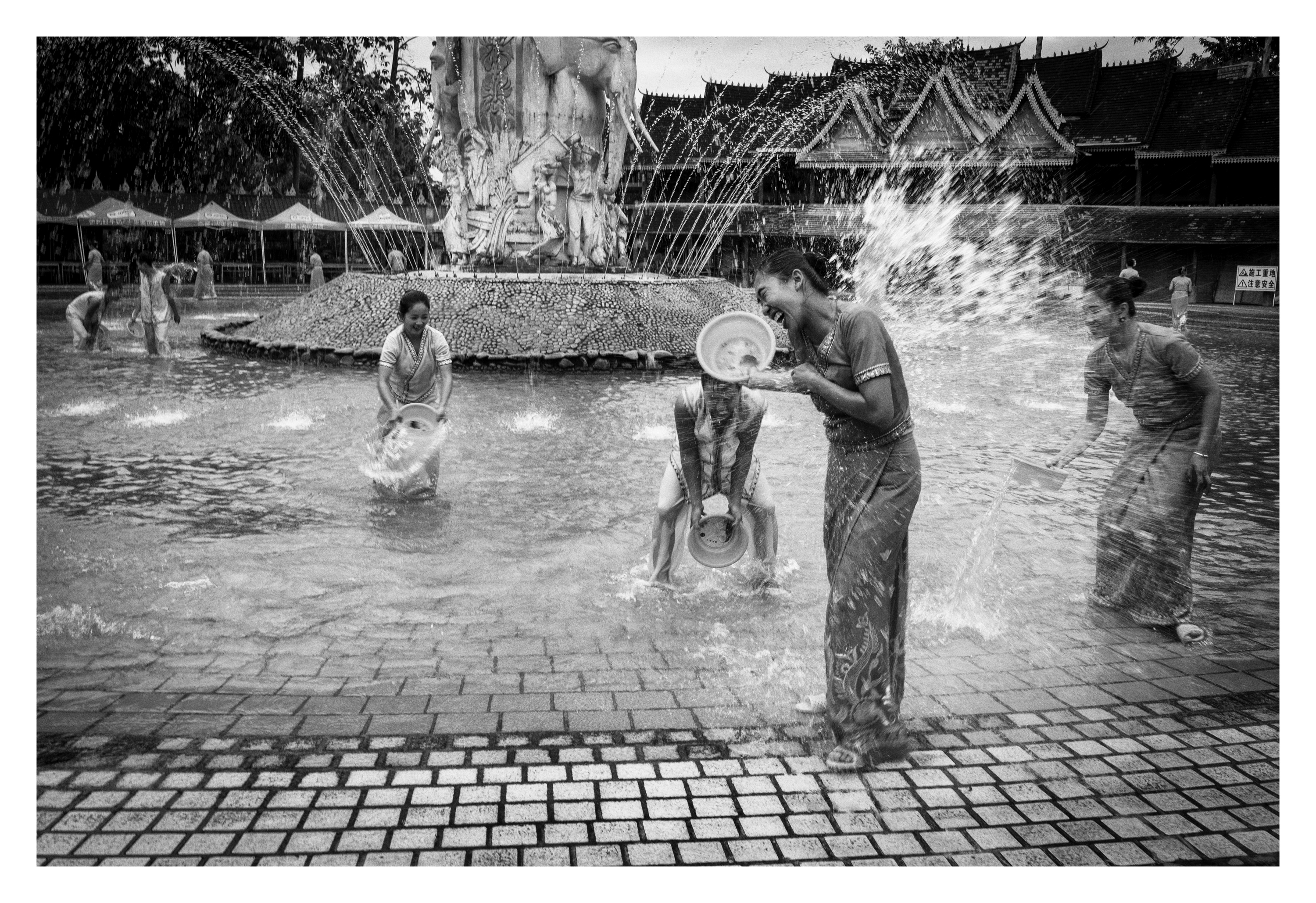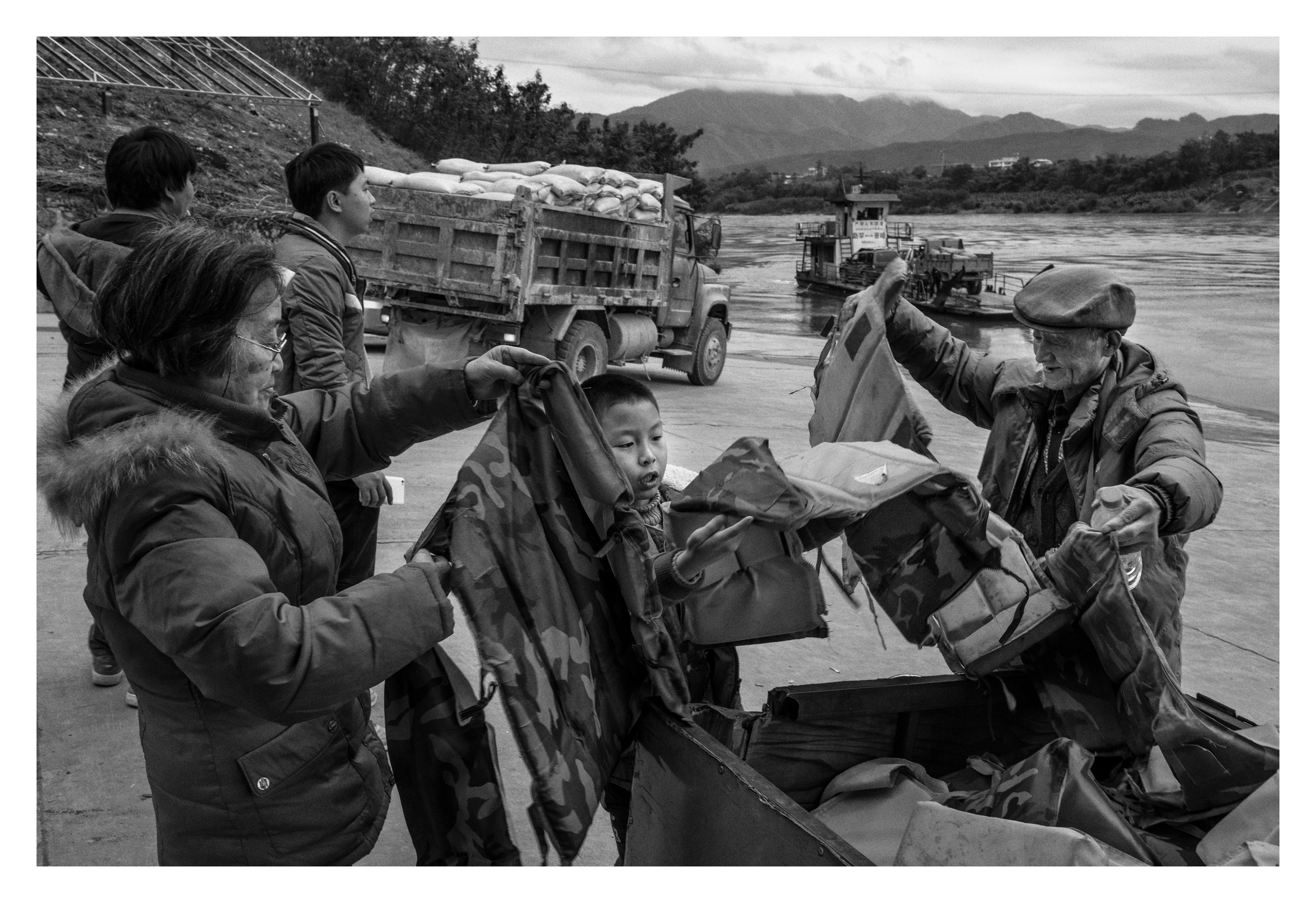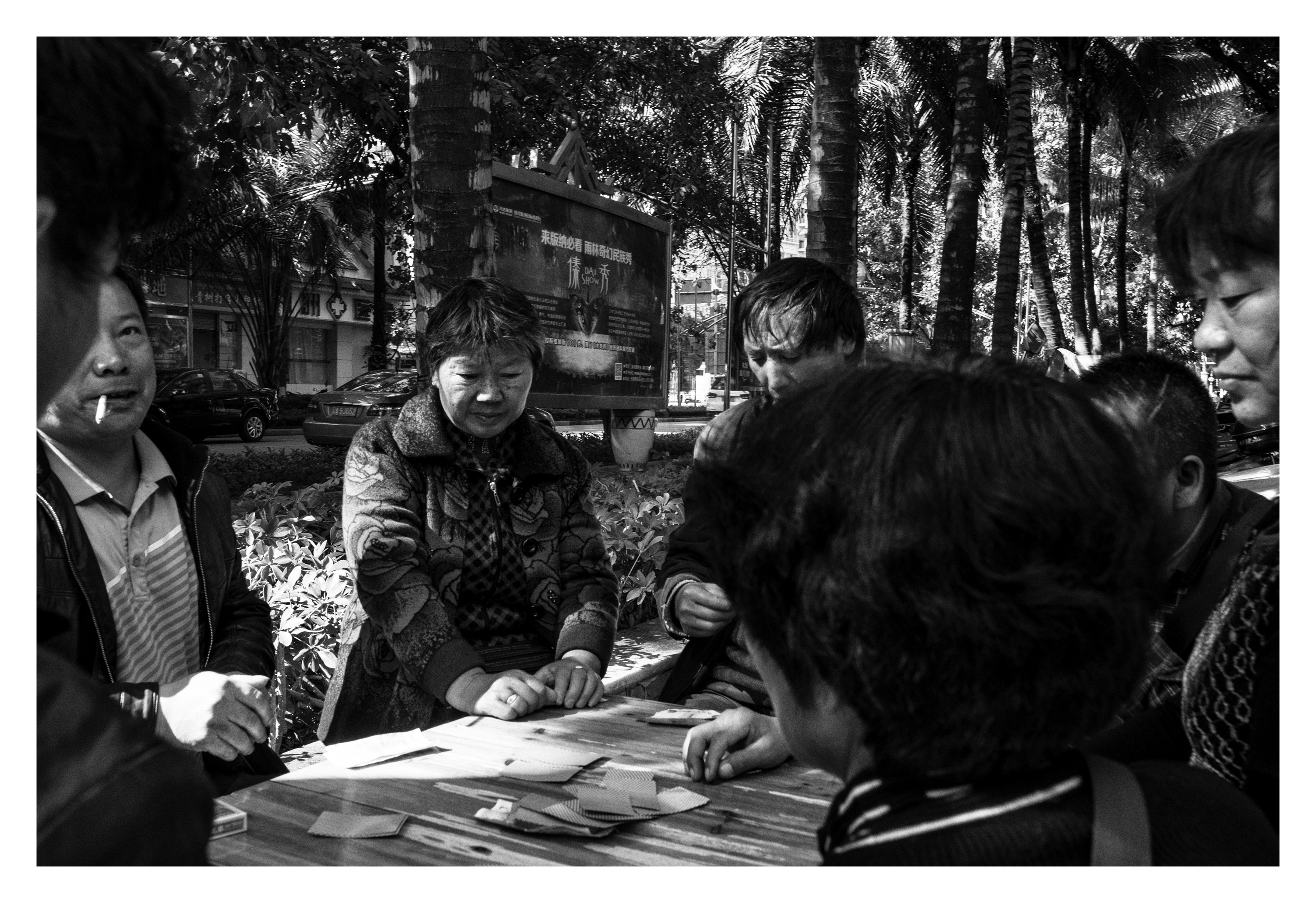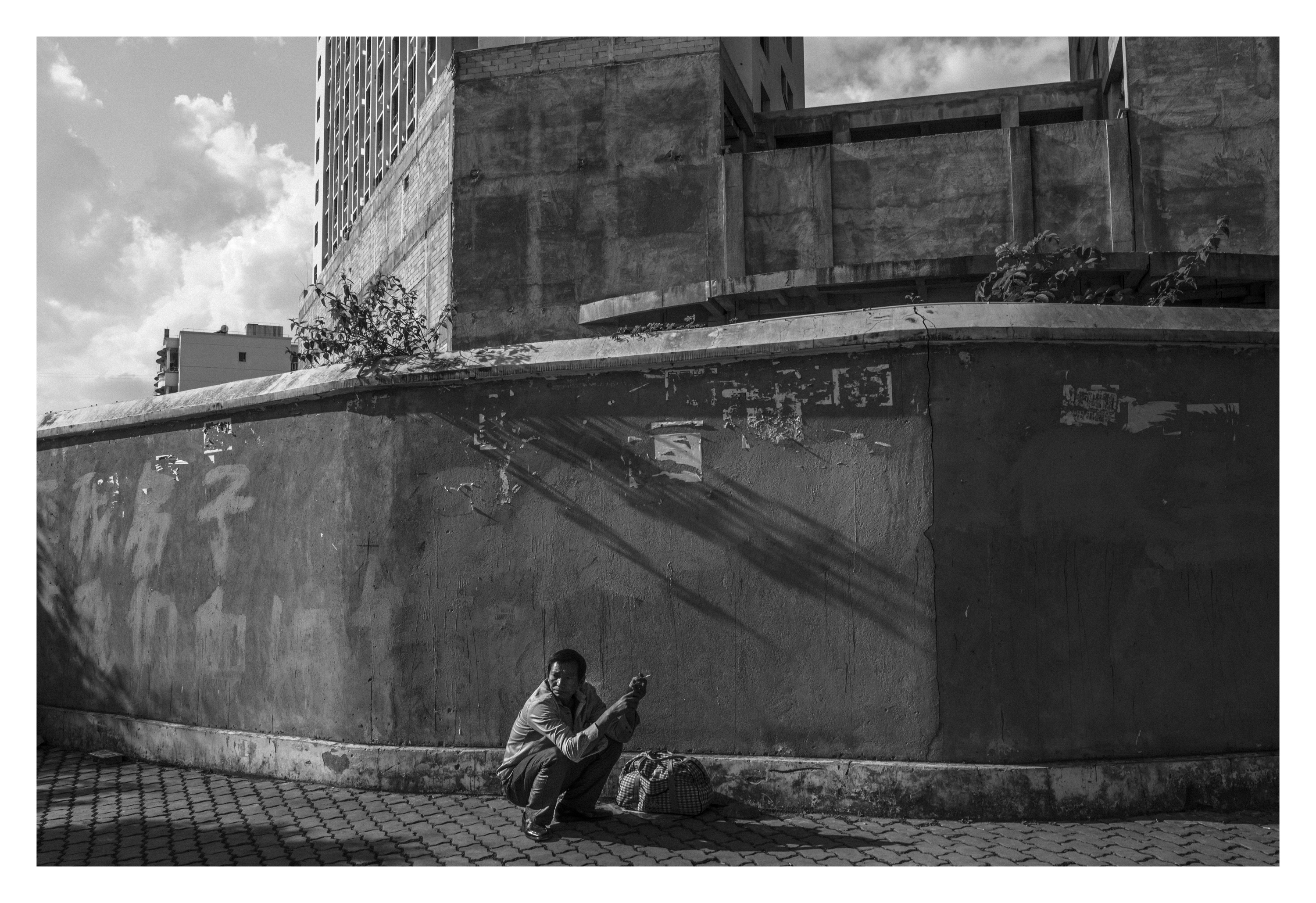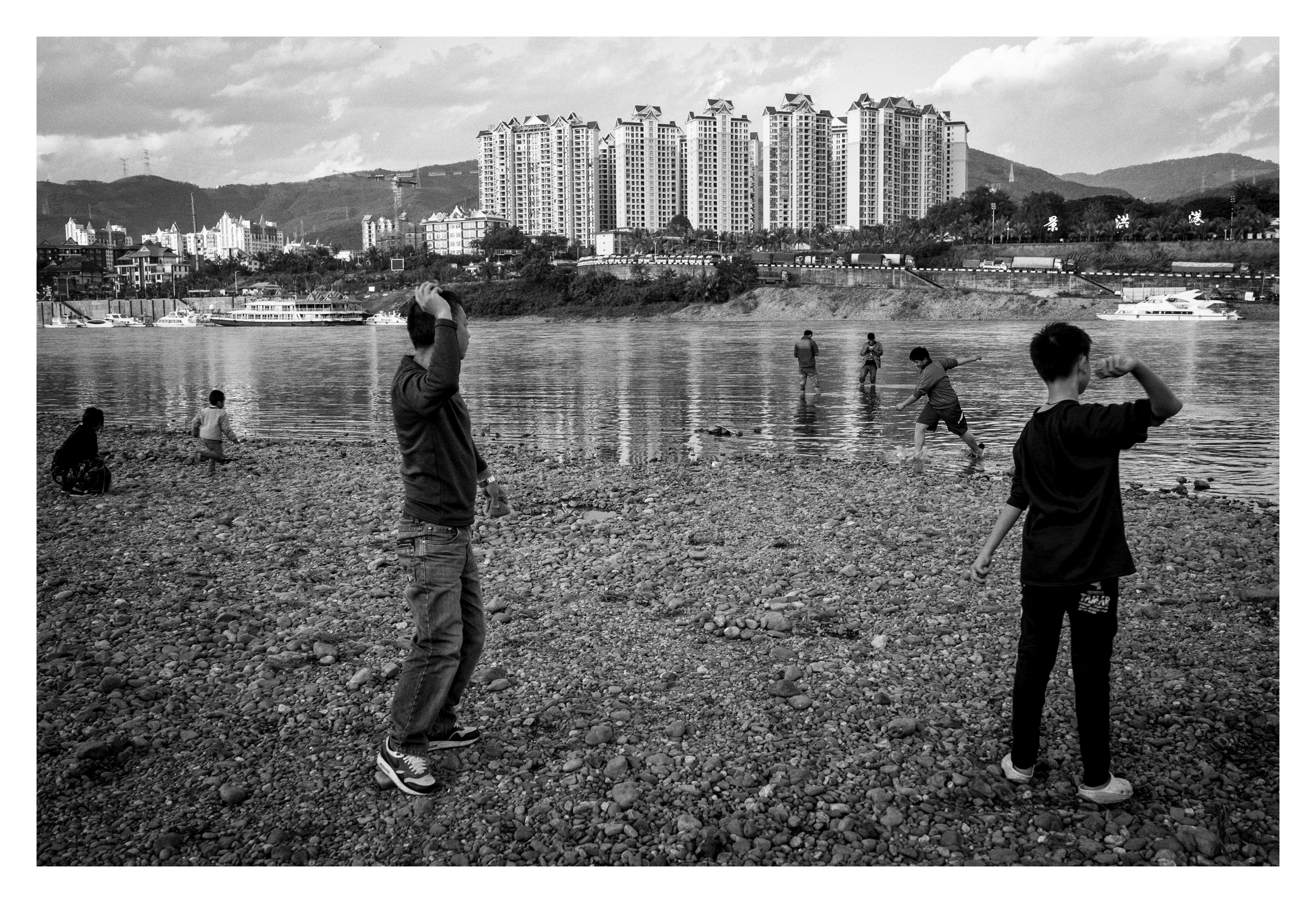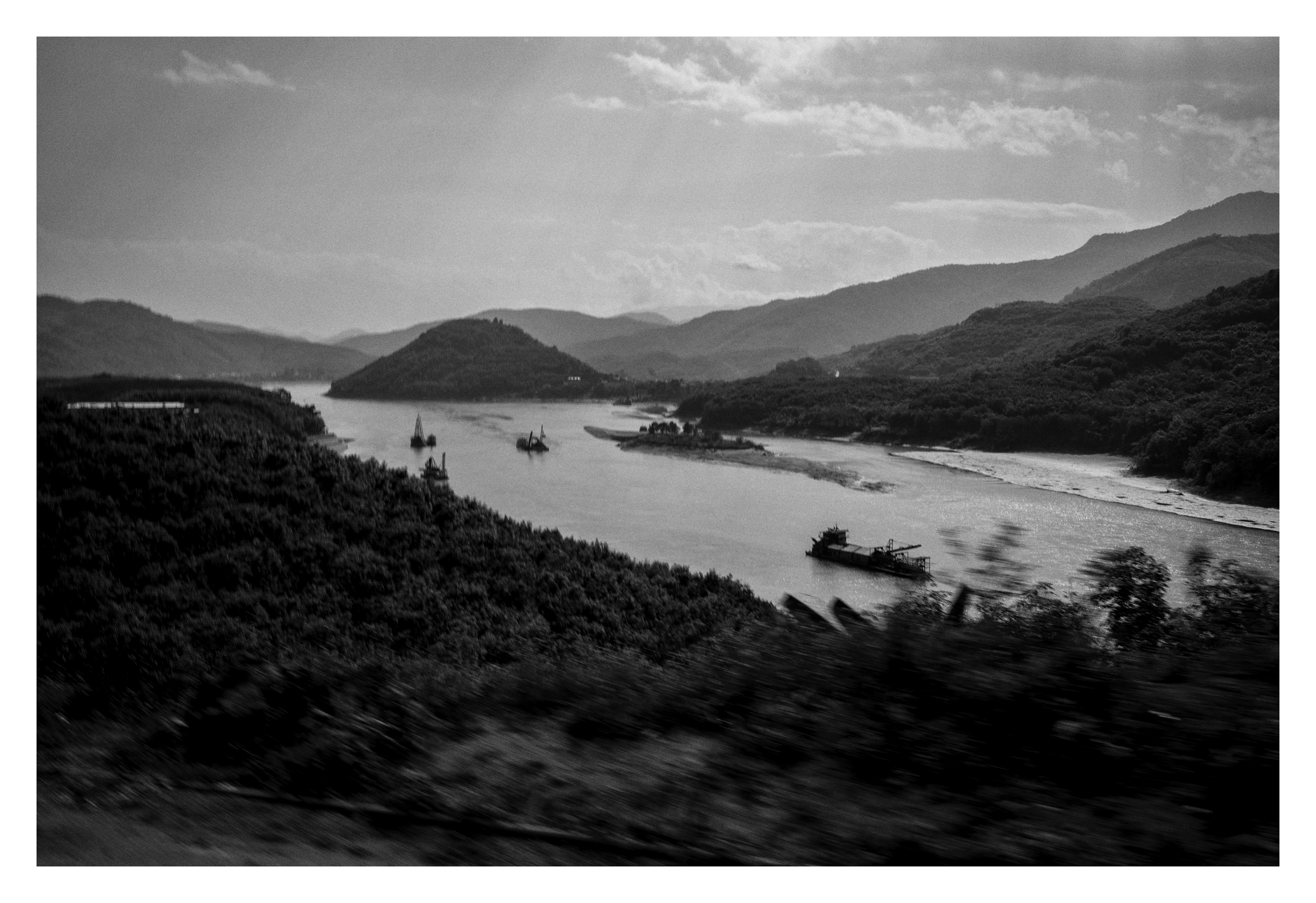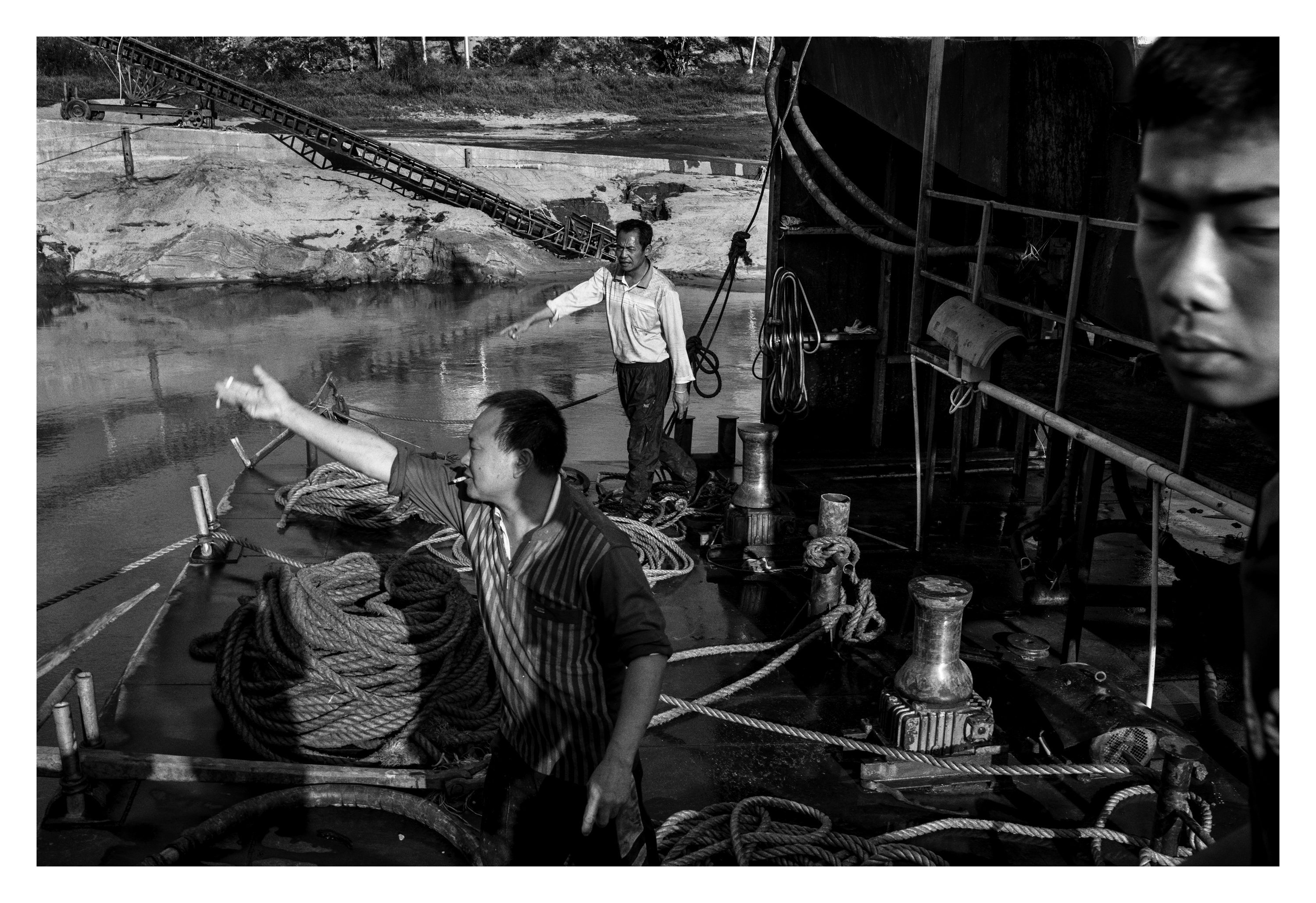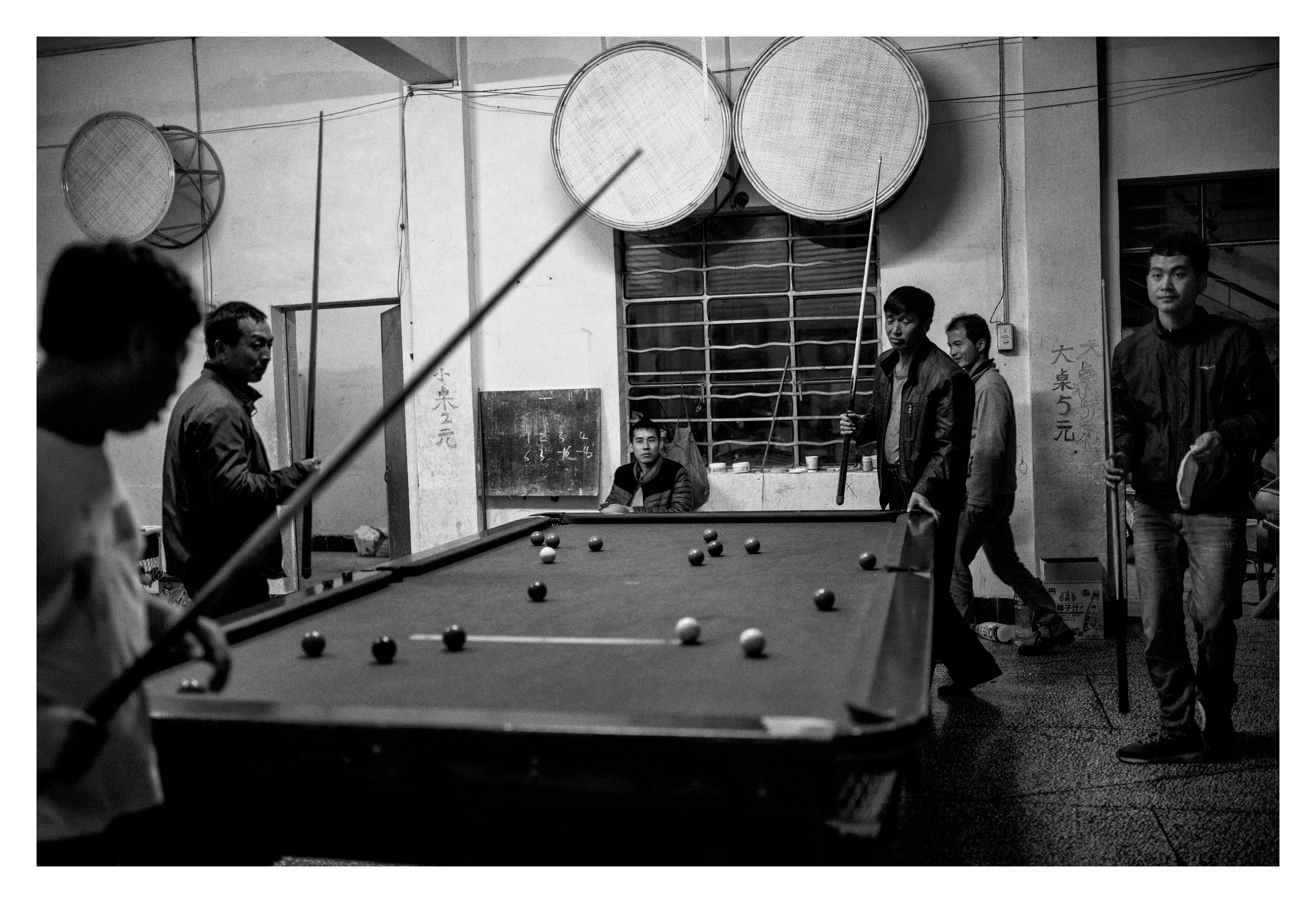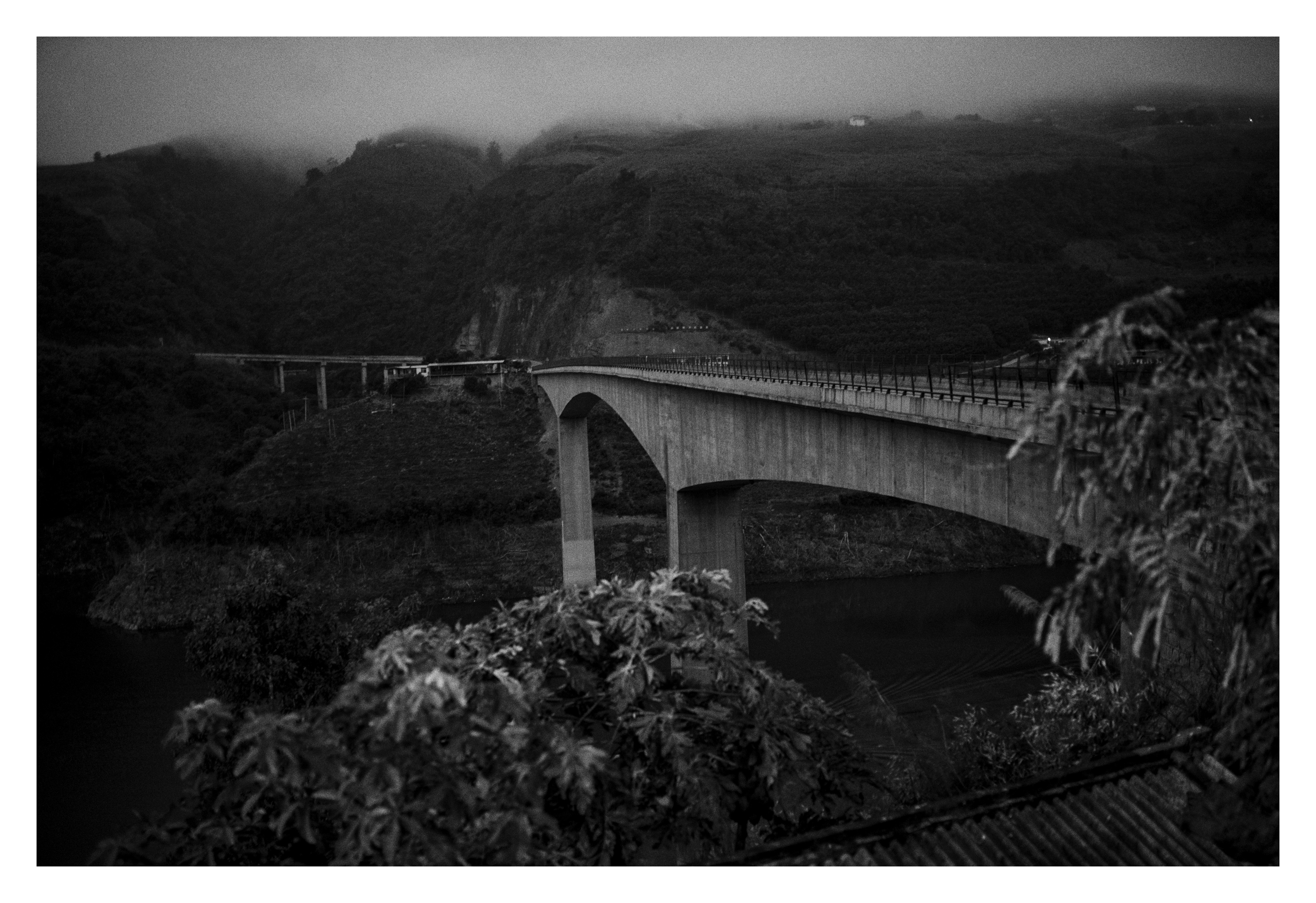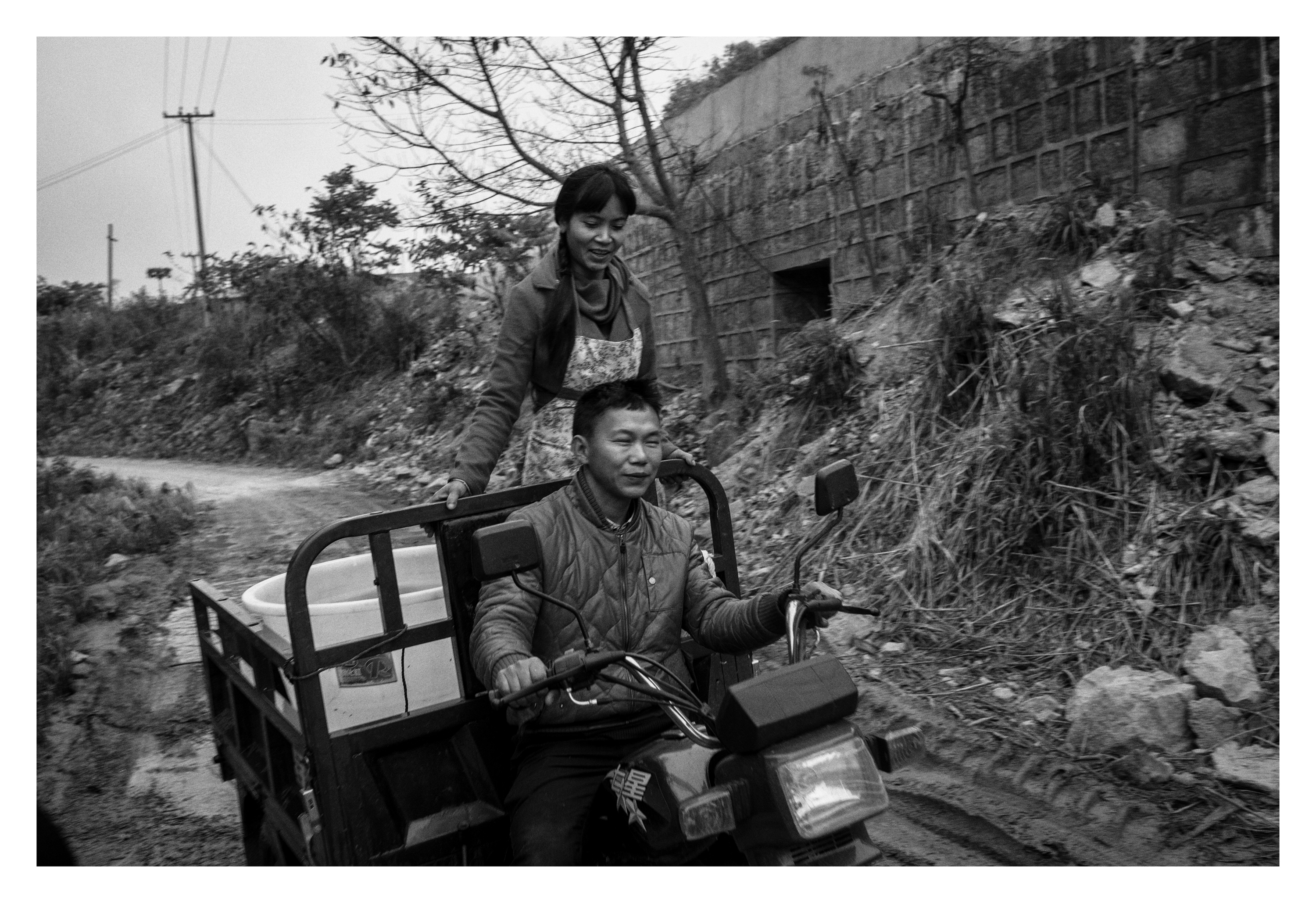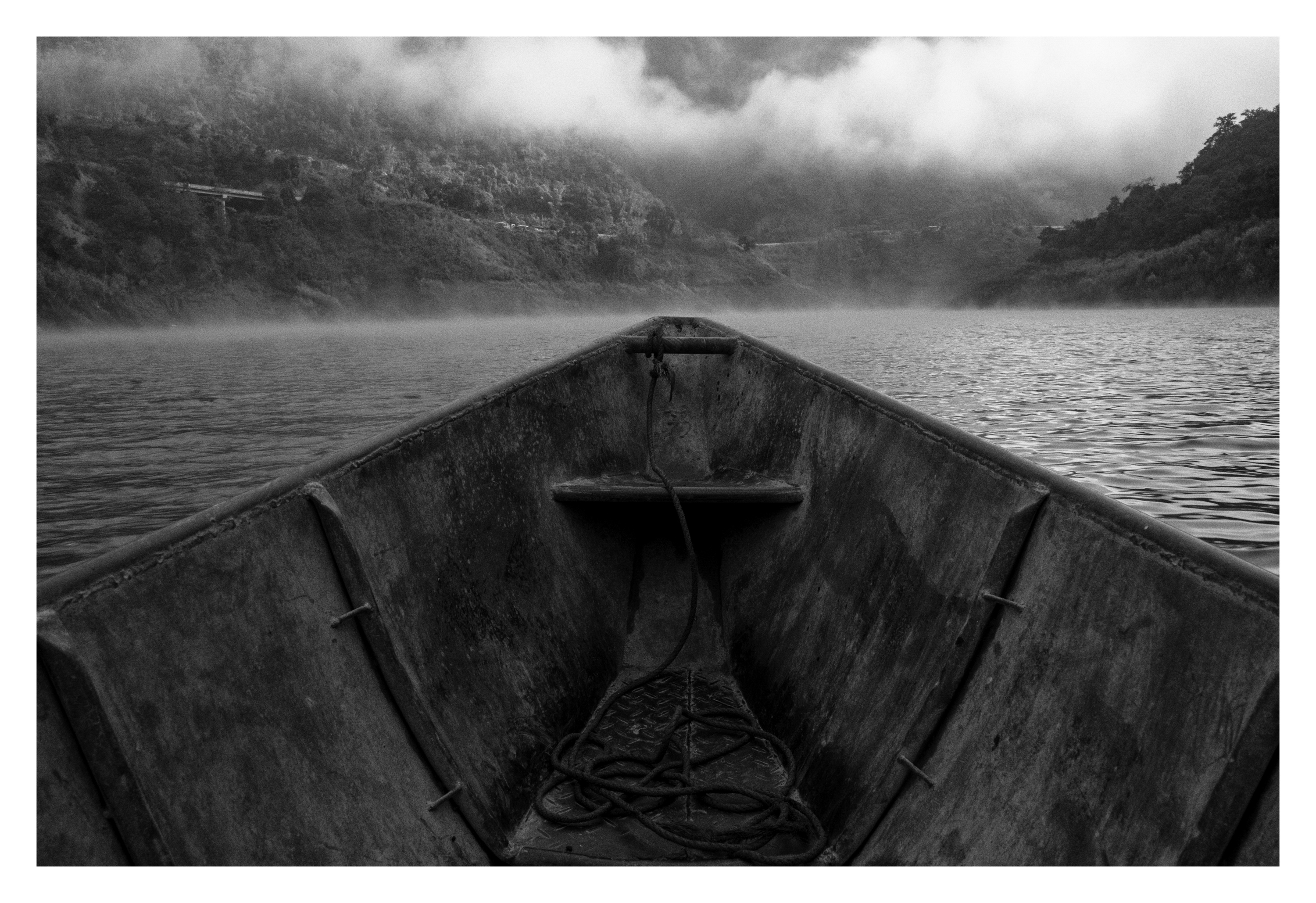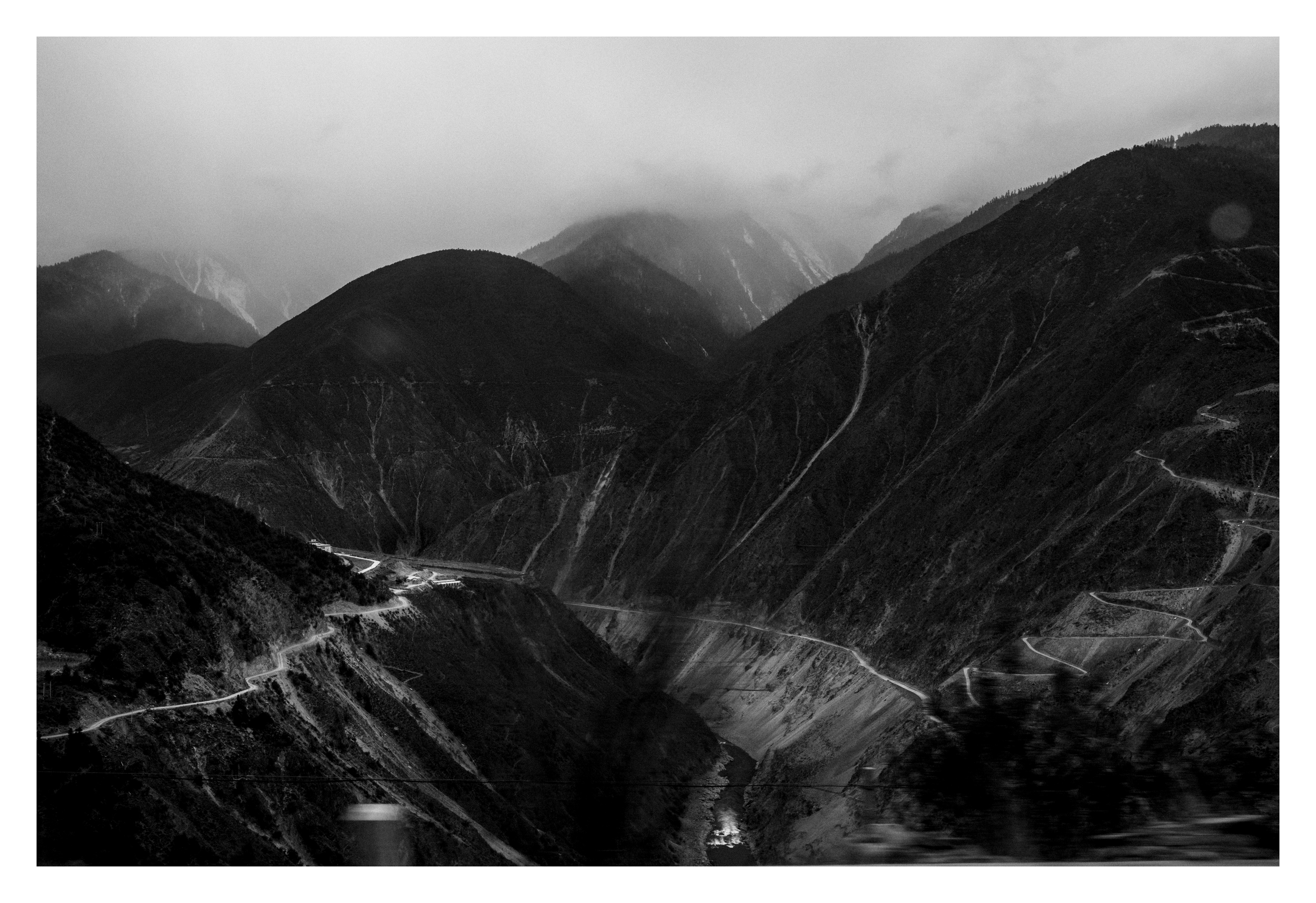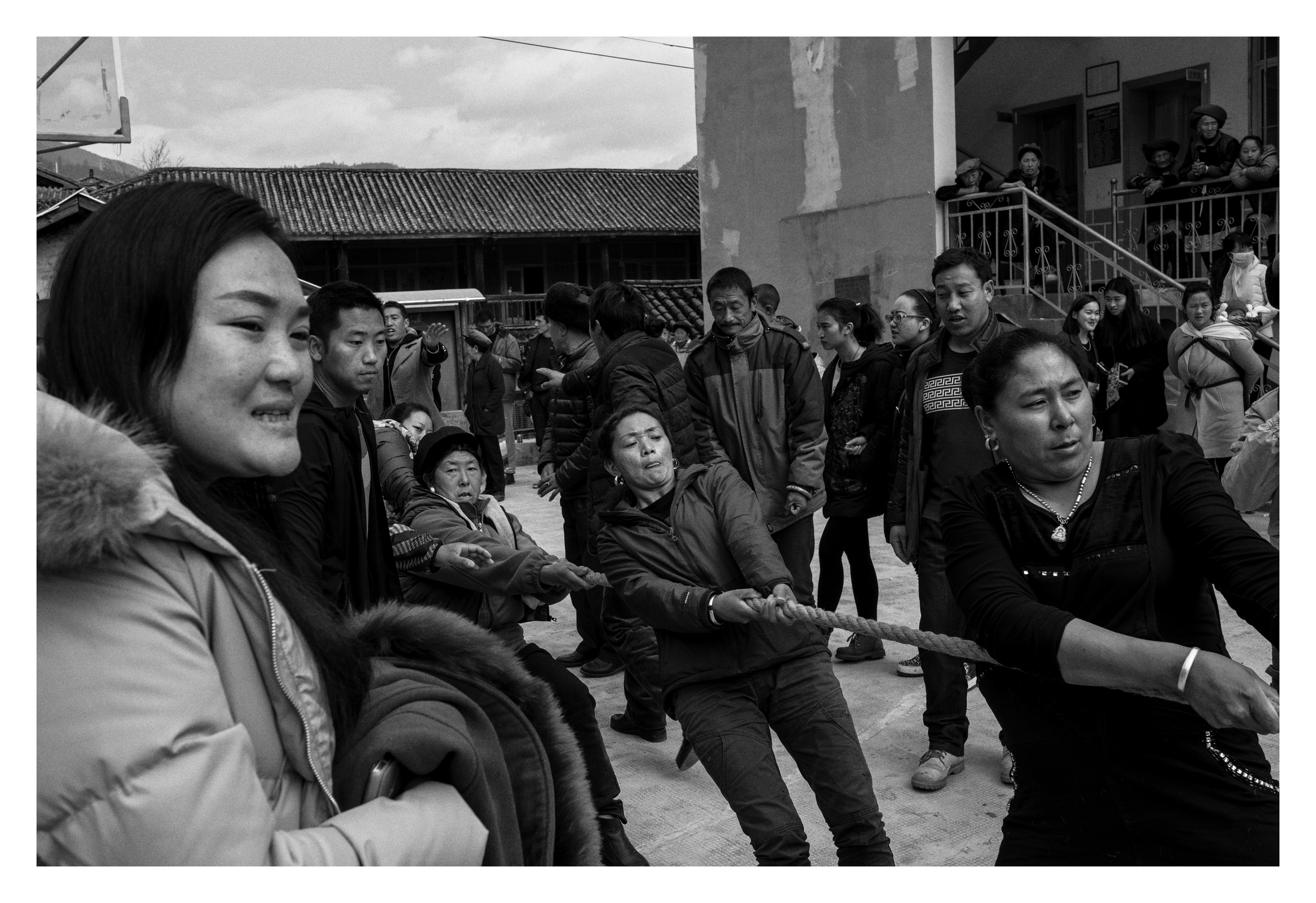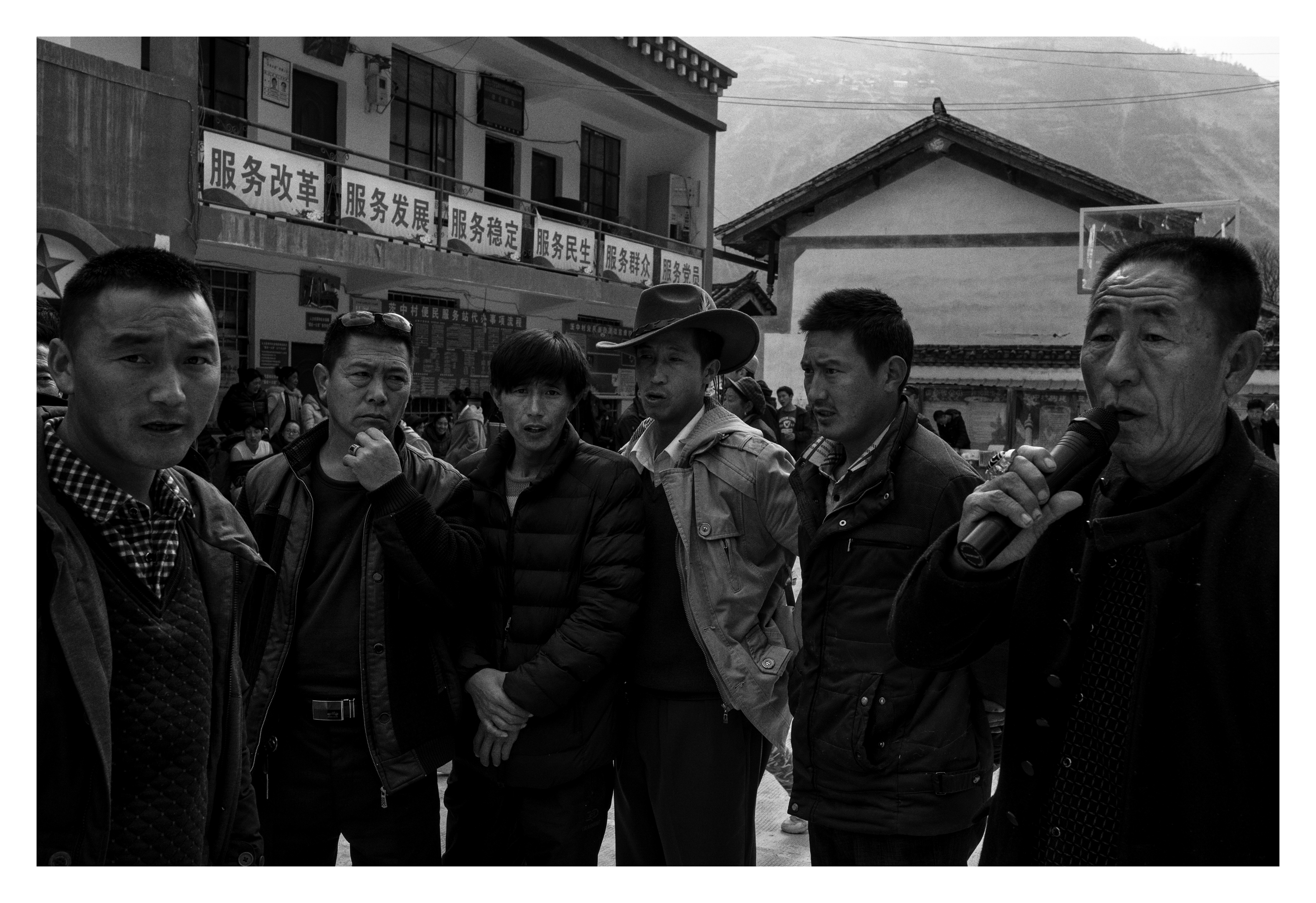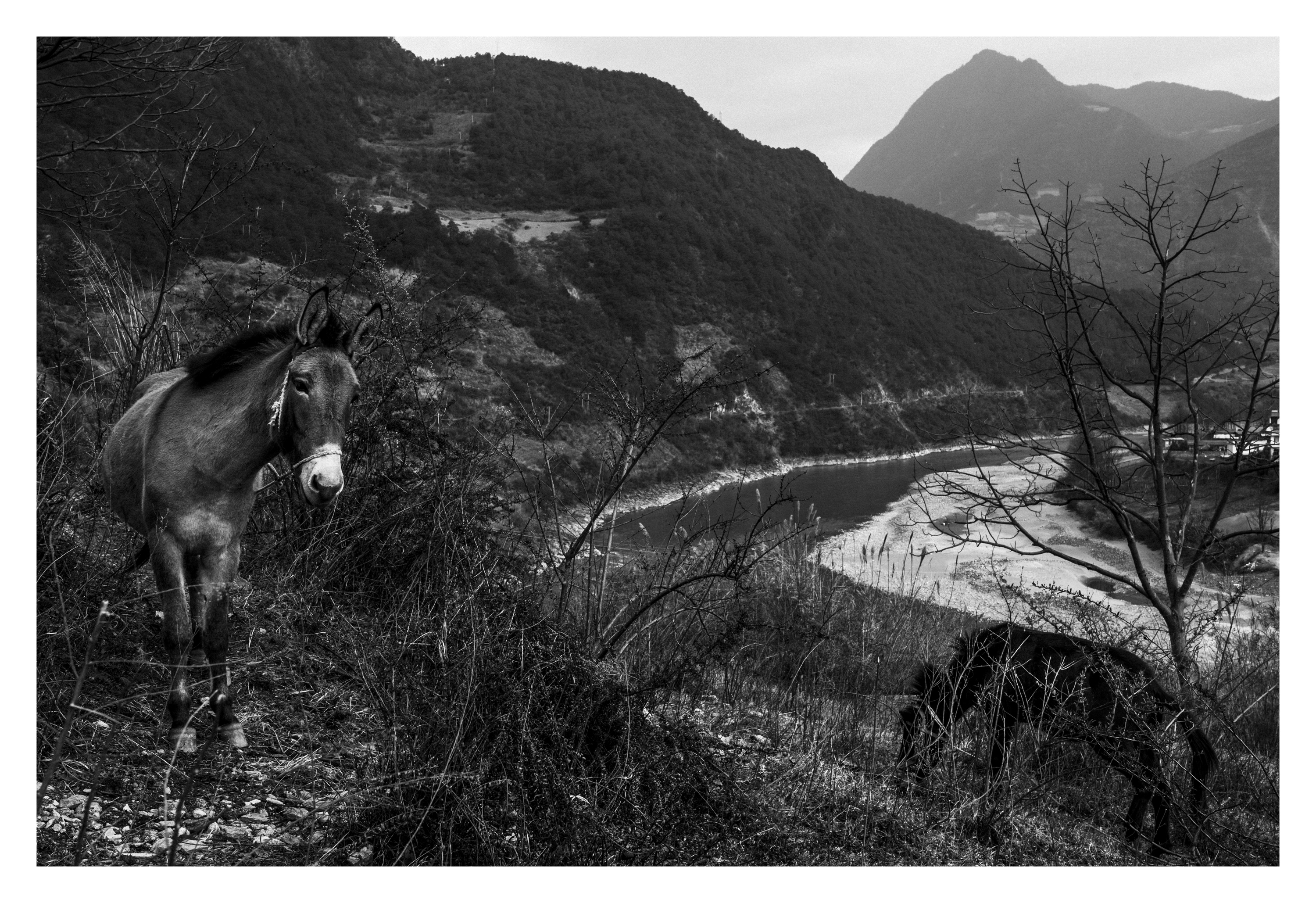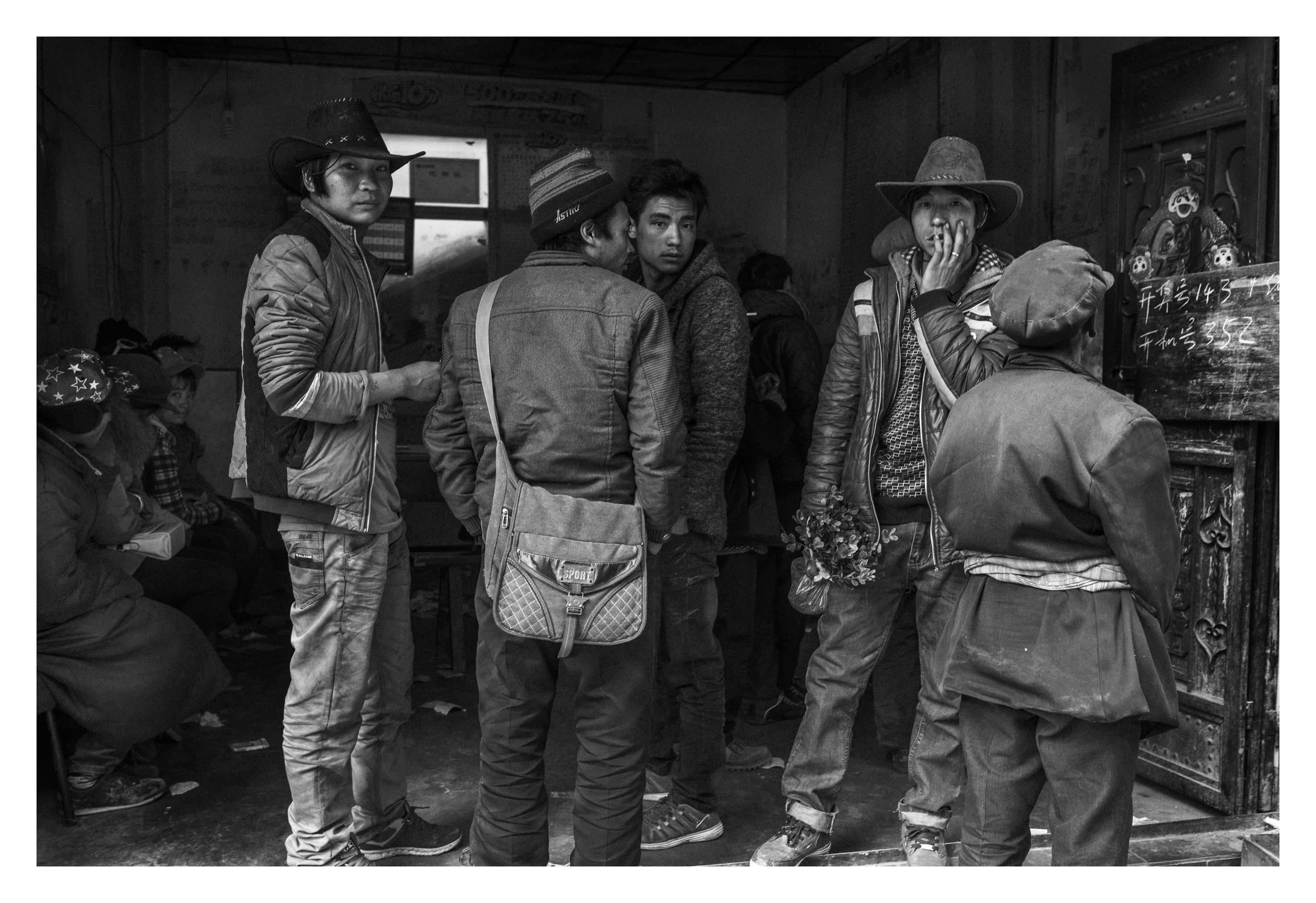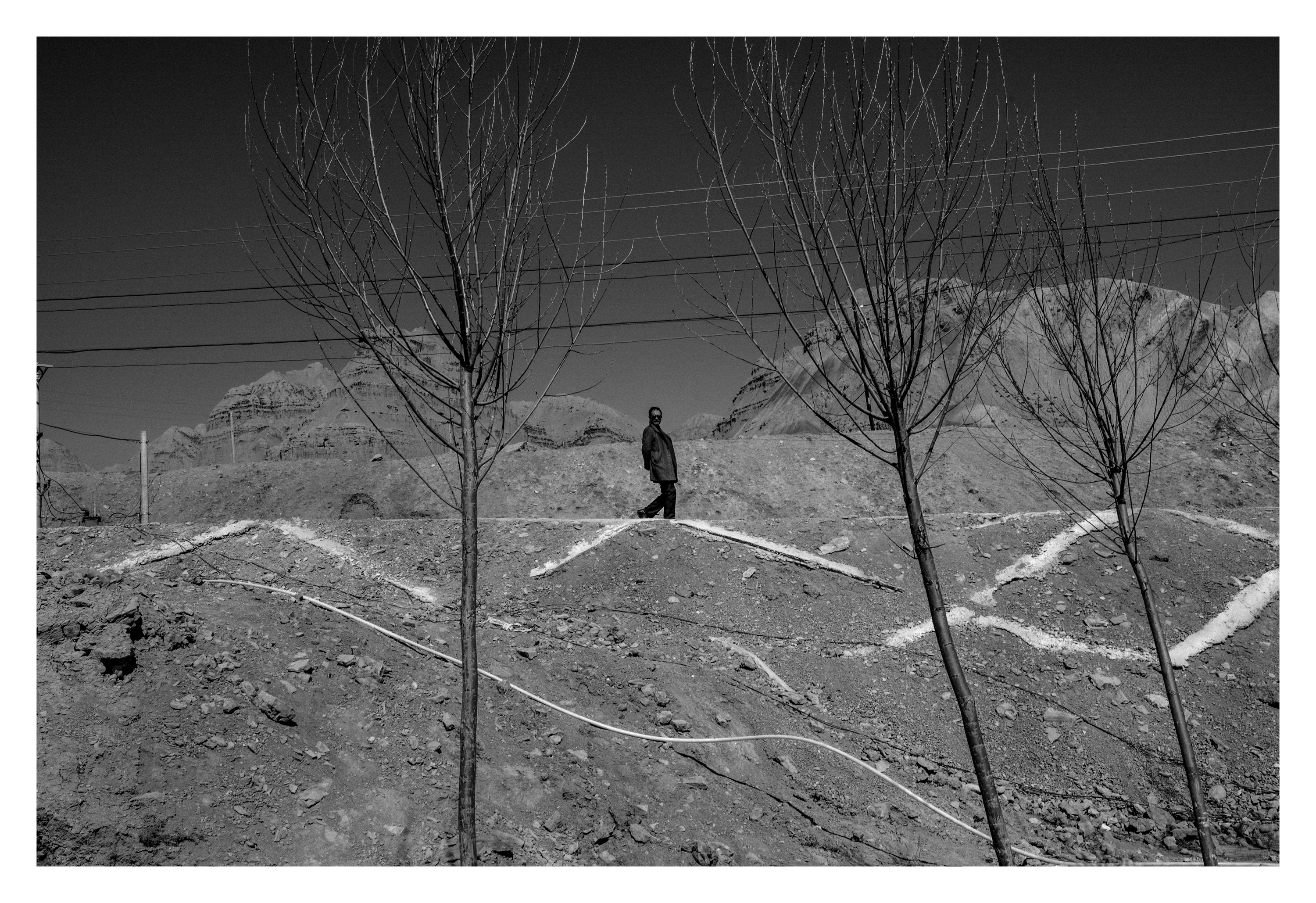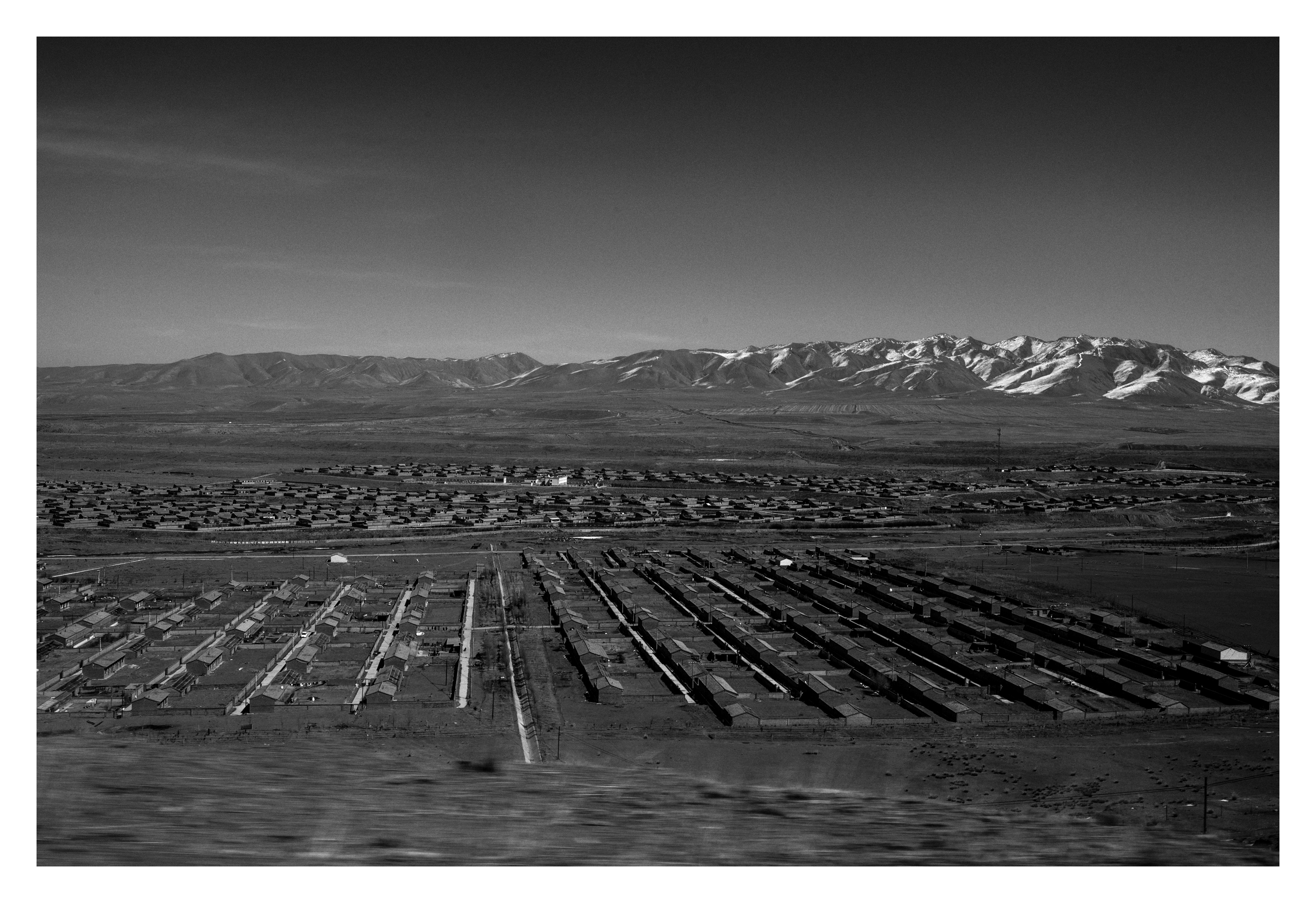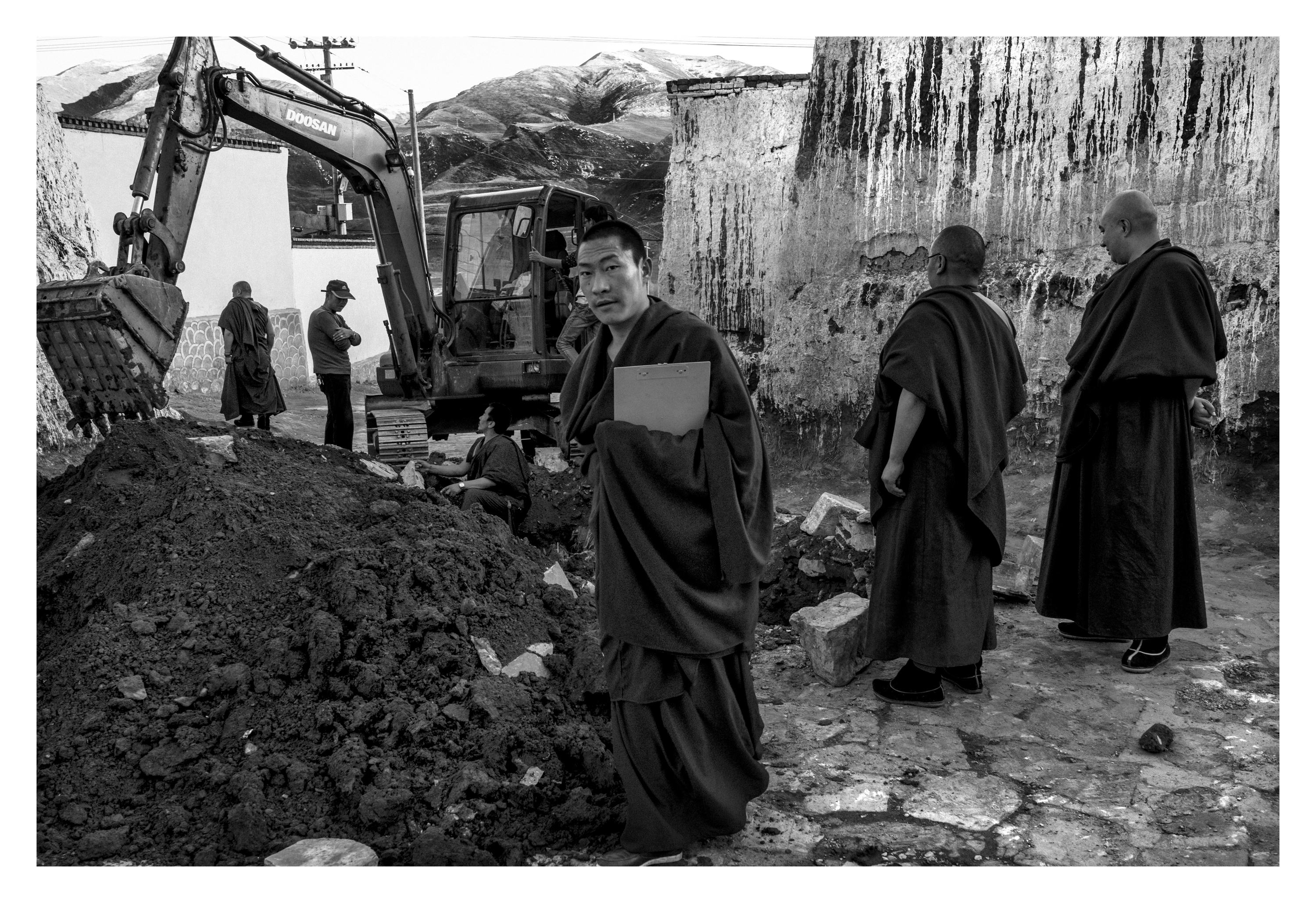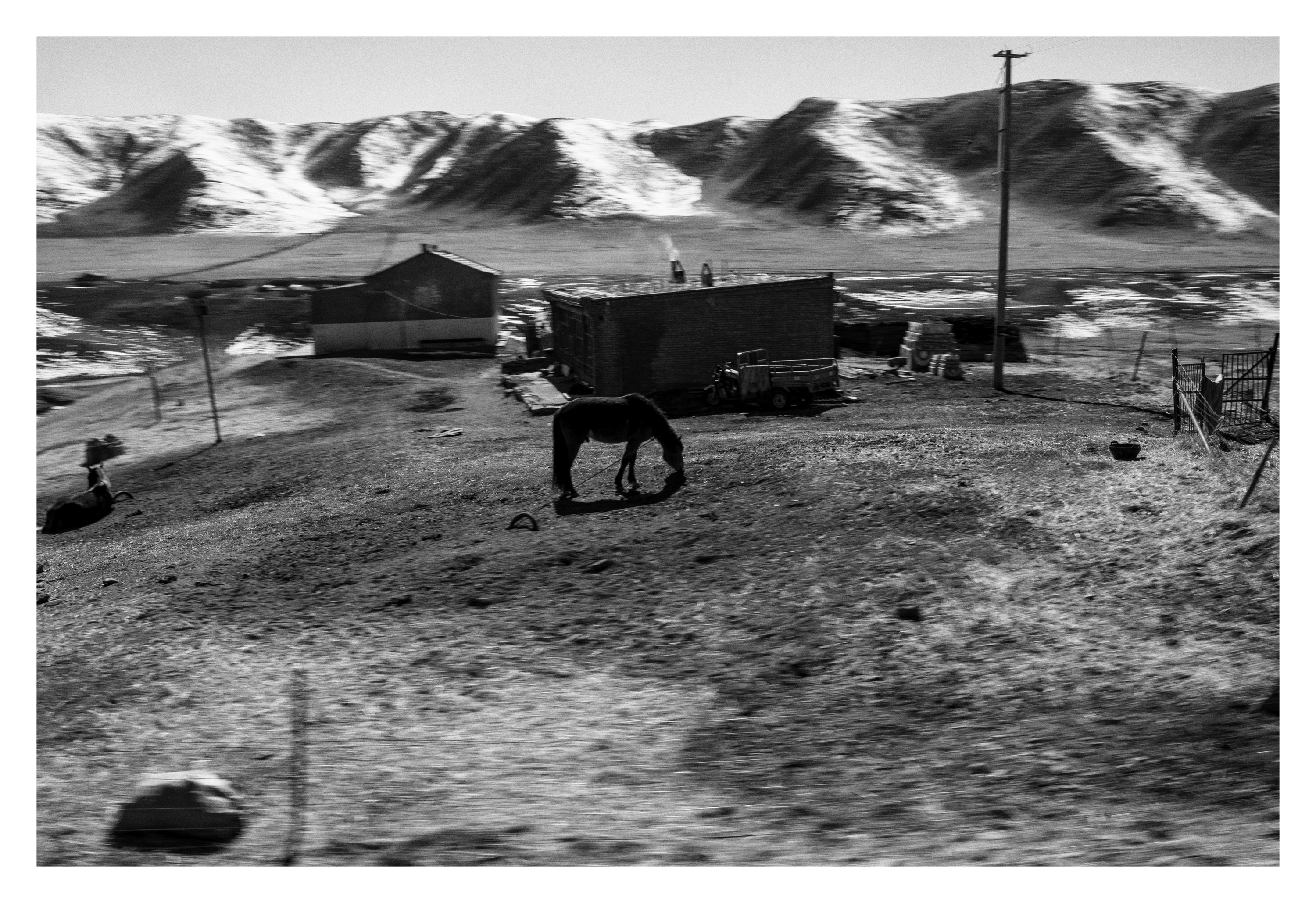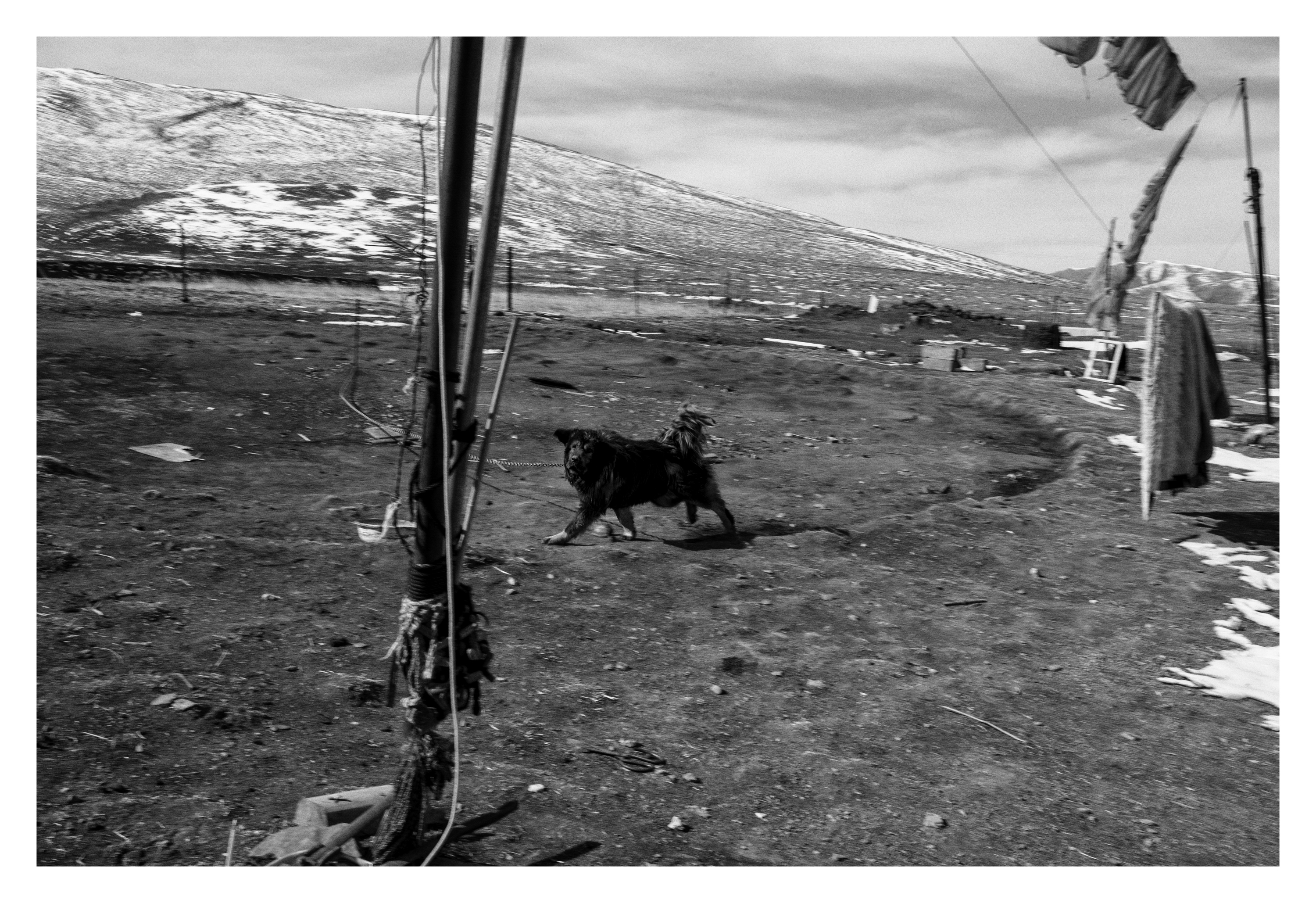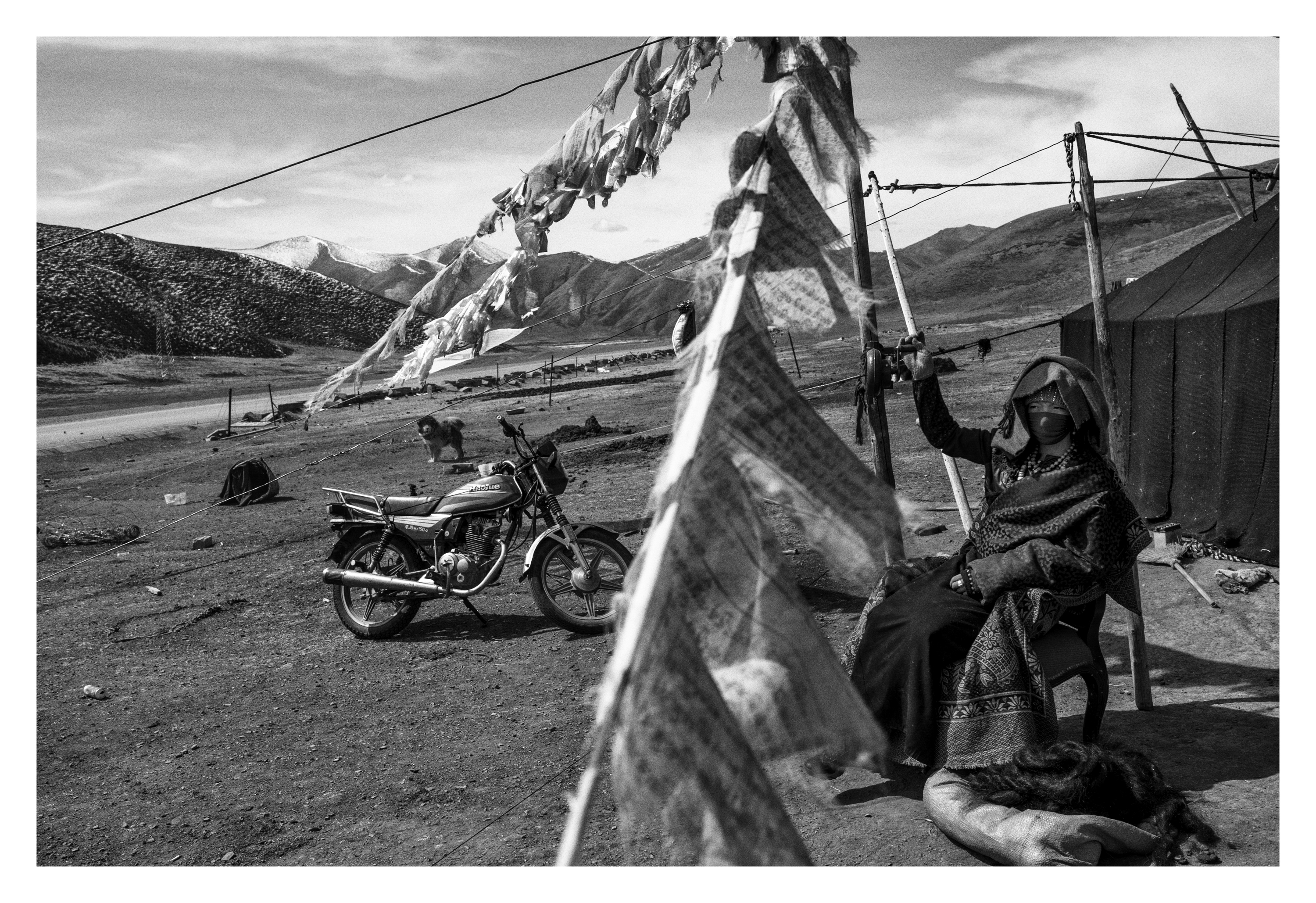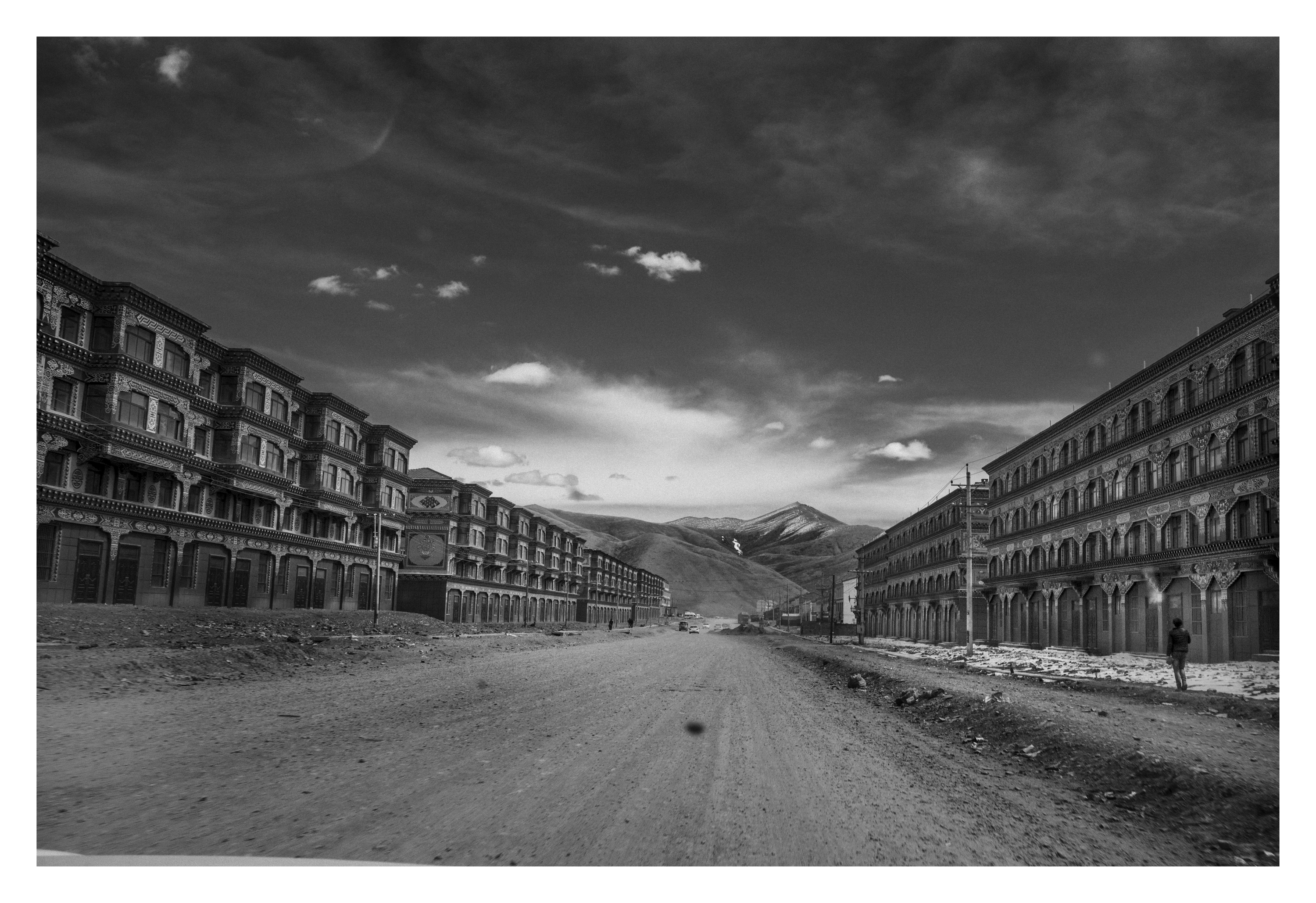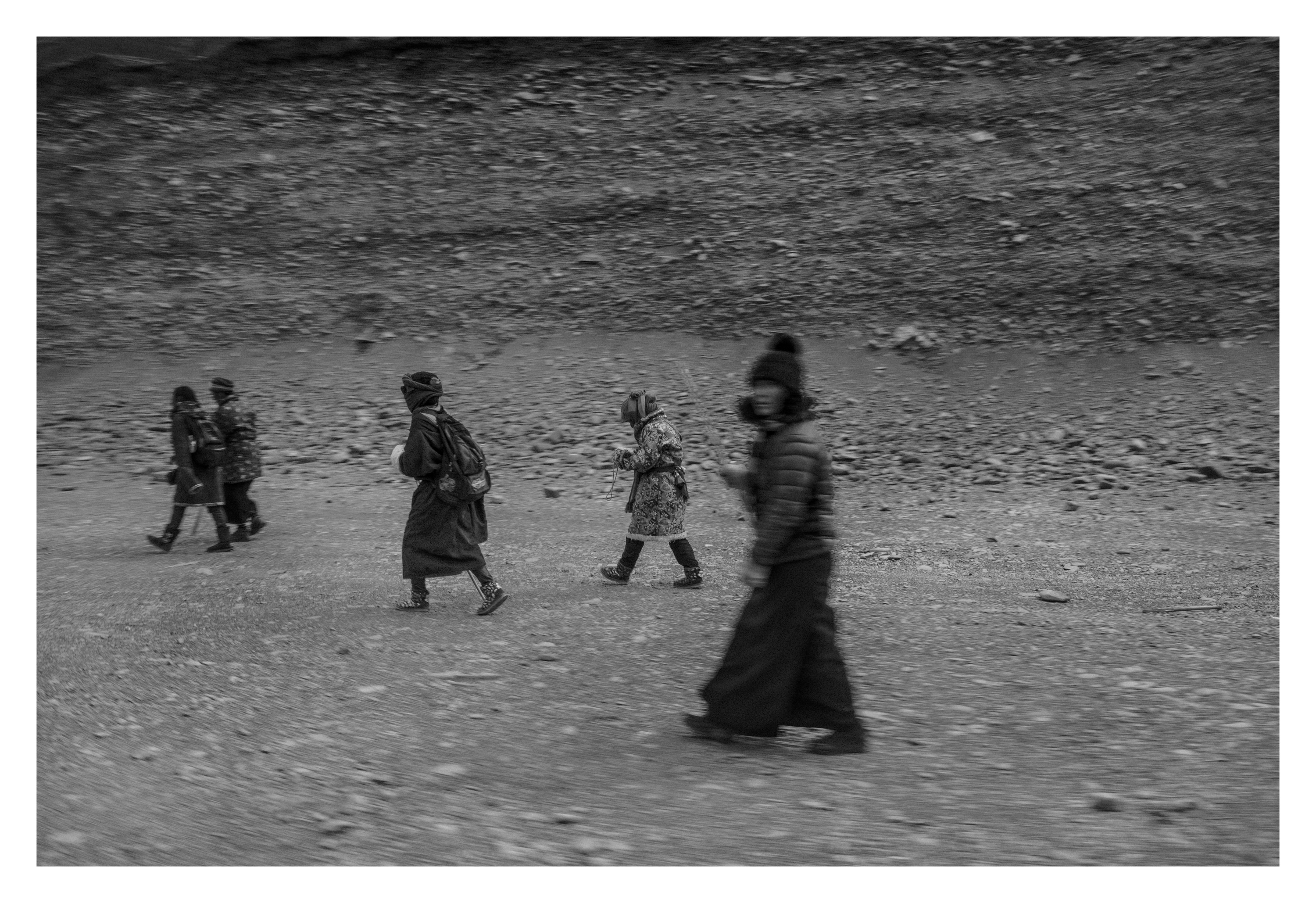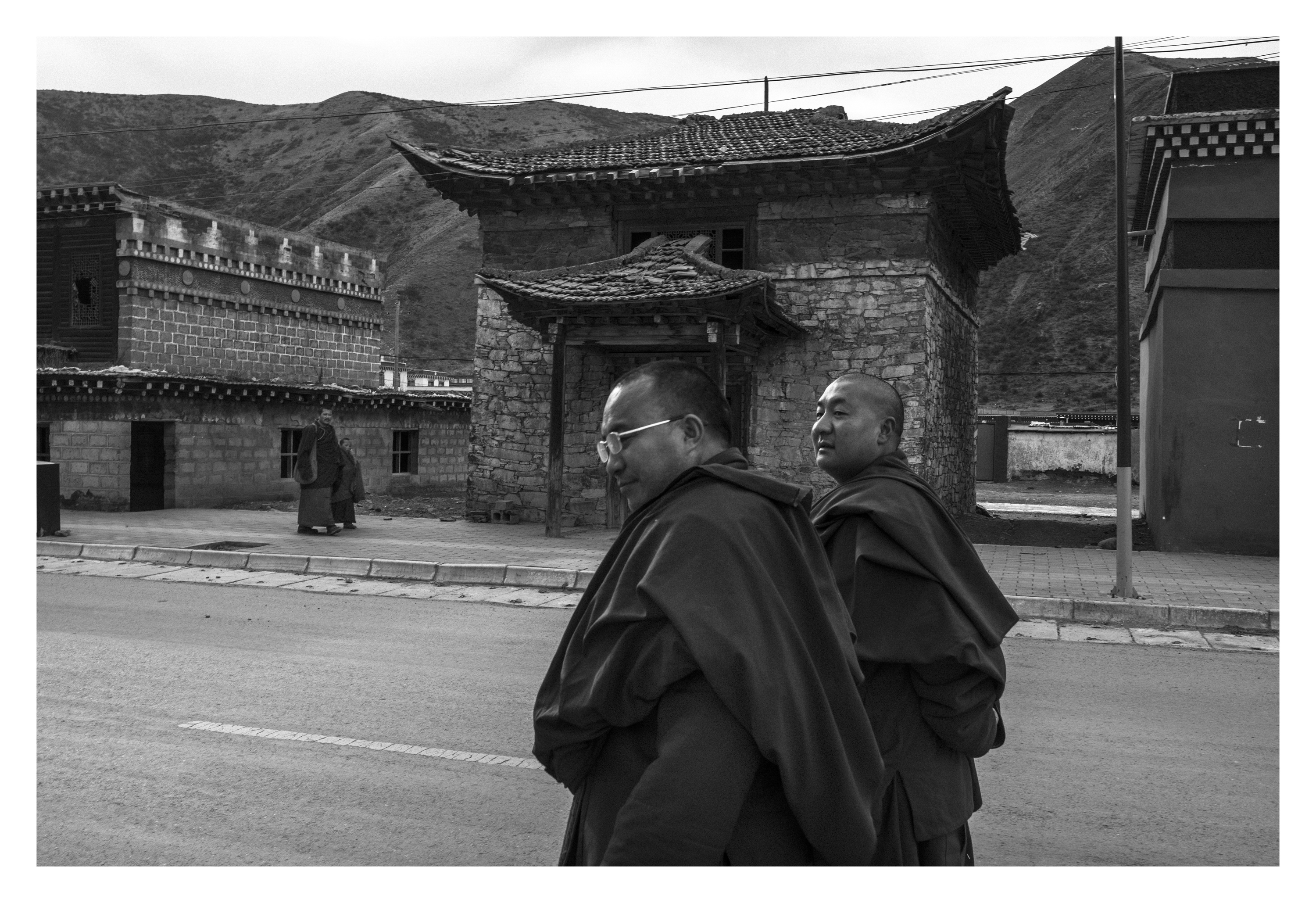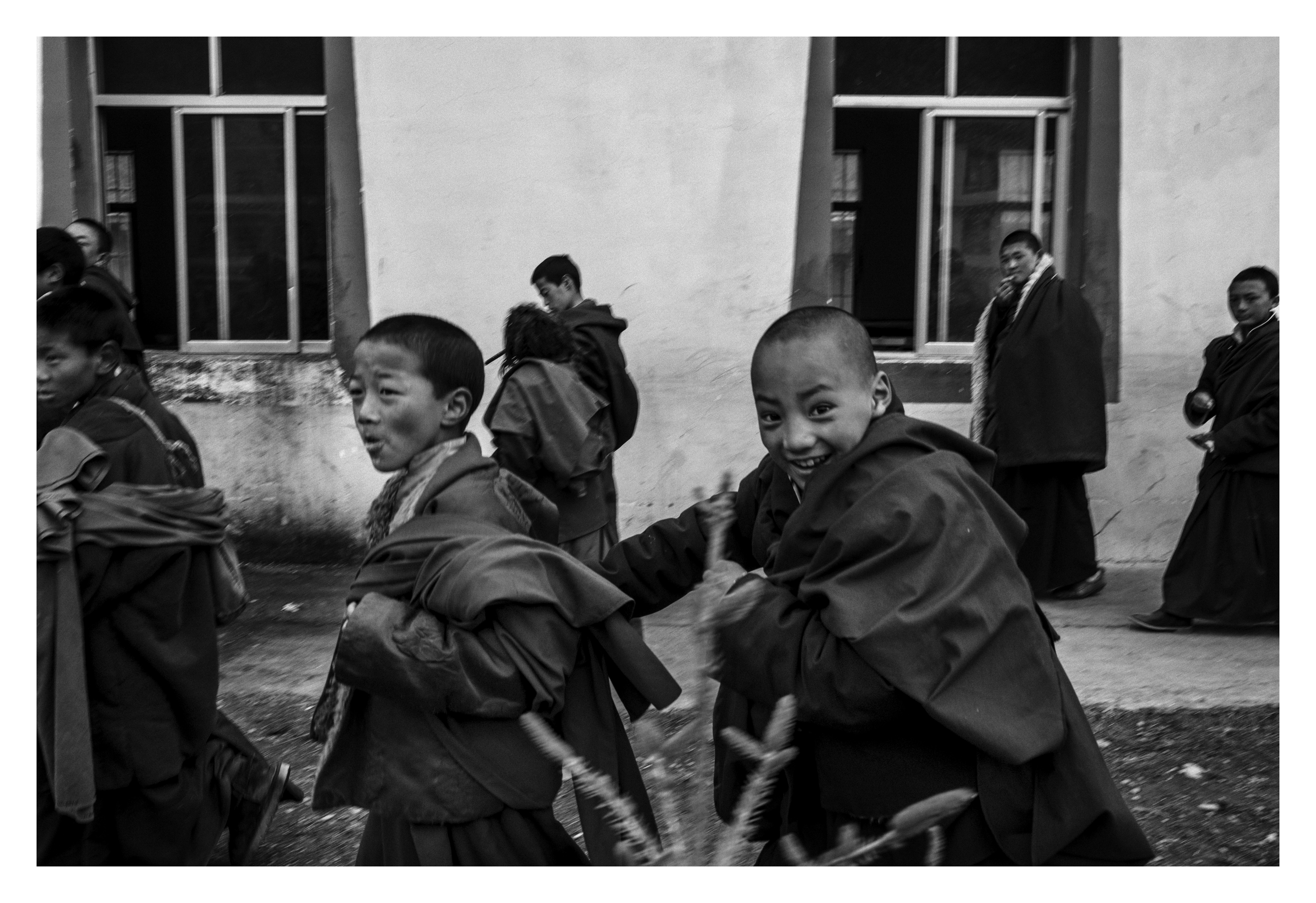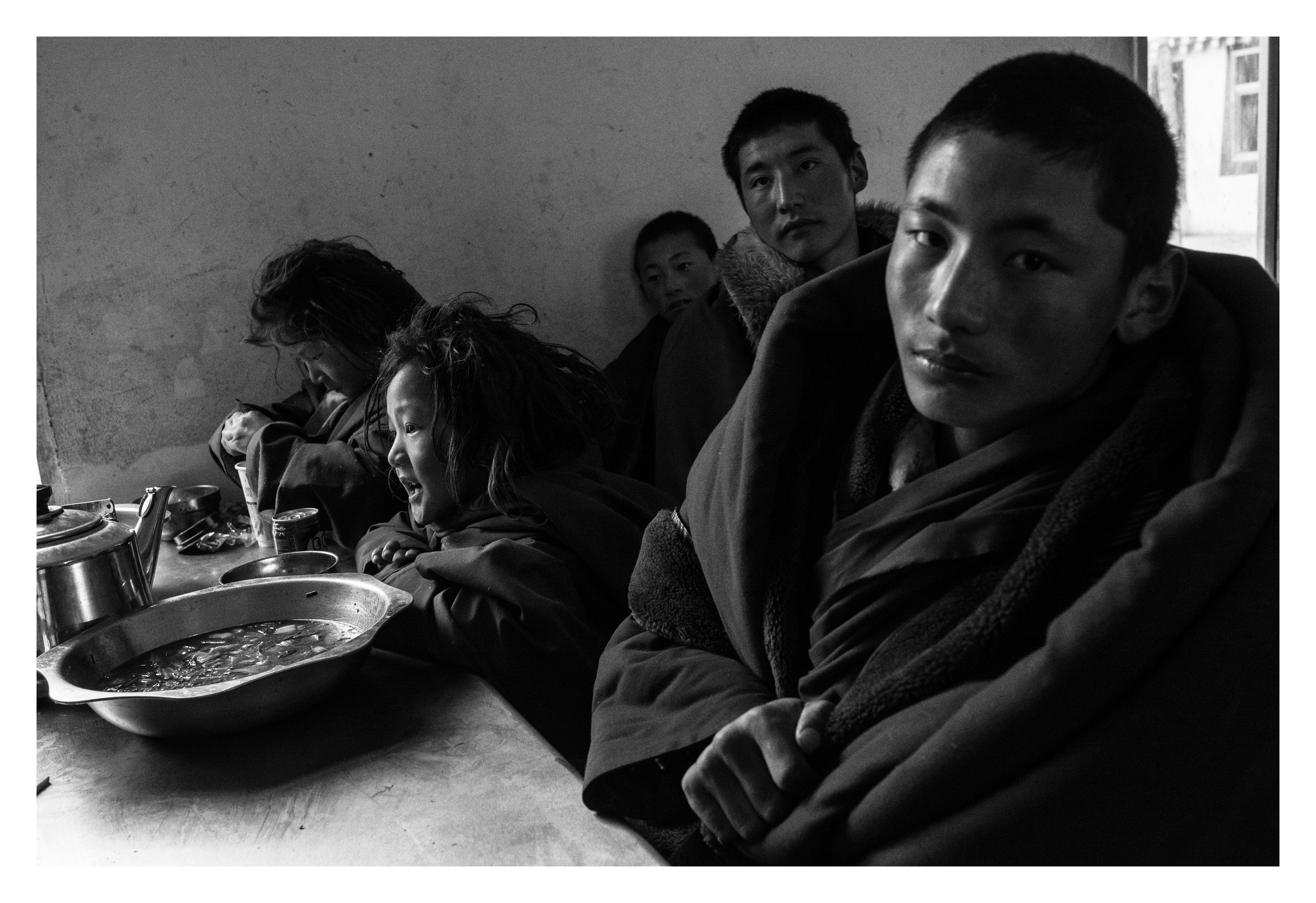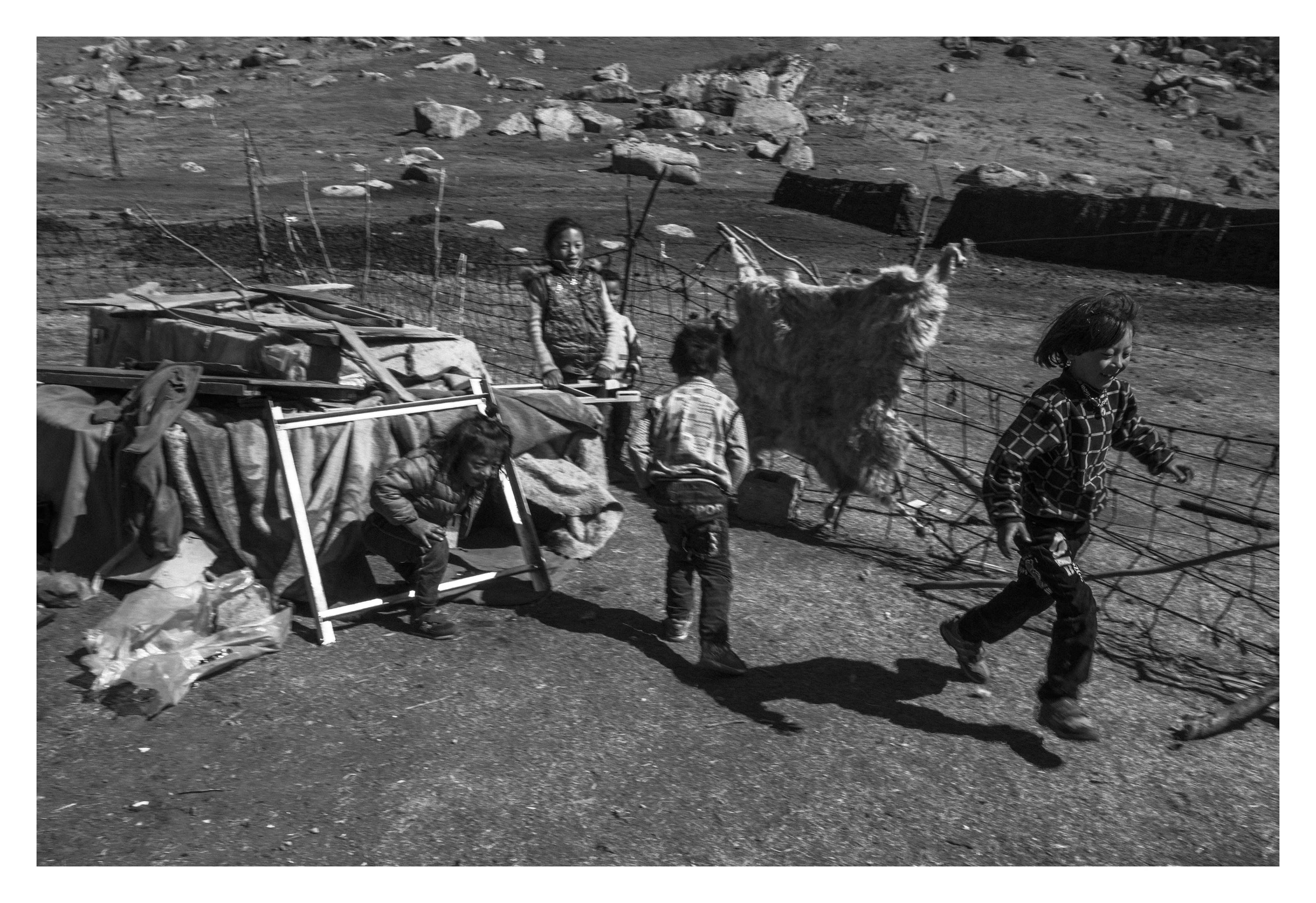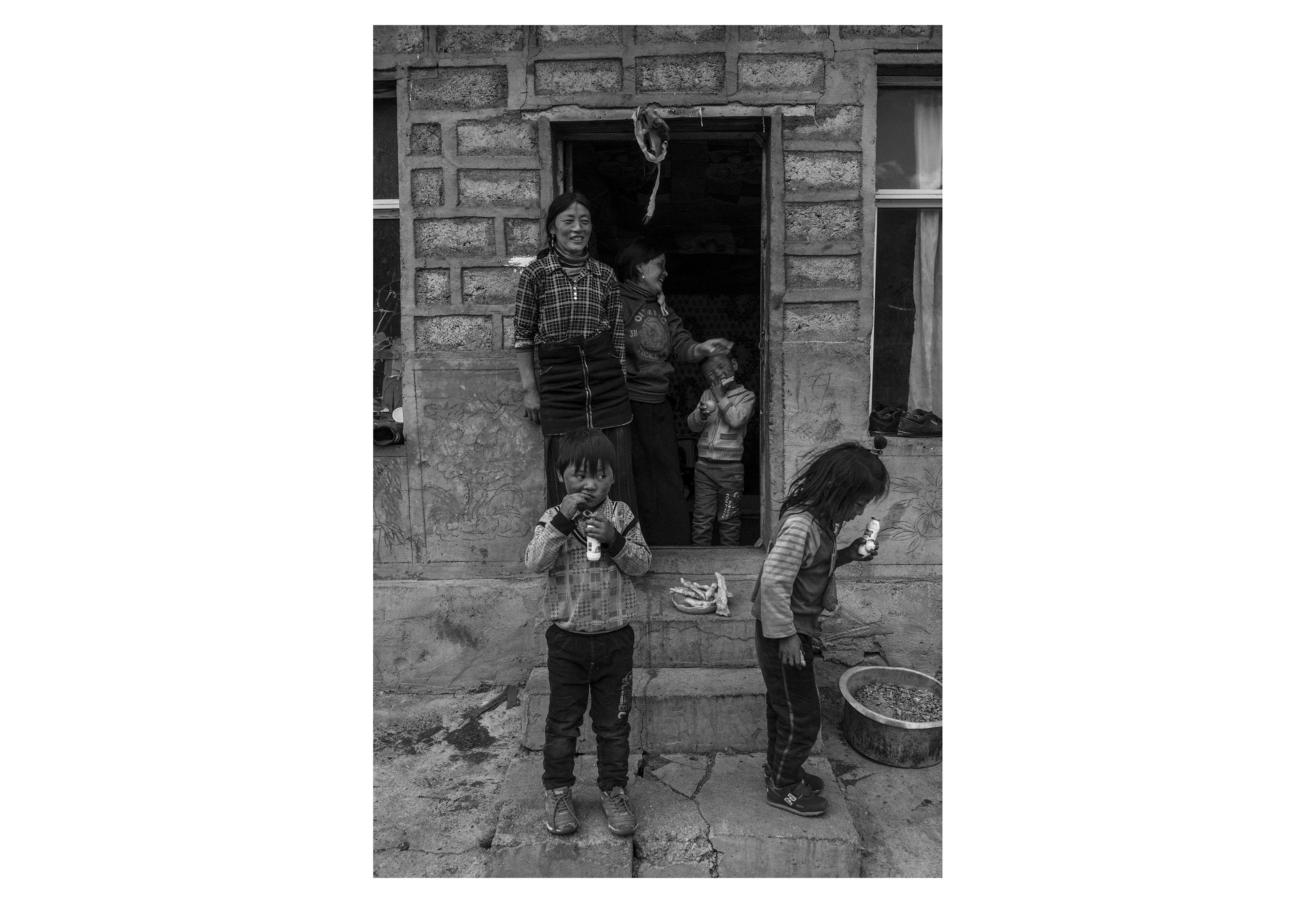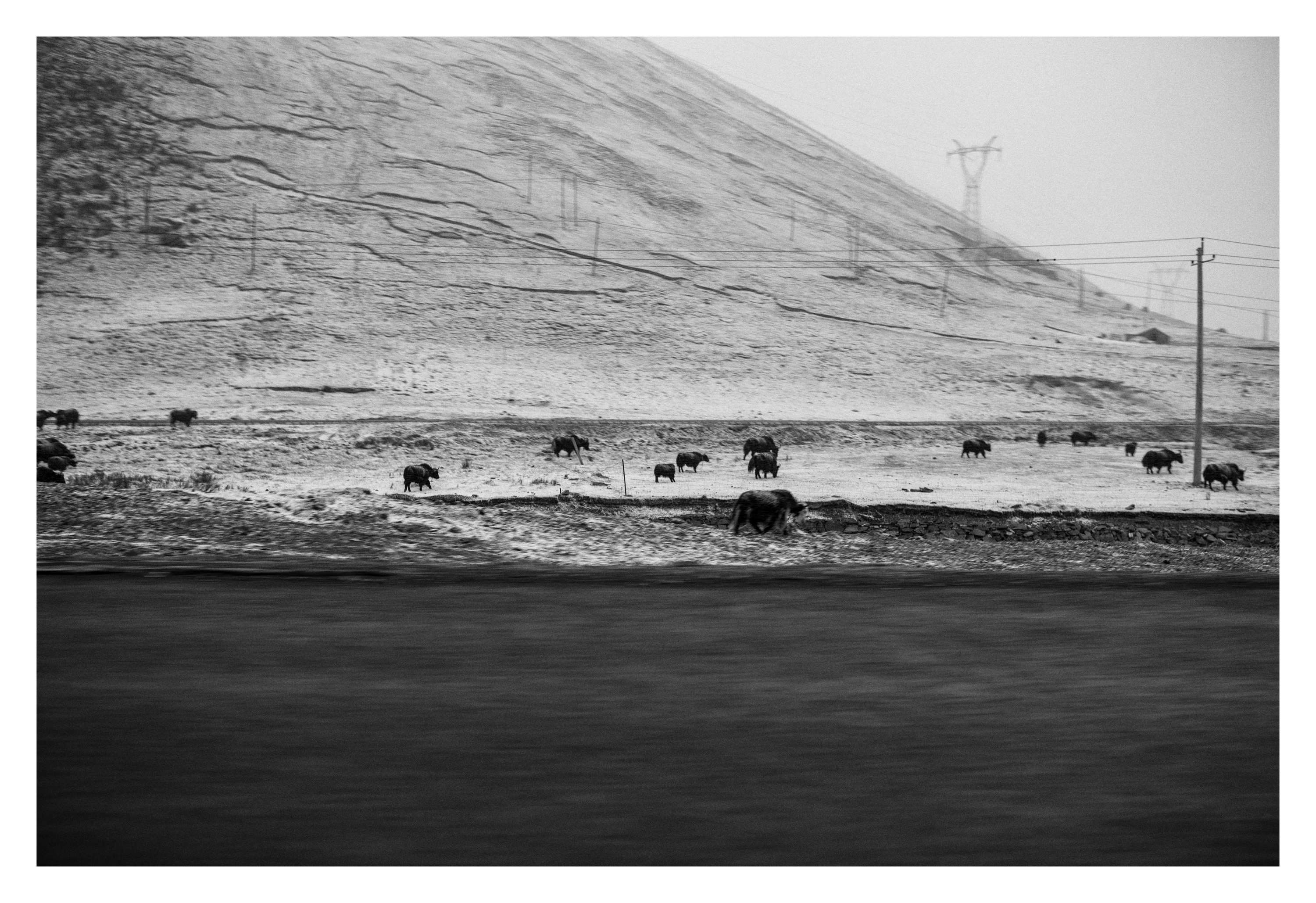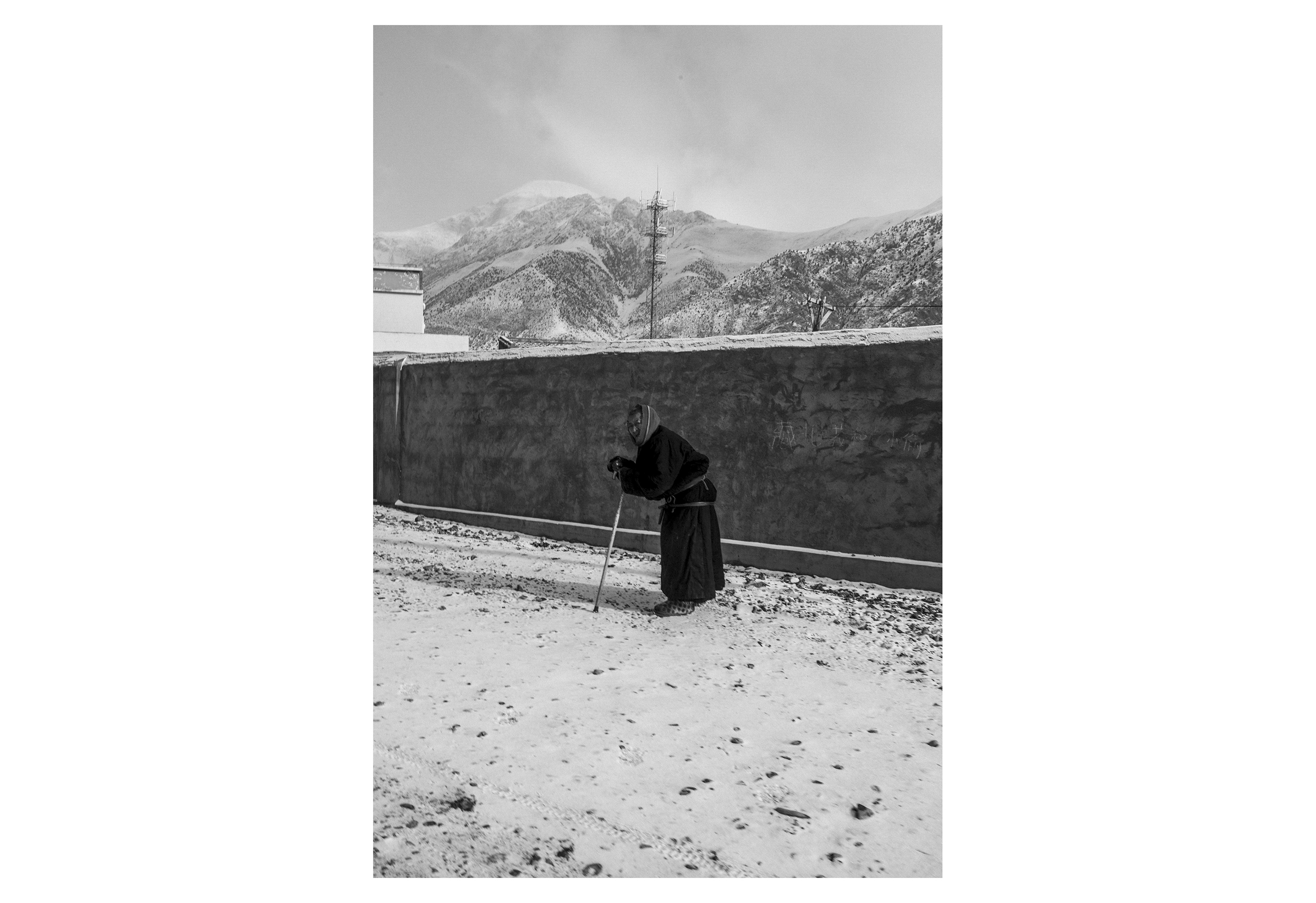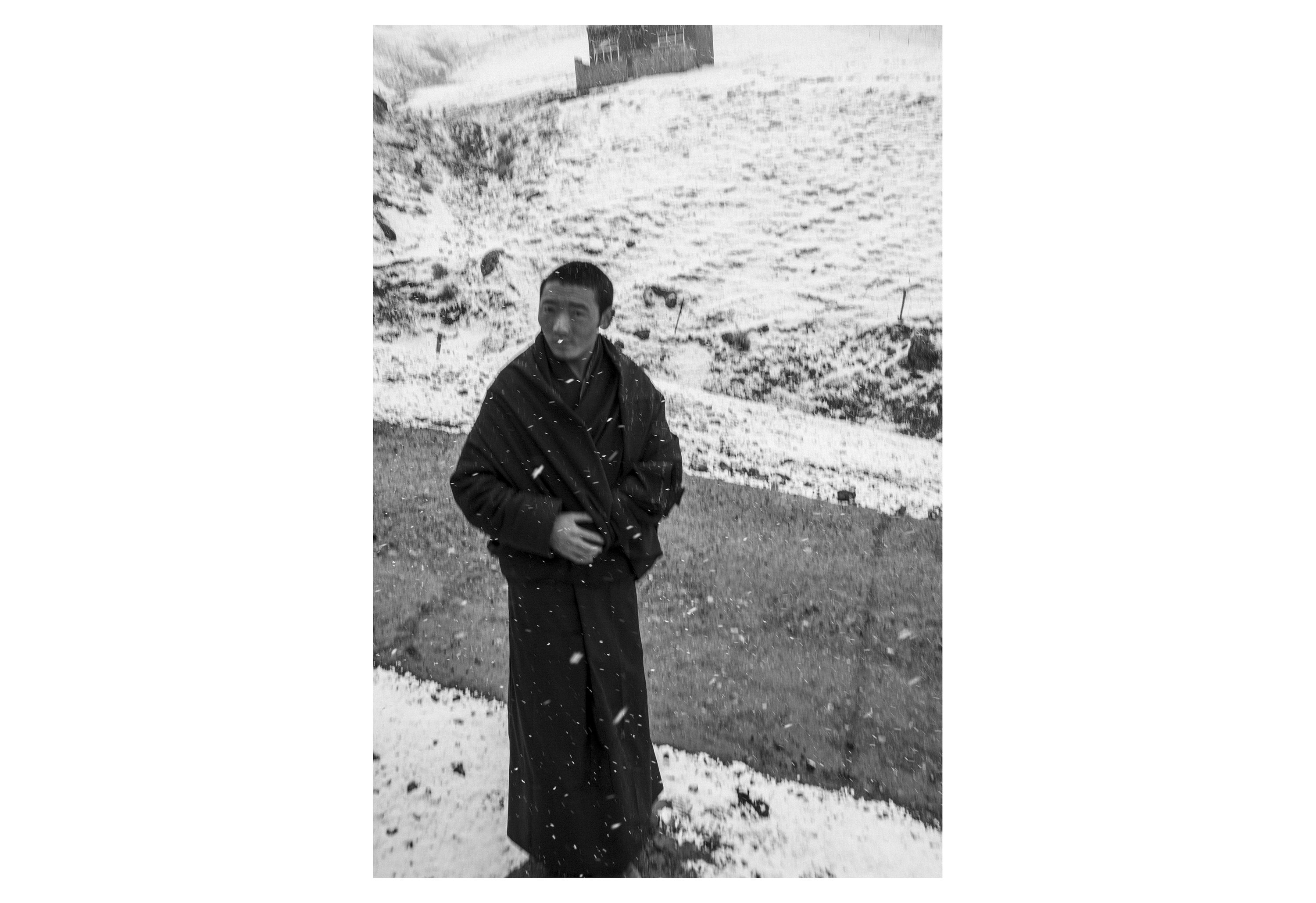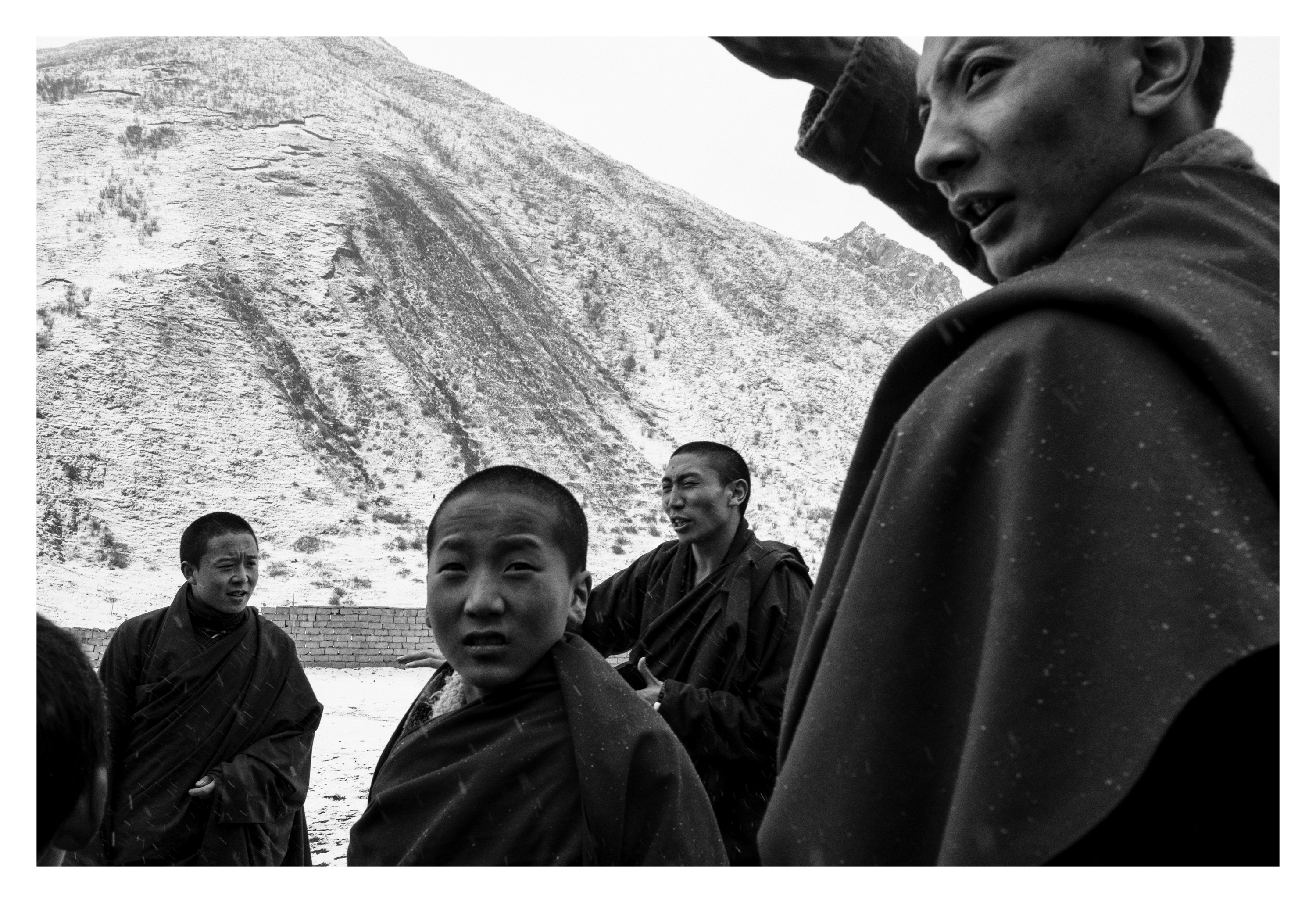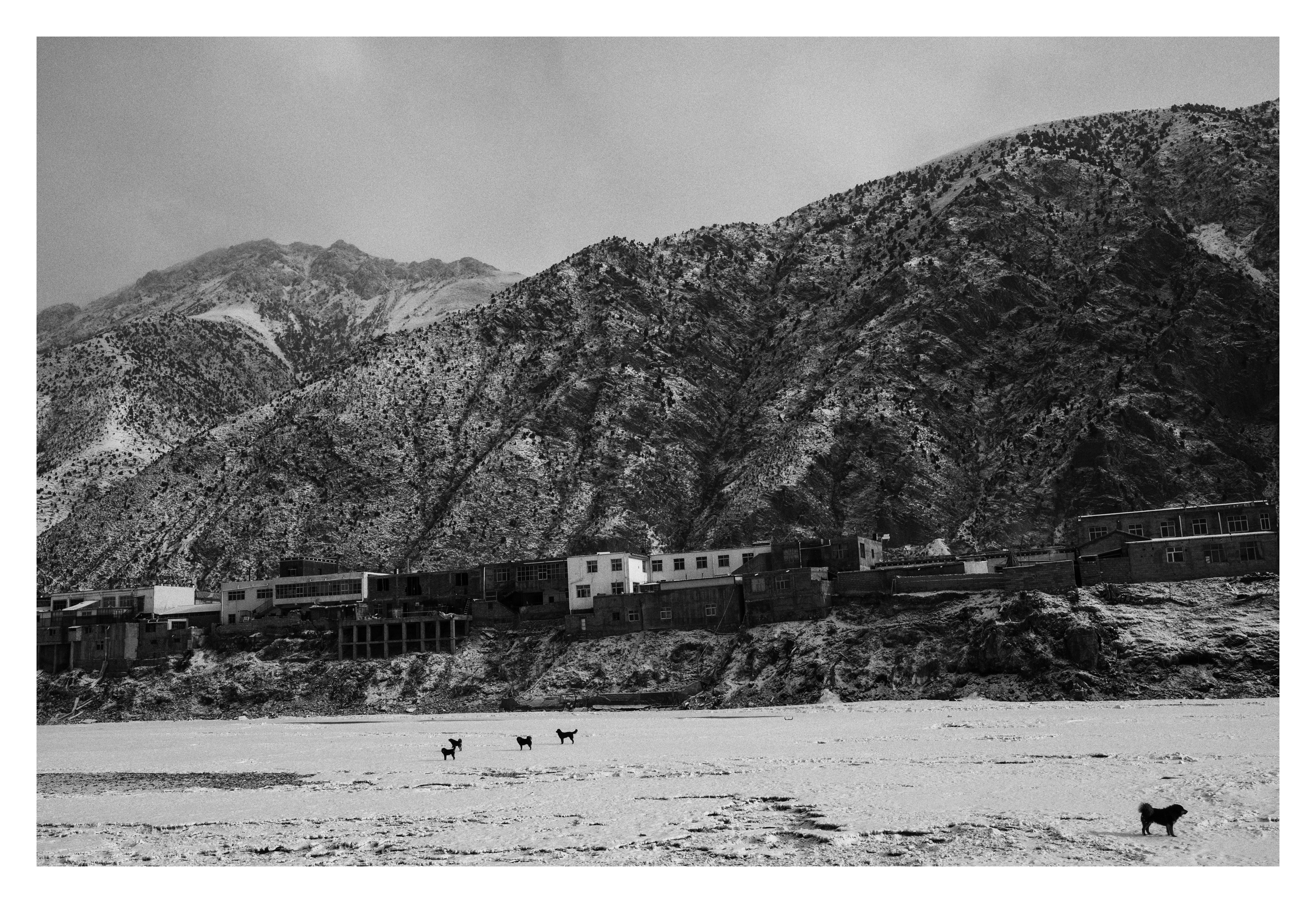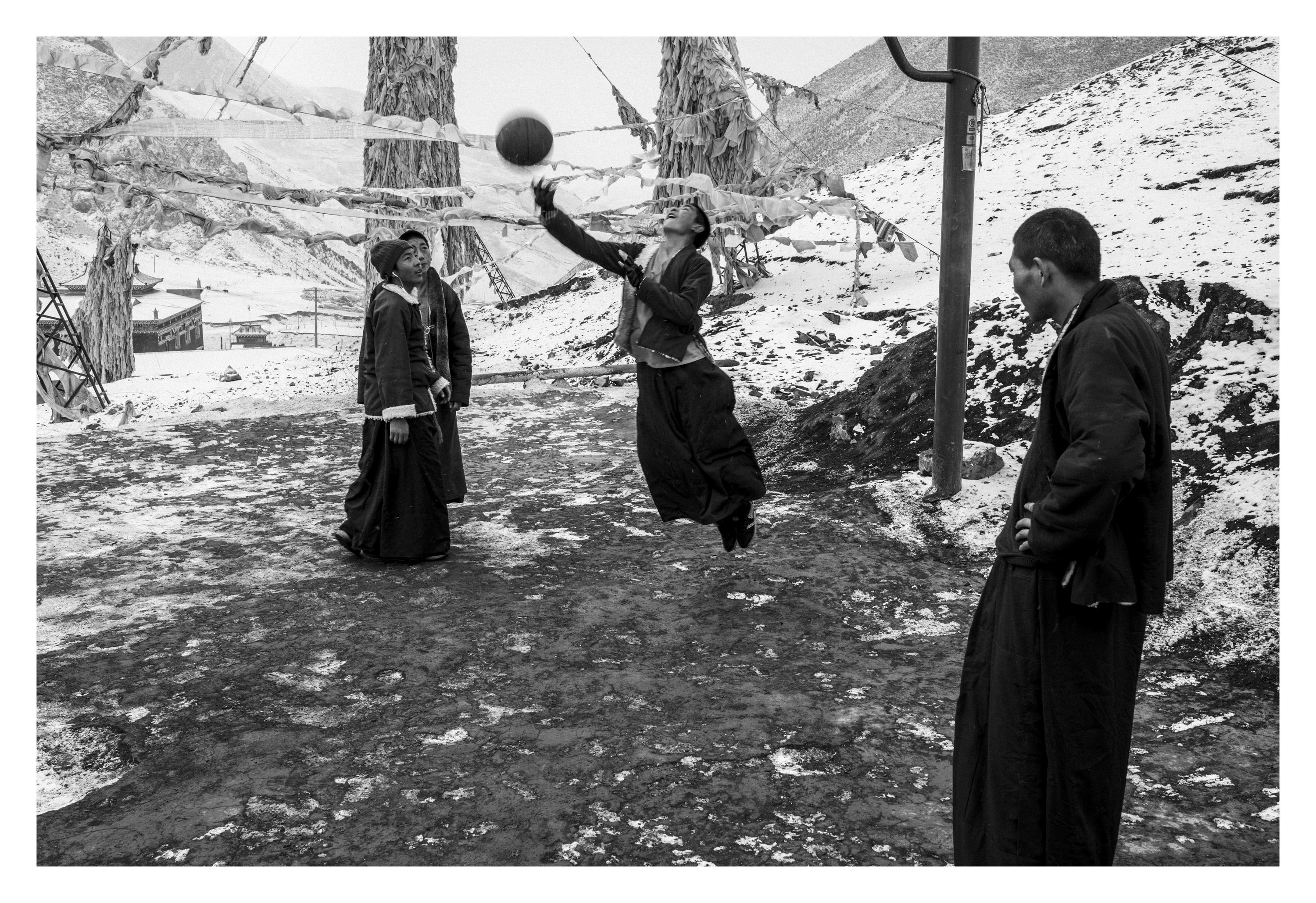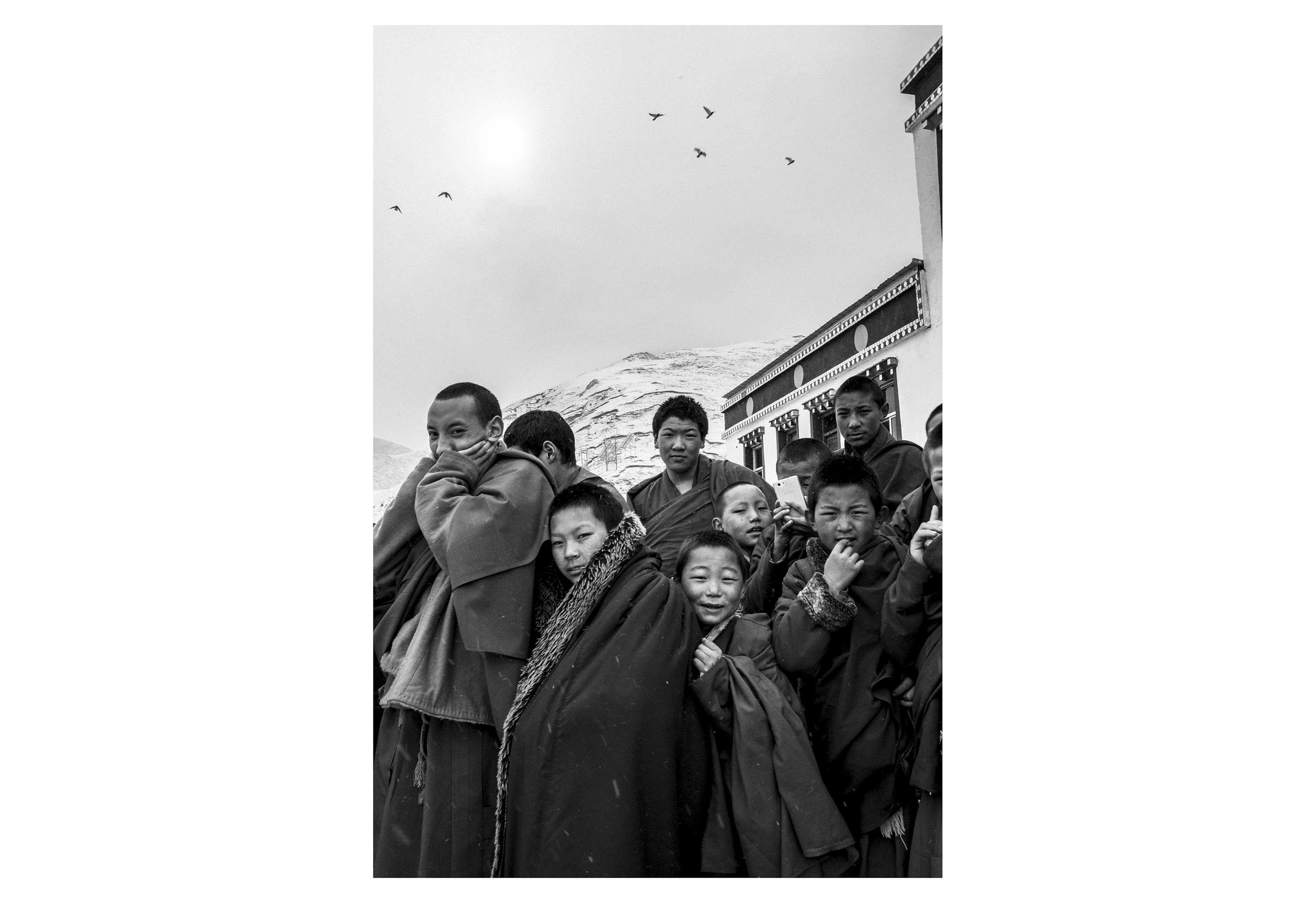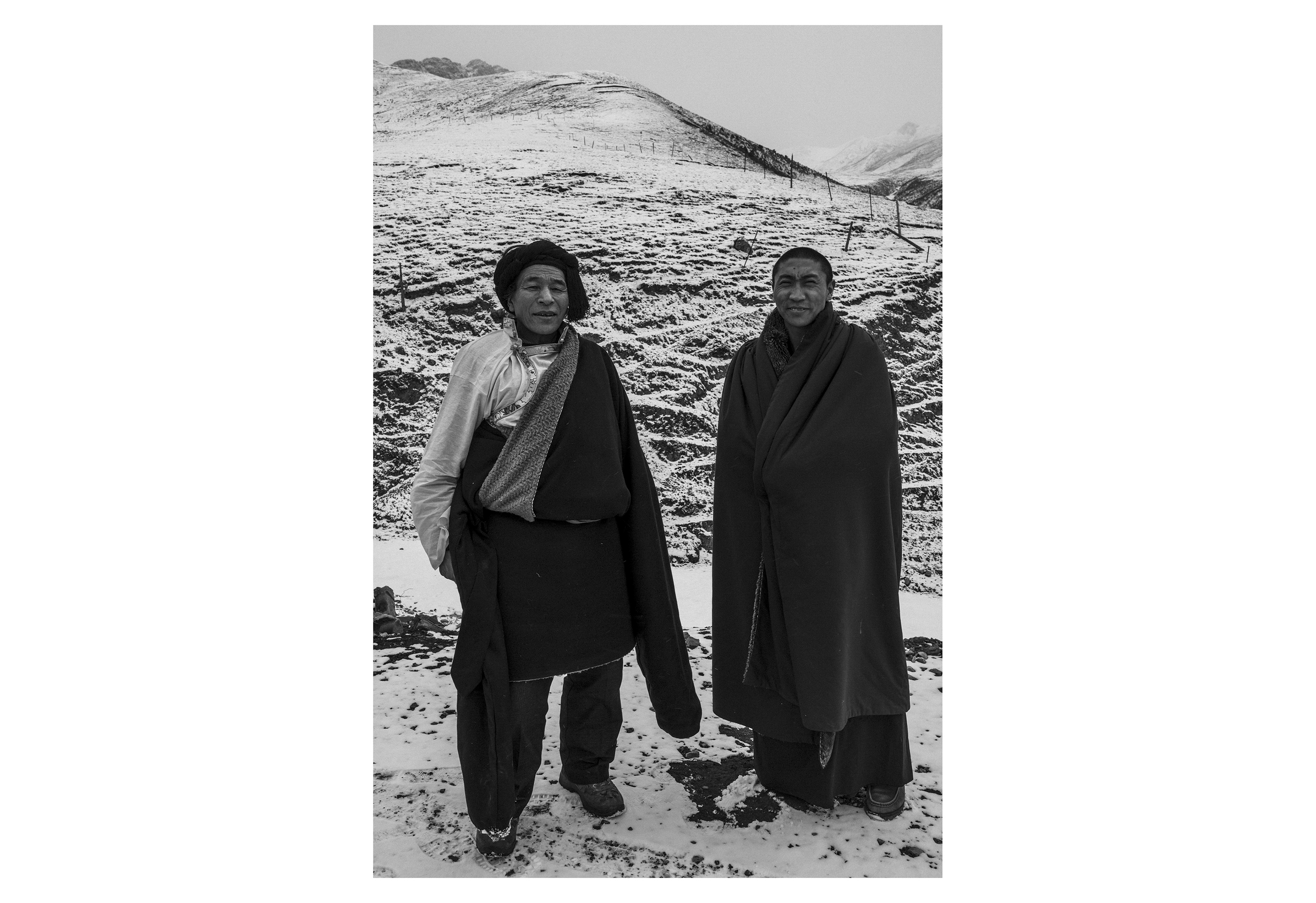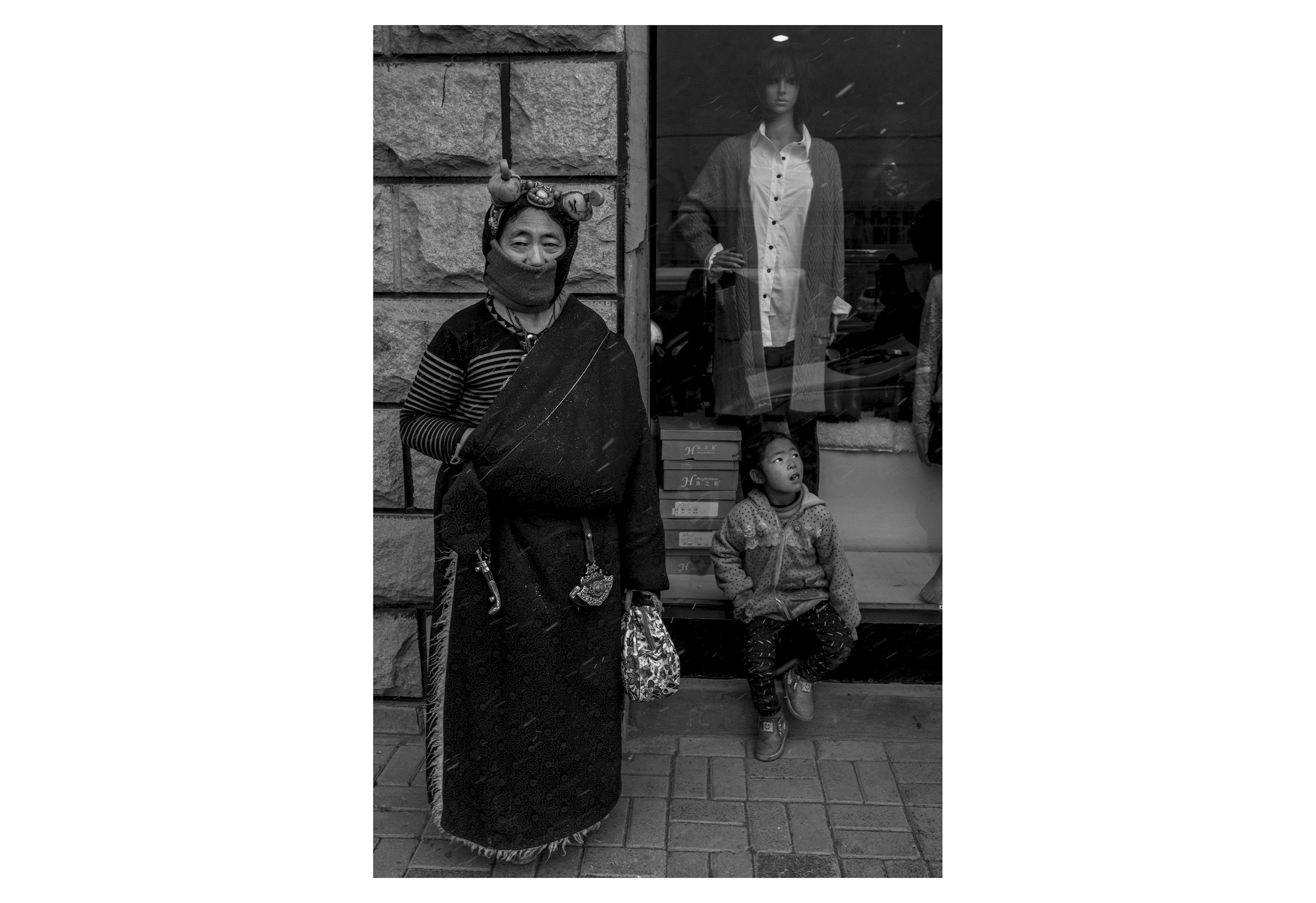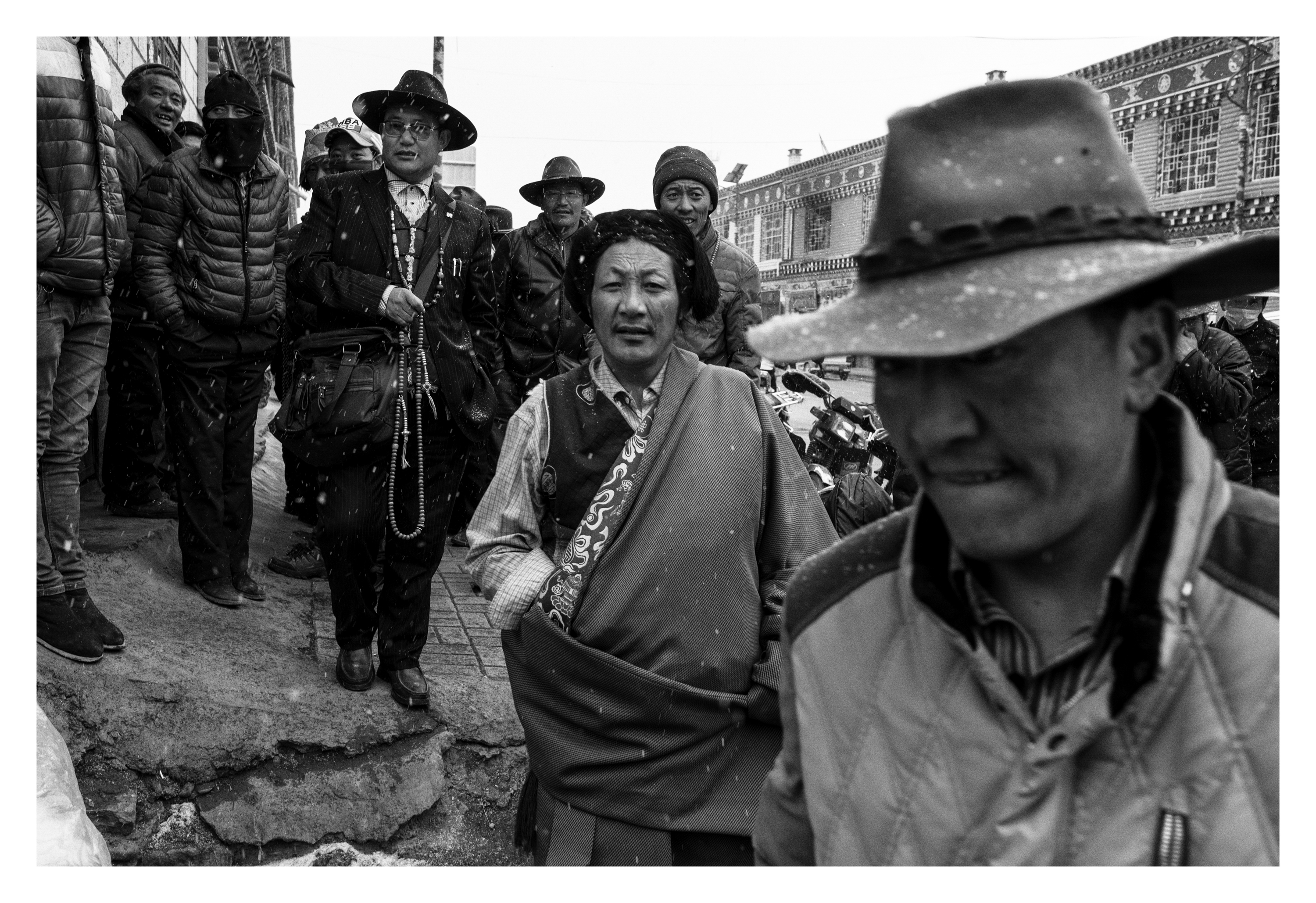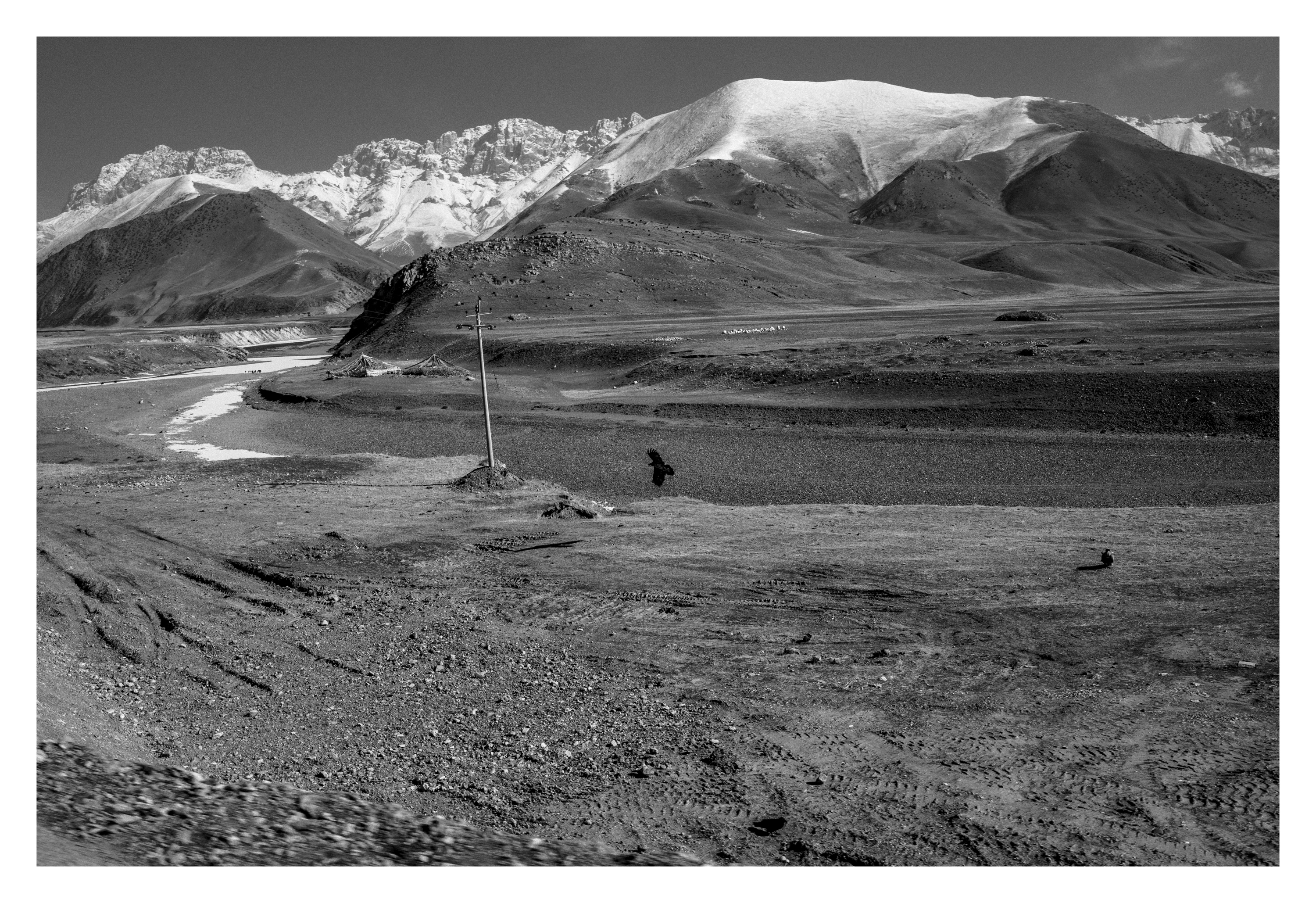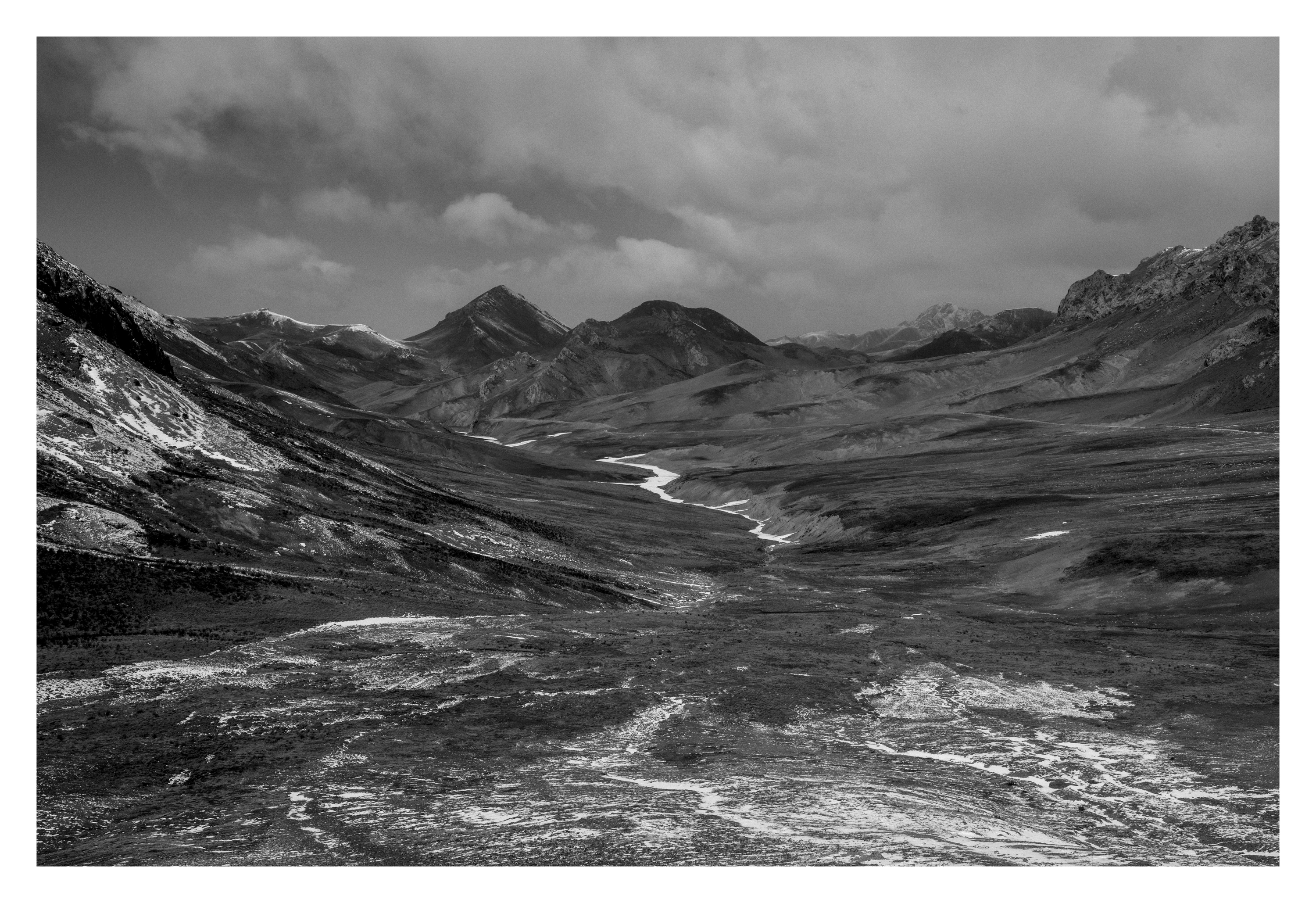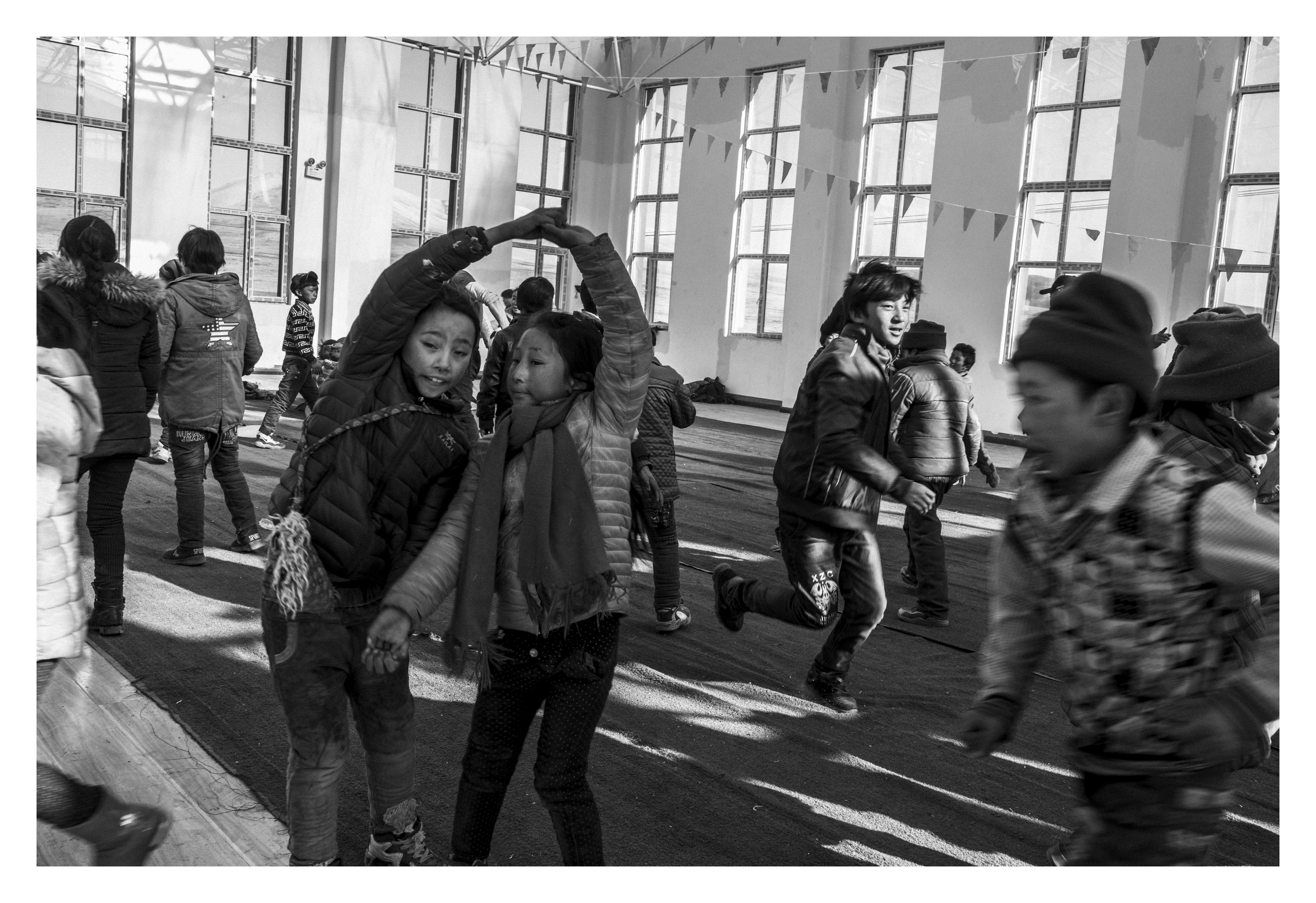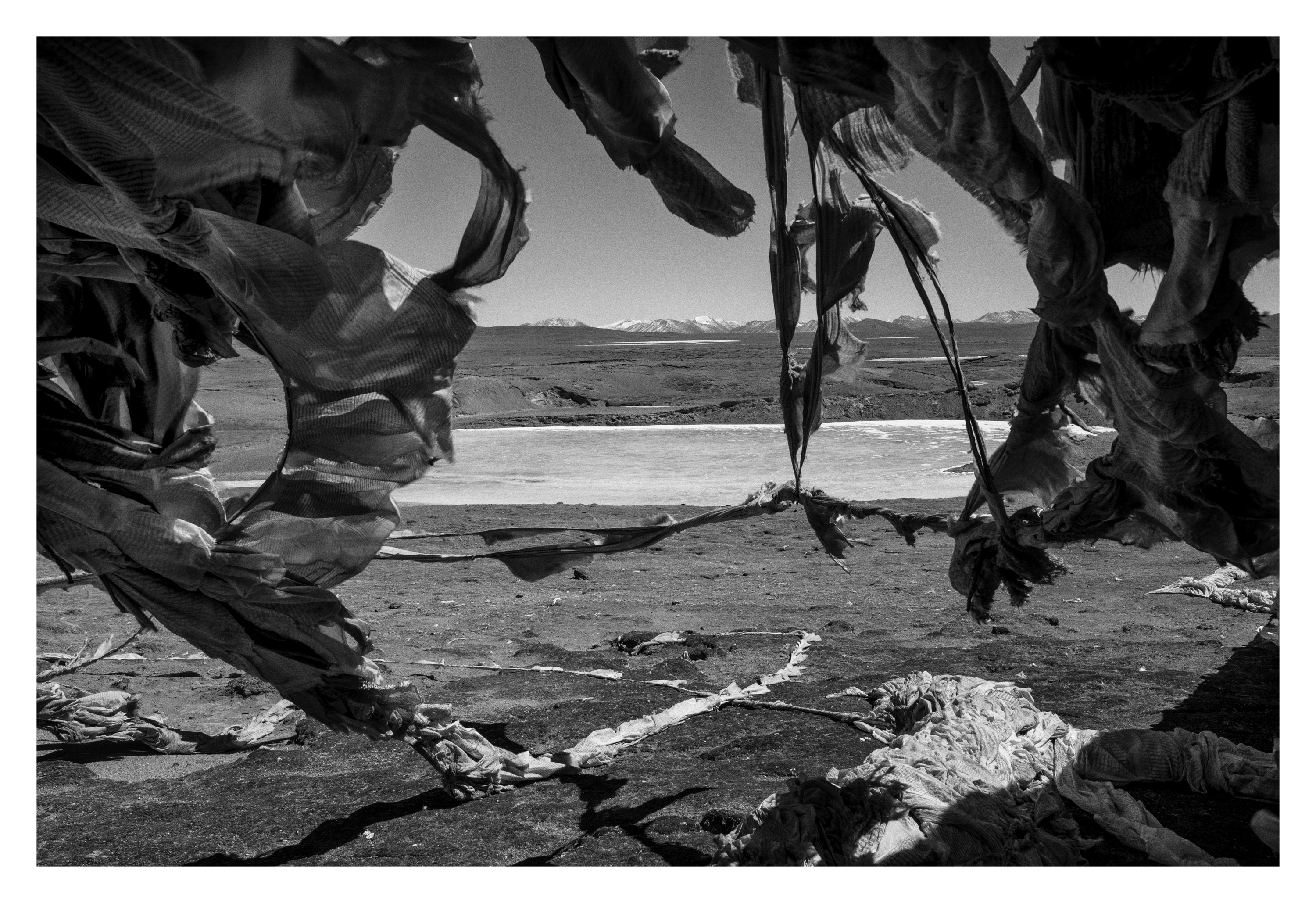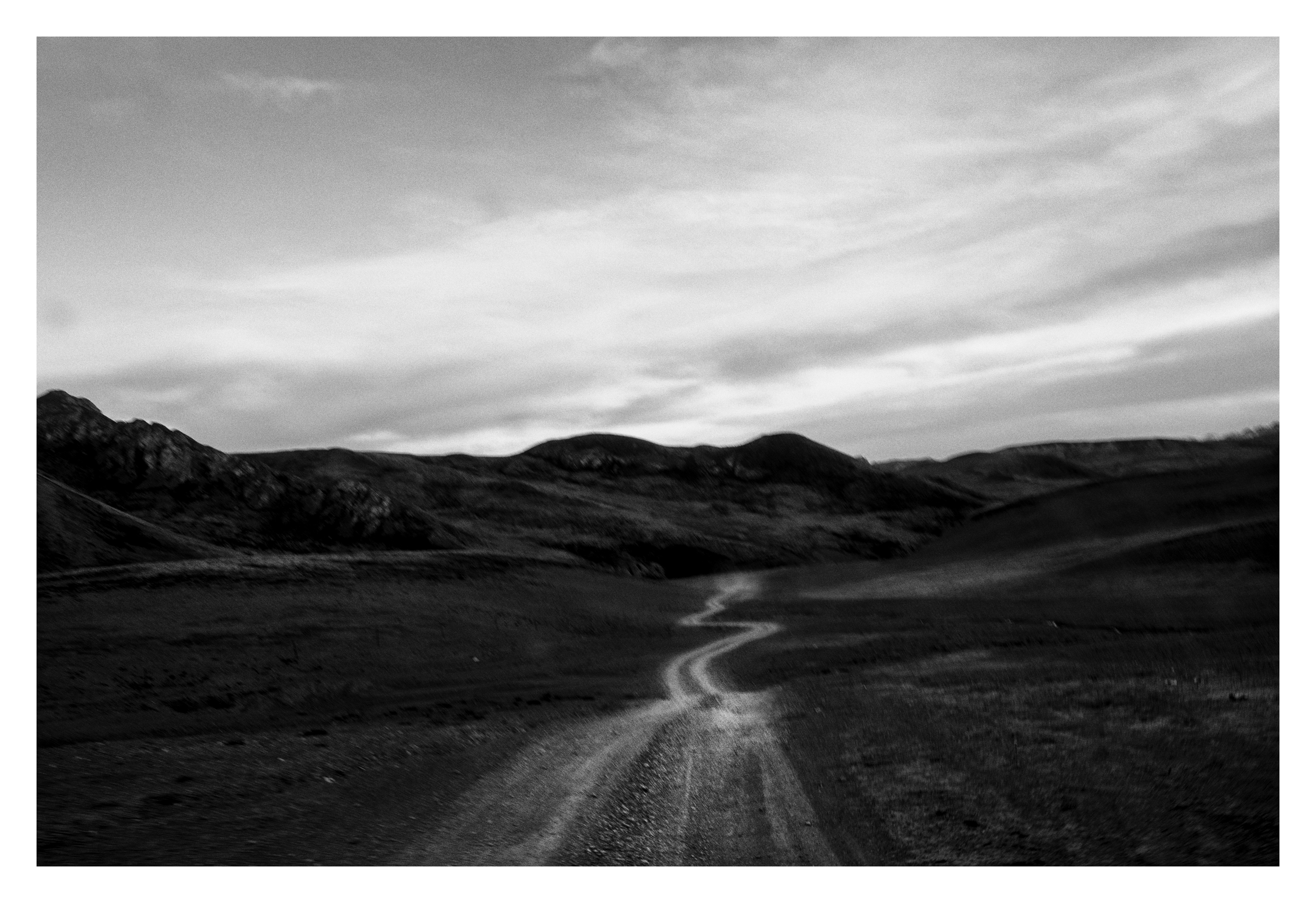MOTHER OF WATER
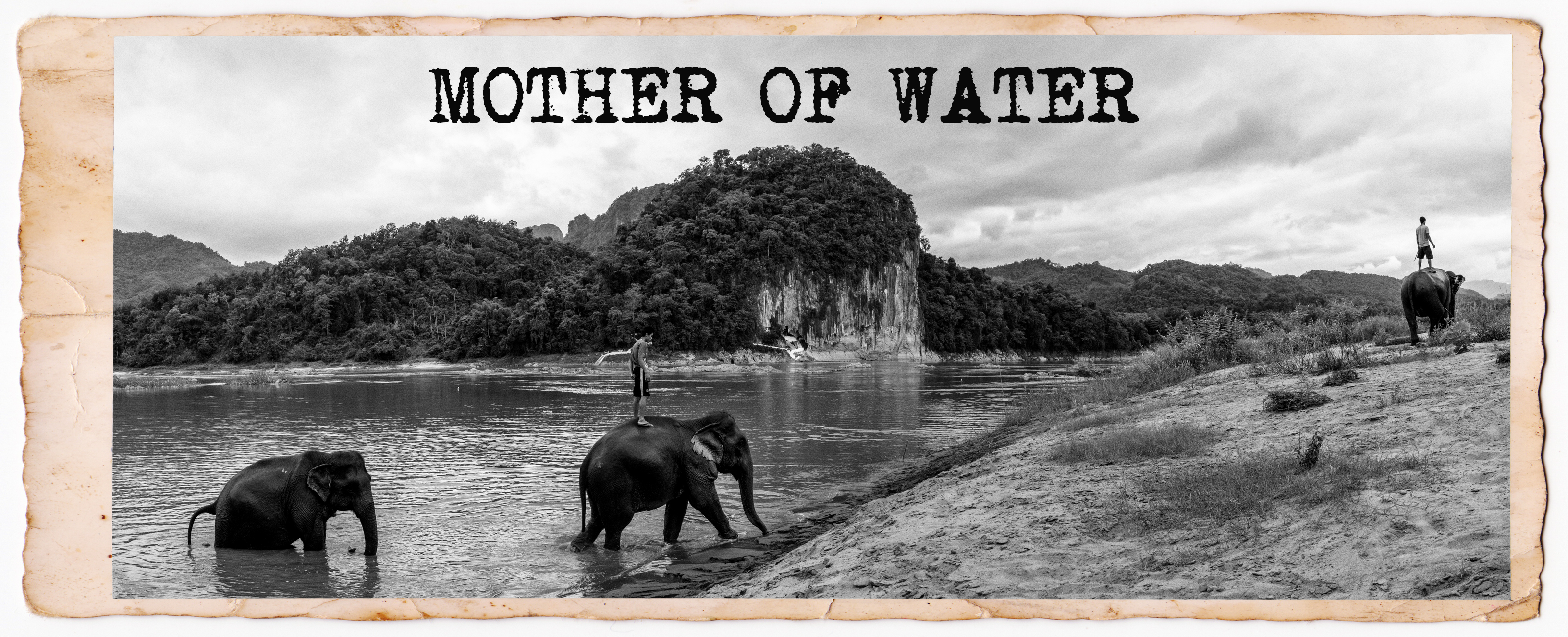 MOTHER OF WATER
MOTHER OF WATER
For centuries, the Mekong river has been the life and soul of mainland Southeast Asia. The “Mother of Water”, as her name loosely translates, is the lifeblood of some of the most biodiverse ecosystems in the world, and home to more than 300 million people from over one-hundred ethnic groups. It is a living temple to hundreds of spirit figures from various traditions, which are believed to protect the river and those who live in its vicinity.
The Mekong River Region is a powerful representation of the inter-connected, perpetual cycles of life and of nature, and one of very few places in the world that demonstrates so dramatically the importance of a sustainable and symbiotic interaction between humans and the eco-systems they inhabit. In recent years, it has become a worrying example of how delicate that balance is, as human beings continue to undermine it for short-term prosperity.
The Mekong is one of the major river systems that originate high on the Tibetan Plateau, in a glacier-rich environment considered by scientists to be Earth’s ‘Third Pole’, due to the amount of frozen fresh water it stores. From its source at Lasagongma Springs, the Mekong takes a near-5000km journey through six countries and several climate zones before emptying into the South China Sea, in southern Vietnam.
Humans have thrived in the Mekong River Region for more than 4000 years. Today, an estimated 80 percent of regional inhabitants depend on the river’s healthy, natural eco-systems for food, culture and livelihood: the Tonle Sap tributary alone constitutes the world’s largest inland fishery, providing more than the combined annual output of North America’s commercial and recreational freshwater fisheries, and 70-80% of the annual protein intake for the entire population of Cambodia.
Downstream, in Vietnam, the river delta provides irrigation for the region’s extensive rice-growing industry, making Vietnam the third-largest rice exporter in the world.
Meanwhile, the wetlands of the lower basin absorb potentially disastrous annual monsoon waters, and create an ideal environment for freshwater capture fisheries and aquaculture. The unique environment provides a home to an abundance of wildlife, which facilitate a growing eco-tourism sector.
Yet, the Mekong is one of the most vulnerable regions in the world. The threats presented by development and climate change could create serious and irreversible problems for all those who depend on the Mekong and its tributaries for their livelihoods. As populations boom and once-remote regions transform at a rapid pace, the demands for energy and development solutions create mounting pressures on the region’s natural resources.
Large scale dams, roads, and a free-flow of goods and labour across borders, are just a few of the development solutions being implemented by the region’s governments, which, though necessary for the improvement of generally sub-standard living conditions, could be catastrophic to the region in the long-term.
The cascading effects of poorly managed infrastructure, deforestation, poor agricultural practice, the loss of important species due to poaching, and the ever-present illegal wildlife trade, are severely altering the environment and delicate eco-systems. The ongoing degradation of these eco-systems will ultimately decrease their productive capacity, and in turn, their ability to provide for people living in The Region.
With the understanding that climate change is no longer a threat but a reality, it is essential that development of the Mekong River Region be planned and implemented in a sustainable way. If things continue the way they are at the moment, and the problems facing the Mekong escalate, the region faces the very real threat of natural resource conflict.
PHOTOGRAPHER’S STATEMENT
Mother of Water is a photographic journey from sea to source that offers an historical snapshot of the Mekong on the precipice of significant change.
It is a series of photographs documenting contemporary life on the Mekong: the myriad ways the river facilitates ecology, economics and culture, as well as the growing threats to her healthy existence. It is an attempt to capture The River’s natural beauties, and to document the traditional ways of life, that remain.
The body of work necessarily captures life along the full length of the river.
Constantly moving across regions and political lines, the Mekong can only be understood when viewed in its entirety, as a single, fluctuating organism, where what happens upstream will invariably affect the river downstream– a 5000km study of cause and effect.
Starting where the Mekong ends and tracing it back to its source, counter-intuitively travelling ‘backwards’, was key to understanding the changes affecting the river.
As human beings, we often try to make sense of things by retracing our steps, untangling what has become tangled, to better understand how something became what it is. If what flows into the South China Sea is the complex result of thousands of decisions and inputs made along the river’s journey, then working backwards from delta to source, seemed like a logical way to unpack these inputs in a gradual and nuanced fashion, and a way to avoid being carried away in the river’s literal and figurative ‘flow’.
The experience proved to be very much like travelling back in time, perhaps, to a spiritual source. Modern development was more evident in the lower basin, where dam construction and industrial fisheries were commonplace. But as I moved upriver, the environment changed, and in places, life seemed to become simpler. From northern Yunan onwards into Tibet, the cultures of those living along the river felt remarkably older, as if they’d been preserved over time. The river played a simpler, though equally important role, in people’s lives. Less a source of fishing or development, its purpose was more to act as an artery connecting the civilisations that lived along it.
Despite the influence of Chinese development, it seemed in general that local communities near the source of the Mekong were gentler on the river, and that the impact of modernity wasn’t felt as strongly. The fact that those upriver seemed to have a more symbiotic relationship with it was an interesting revelation, since ultimately what happened upstream would affect those living downstream.
After travelling upriver for so long, I had envisioned a far grander ending to my journey. My expectations of the source of the Mekong were mythical– a blue glacier guarded by monks, perhaps. The reality was far from that. What I found was essentially a couple of icy pools and a twisted string of prayer flags. I wouldn’t say it was bittersweet, but the experience was anticlimactic, at first.
Freezing cold and at an elevation of nearly 5000 metres, the sound almost stops, leaving a person alone with their thoughts. I suddenly felt very sad that my journey was over, and that only at the end of the journey, in a place very different to where we had started, did we finally find groups of people whose gentle culture allowed them to understand the complexities of the river’s needs. I felt elated to have met the Tibetan caretakers of the source and to have had the opportunity to see this river in its entirety.
Despite its unceremonious appearance, I found the source to be a place of quiet reflection and contemplation. I was grateful to finish such a long journey in such an environment, where for a few moments I was able to sit quietly and consider how far we’d come. It took many months for me to realise the magnitude of having travelled and documented the entire length of the river.
CLICK HERE TO SEE HOW THIS PROJECT STARTED
